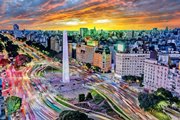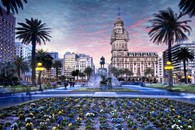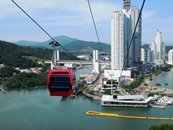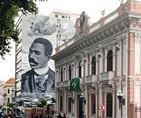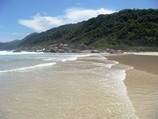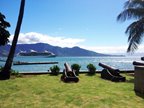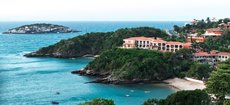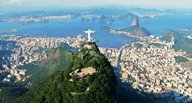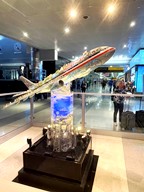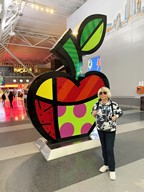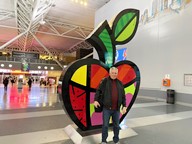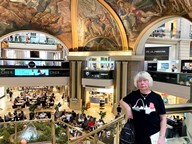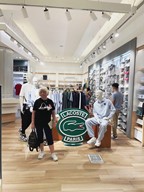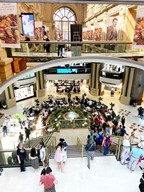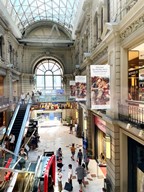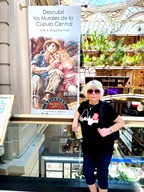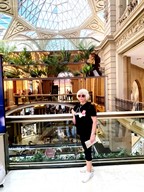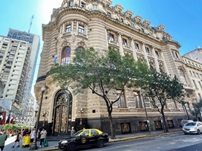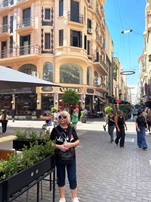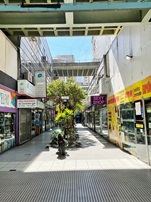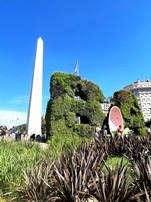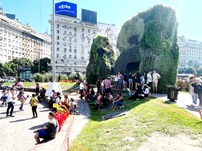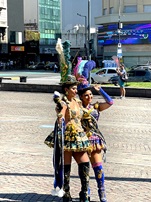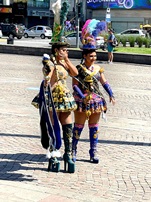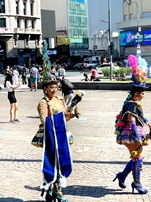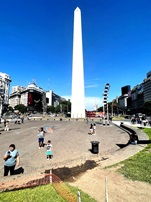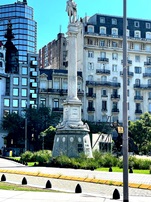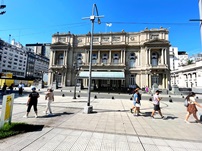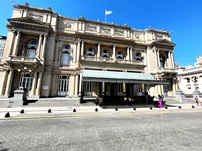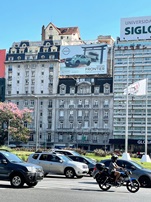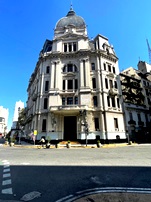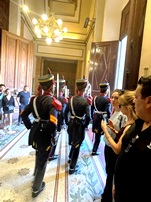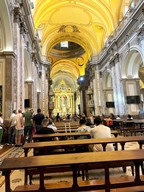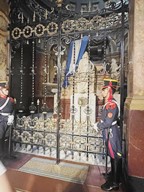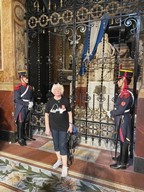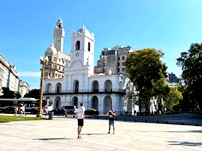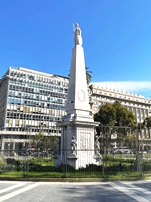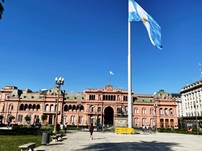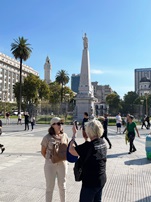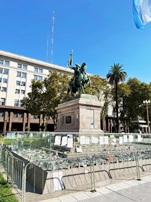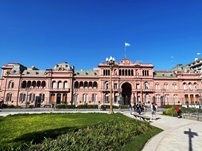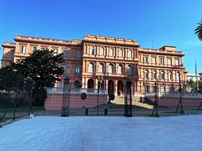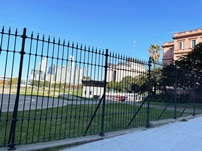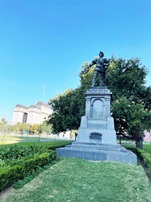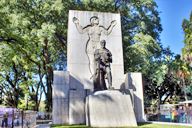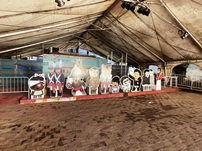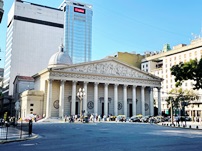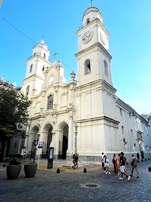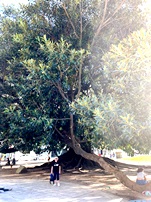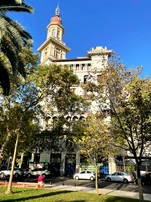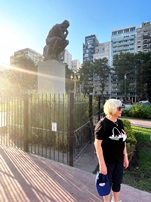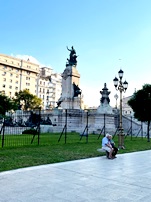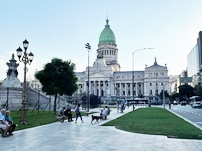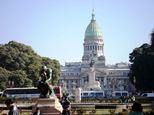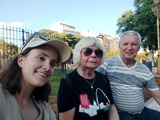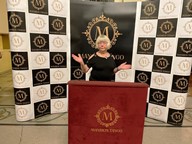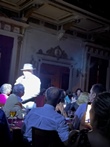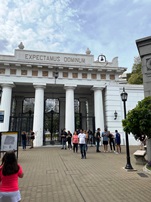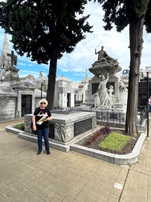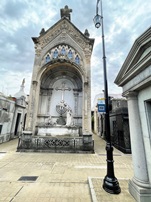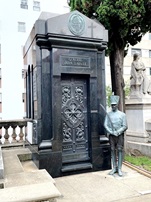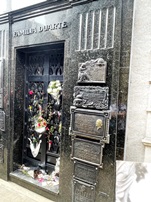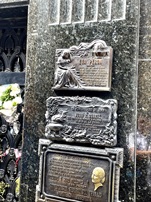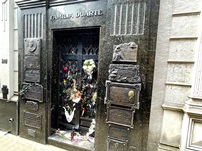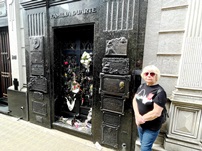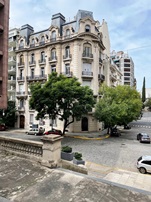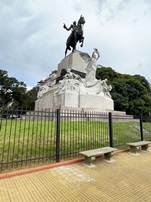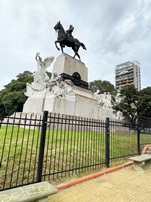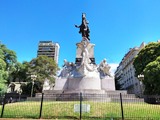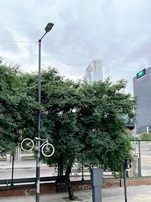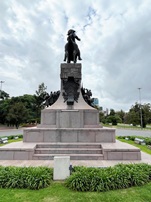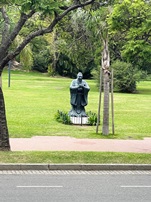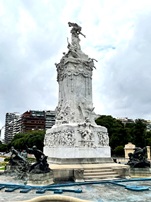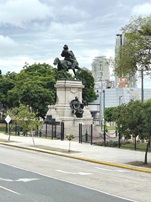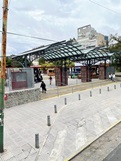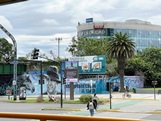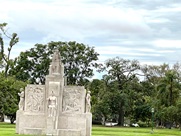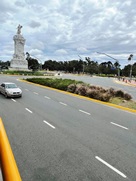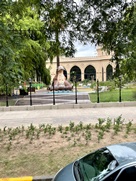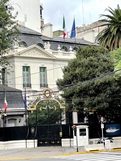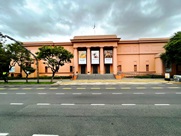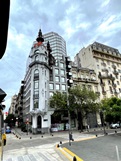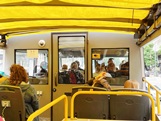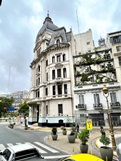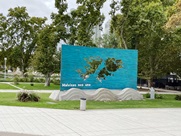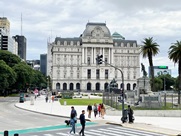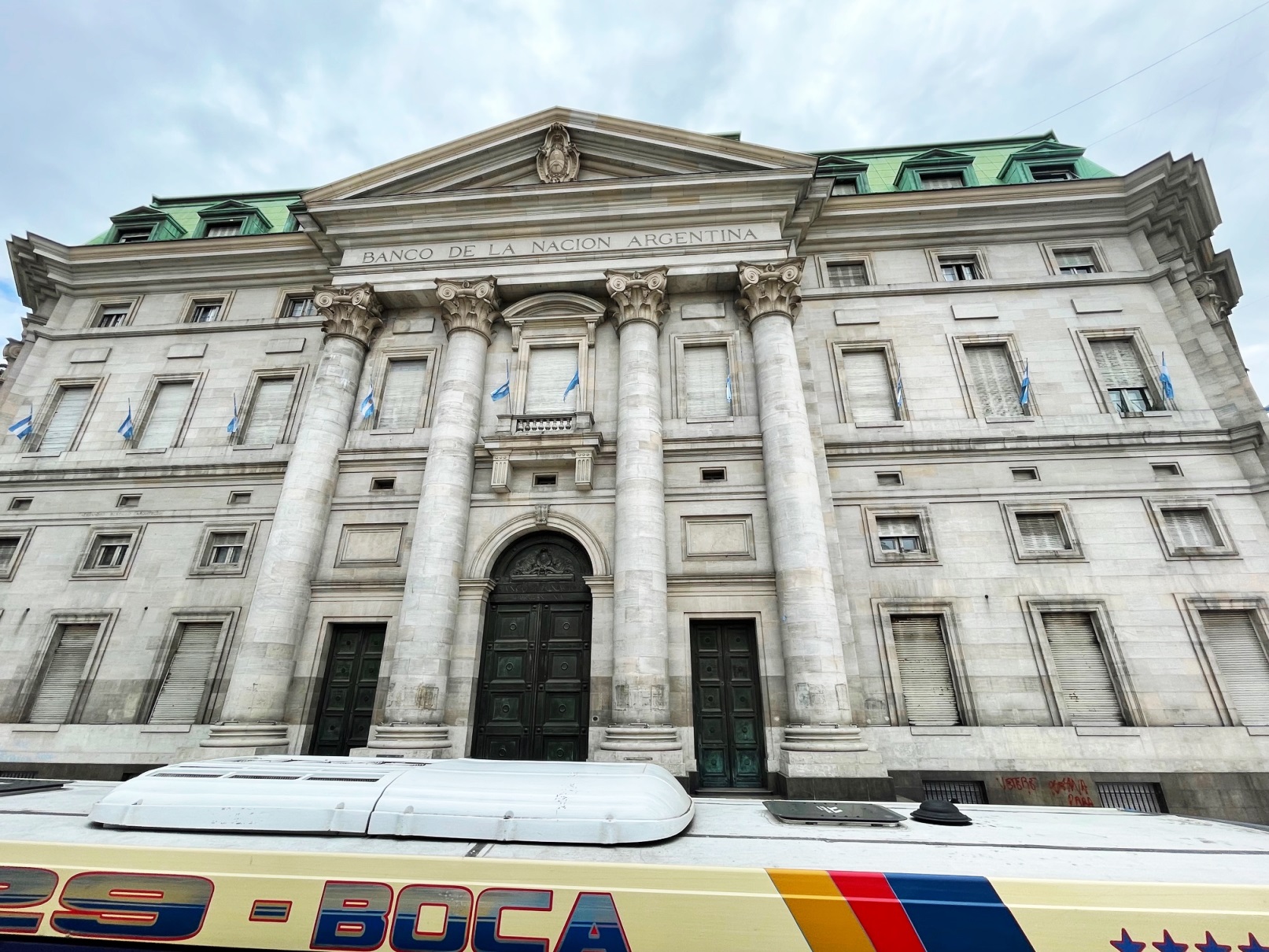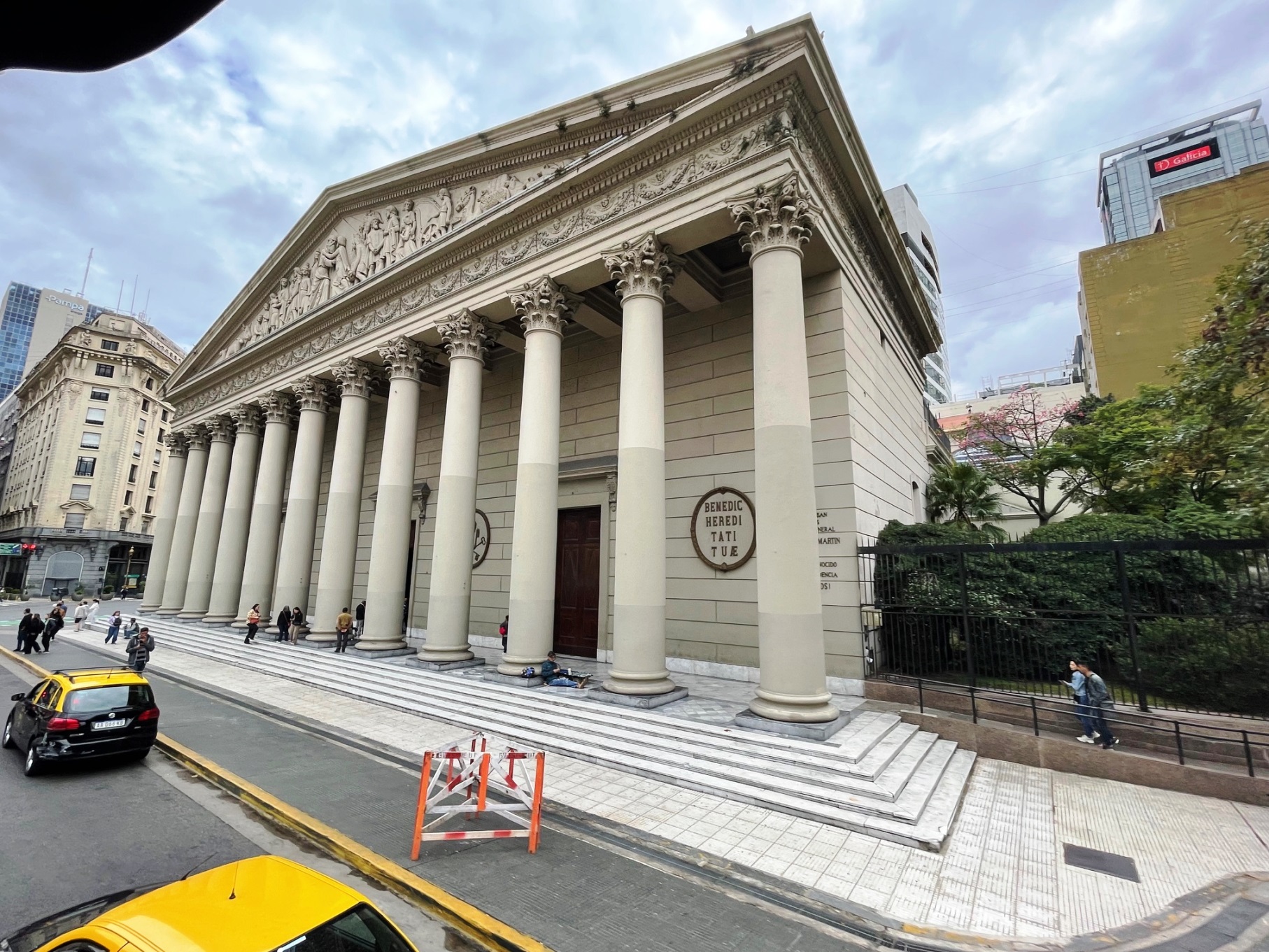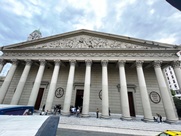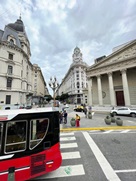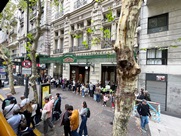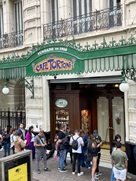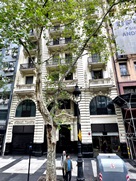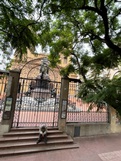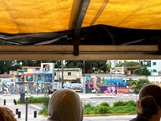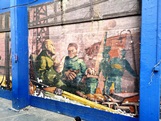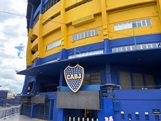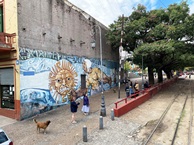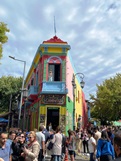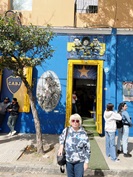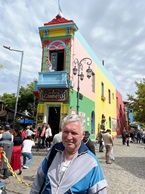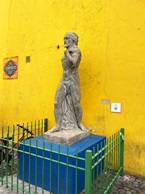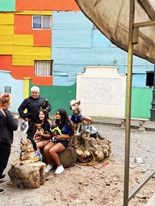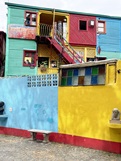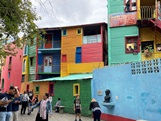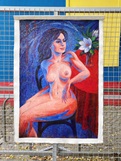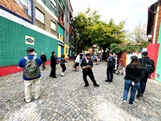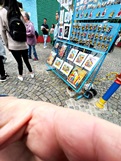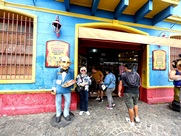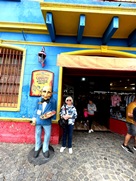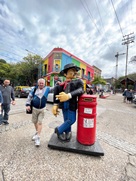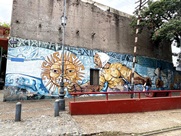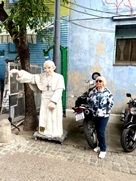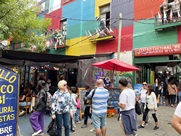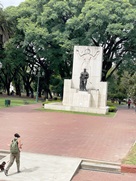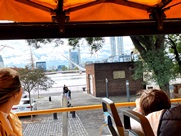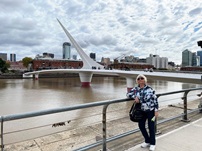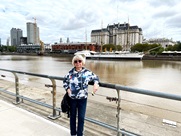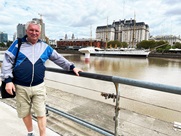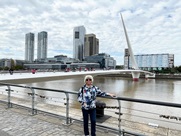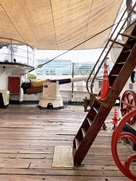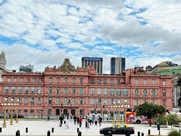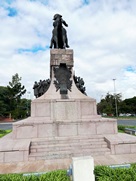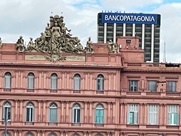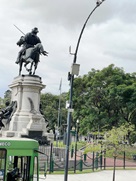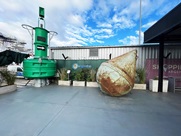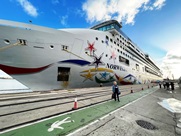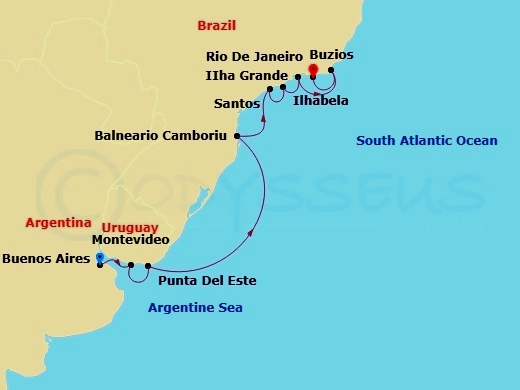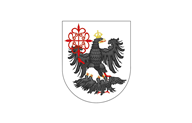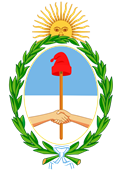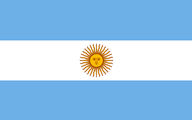Auto

Show
Prev

Slide
First

Slide
|
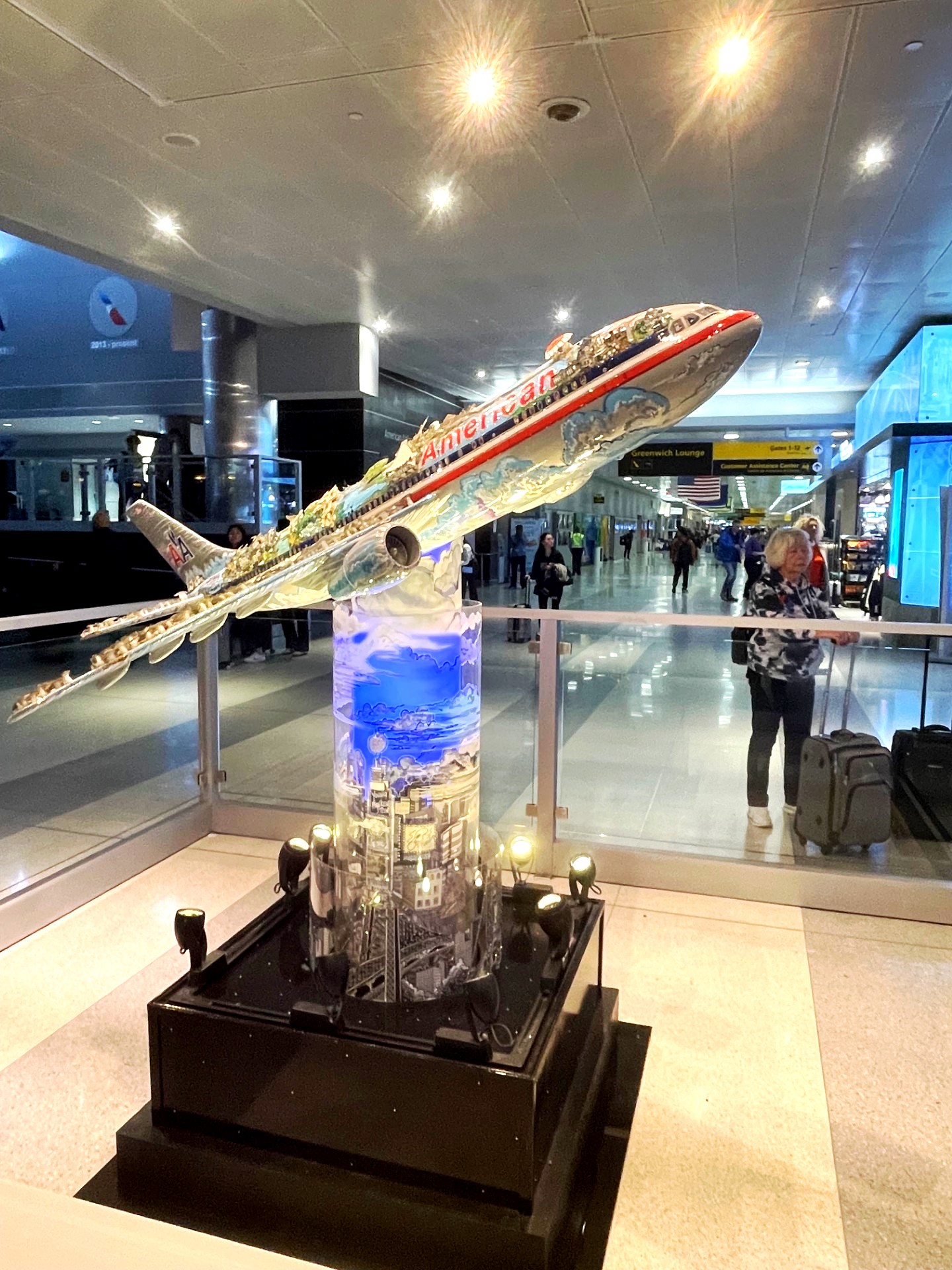 |
At the JFK International Airport.
JFK Airport Terminal 8 is the largest passenger terminal at JFK Airport. Its dimension is twice the size of Madison Square Garden, in NYC. The terminal is able to handle nearly 13M passengers annually.
Some of the airlines operating there are: American Airlines, Cathay Pacific, British Airways, Qatar, Finnair, among others.
|
 |
At the JFK International Airport.
JFK Airport Terminal 8 is the largest passenger terminal at JFK Airport. Its dimension is twice the size of Madison Square Garden, in NYC. The terminal is able to handle nearly 13M passengers annually.
Some of the airlines operating there are: American Airlines, Cathay Pacific, British Airways, Qatar, Finnair, among others.
|
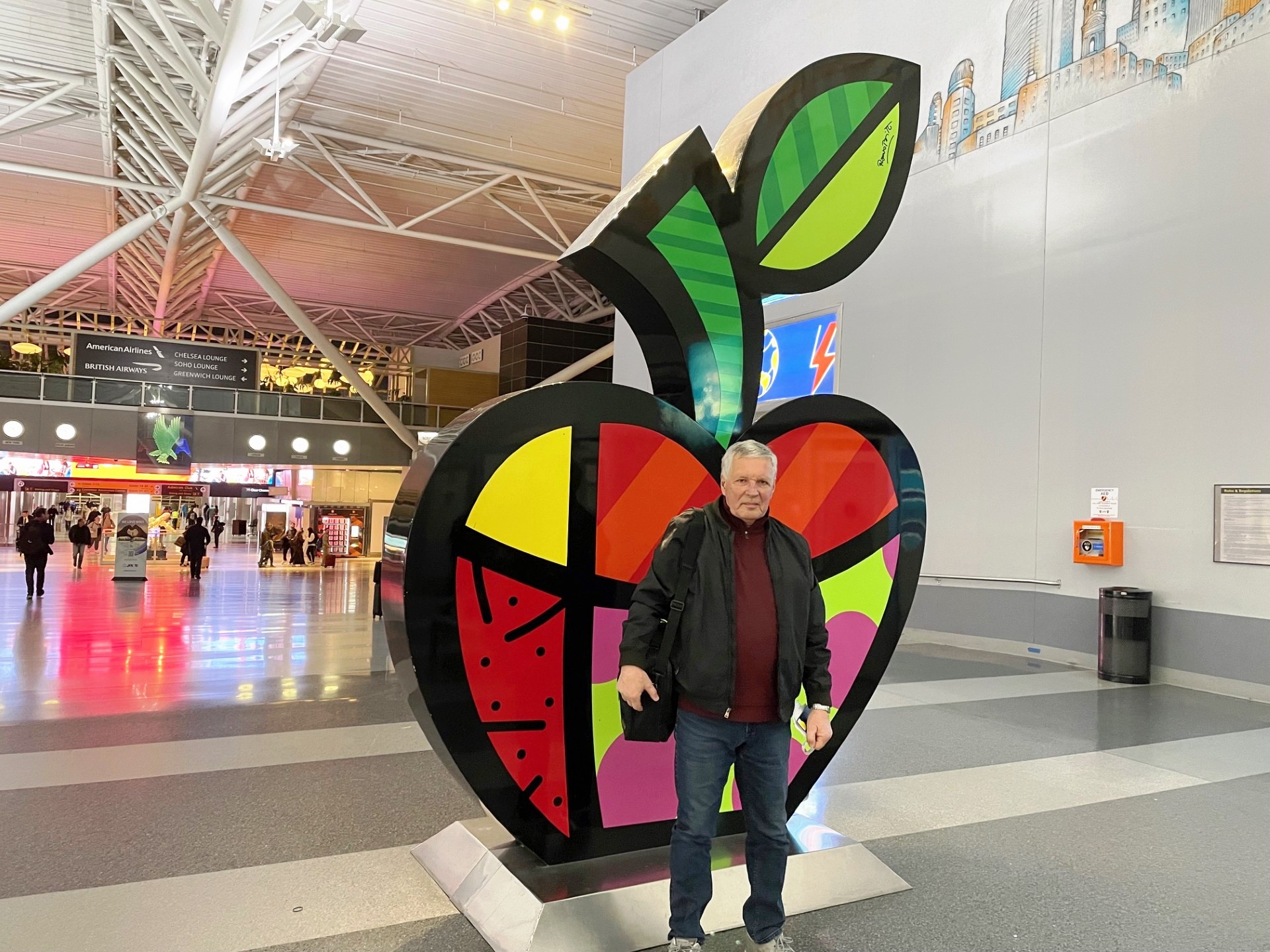 |
At the JFK International Airport.
JFK Airport Terminal 8 is the largest passenger terminal at JFK Airport. Its dimension is twice the size of Madison Square Garden, in NYC. The terminal is able to handle nearly 13M passengers annually.
Some of the airlines operating there are: American Airlines, Cathay Pacific, British Airways, Qatar, Finnair, among others.
|
 |
The Obelisco de Buenos Aires (Obelisk of Buenos Aires) is a national historic monument and icon of Buenos Aires.
Located in the Plaza de la Rep�blica in the intersection of avenues Corrientes and 9 de Julio, it was erected in 1936 to commemorate the quadricentennial of the first foundation of the city.
|
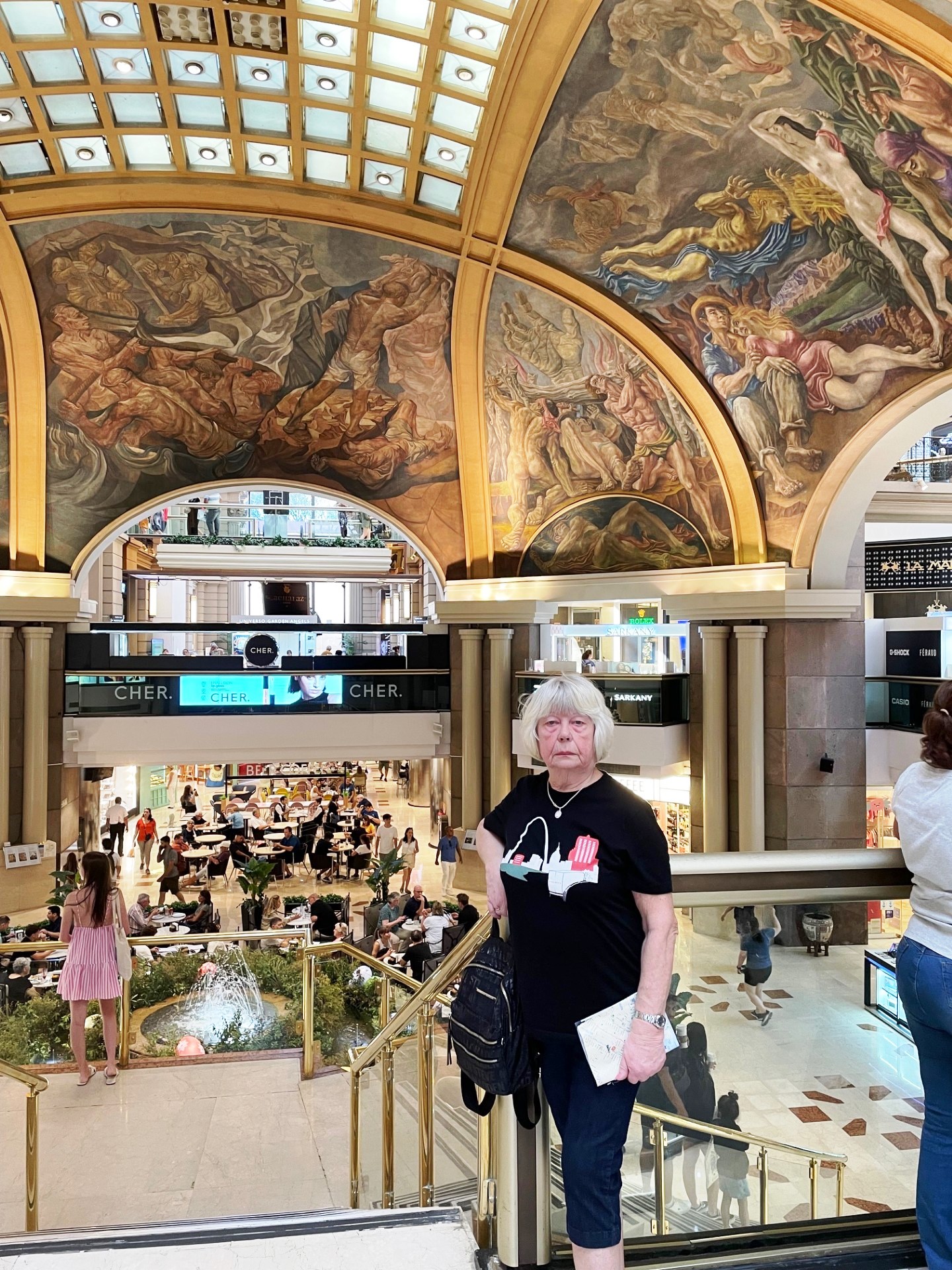 |
Galereas Pacifico - shopping center
Galer�as Pac�fico is one of the city�s most opulent shopping centres, and many people visit just to see its installations and its dome, which is painted with murals by Argentine artists Antonio Berni, Lino Enea Spilimbergo, Demetrio Urruch�a and Juan Carlos Castagnino.
The central downtown building, at the intersection of Florida and C�rdoba, was constructed in 1889 to house Au Bon March� department store but never served this purpose and instead was used as the site of the Museo de Bellas Artes until 1940.
The building was converted into a shopping centre in 1990 and has been declared a national historic monument because of its architectural importance.
It contains specialised leather stores as well as international names, and a food court. Personal shoppers are available with pre-booking, and the centre provides facilities for children, a bureau de change, ATMs and a premium taxi service.
|
 |
Galereas Pacifico - shopping center
Galer�as Pac�fico is one of the city�s most opulent shopping centres, and many people visit just to see its installations and its dome, which is painted with murals by Argentine artists Antonio Berni, Lino Enea Spilimbergo, Demetrio Urruch�a and Juan Carlos Castagnino.
The central downtown building, at the intersection of Florida and C�rdoba, was constructed in 1889 to house Au Bon March� department store but never served this purpose and instead was used as the site of the Museo de Bellas Artes until 1940.
The building was converted into a shopping centre in 1990 and has been declared a national historic monument because of its architectural importance.
It contains specialised leather stores as well as international names, and a food court. Personal shoppers are available with pre-booking, and the centre provides facilities for children, a bureau de change, ATMs and a premium taxi service.
|
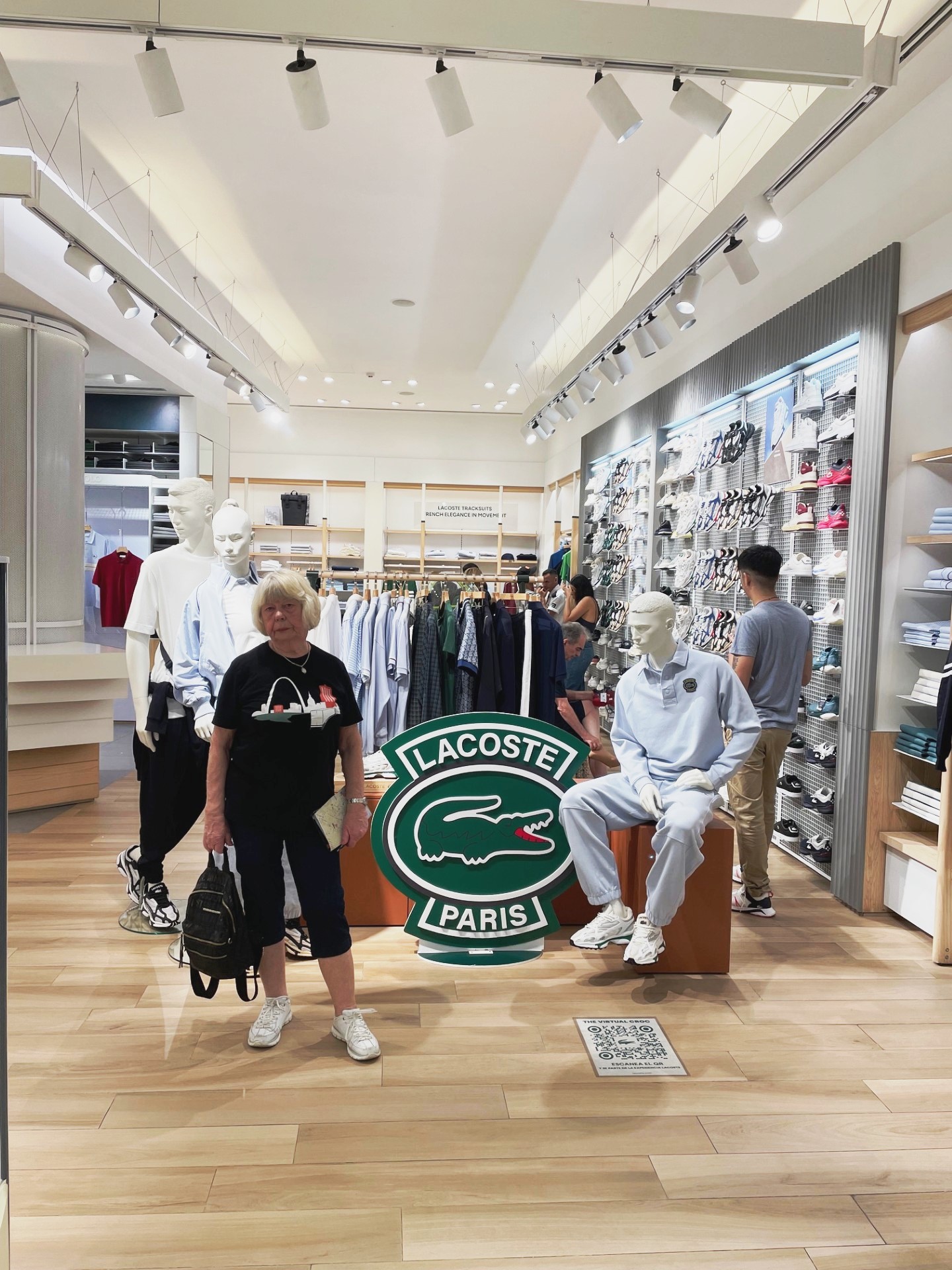 |
Galereas Pacifico - shopping center
Galer�as Pac�fico is one of the city�s most opulent shopping centres, and many people visit just to see its installations and its dome, which is painted with murals by Argentine artists Antonio Berni, Lino Enea Spilimbergo, Demetrio Urruch�a and Juan Carlos Castagnino.
The central downtown building, at the intersection of Florida and C�rdoba, was constructed in 1889 to house Au Bon March� department store but never served this purpose and instead was used as the site of the Museo de Bellas Artes until 1940.
The building was converted into a shopping centre in 1990 and has been declared a national historic monument because of its architectural importance.
It contains specialised leather stores as well as international names, and a food court. Personal shoppers are available with pre-booking, and the centre provides facilities for children, a bureau de change, ATMs and a premium taxi service.
|
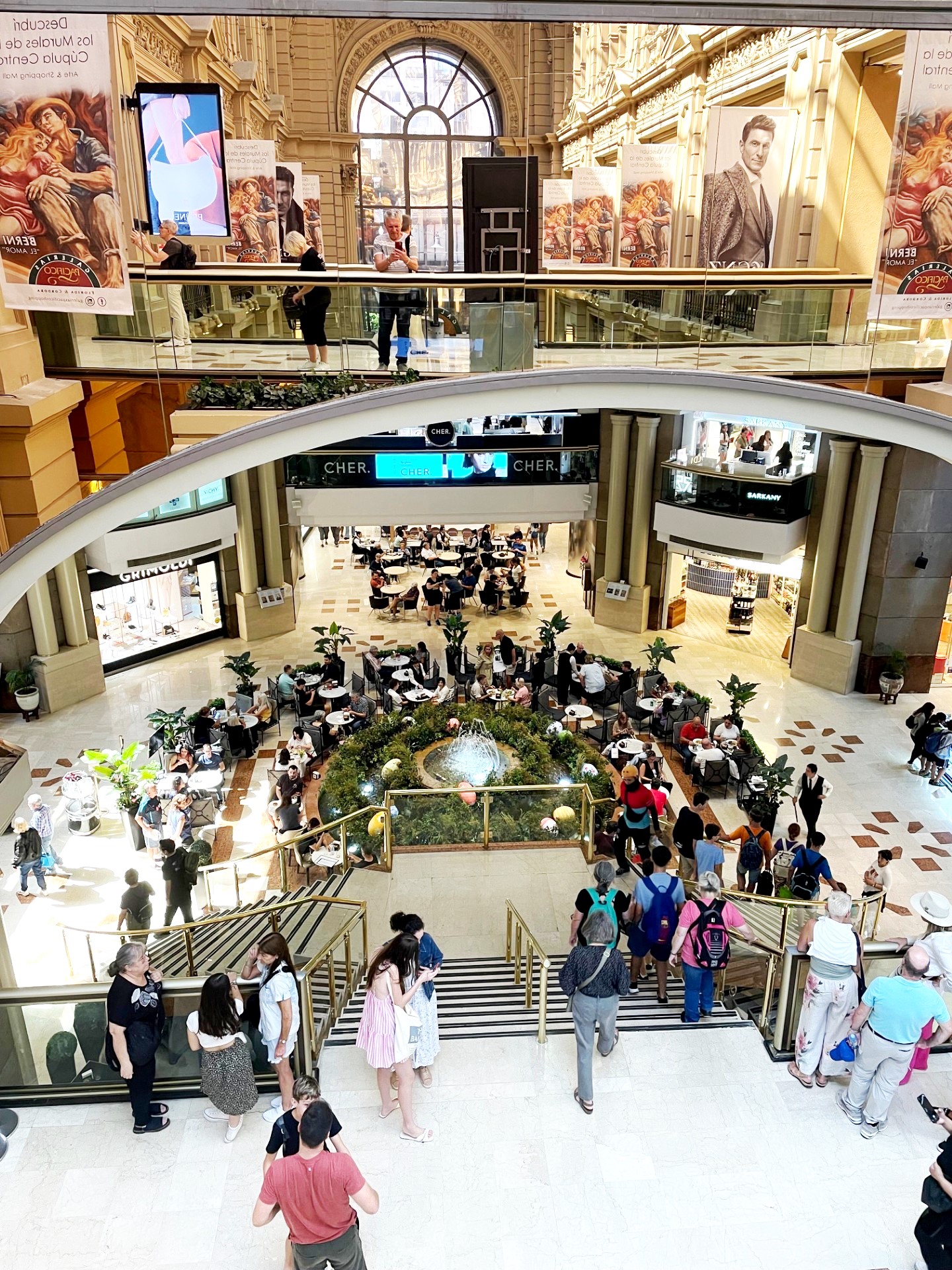 |
Galereas Pacifico - shopping center
Galer�as Pac�fico is one of the city�s most opulent shopping centres, and many people visit just to see its installations and its dome, which is painted with murals by Argentine artists Antonio Berni, Lino Enea Spilimbergo, Demetrio Urruch�a and Juan Carlos Castagnino.
The central downtown building, at the intersection of Florida and C�rdoba, was constructed in 1889 to house Au Bon March� department store but never served this purpose and instead was used as the site of the Museo de Bellas Artes until 1940.
The building was converted into a shopping centre in 1990 and has been declared a national historic monument because of its architectural importance.
It contains specialised leather stores as well as international names, and a food court. Personal shoppers are available with pre-booking, and the centre provides facilities for children, a bureau de change, ATMs and a premium taxi service.
|
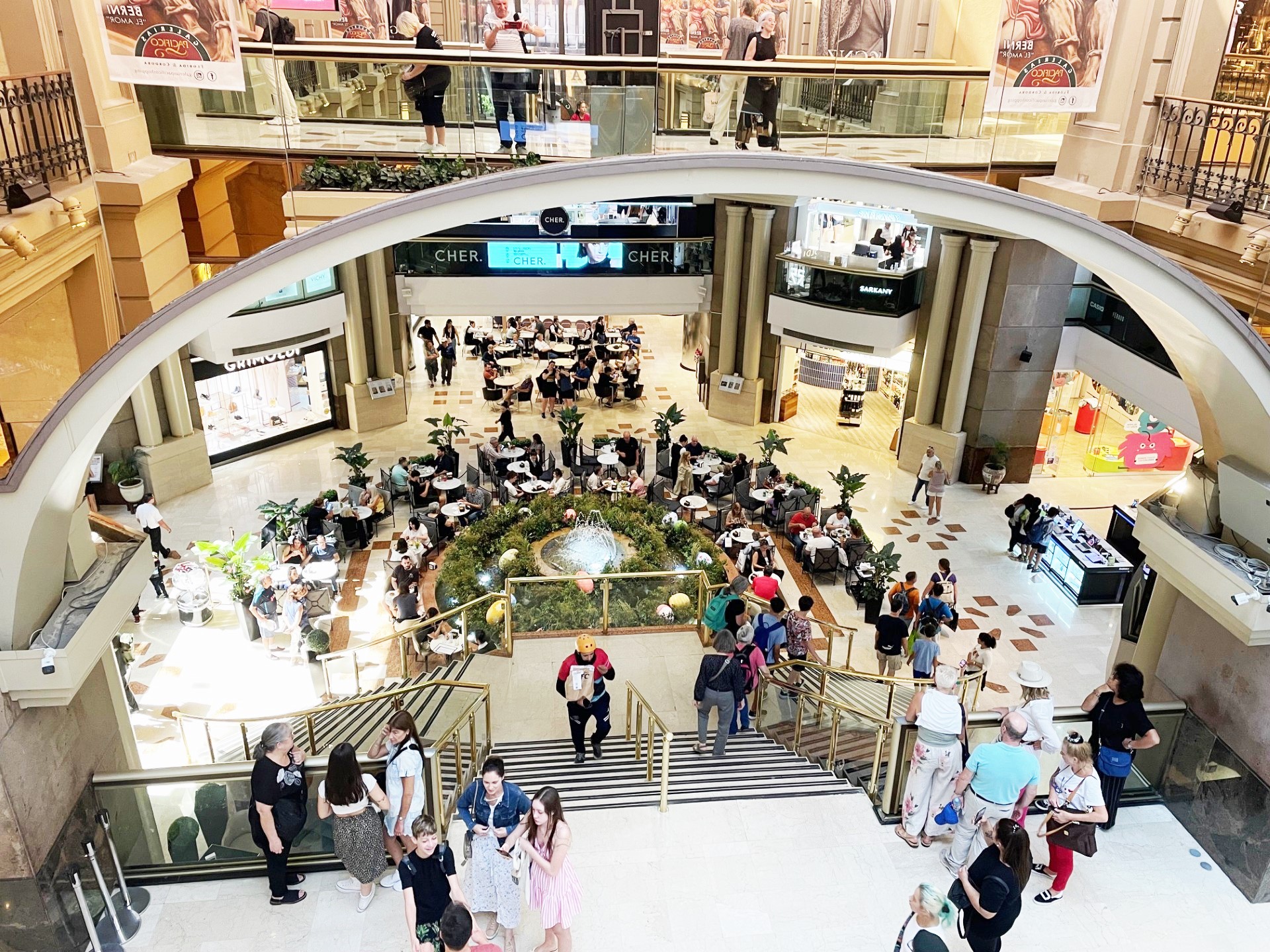 |
Galereas Pacifico - shopping center
Galer�as Pac�fico is one of the city�s most opulent shopping centres, and many people visit just to see its installations and its dome, which is painted with murals by Argentine artists Antonio Berni, Lino Enea Spilimbergo, Demetrio Urruch�a and Juan Carlos Castagnino.
The central downtown building, at the intersection of Florida and C�rdoba, was constructed in 1889 to house Au Bon March� department store but never served this purpose and instead was used as the site of the Museo de Bellas Artes until 1940.
The building was converted into a shopping centre in 1990 and has been declared a national historic monument because of its architectural importance.
It contains specialised leather stores as well as international names, and a food court. Personal shoppers are available with pre-booking, and the centre provides facilities for children, a bureau de change, ATMs and a premium taxi service.
|
 |
Galereas Pacifico - shopping center
Galer�as Pac�fico is one of the city�s most opulent shopping centres, and many people visit just to see its installations and its dome, which is painted with murals by Argentine artists Antonio Berni, Lino Enea Spilimbergo, Demetrio Urruch�a and Juan Carlos Castagnino.
The central downtown building, at the intersection of Florida and C�rdoba, was constructed in 1889 to house Au Bon March� department store but never served this purpose and instead was used as the site of the Museo de Bellas Artes until 1940.
The building was converted into a shopping centre in 1990 and has been declared a national historic monument because of its architectural importance.
It contains specialised leather stores as well as international names, and a food court. Personal shoppers are available with pre-booking, and the centre provides facilities for children, a bureau de change, ATMs and a premium taxi service.
|
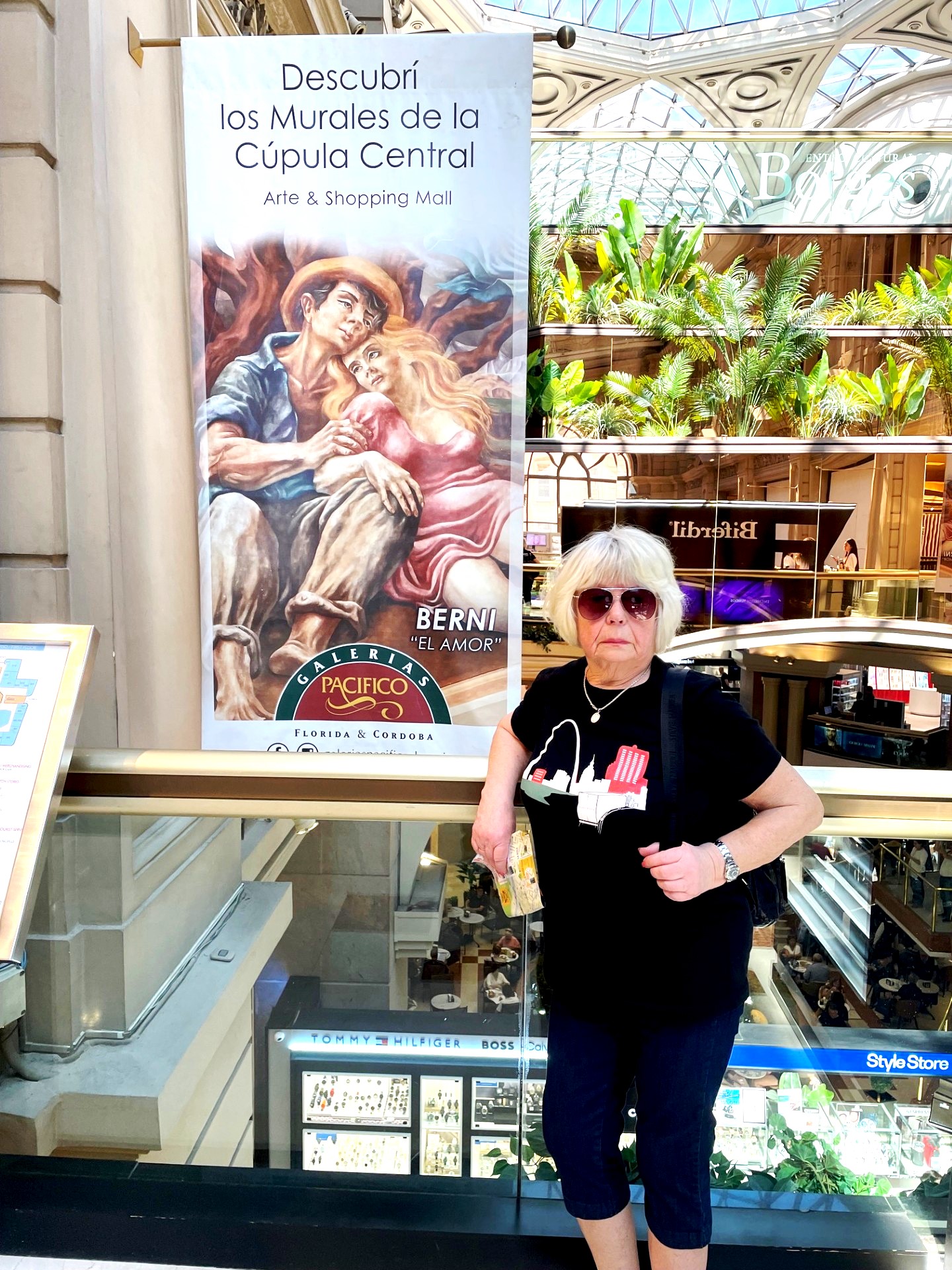 |
Galereas Pacifico - shopping center
Galer�as Pac�fico is one of the city�s most opulent shopping centres, and many people visit just to see its installations and its dome, which is painted with murals by Argentine artists Antonio Berni, Lino Enea Spilimbergo, Demetrio Urruch�a and Juan Carlos Castagnino.
The central downtown building, at the intersection of Florida and C�rdoba, was constructed in 1889 to house Au Bon March� department store but never served this purpose and instead was used as the site of the Museo de Bellas Artes until 1940.
The building was converted into a shopping centre in 1990 and has been declared a national historic monument because of its architectural importance.
It contains specialised leather stores as well as international names, and a food court. Personal shoppers are available with pre-booking, and the centre provides facilities for children, a bureau de change, ATMs and a premium taxi service.
|
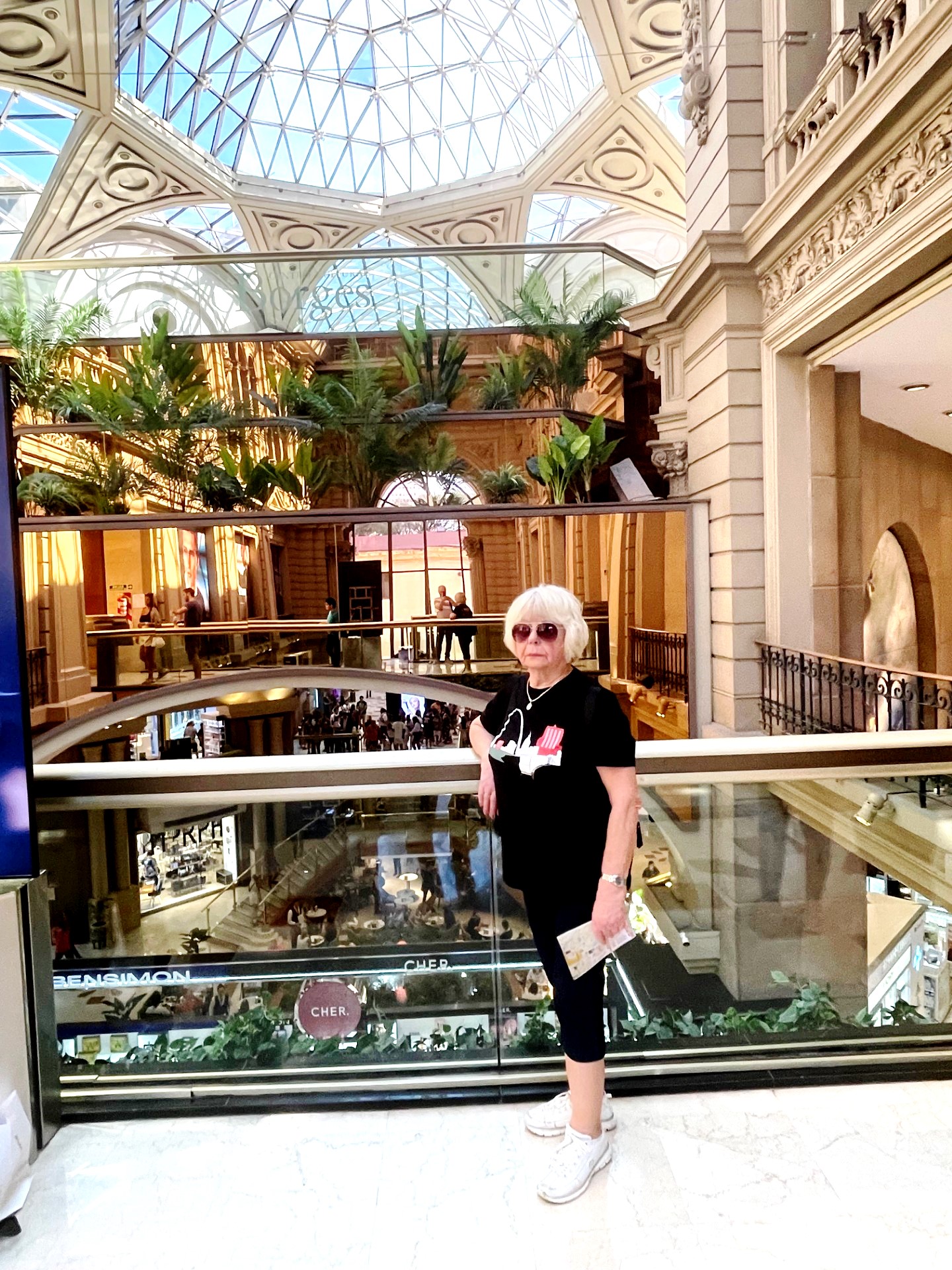 |
Galereas Pacifico - shopping center
Galer�as Pac�fico is one of the city�s most opulent shopping centres, and many people visit just to see its installations and its dome, which is painted with murals by Argentine artists Antonio Berni, Lino Enea Spilimbergo, Demetrio Urruch�a and Juan Carlos Castagnino.
The central downtown building, at the intersection of Florida and C�rdoba, was constructed in 1889 to house Au Bon March� department store but never served this purpose and instead was used as the site of the Museo de Bellas Artes until 1940.
The building was converted into a shopping centre in 1990 and has been declared a national historic monument because of its architectural importance.
It contains specialised leather stores as well as international names, and a food court. Personal shoppers are available with pre-booking, and the centre provides facilities for children, a bureau de change, ATMs and a premium taxi service.
|
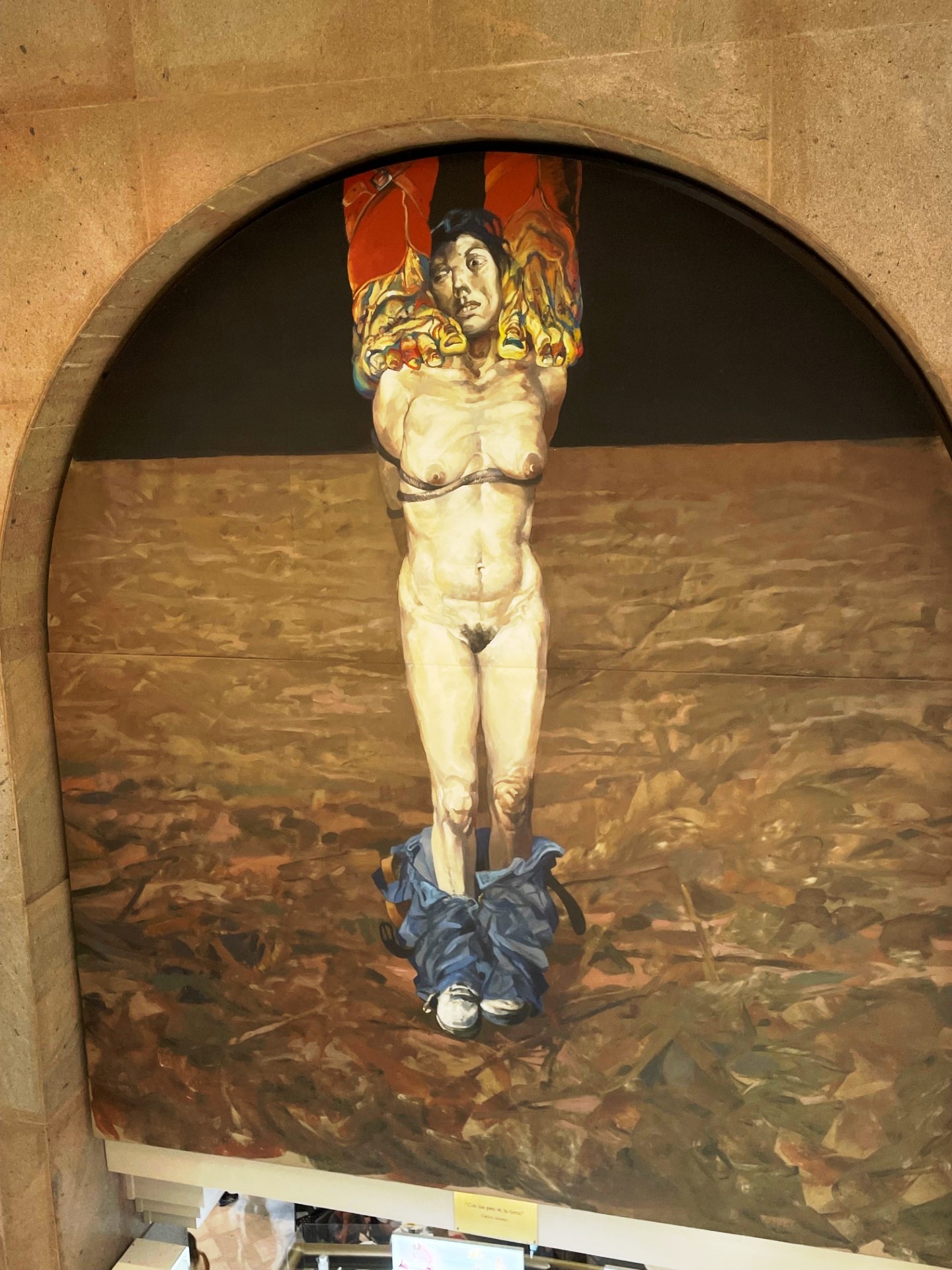 |
Galereas Pacifico - shopping center
Galer�as Pac�fico is one of the city�s most opulent shopping centres, and many people visit just to see its installations and its dome, which is painted with murals by Argentine artists Antonio Berni, Lino Enea Spilimbergo, Demetrio Urruch�a and Juan Carlos Castagnino.
The central downtown building, at the intersection of Florida and C�rdoba, was constructed in 1889 to house Au Bon March� department store but never served this purpose and instead was used as the site of the Museo de Bellas Artes until 1940.
The building was converted into a shopping centre in 1990 and has been declared a national historic monument because of its architectural importance.
It contains specialised leather stores as well as international names, and a food court. Personal shoppers are available with pre-booking, and the centre provides facilities for children, a bureau de change, ATMs and a premium taxi service.
|
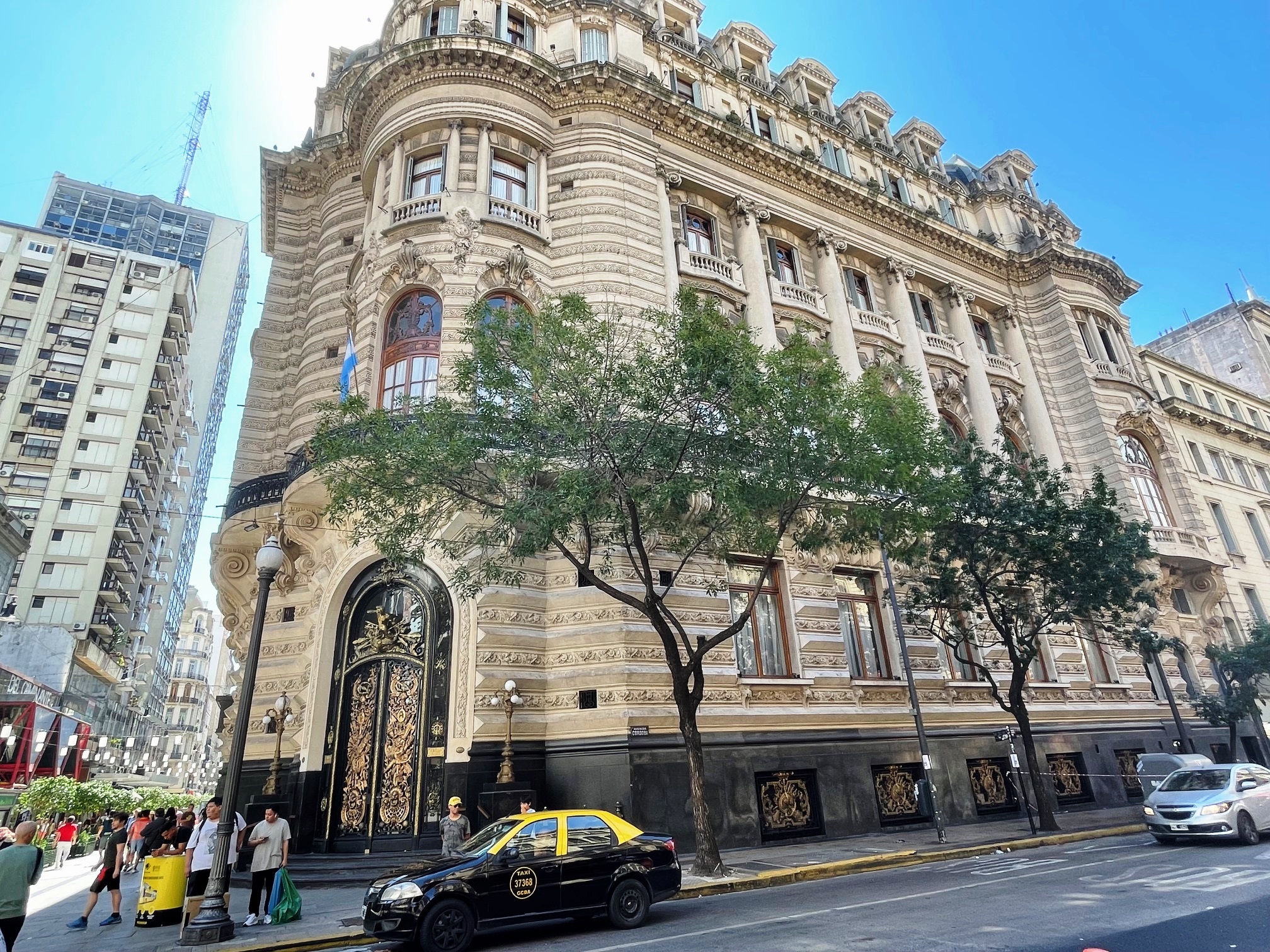 |
Centro Naval - an Argentine sports and social club, established in 1882 by a group of Argentine Navy officers. |
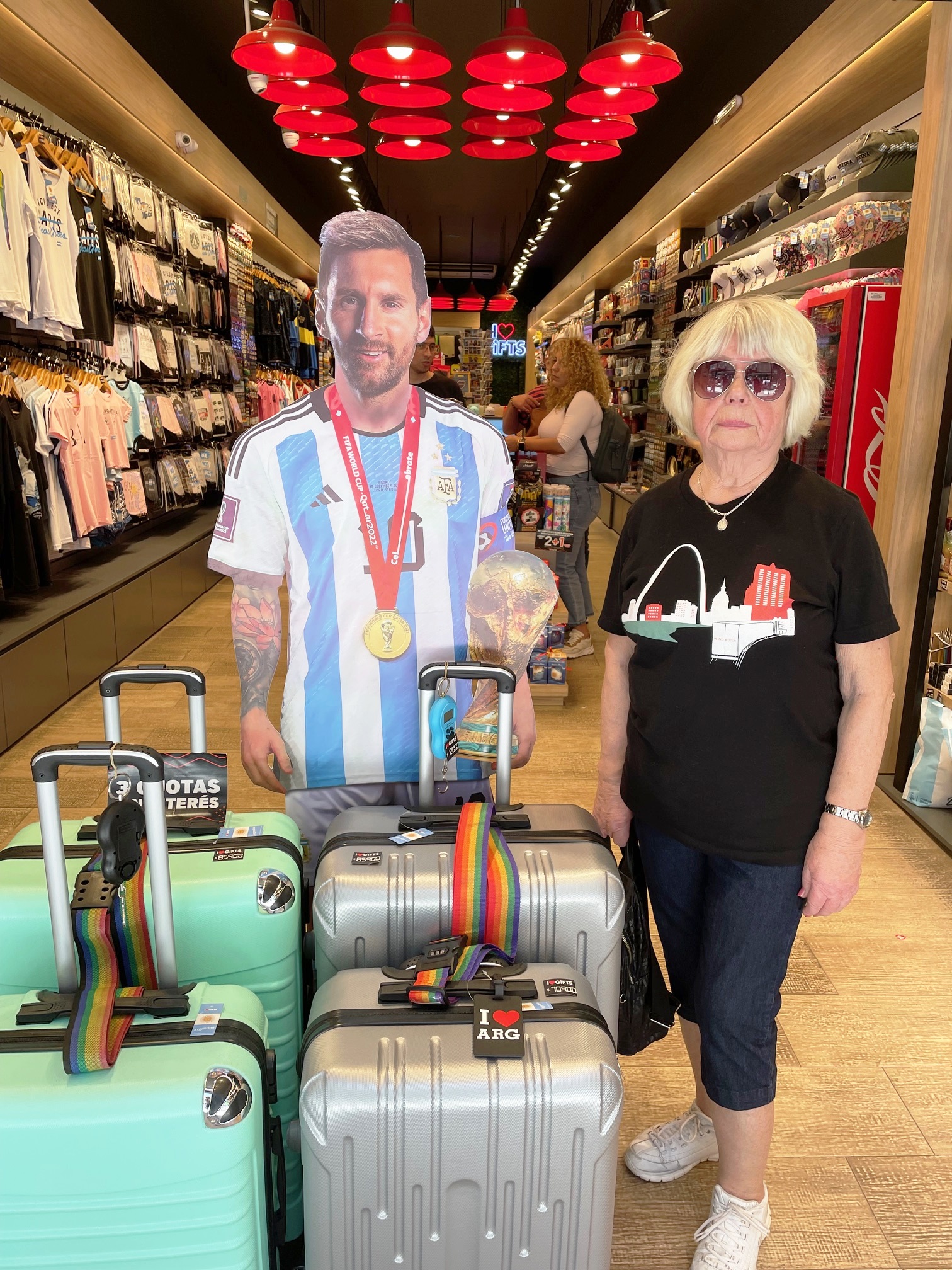 |
At sport shop with L. Messi |
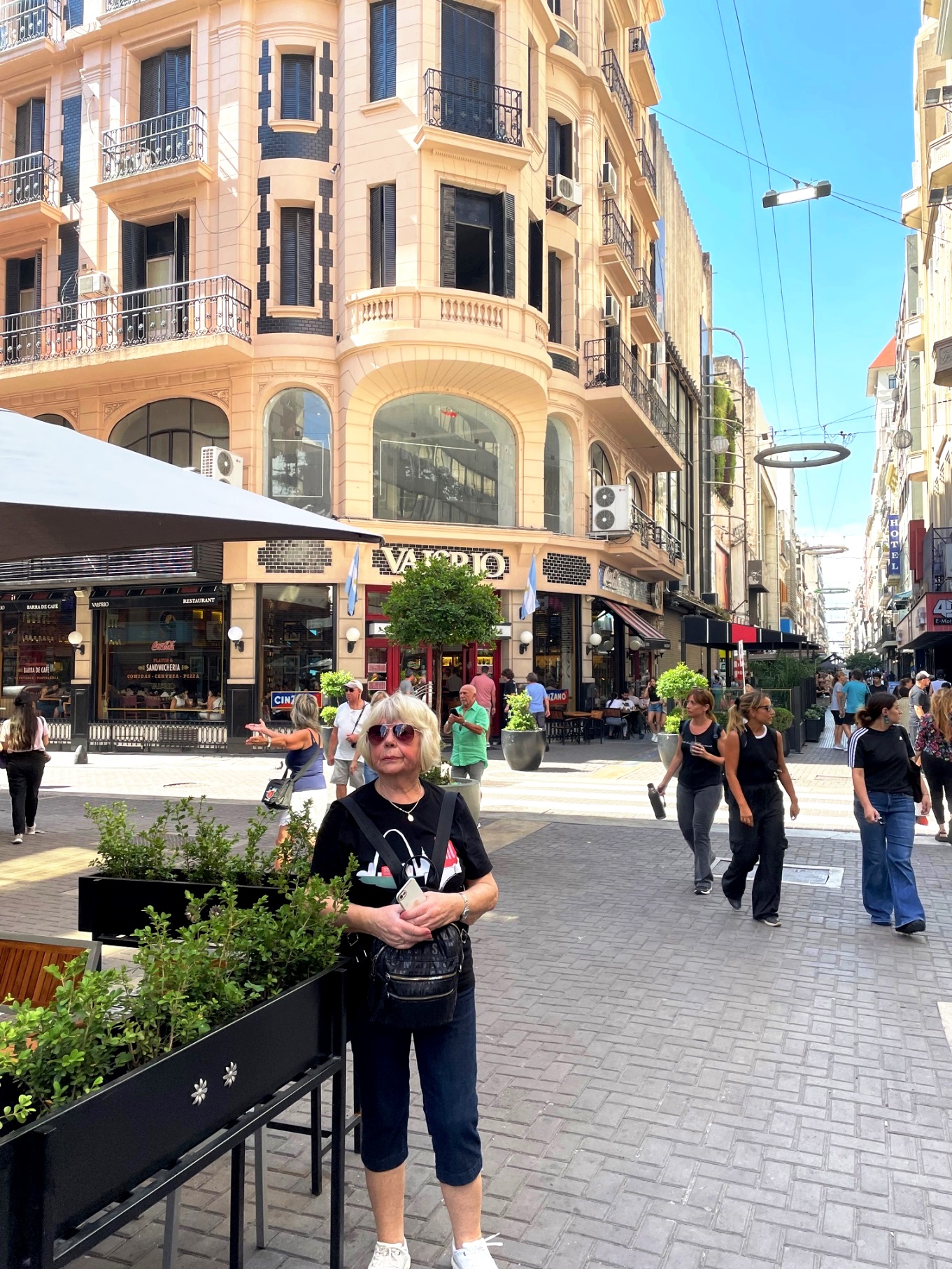 |
Florida Street is a popular shopping street in Downtown Buenos Aires, Argentina. A pedestrian street since 1971, some stretches have been pedestrianized since 1913.
Florida is one of the city's leading tourist attractions. Florida Street bustles with shoppers, vendors, and office workers alike because of its proximity to the financial district.
By evening, the pace relaxes as street performers flock to the area, including tango singers and dancers, living statues, and comedy acts. Its variety of retail stores, shopping arcades, and restaurants is of great interest to foreign tourists and business travelers.
|
 |
Florida Street is a popular shopping street in Downtown Buenos Aires, Argentina. A pedestrian street since 1971, some stretches have been pedestrianized since 1913.
Florida is one of the city's leading tourist attractions. Florida Street bustles with shoppers, vendors, and office workers alike because of its proximity to the financial district.
By evening, the pace relaxes as street performers flock to the area, including tango singers and dancers, living statues, and comedy acts. Its variety of retail stores, shopping arcades, and restaurants is of great interest to foreign tourists and business travelers.
|
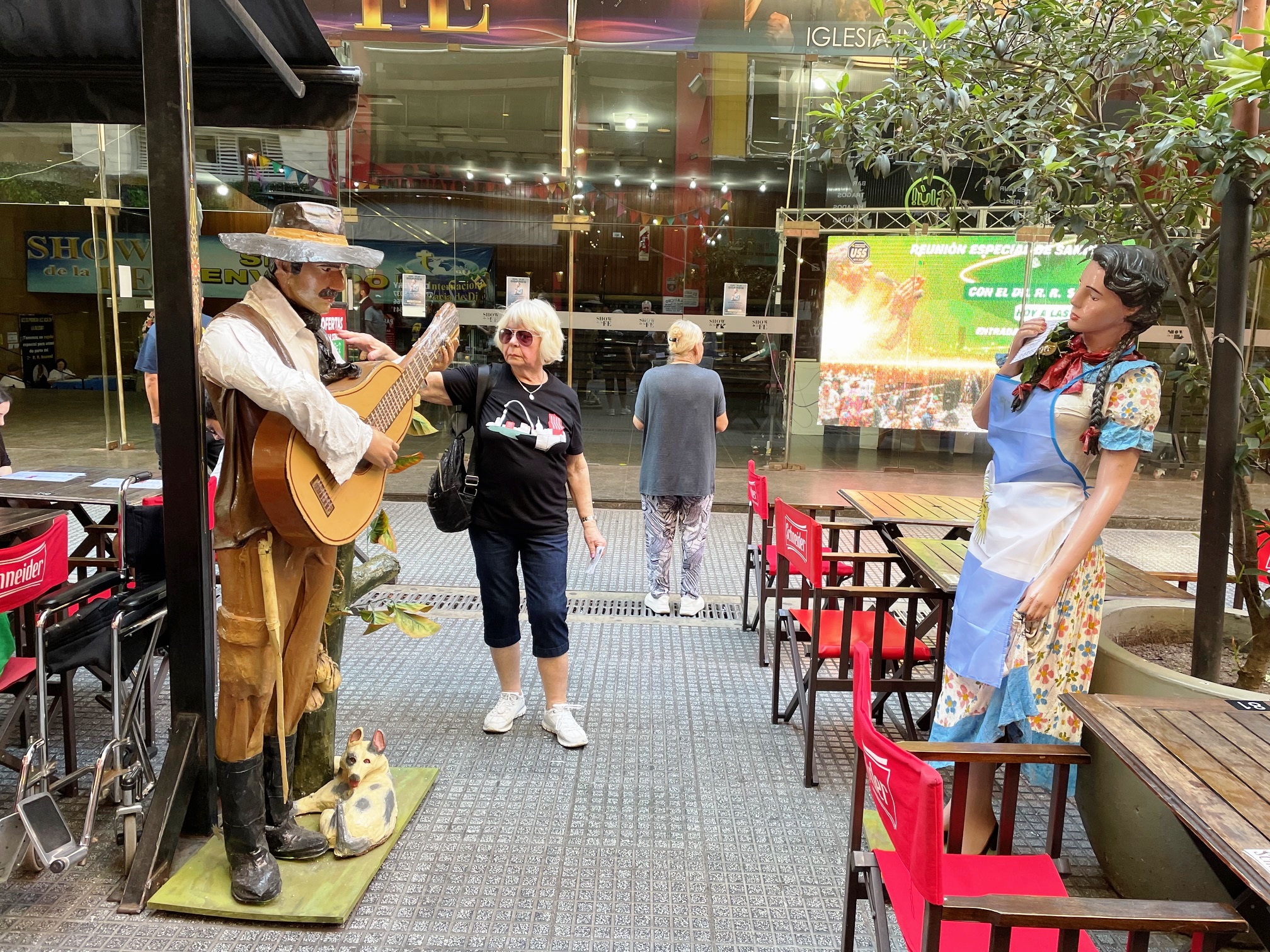 |
Florida Street is a popular shopping street in Downtown Buenos Aires, Argentina. A pedestrian street since 1971, some stretches have been pedestrianized since 1913.
Florida is one of the city's leading tourist attractions. Florida Street bustles with shoppers, vendors, and office workers alike because of its proximity to the financial district.
By evening, the pace relaxes as street performers flock to the area, including tango singers and dancers, living statues, and comedy acts. Its variety of retail stores, shopping arcades, and restaurants is of great interest to foreign tourists and business travelers.
|
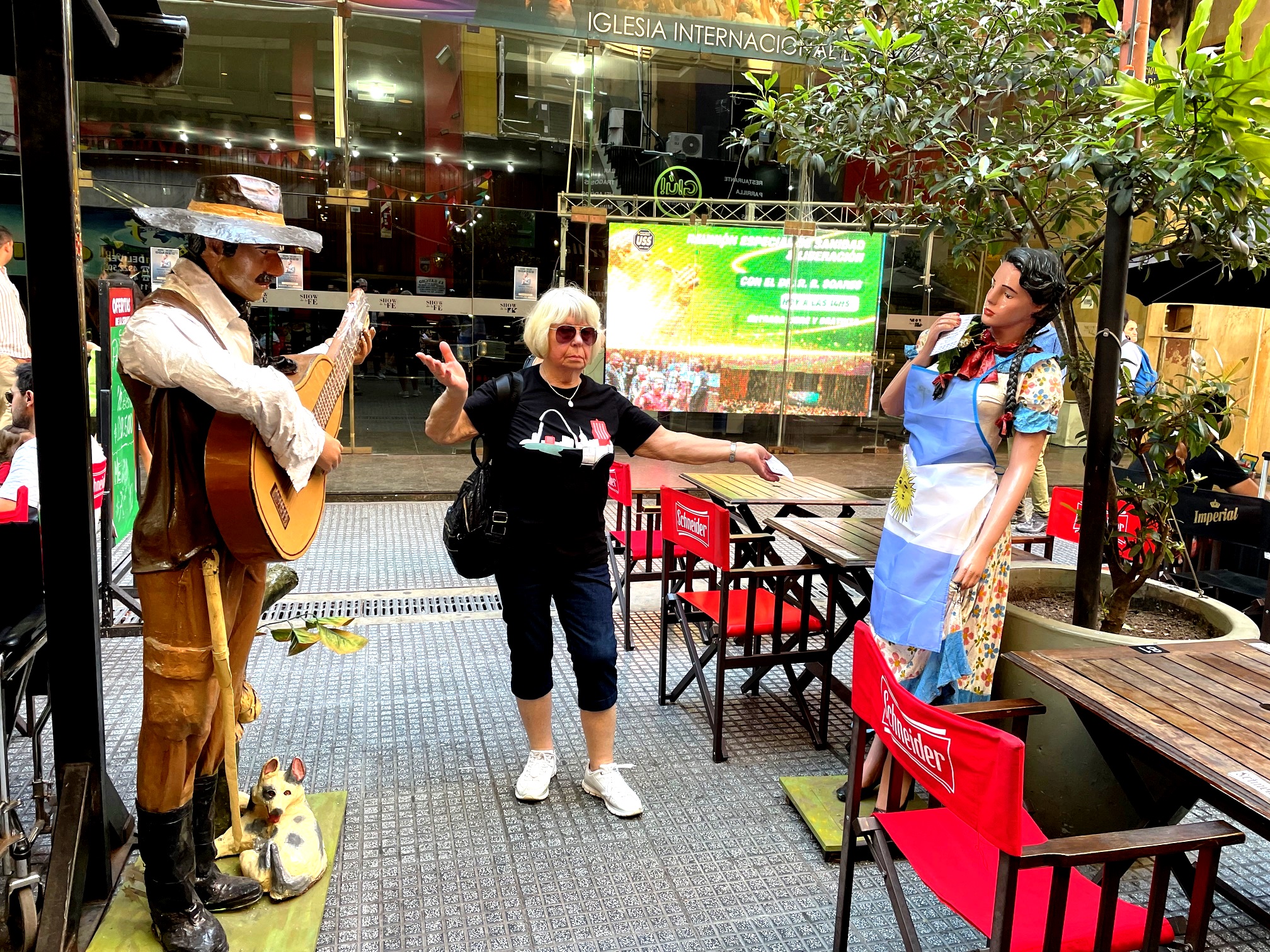 |
Florida Street is a popular shopping street in Downtown Buenos Aires, Argentina. A pedestrian street since 1971, some stretches have been pedestrianized since 1913.
Florida is one of the city's leading tourist attractions. Florida Street bustles with shoppers, vendors, and office workers alike because of its proximity to the financial district.
By evening, the pace relaxes as street performers flock to the area, including tango singers and dancers, living statues, and comedy acts. Its variety of retail stores, shopping arcades, and restaurants is of great interest to foreign tourists and business travelers.
|
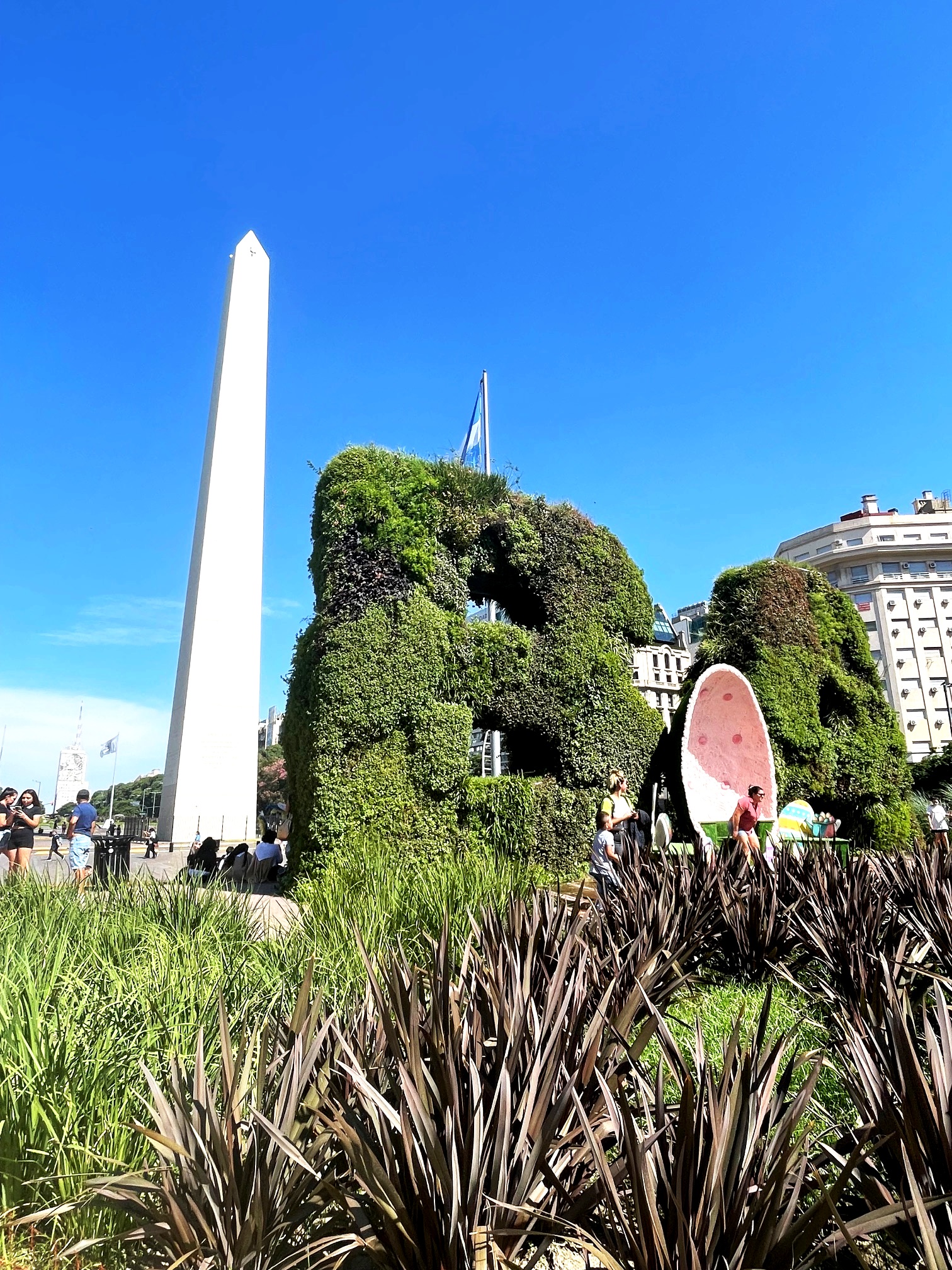 |
The Obelisco de Buenos Aires (Obelisk of Buenos Aires) is a national historic monument and icon of Buenos Aires.
Located in the Plaza de la Rep�blica in the intersection of avenues Corrientes and 9 de Julio, it was erected in 1936 to commemorate the quadricentennial of the first foundation of the city.
|
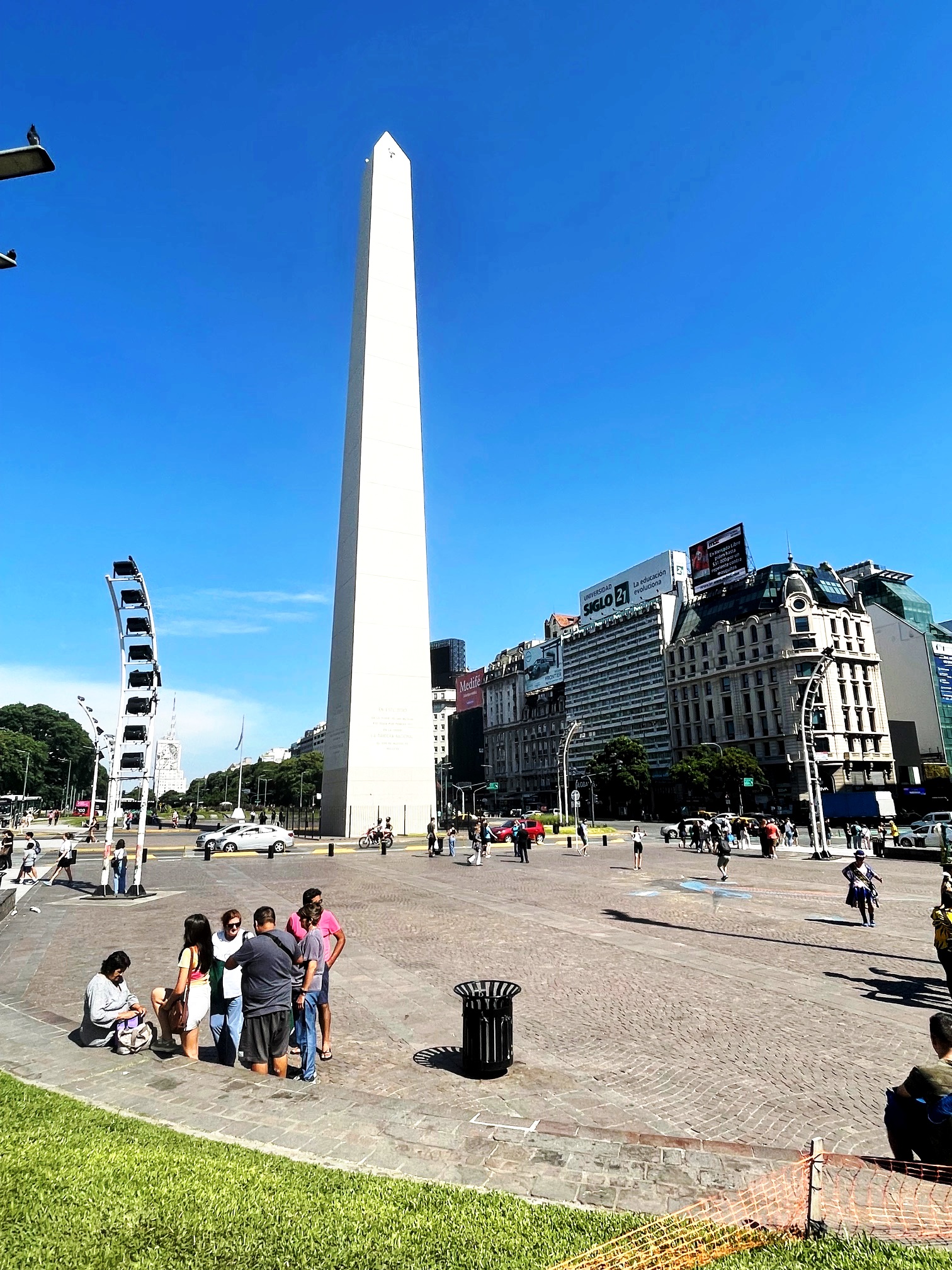 |
The Obelisco de Buenos Aires (Obelisk of Buenos Aires) is a national historic monument and icon of Buenos Aires.
Located in the Plaza de la Rep�blica in the intersection of avenues Corrientes and 9 de Julio, it was erected in 1936 to commemorate the quadricentennial of the first foundation of the city.
|
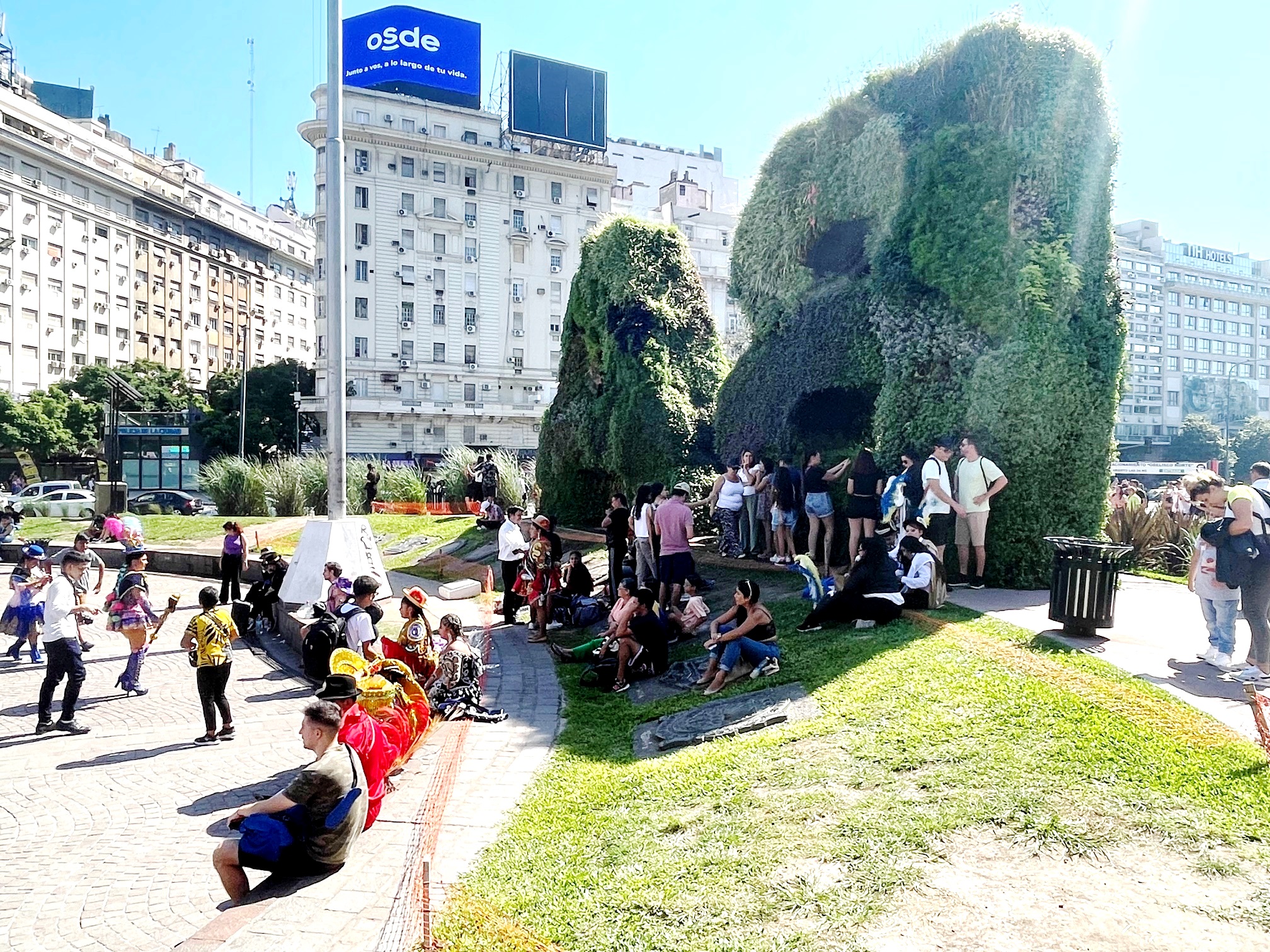 |
The Obelisco de Buenos Aires (Obelisk of Buenos Aires) is a national historic monument and icon of Buenos Aires.
Located in the Plaza de la Rep�blica in the intersection of avenues Corrientes and 9 de Julio, it was erected in 1936 to commemorate the quadricentennial of the first foundation of the city.
|
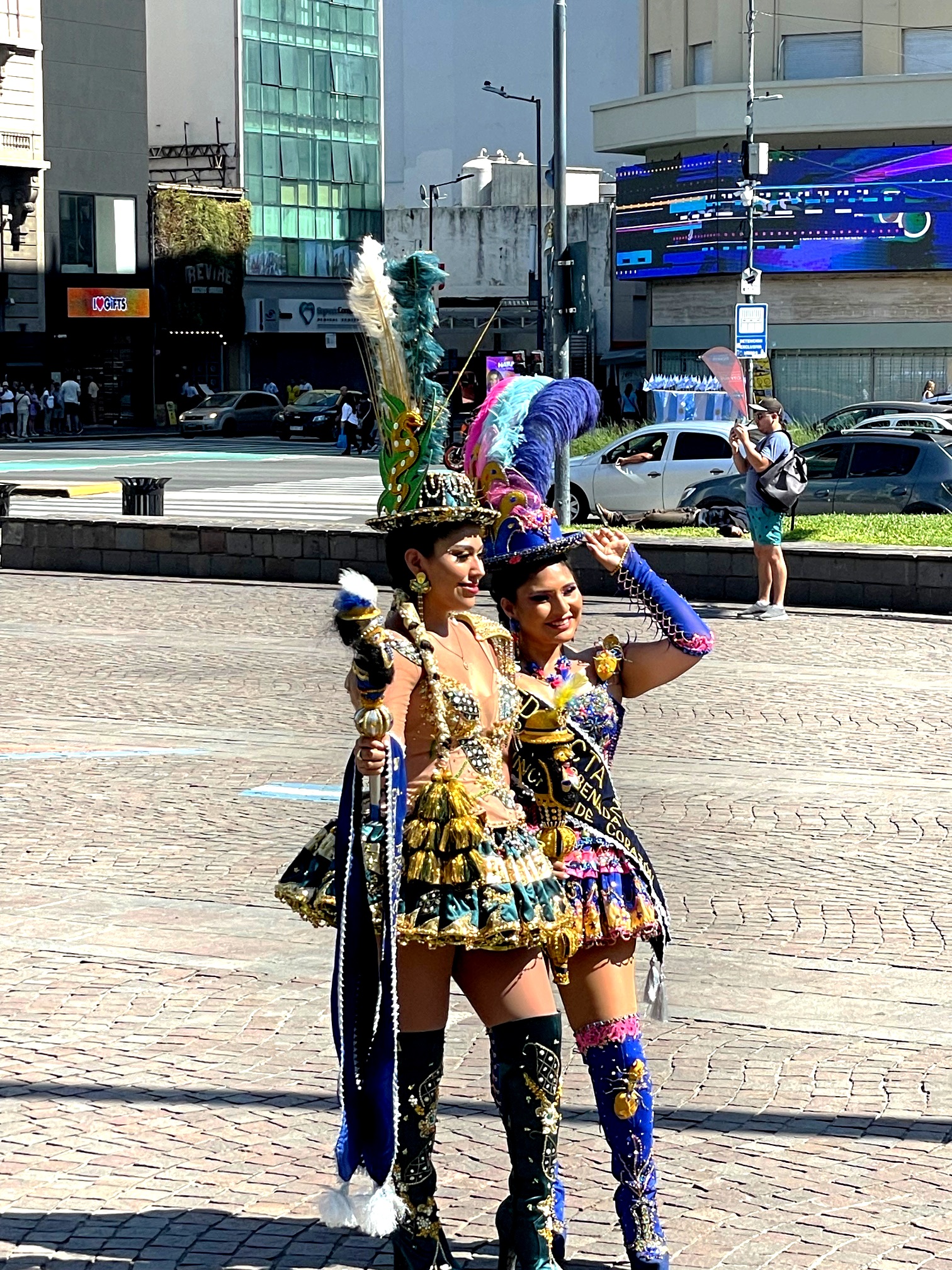 |
The Obelisco de Buenos Aires (Obelisk of Buenos Aires) is a national historic monument and icon of Buenos Aires.
Located in the Plaza de la Rep�blica in the intersection of avenues Corrientes and 9 de Julio, it was erected in 1936 to commemorate the quadricentennial of the first foundation of the city.
|
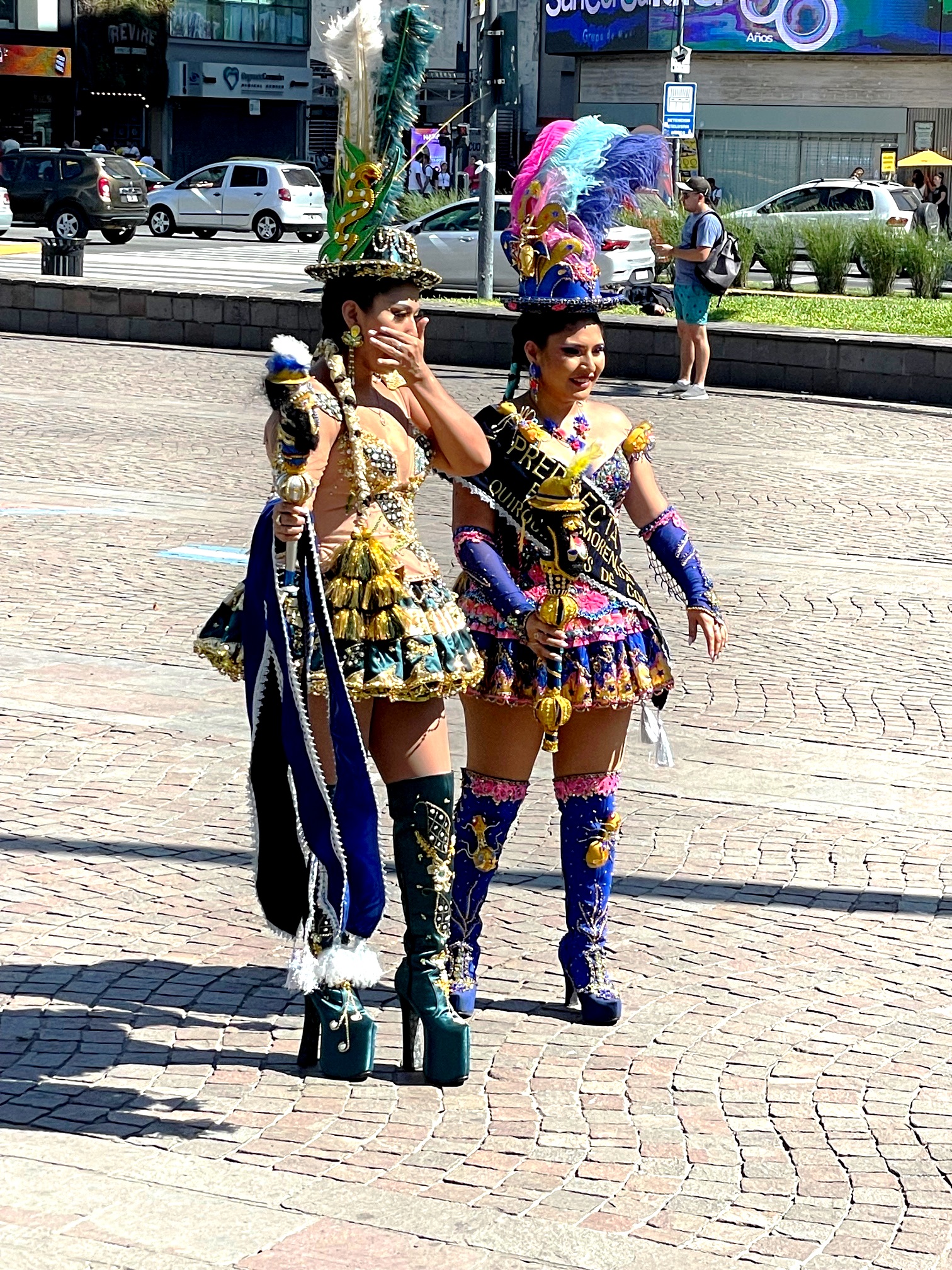 |
The Obelisco de Buenos Aires (Obelisk of Buenos Aires) is a national historic monument and icon of Buenos Aires.
Located in the Plaza de la Rep�blica in the intersection of avenues Corrientes and 9 de Julio, it was erected in 1936 to commemorate the quadricentennial of the first foundation of the city.
|
 |
The Obelisco de Buenos Aires (Obelisk of Buenos Aires) is a national historic monument and icon of Buenos Aires.
Located in the Plaza de la Rep�blica in the intersection of avenues Corrientes and 9 de Julio, it was erected in 1936 to commemorate the quadricentennial of the first foundation of the city.
|
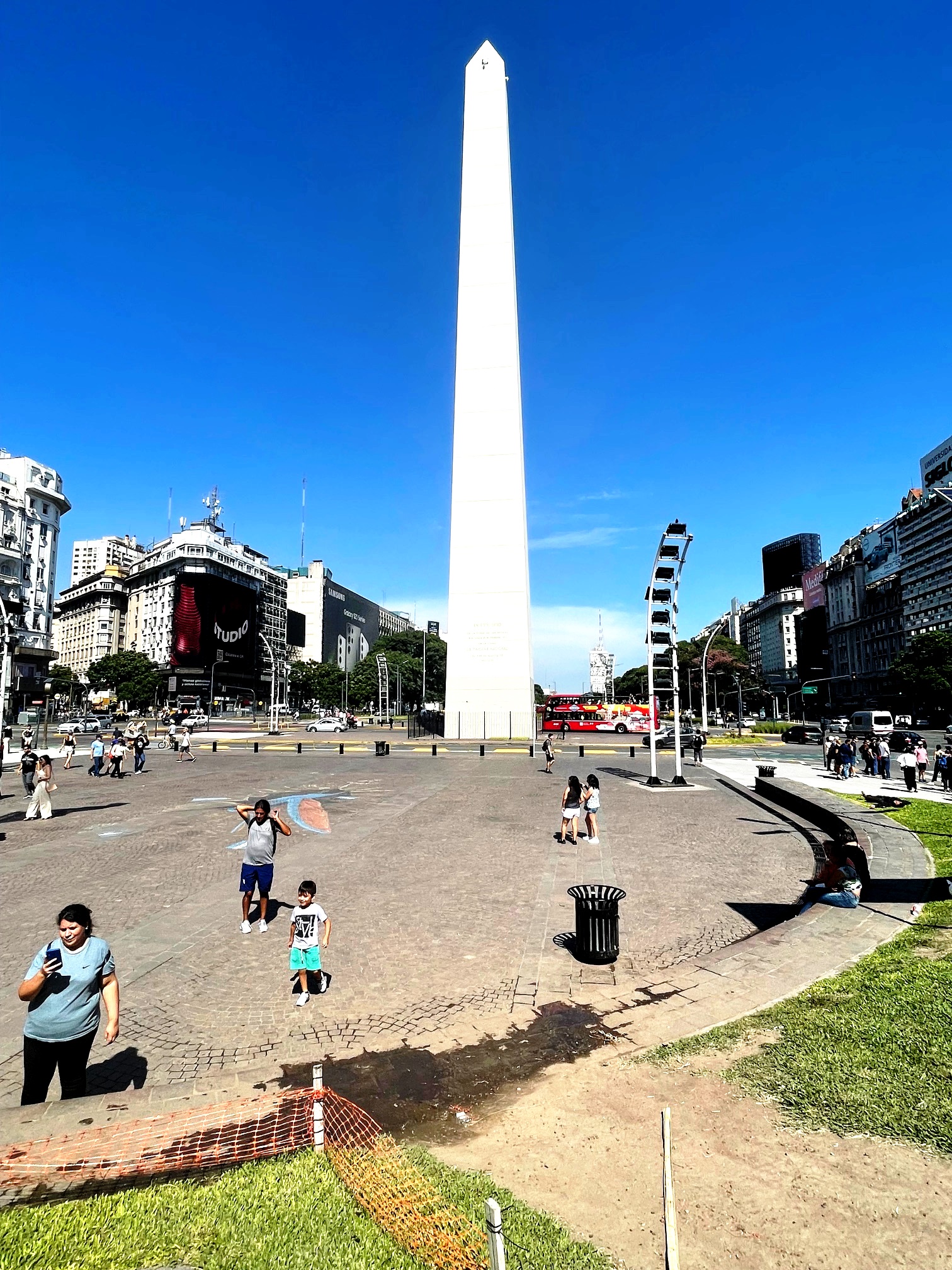 |
The Obelisco de Buenos Aires (Obelisk of Buenos Aires) is a national historic monument and icon of Buenos Aires.
Located in the Plaza de la Rep�blica in the intersection of avenues Corrientes and 9 de Julio, it was erected in 1936 to commemorate the quadricentennial of the first foundation of the city.
|
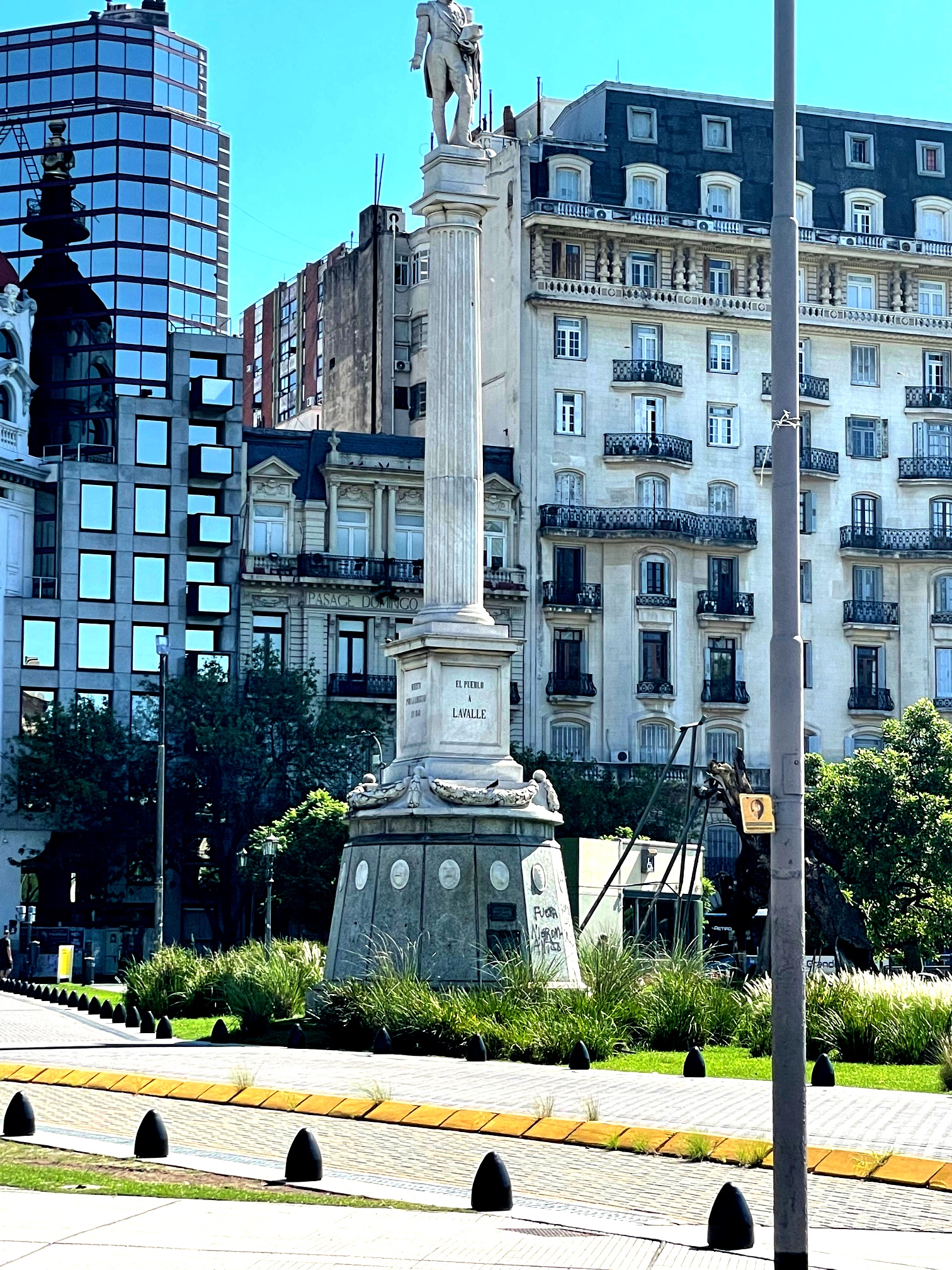 |
On the board of Norwegian Dawn |
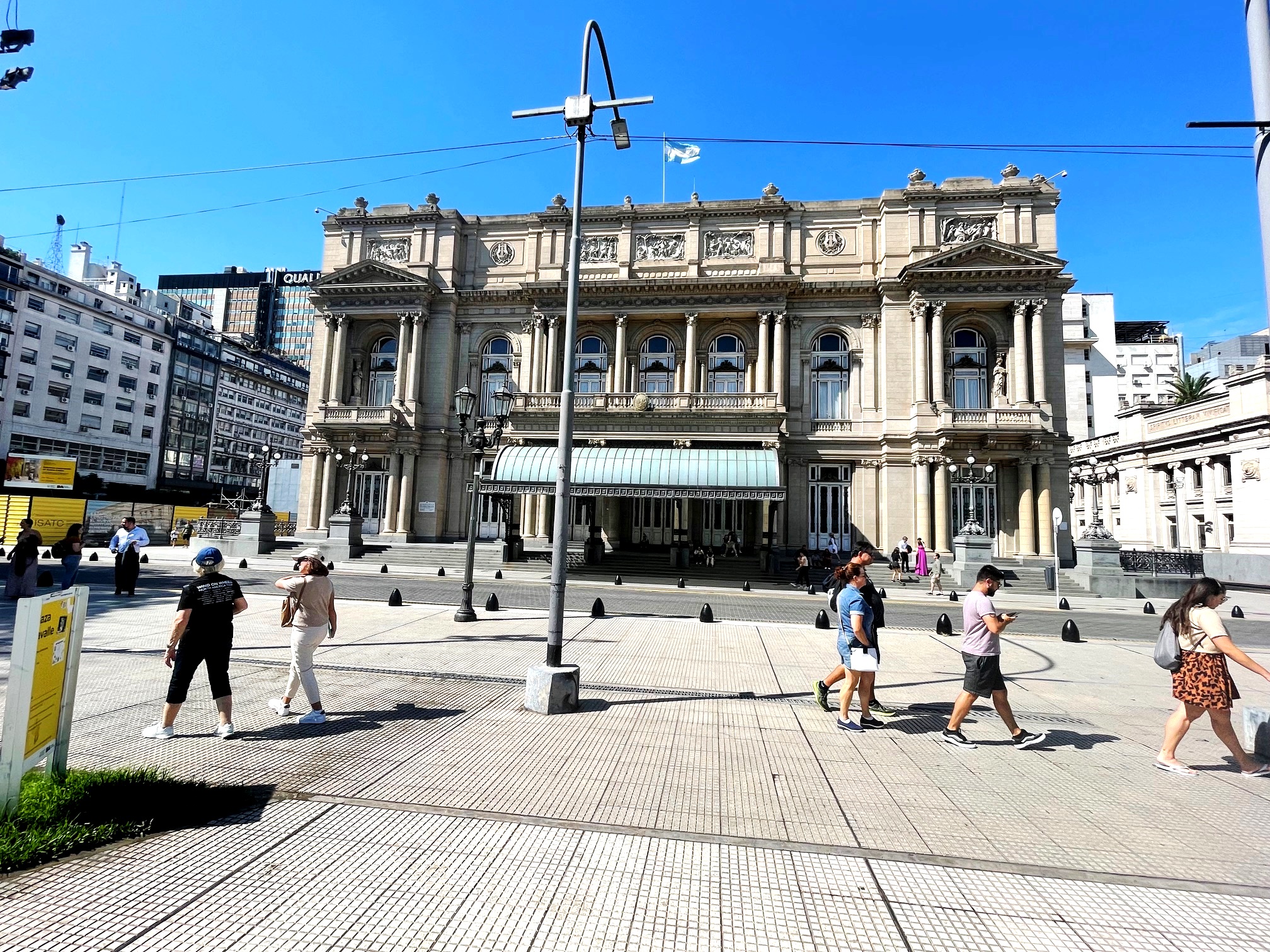 |
On the board of Norwegian Dawn |
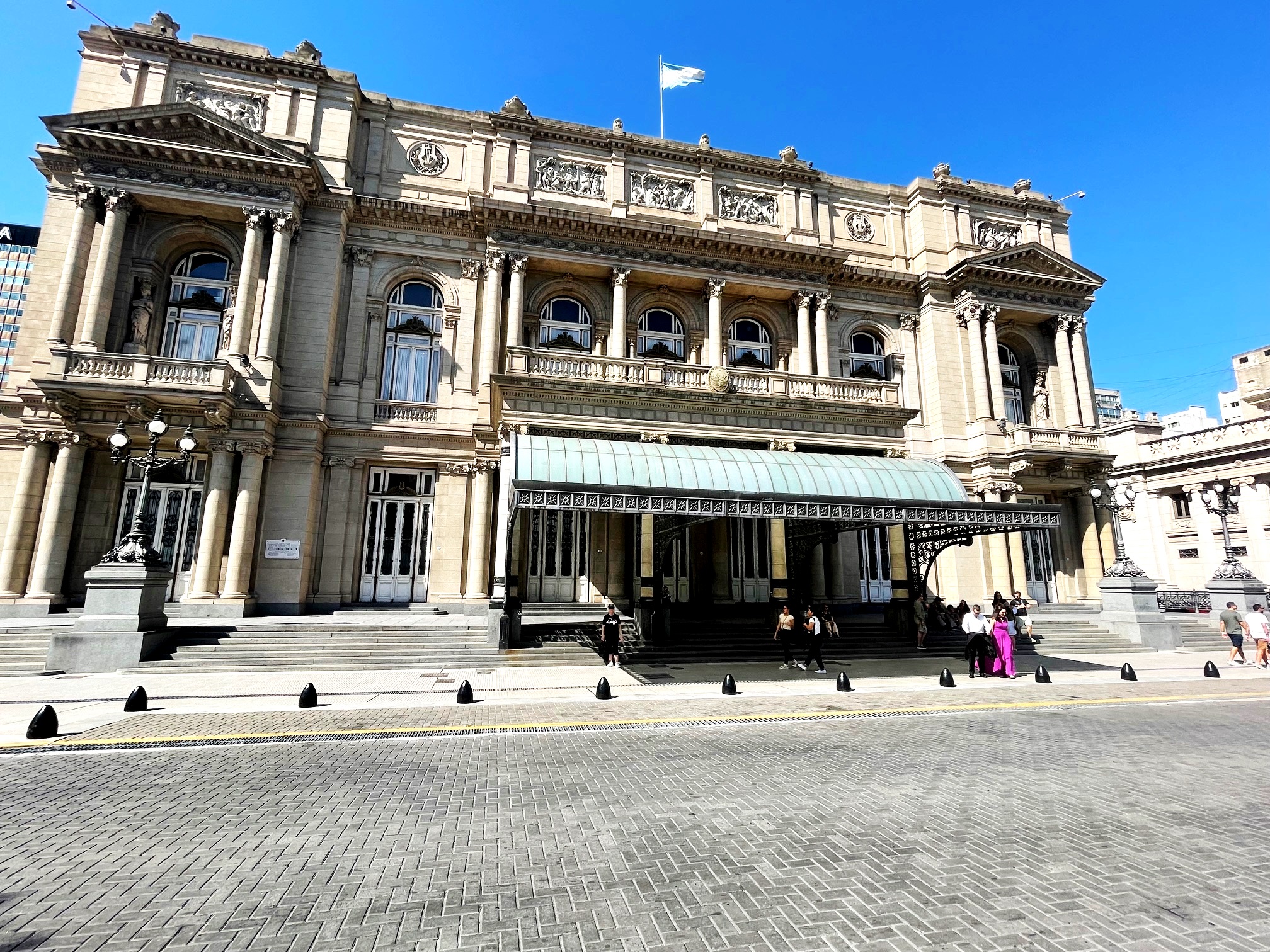 |
On the board of Norwegian Dawn |
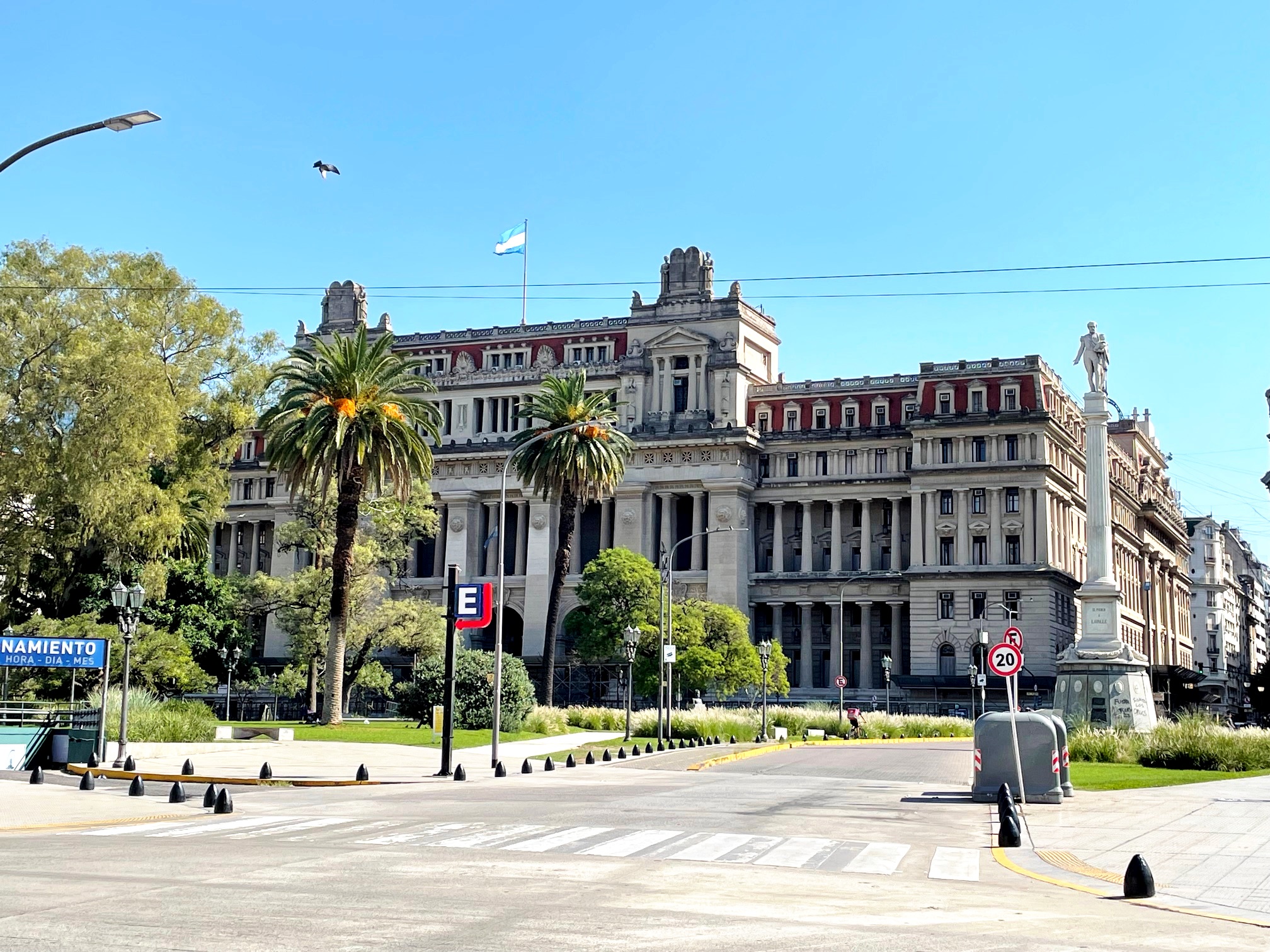 |
On the board of Norwegian Dawn |
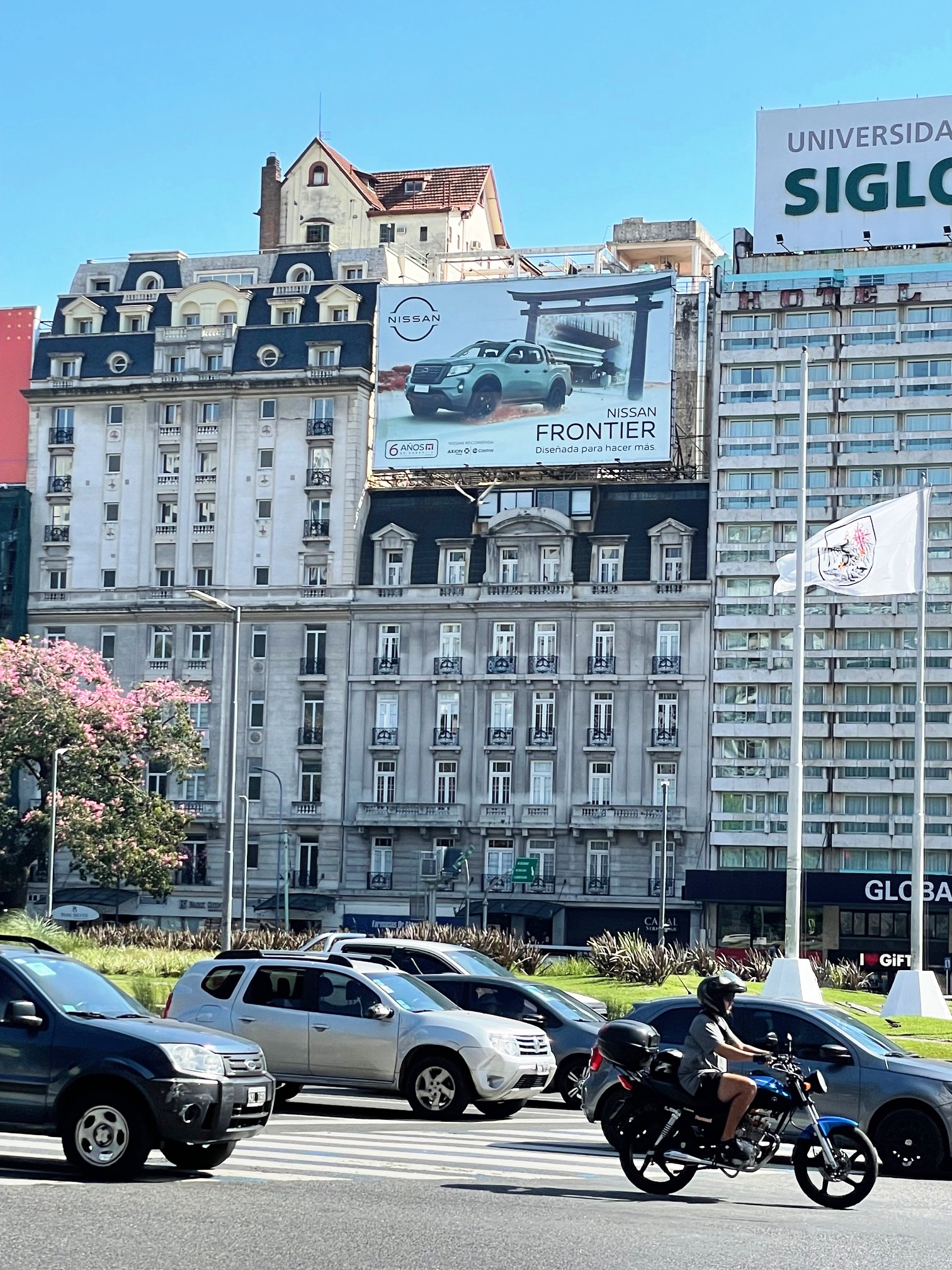 |
On the board of Norwegian Dawn |
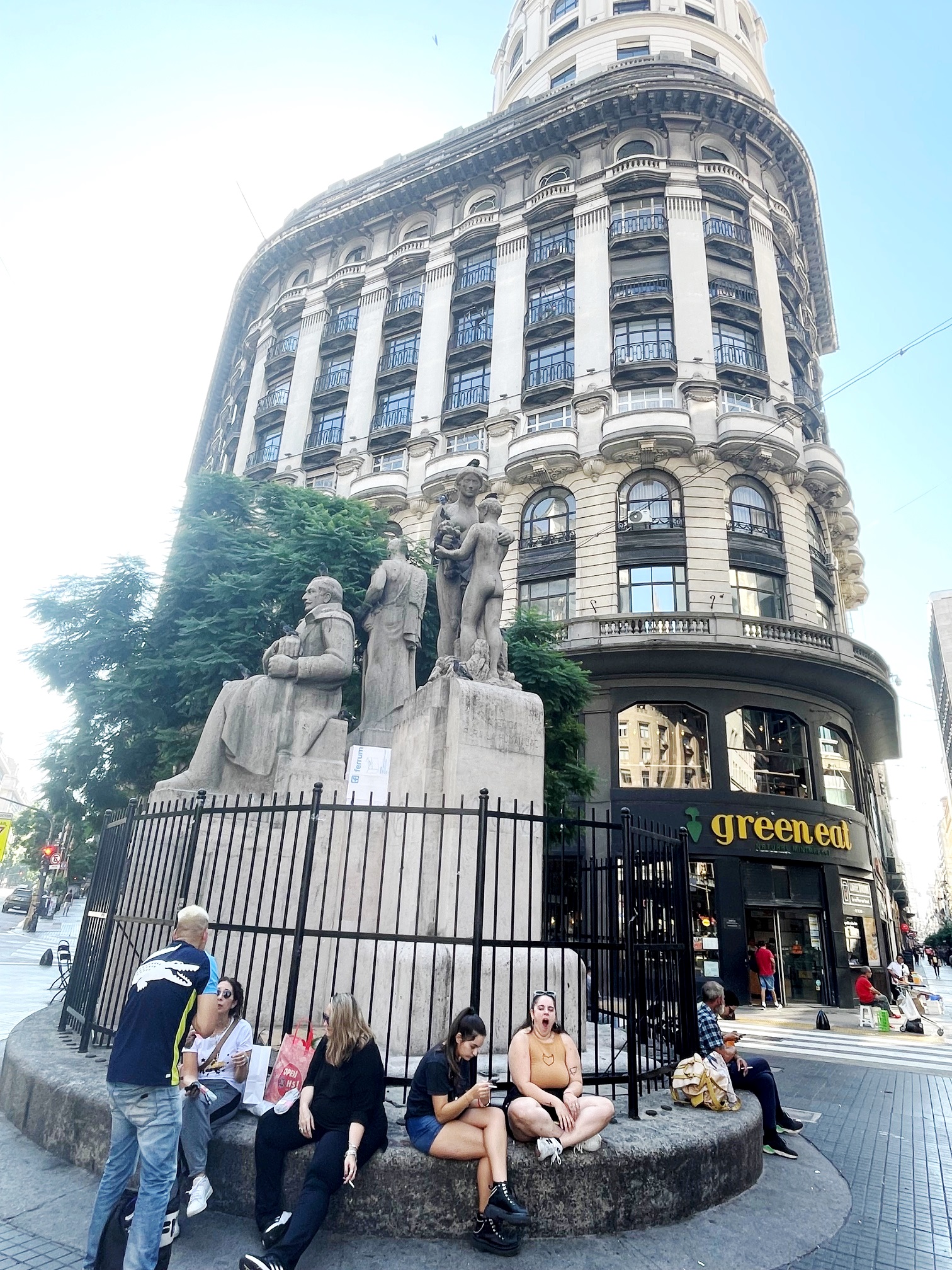 |
On the board of Norwegian Dawn |
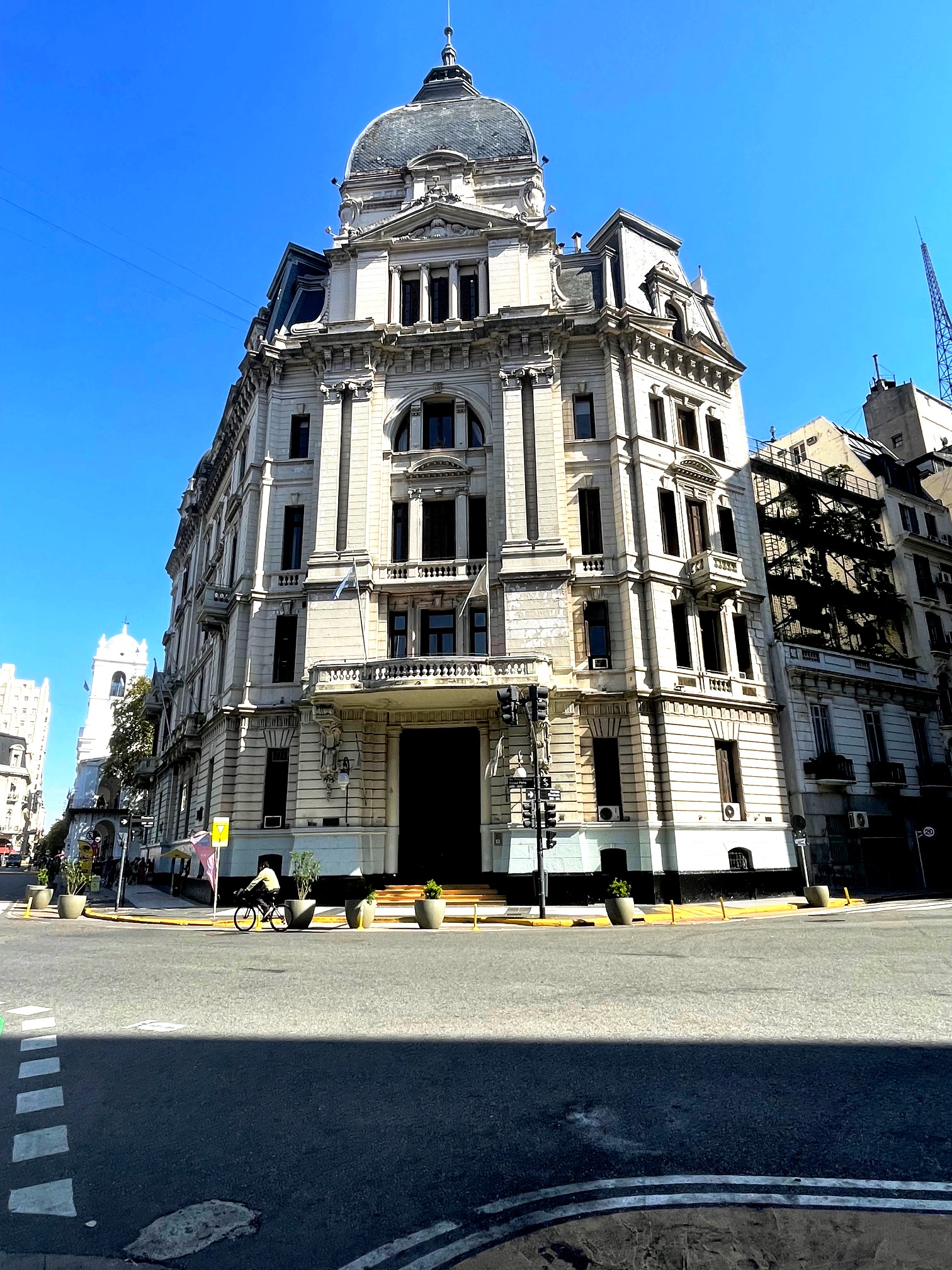 |
In the theatre |
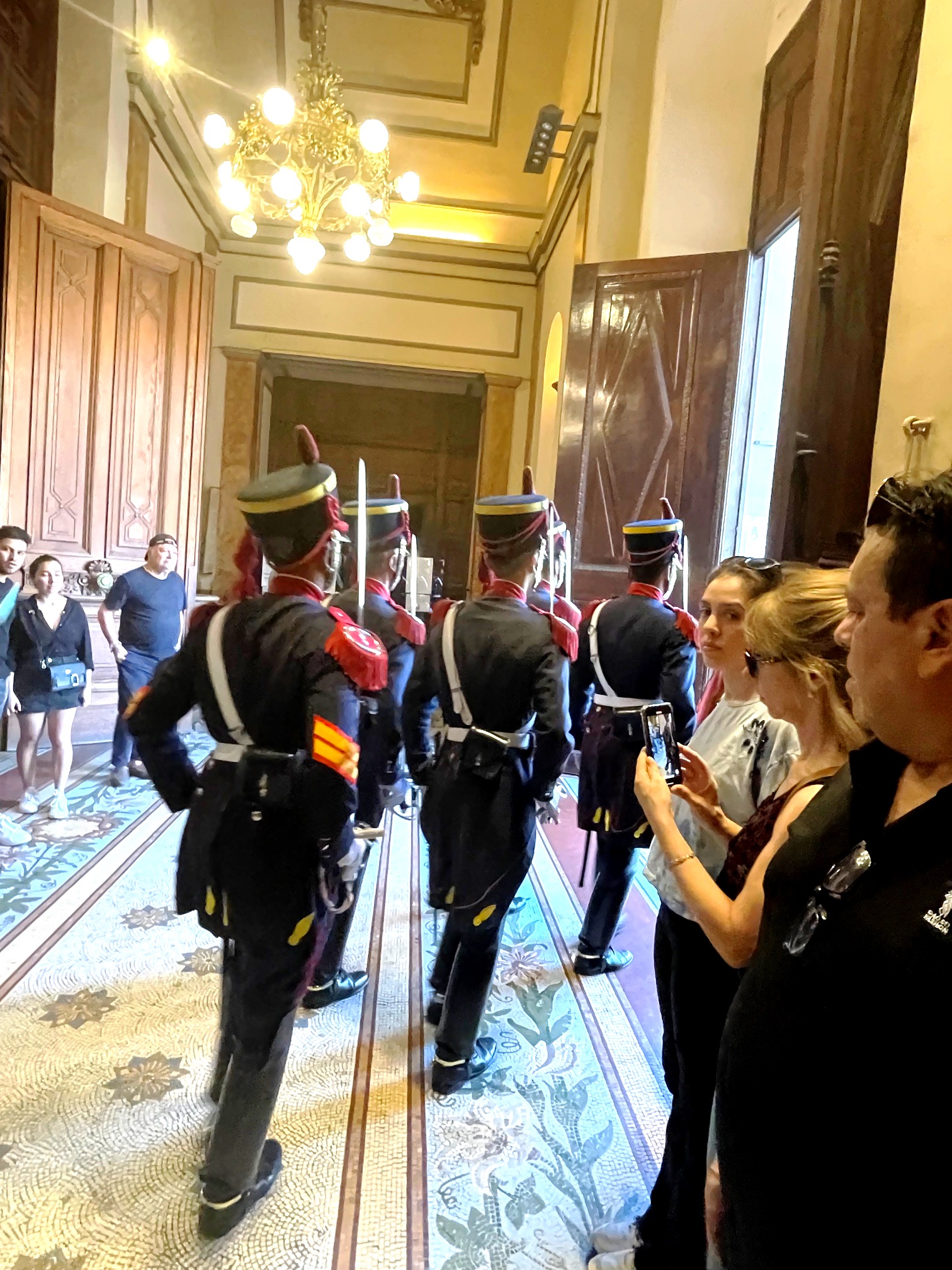 |
In the theatre |
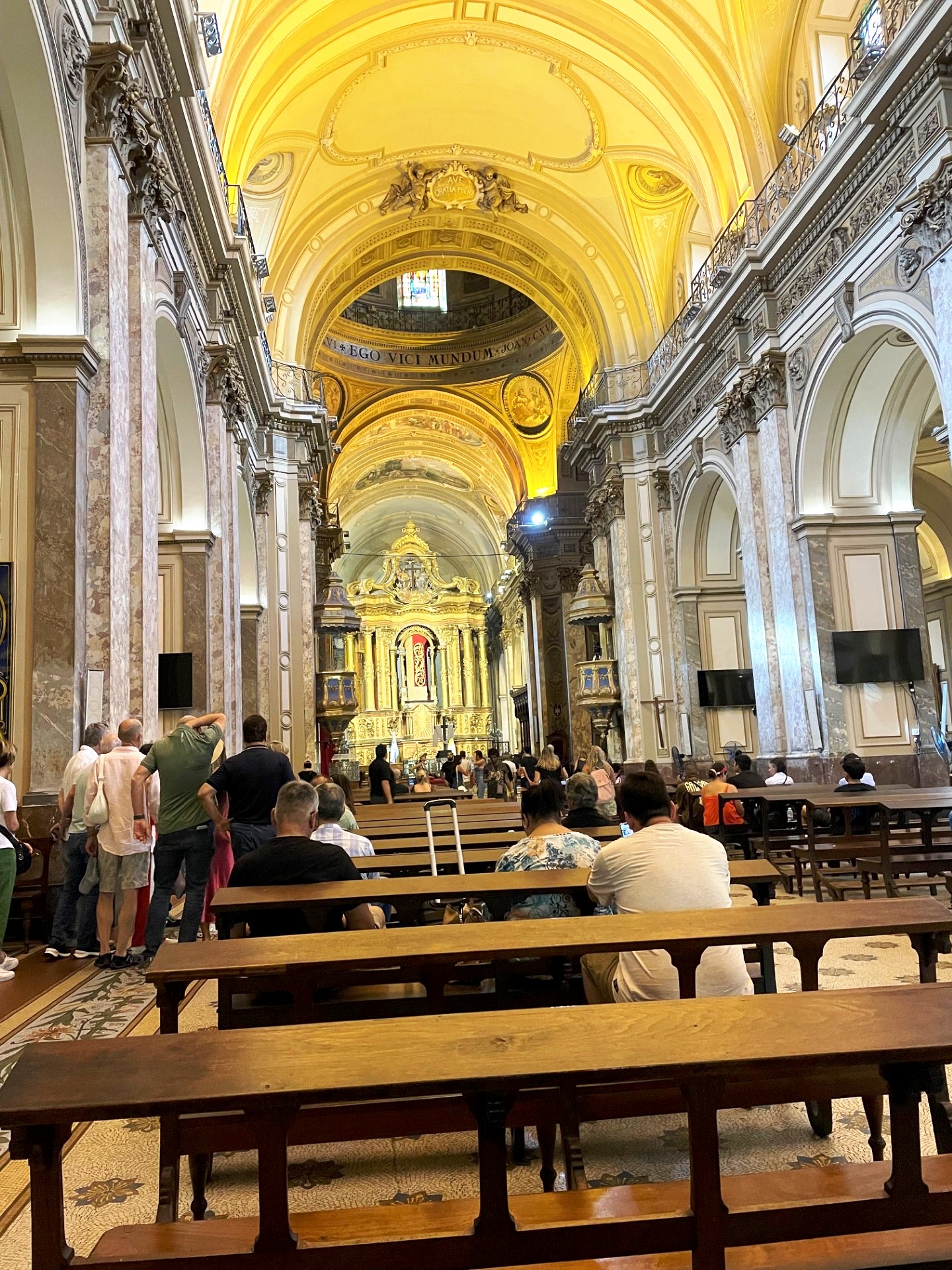 |
Art Auction |
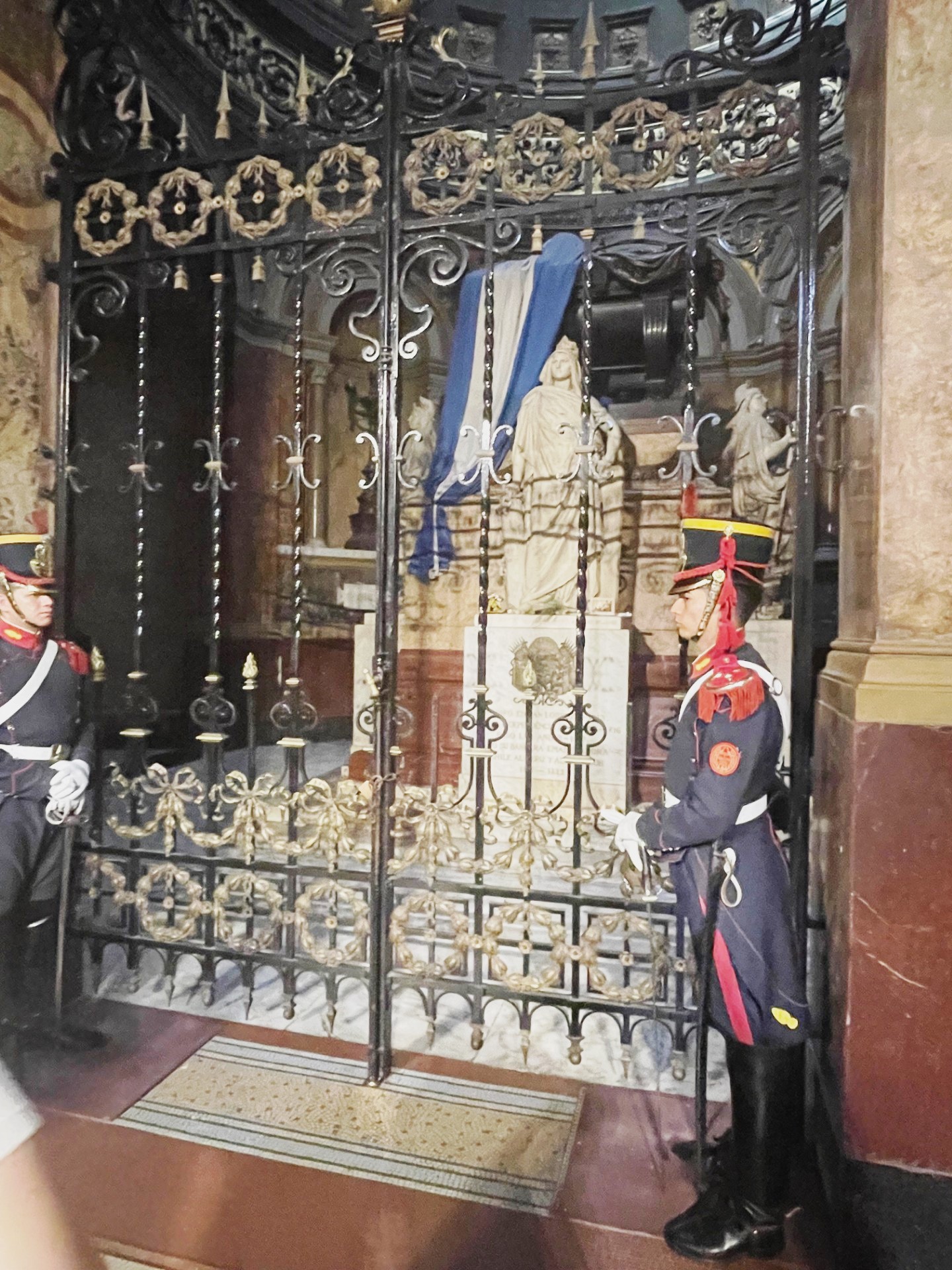 |
Art Auction |
 |
On the board of Norwegian Dawn |
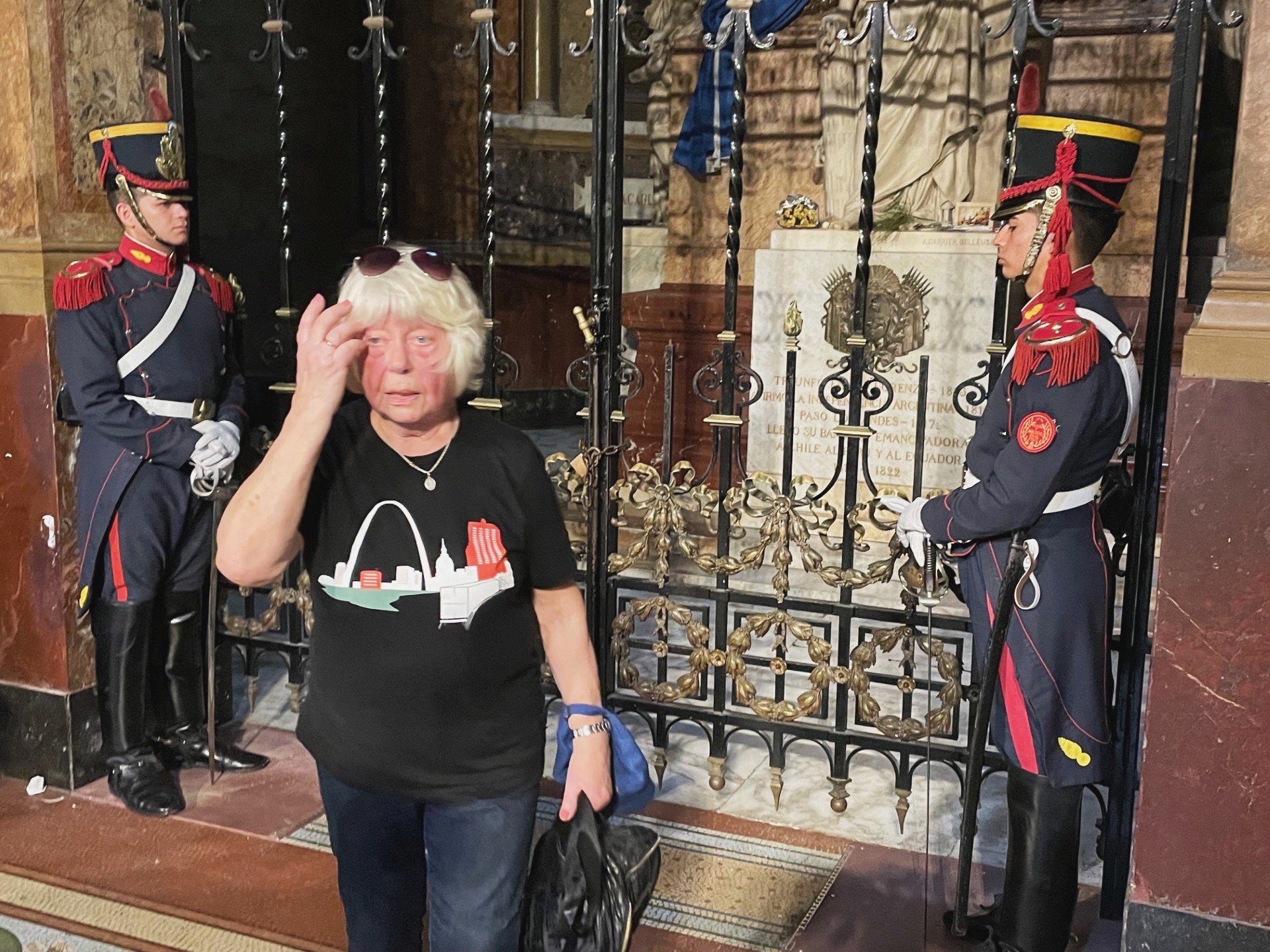 |
On the board of Norwegian Dawn |
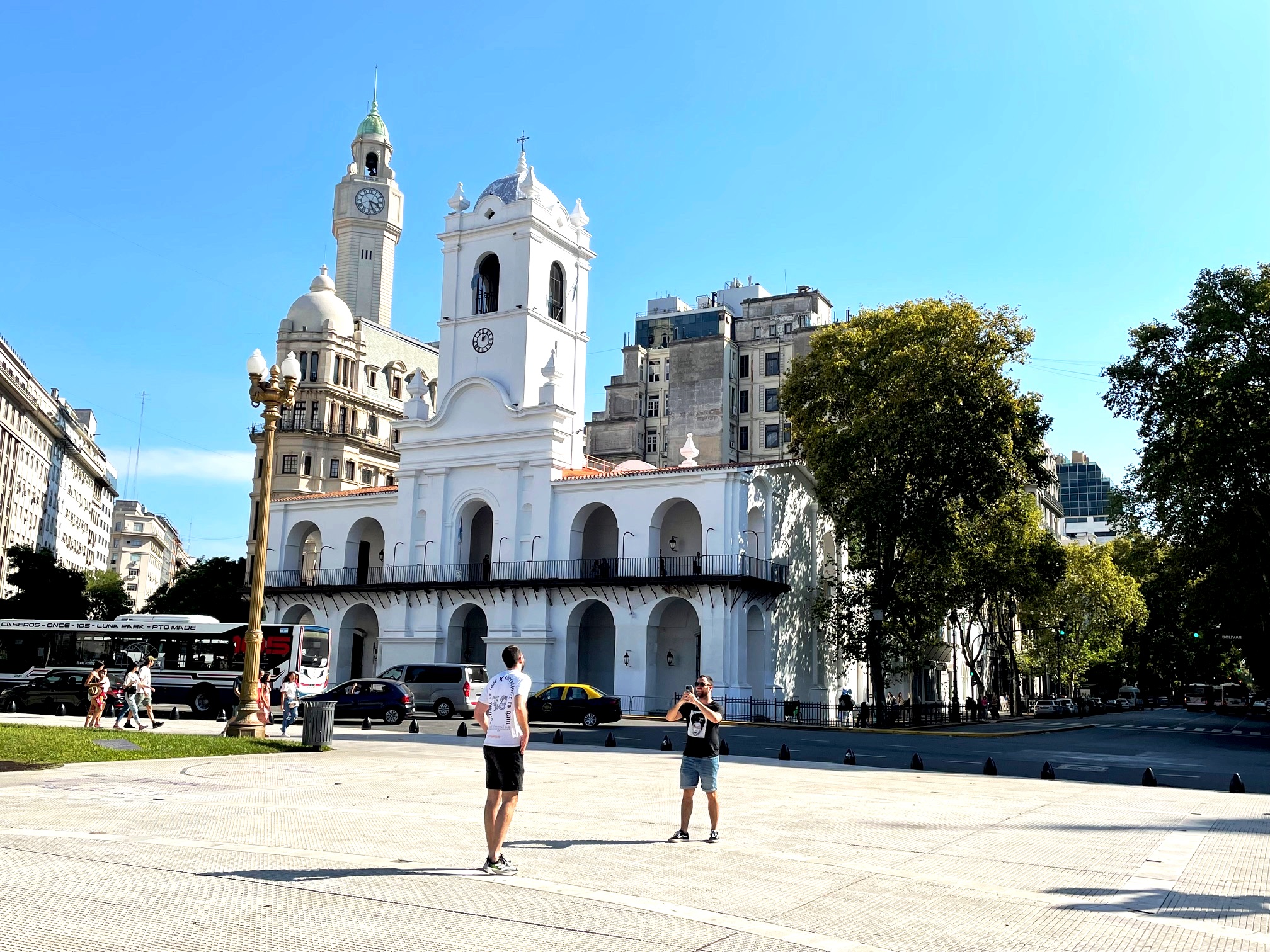 |
On the board of Norwegian Dawn |
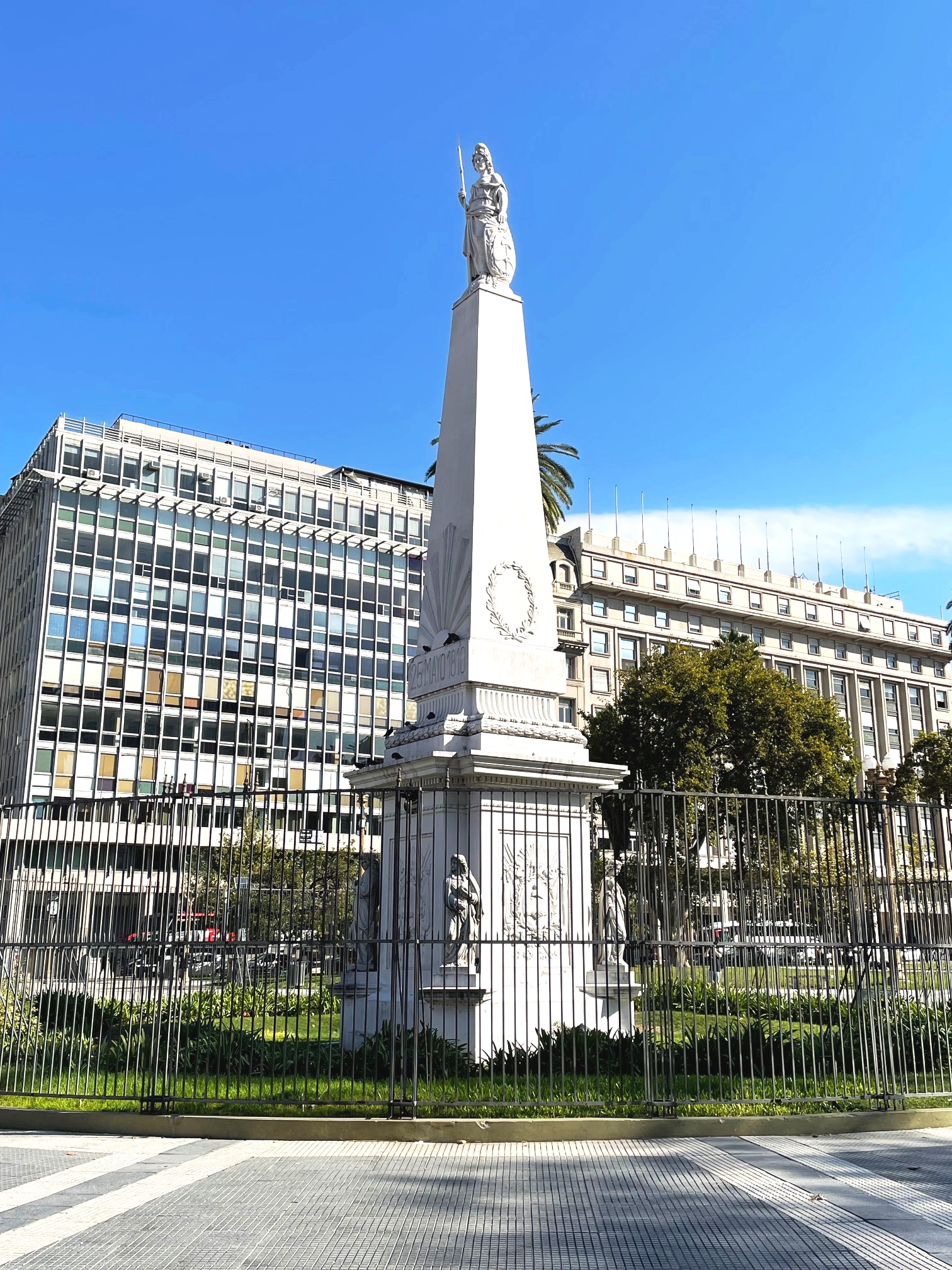 |
On the board of Norwegian Dawn |
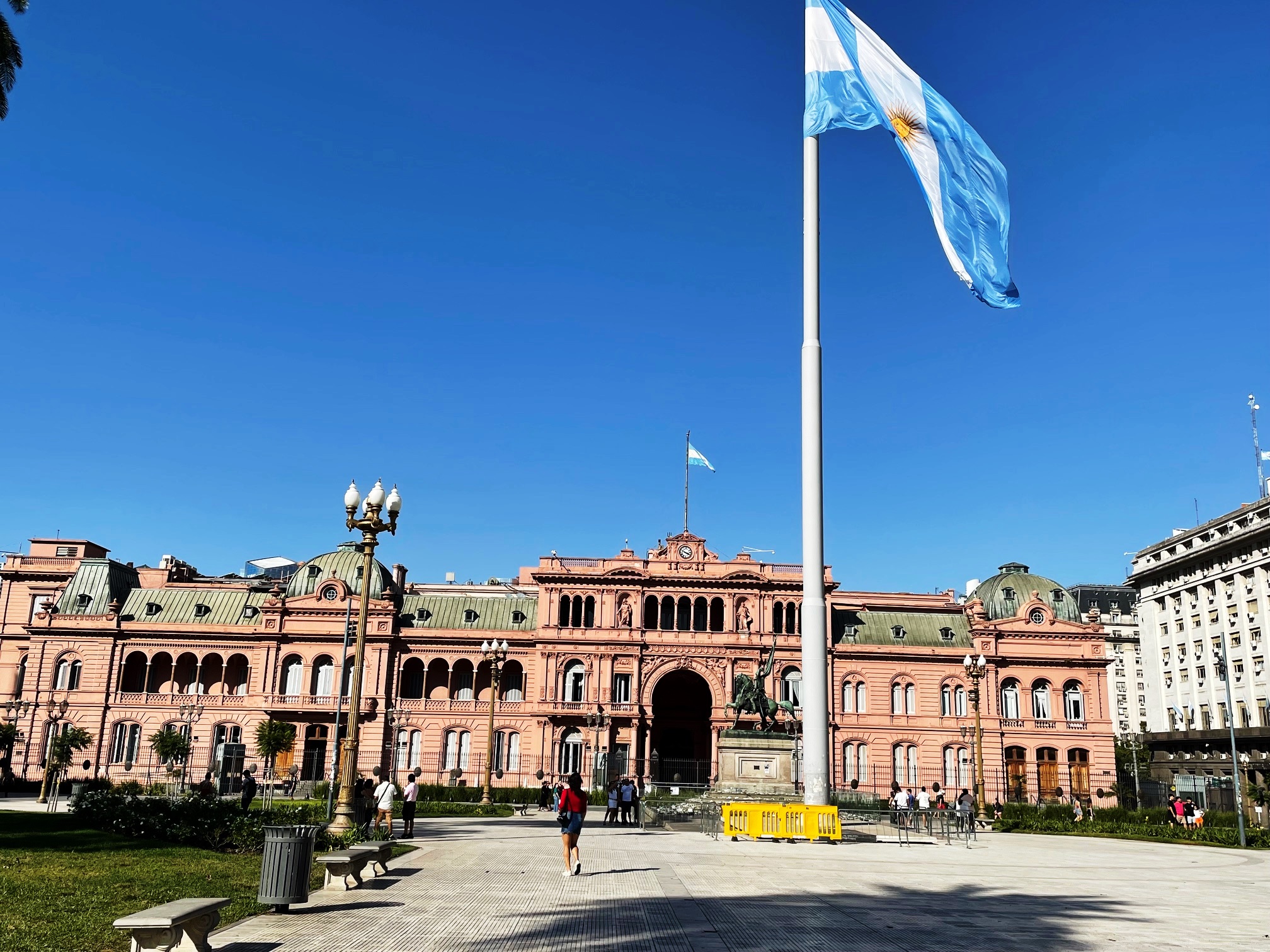 |
On the board of Norwegian Dawn |
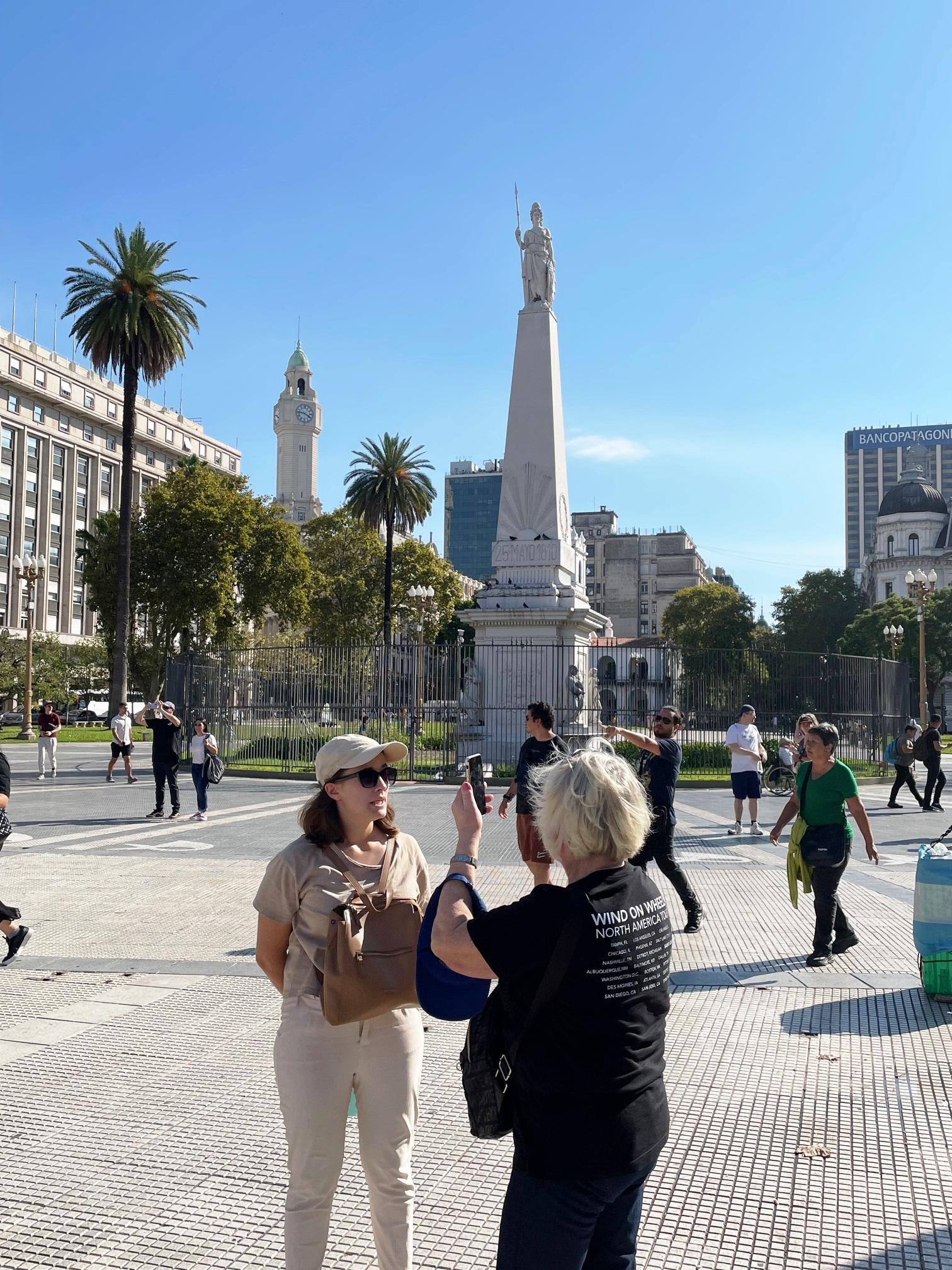 |
On the board of Norwegian Dawn |
 |
In the theatre |
 |
In the theatre |
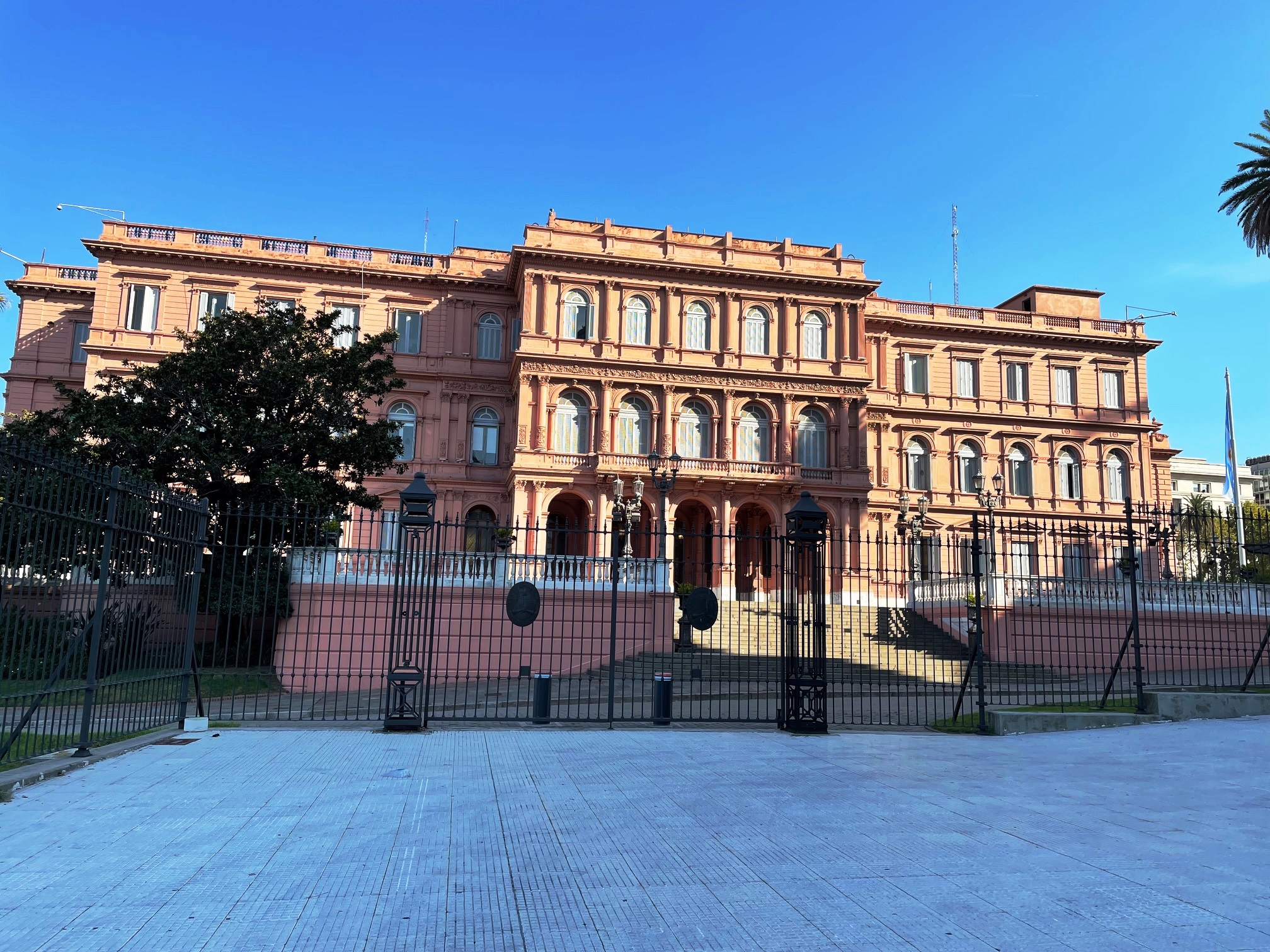 |
Art Auction |
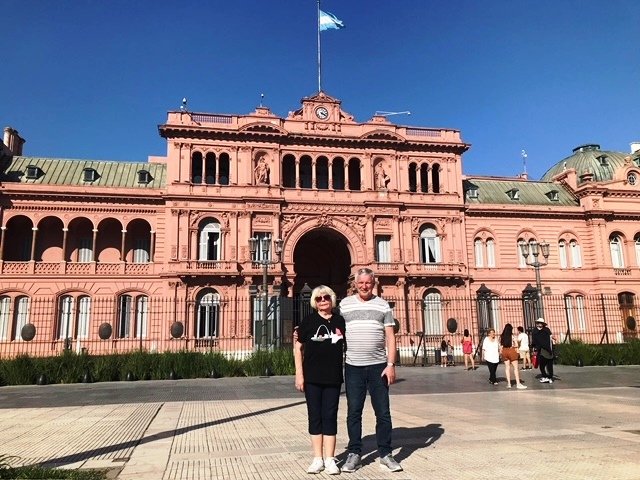 |
Art Auction |
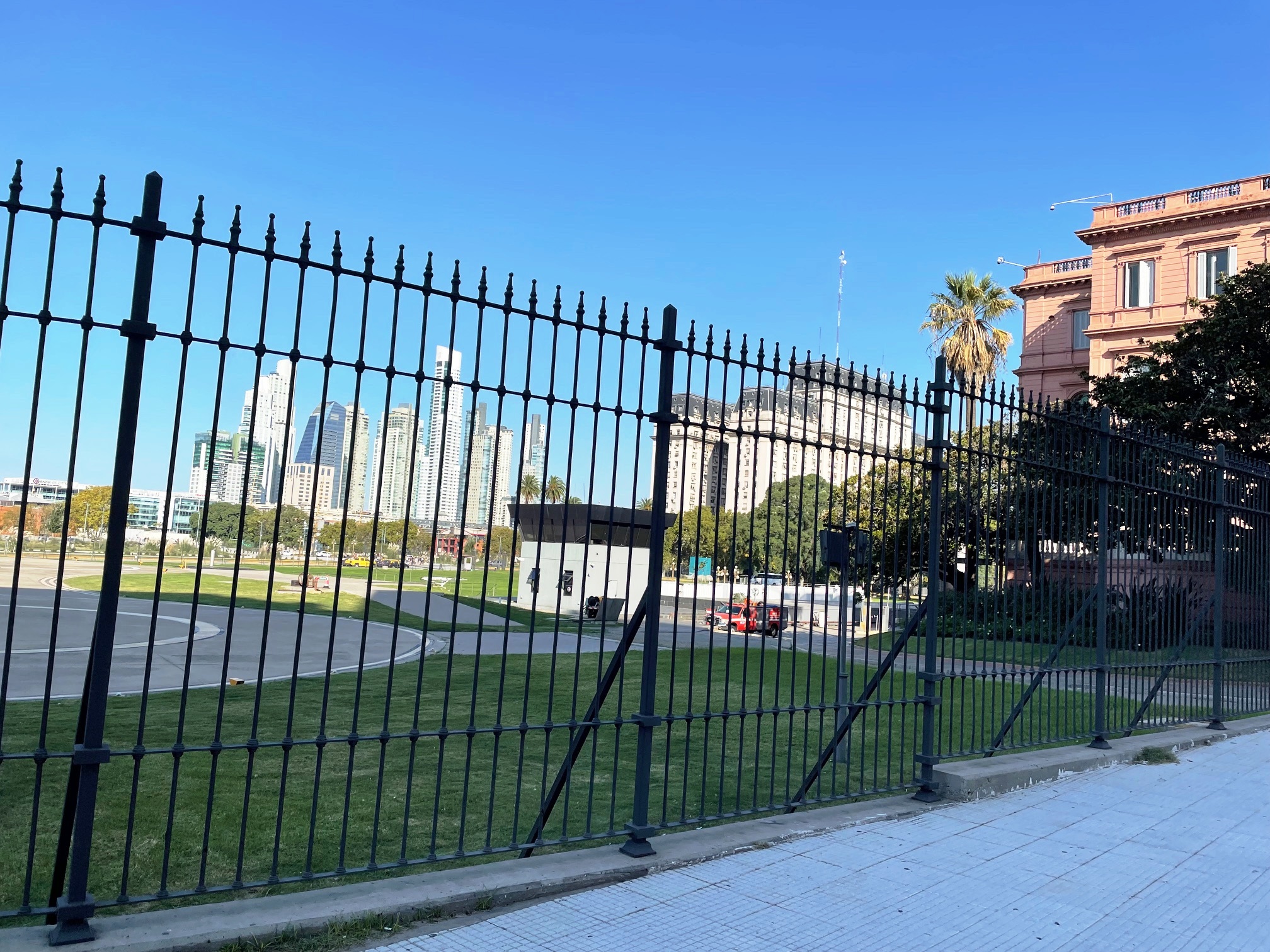 |
On the board of Norwegian Dawn |
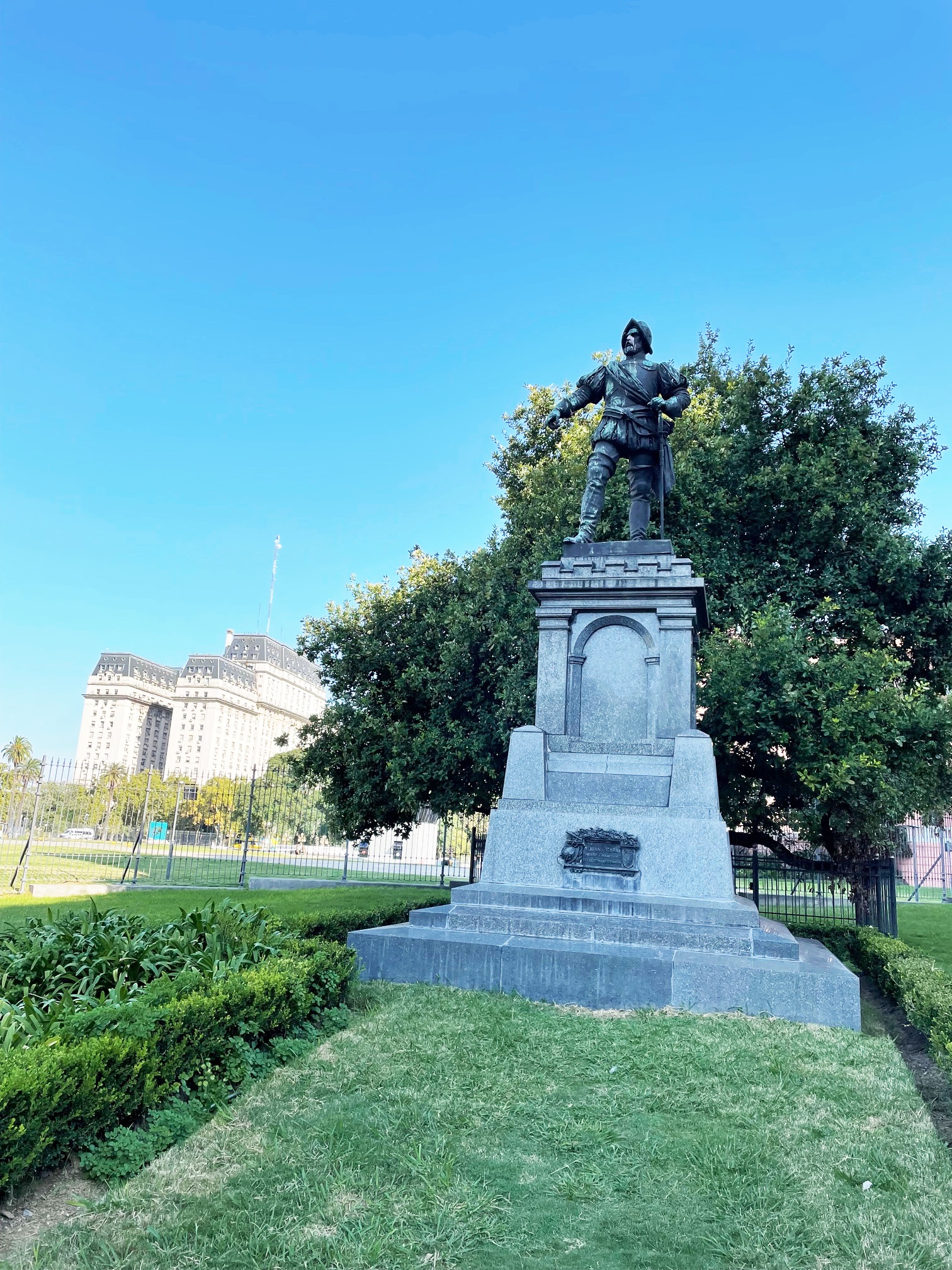 |
Pedro de Mendoza was a Spanish soldier and explorer, the first governor of the R�o de la Plata region of Argentina and founder of Buenos Aires in 1536. |
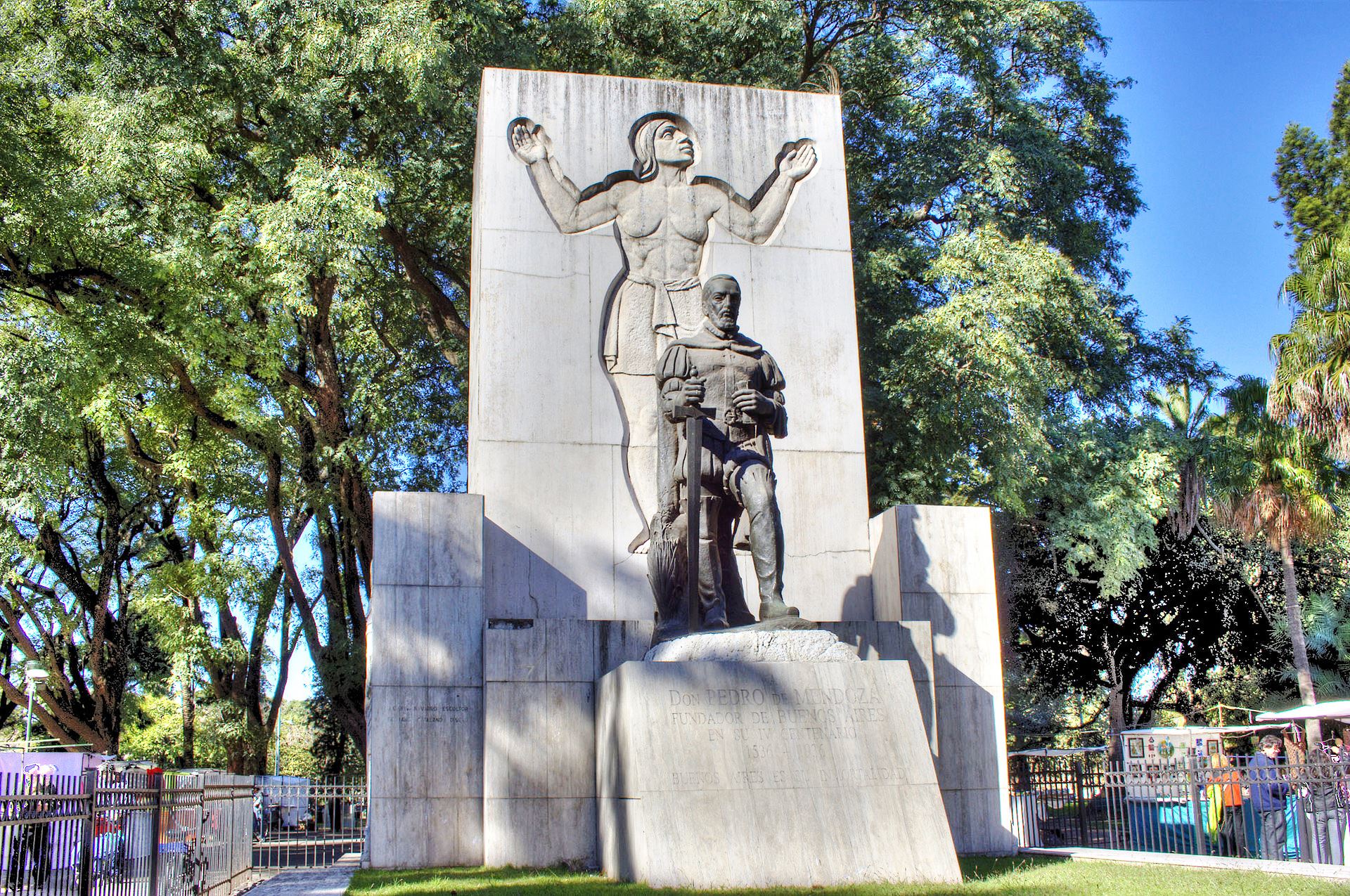 |
On the board of Norwegian Dawn |
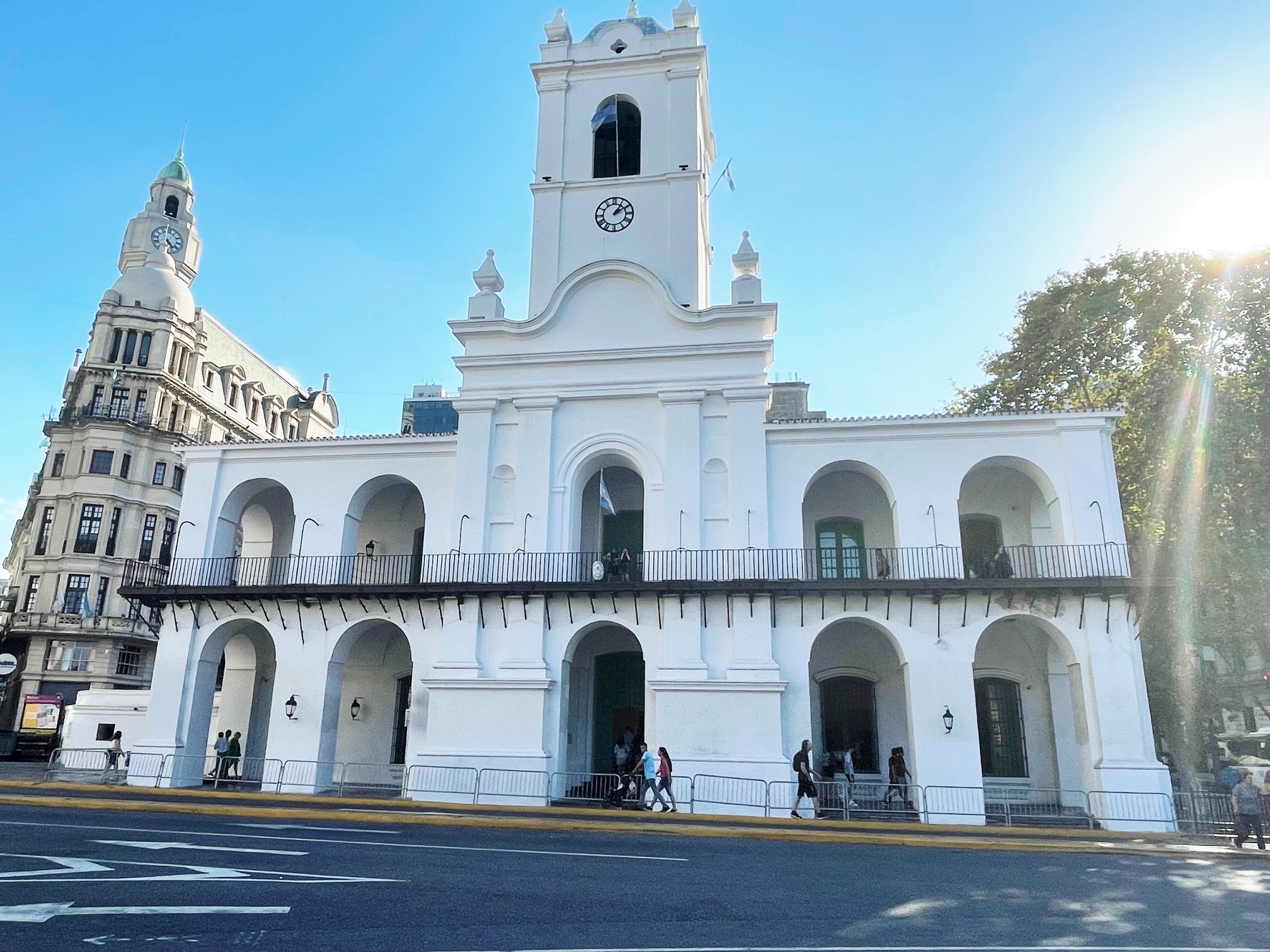 |
On the board of Norwegian Dawn |
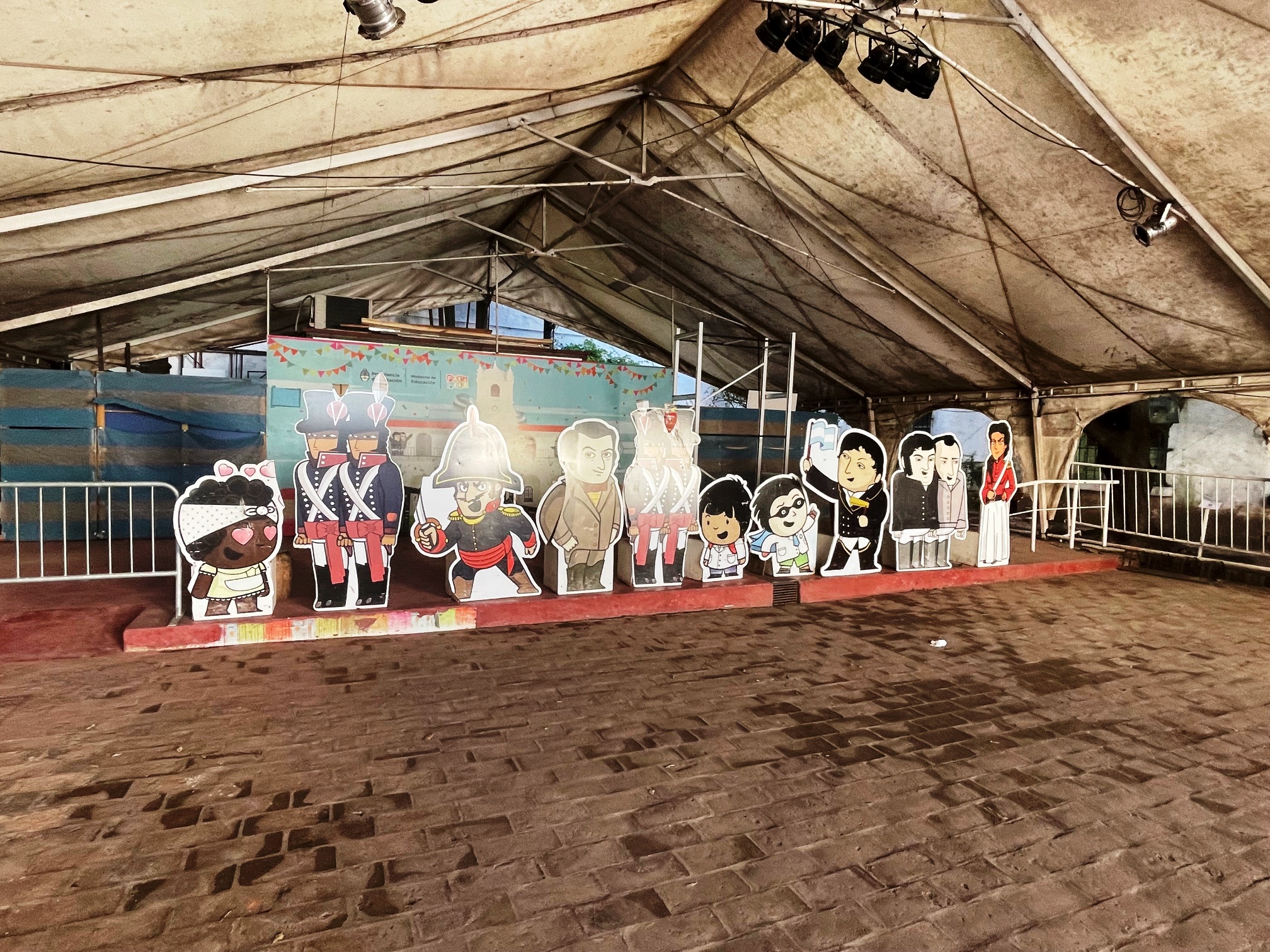 |
On the board of Norwegian Dawn |
 |
On the board of Norwegian Dawn |
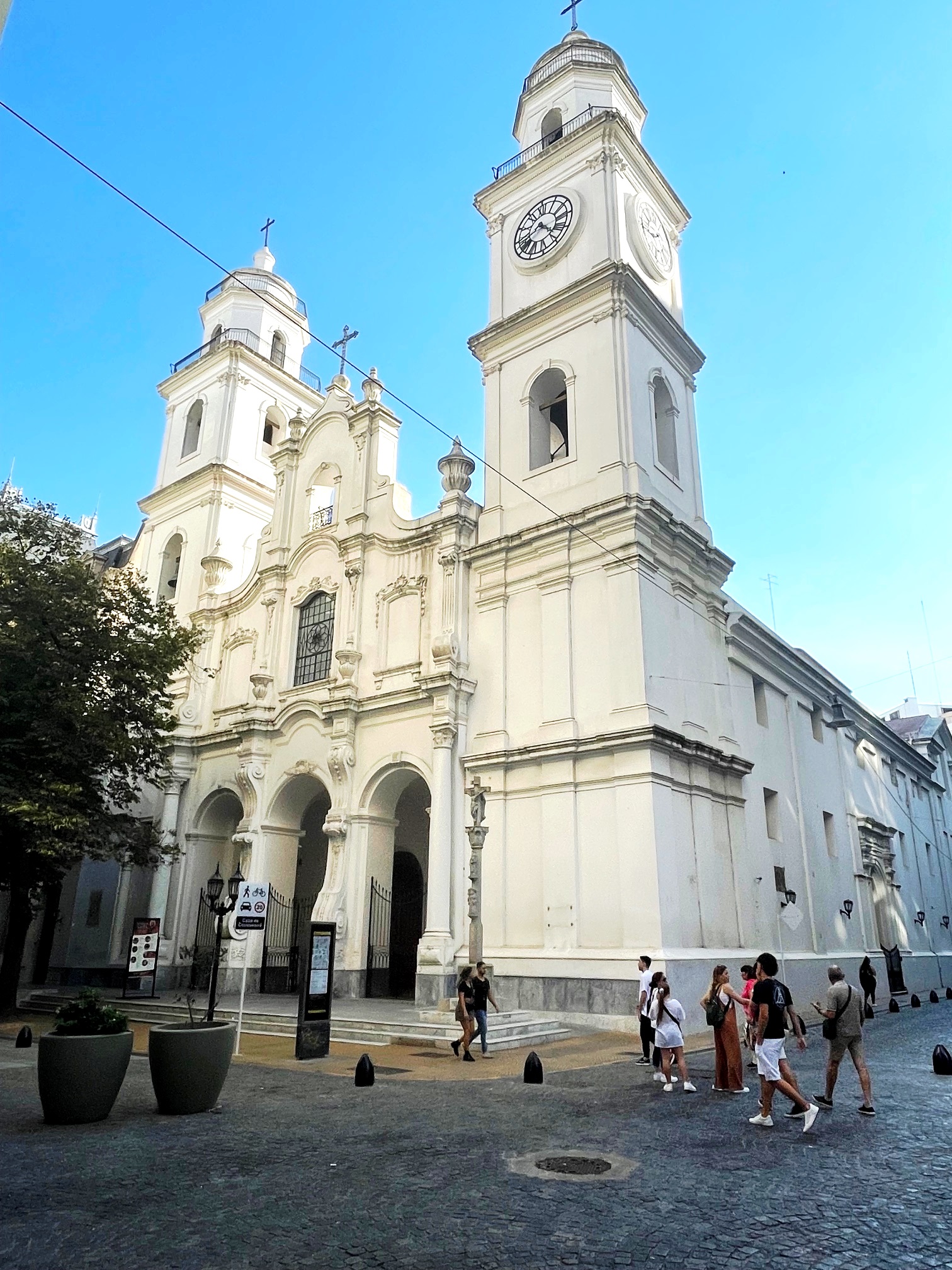 |
In the theatre |
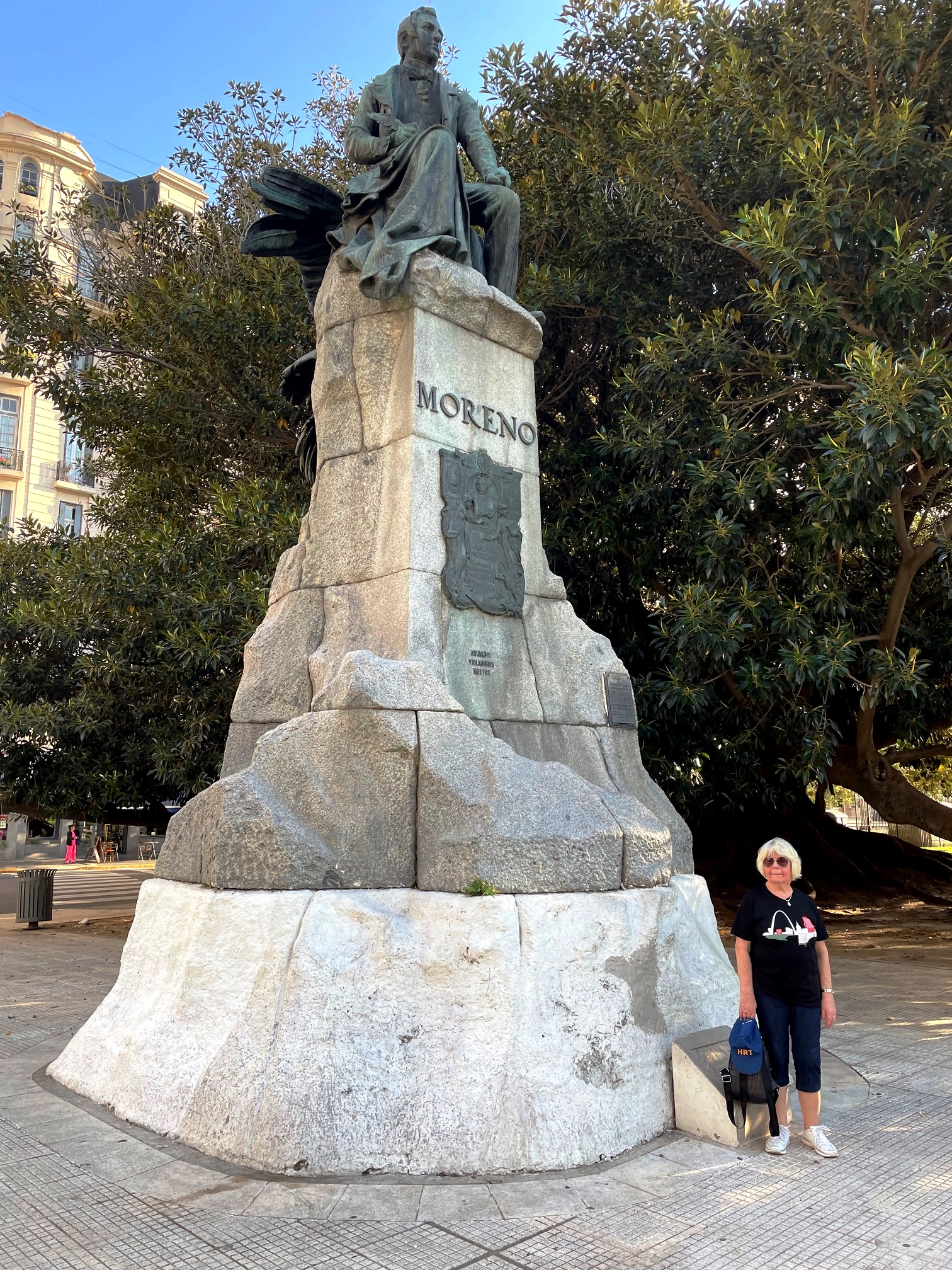 |
Monument to Mariano Moreno, Argentinian lawer, journalist, amd politician. He played a decisive role in the Primera Junta, the first national government of Argentina, created May 25, 1810 after the May Revolution. |
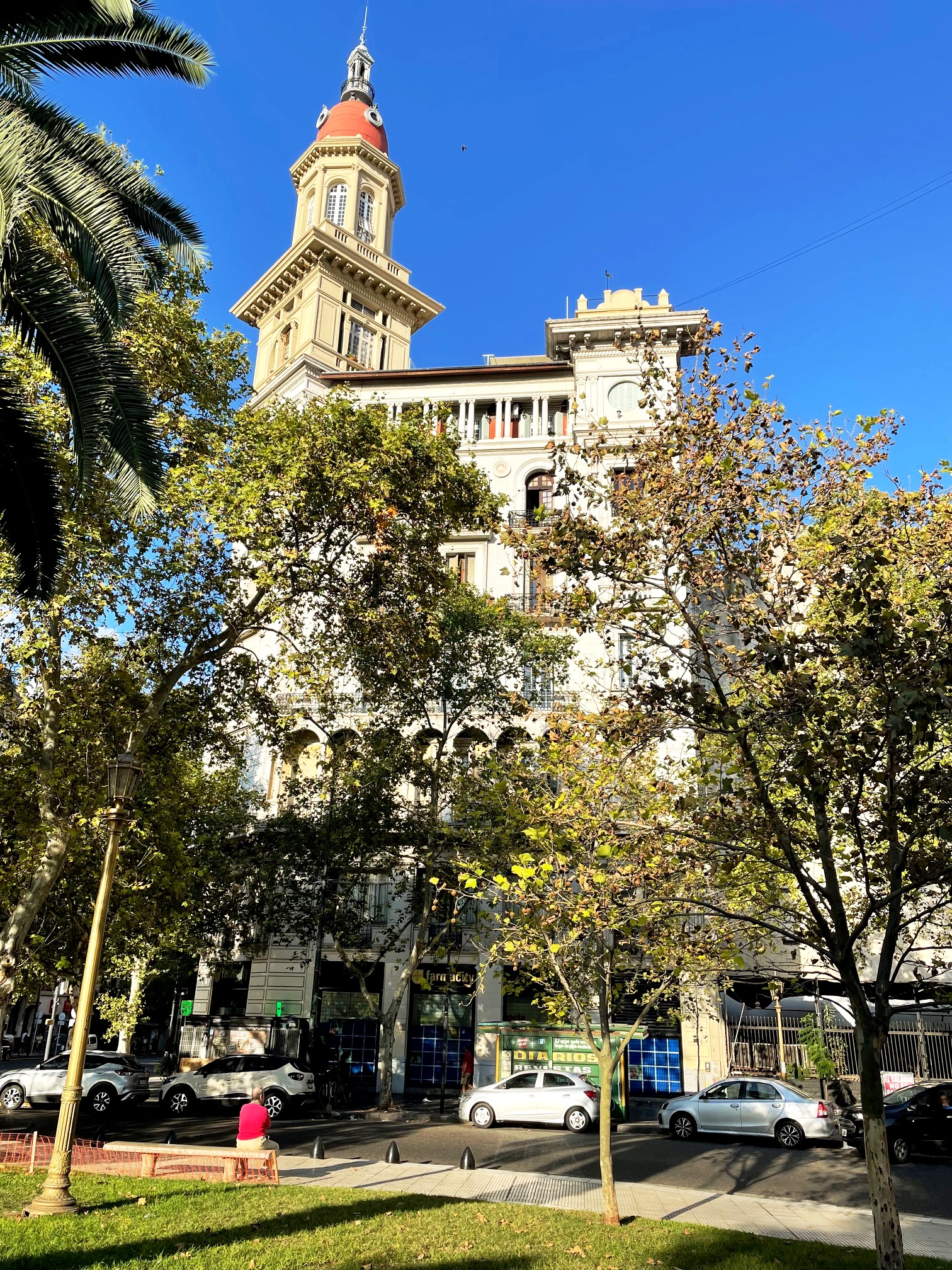 |
Art Auction |
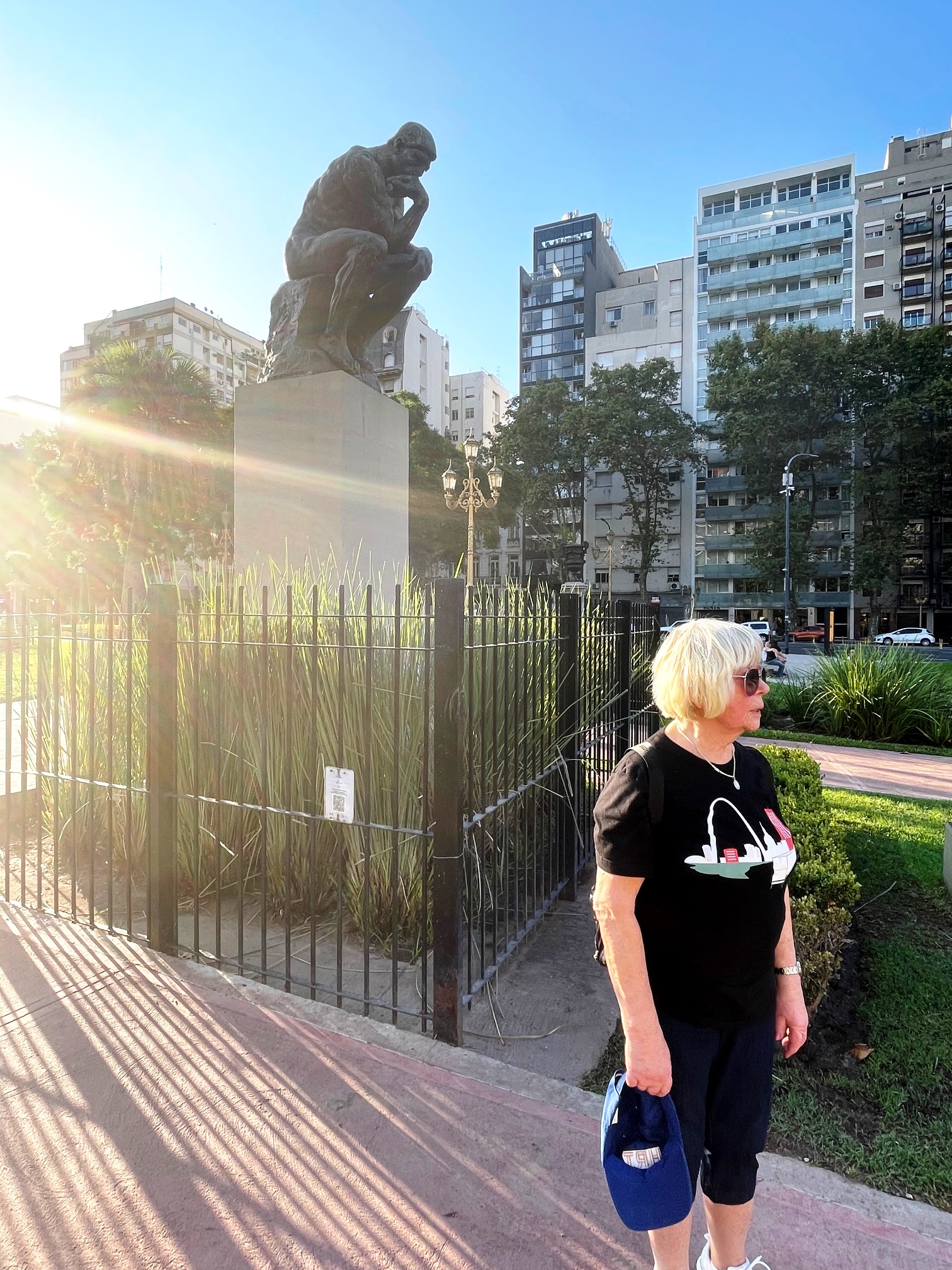 |
On the board of Norwegian Dawn |
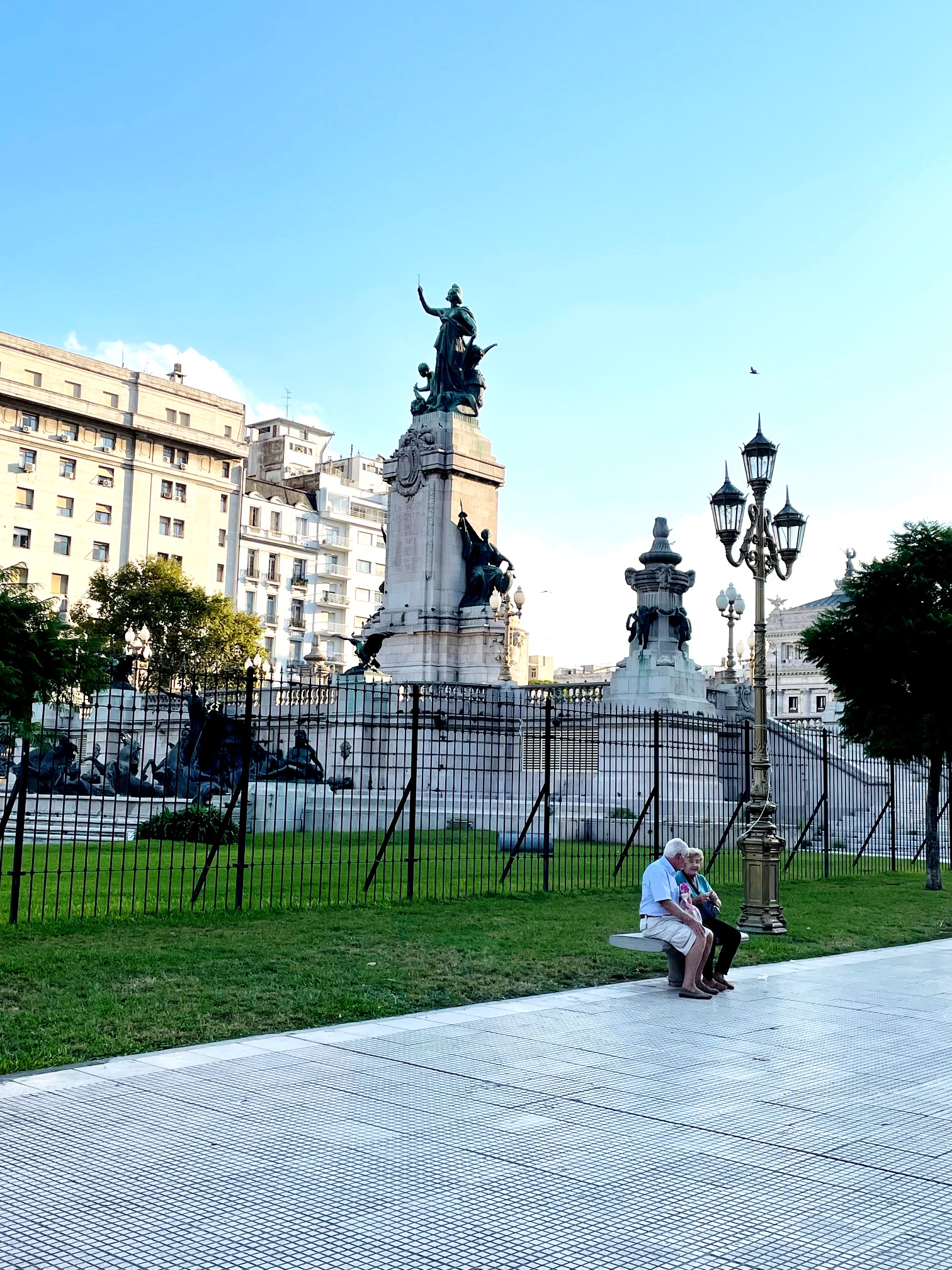 |
On the board of Norwegian Dawn |
 |
On the board of Norwegian Dawn |
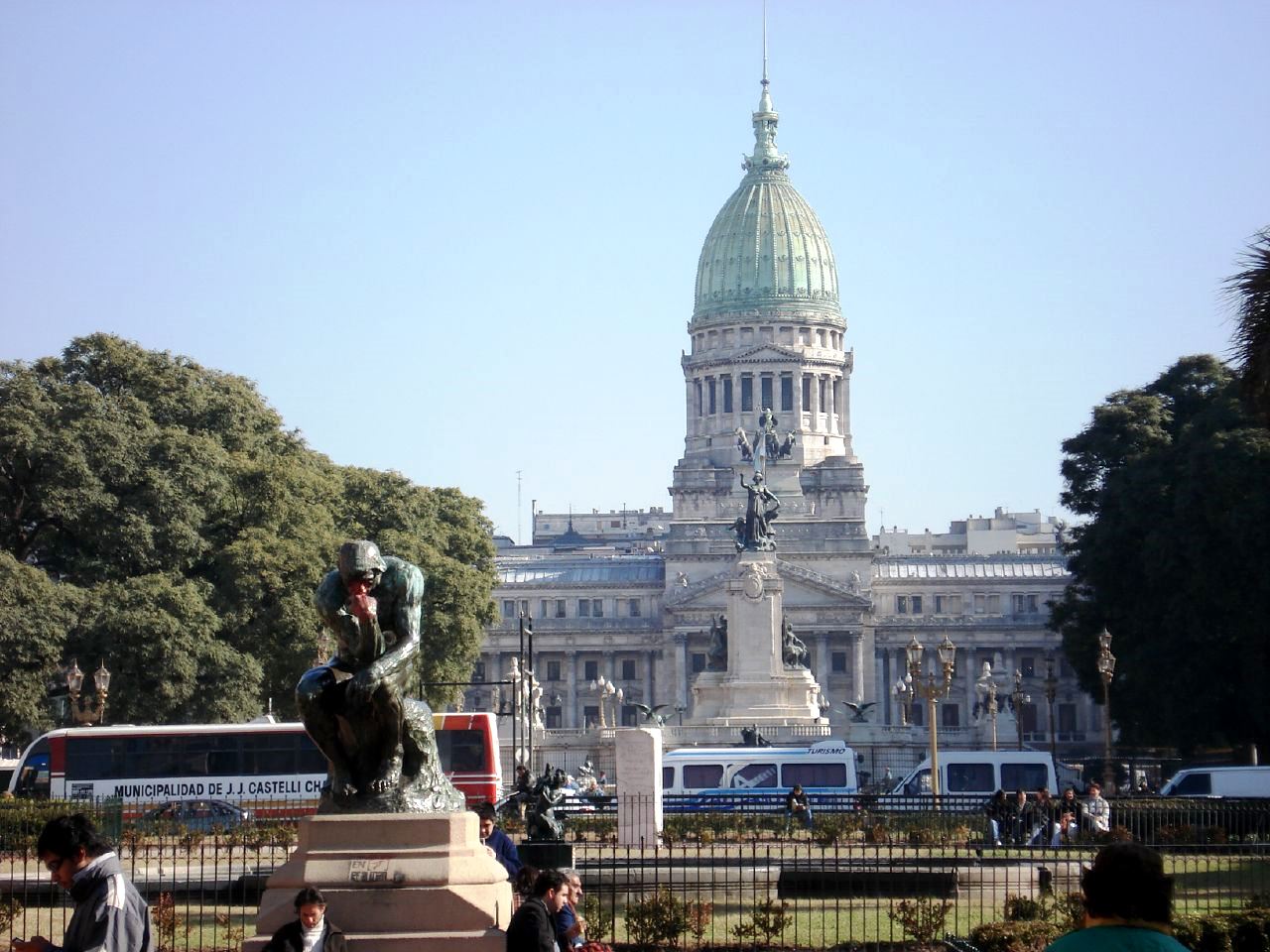 |
On the board of Norwegian Dawn |
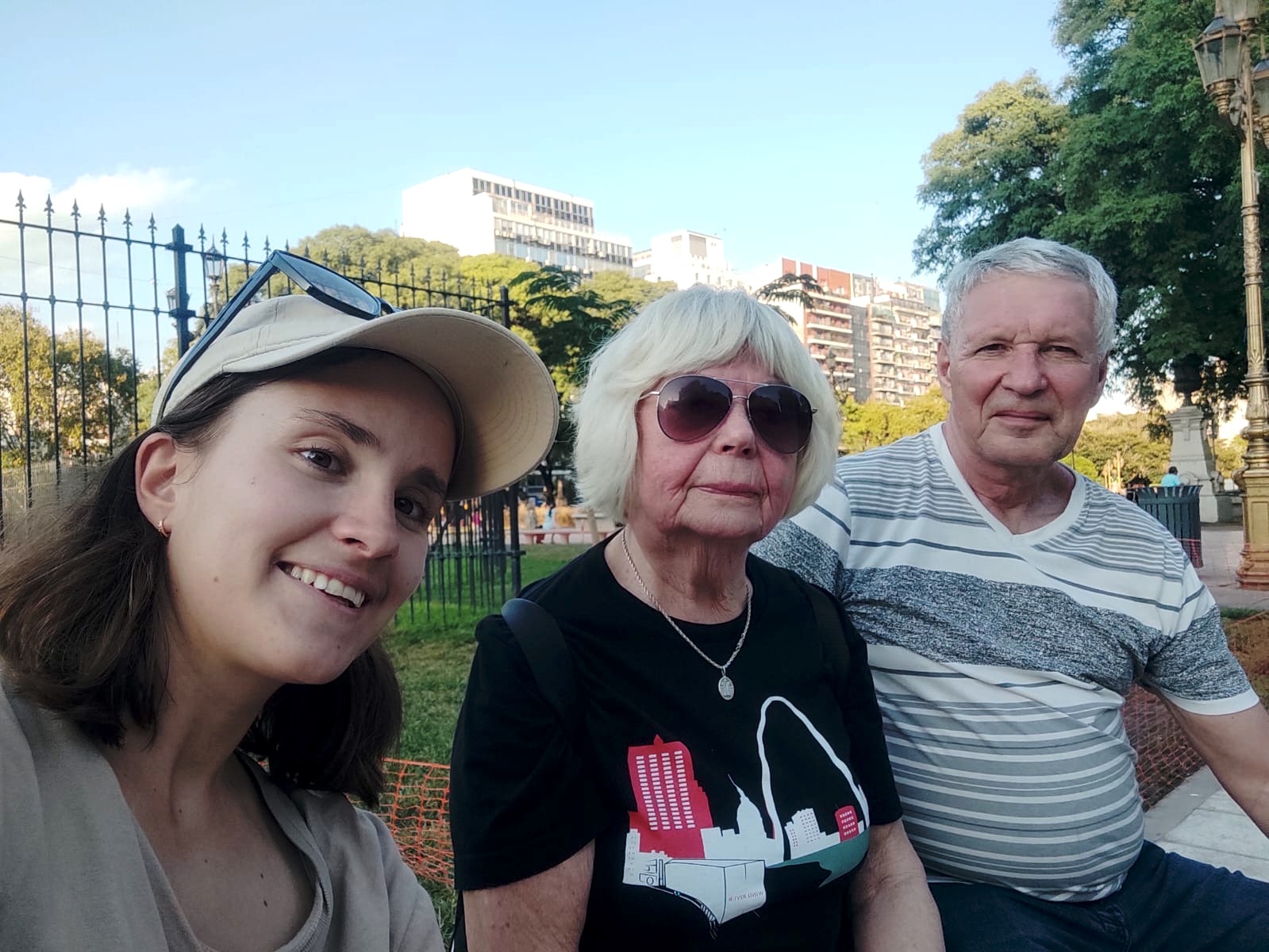 |
On the board of Norwegian Dawn |
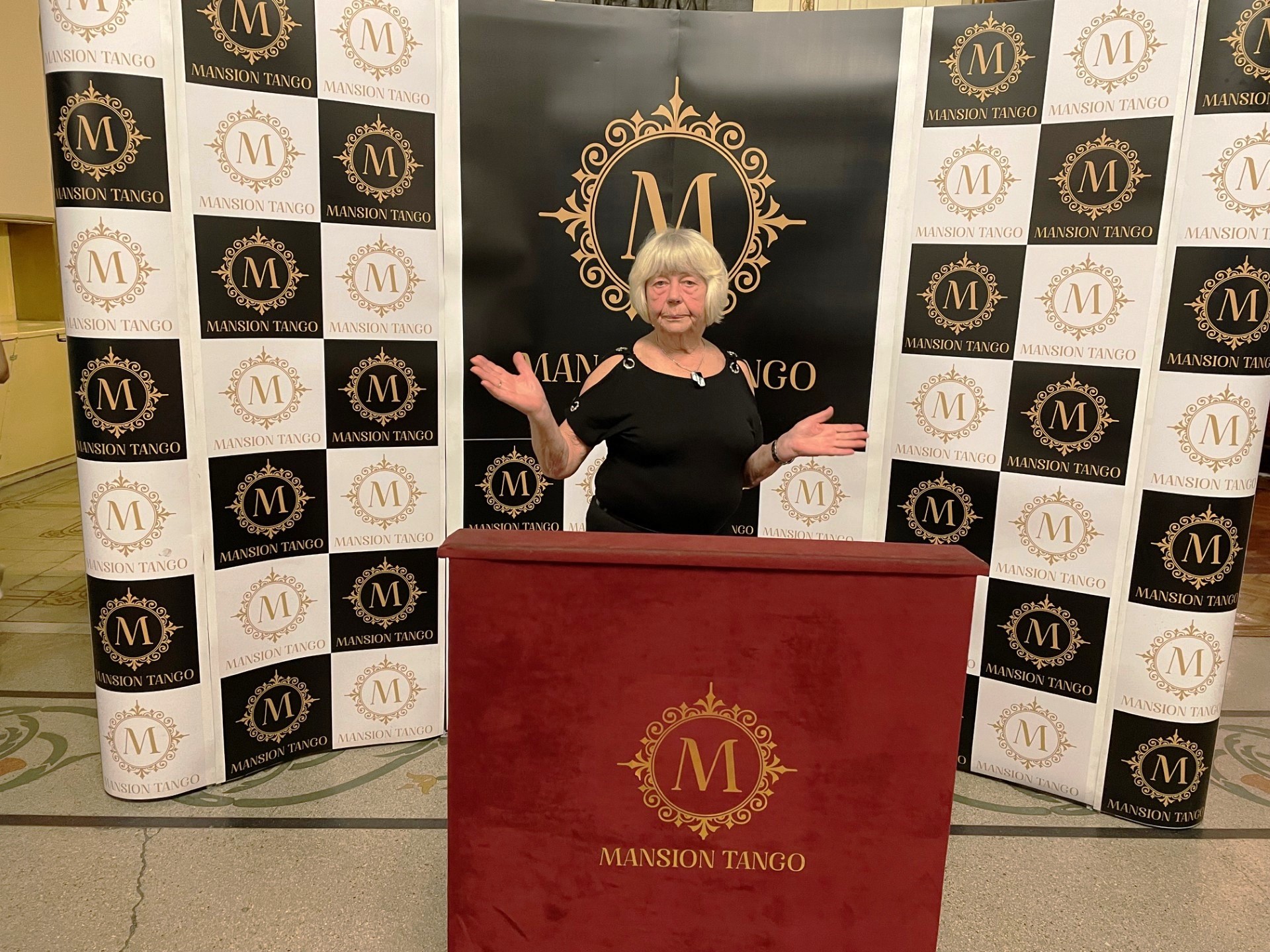 |
On the board of Norwegian Dawn |
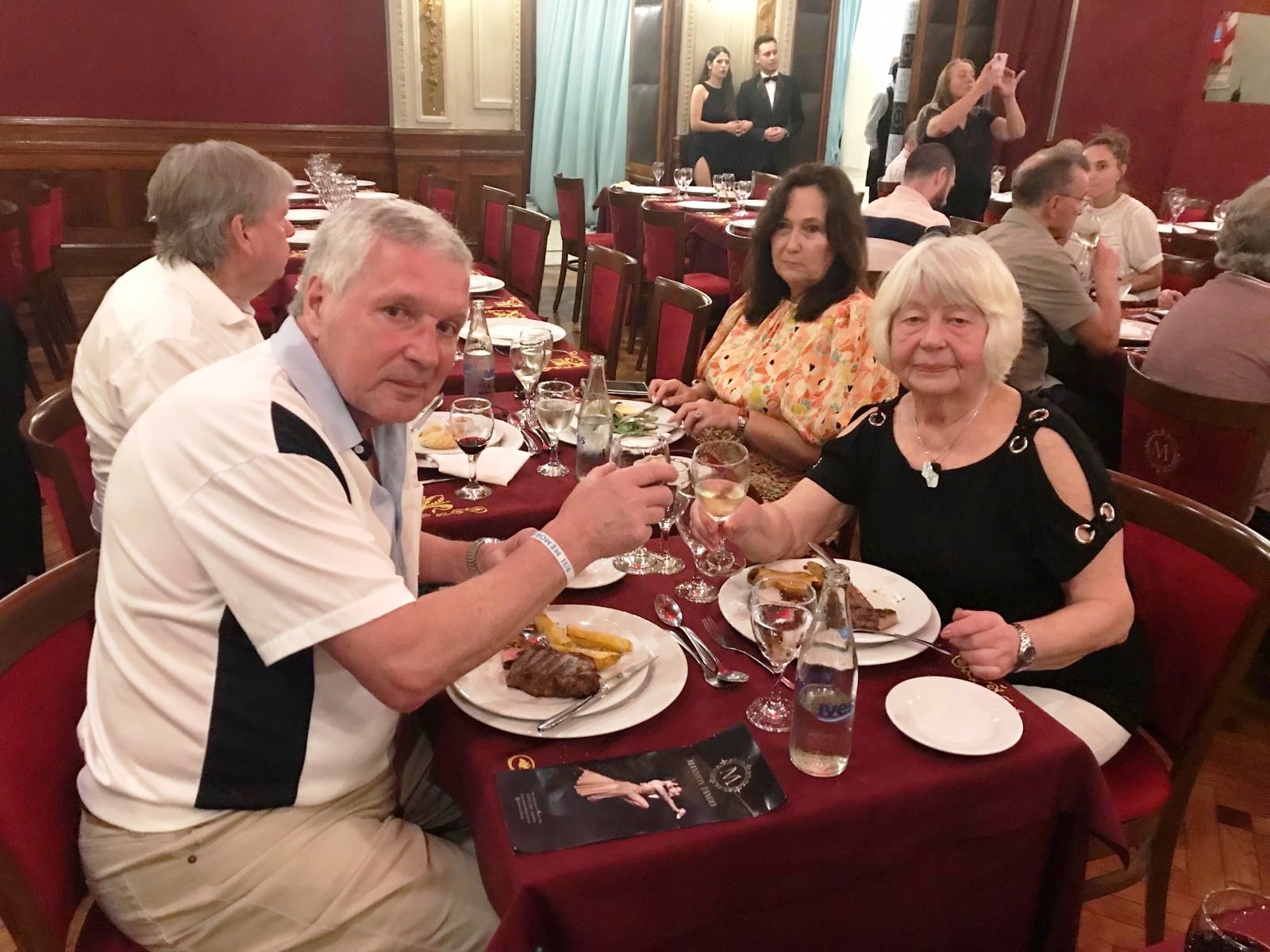 |
In the theatre |
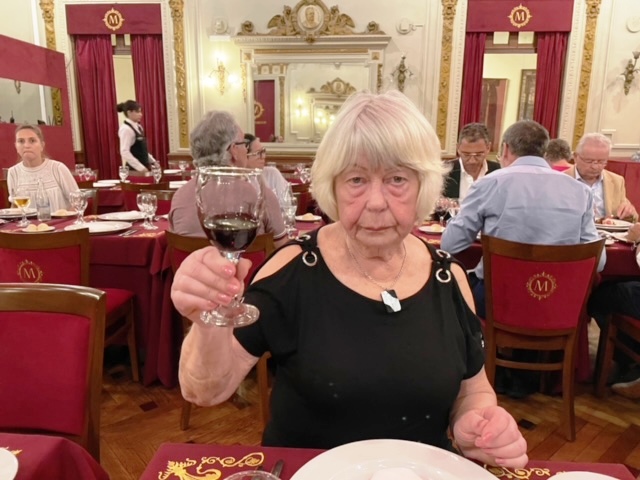 |
In the theatre |
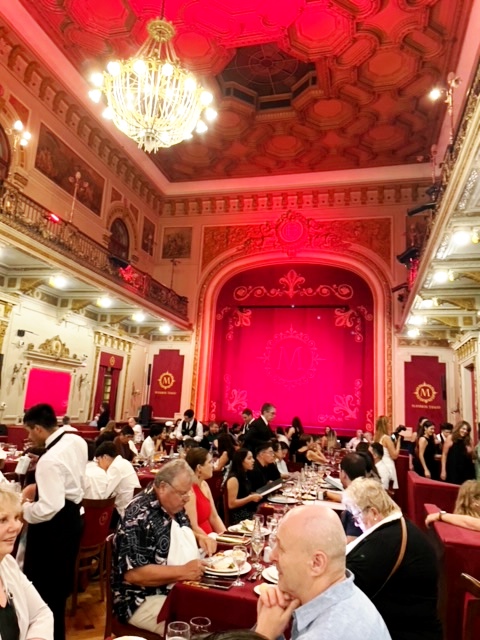 |
Art Auction |
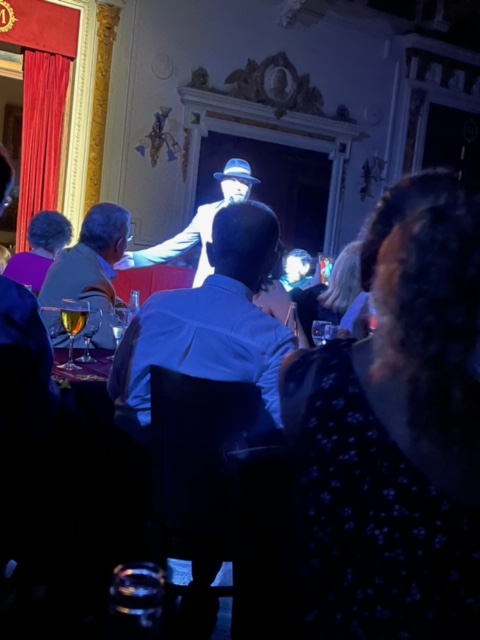 |
Art Auction |
 |
On the board of Norwegian Dawn |
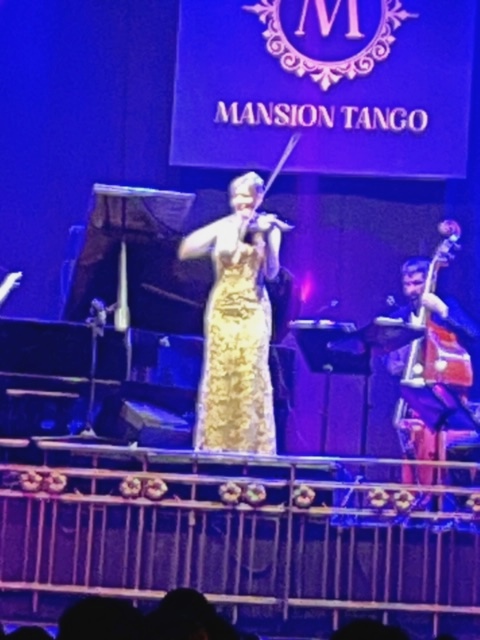 |
On the board of Norwegian Dawn |
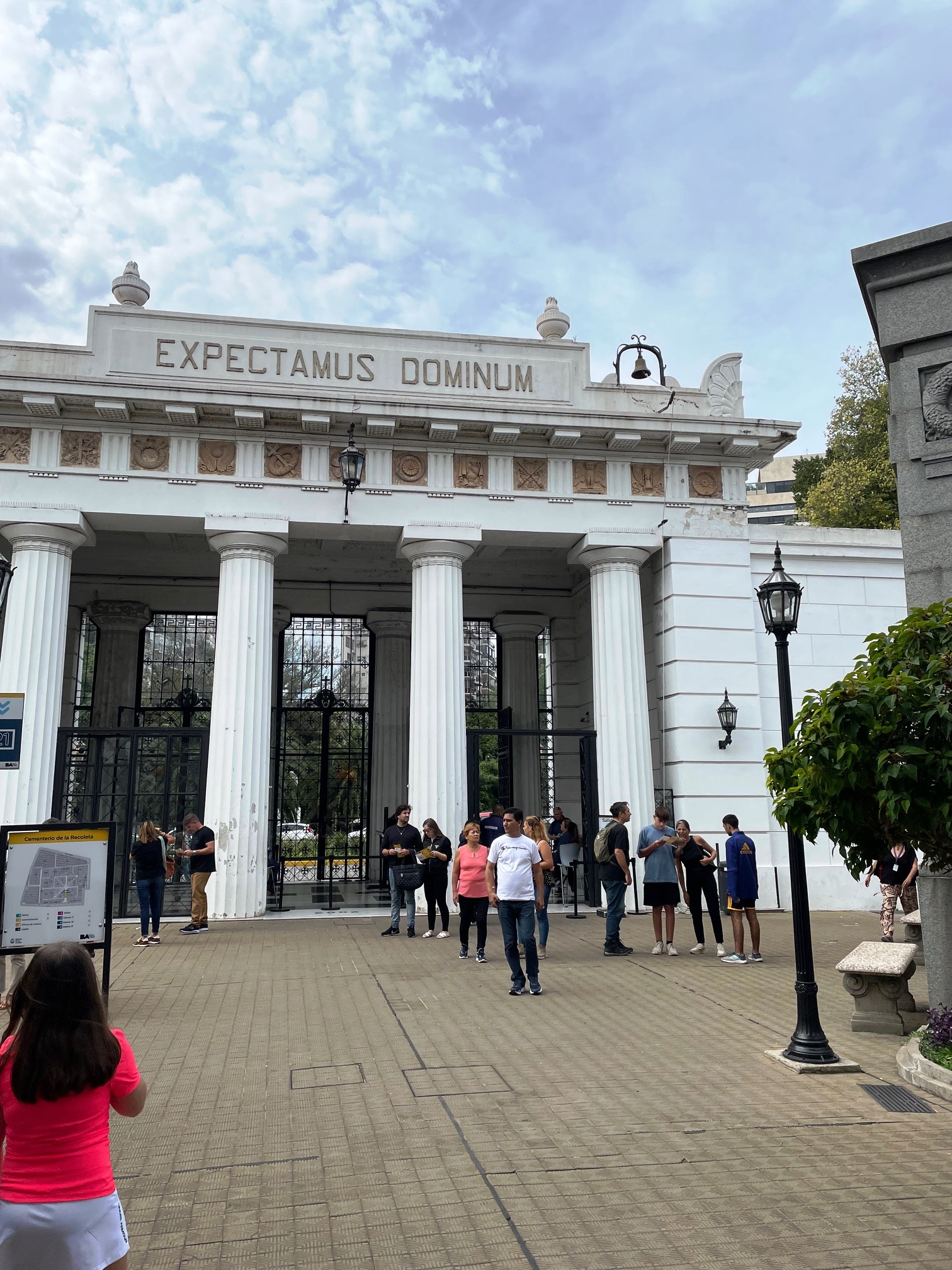 |
La Recoleta Cemetry.It contains the graves of notable people, including Eva Per�n, presidents of Argentina, Nobel Prize winners, the founder of the Argentine Navy, and military commanders such as Julio Argentino Roca. In 2011, the BBC hailed it as one of the world's best cemeteries. |
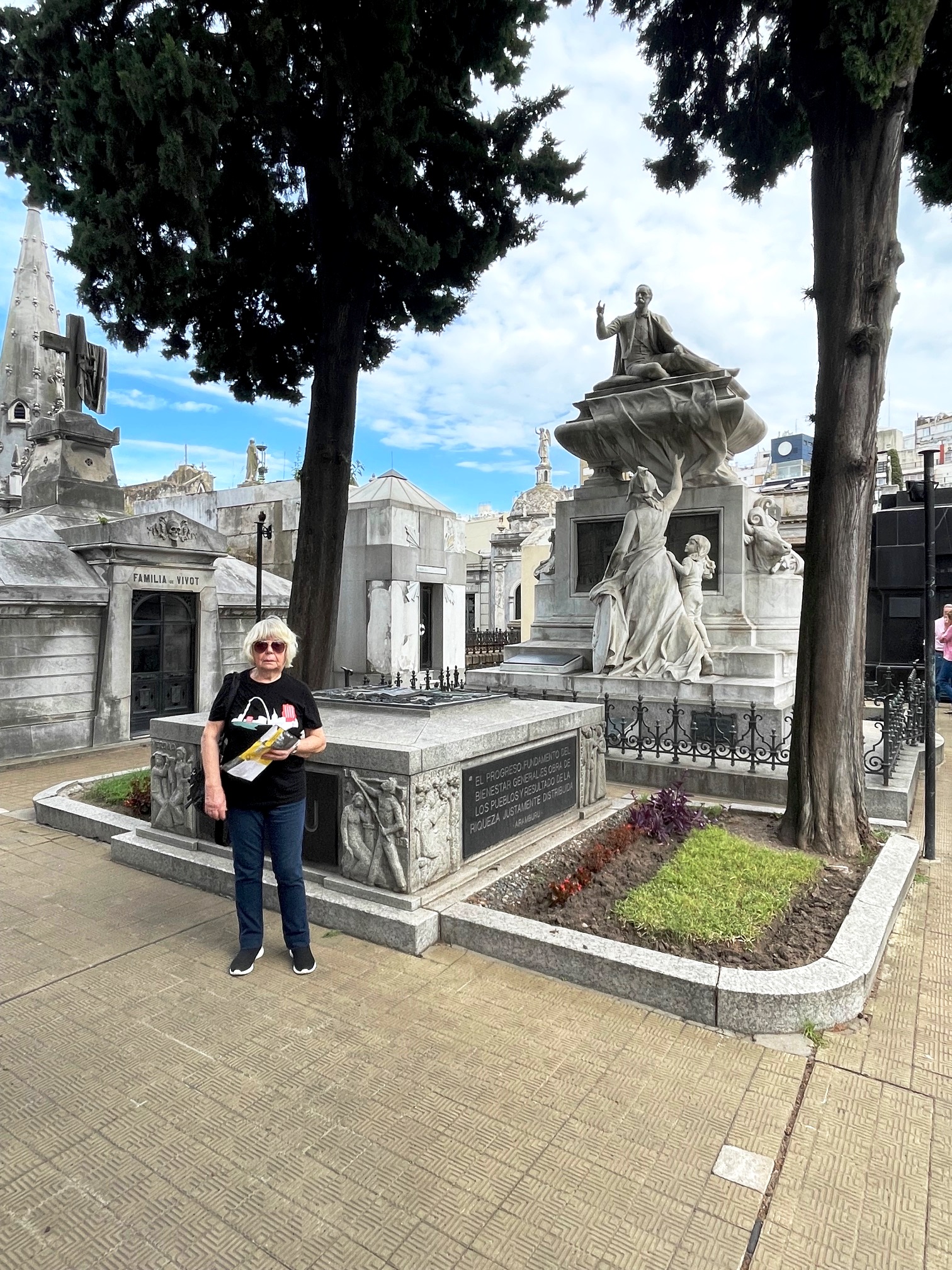 |
At Recoleta cemetry |
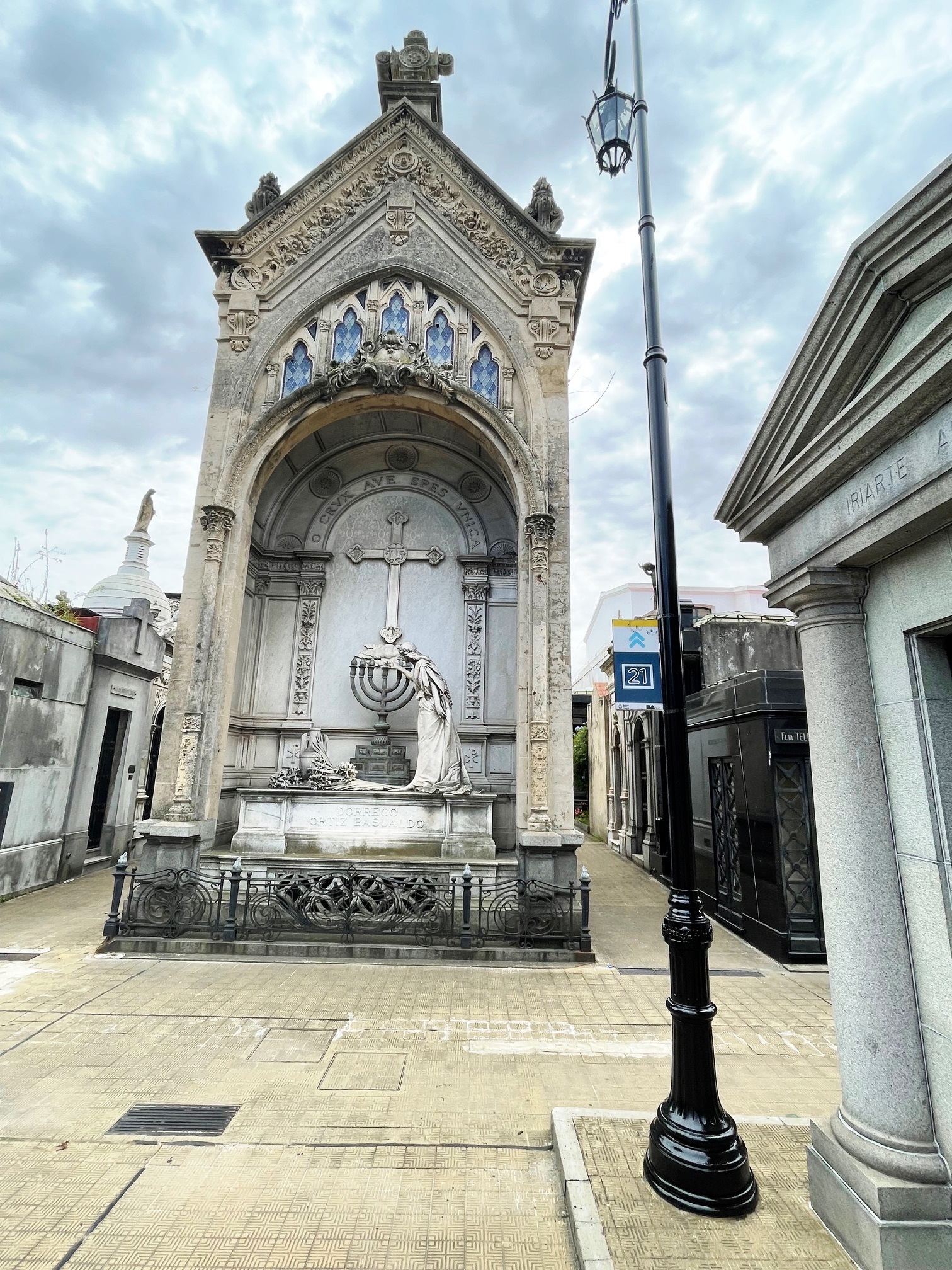 |
At Recoleta cemetry |
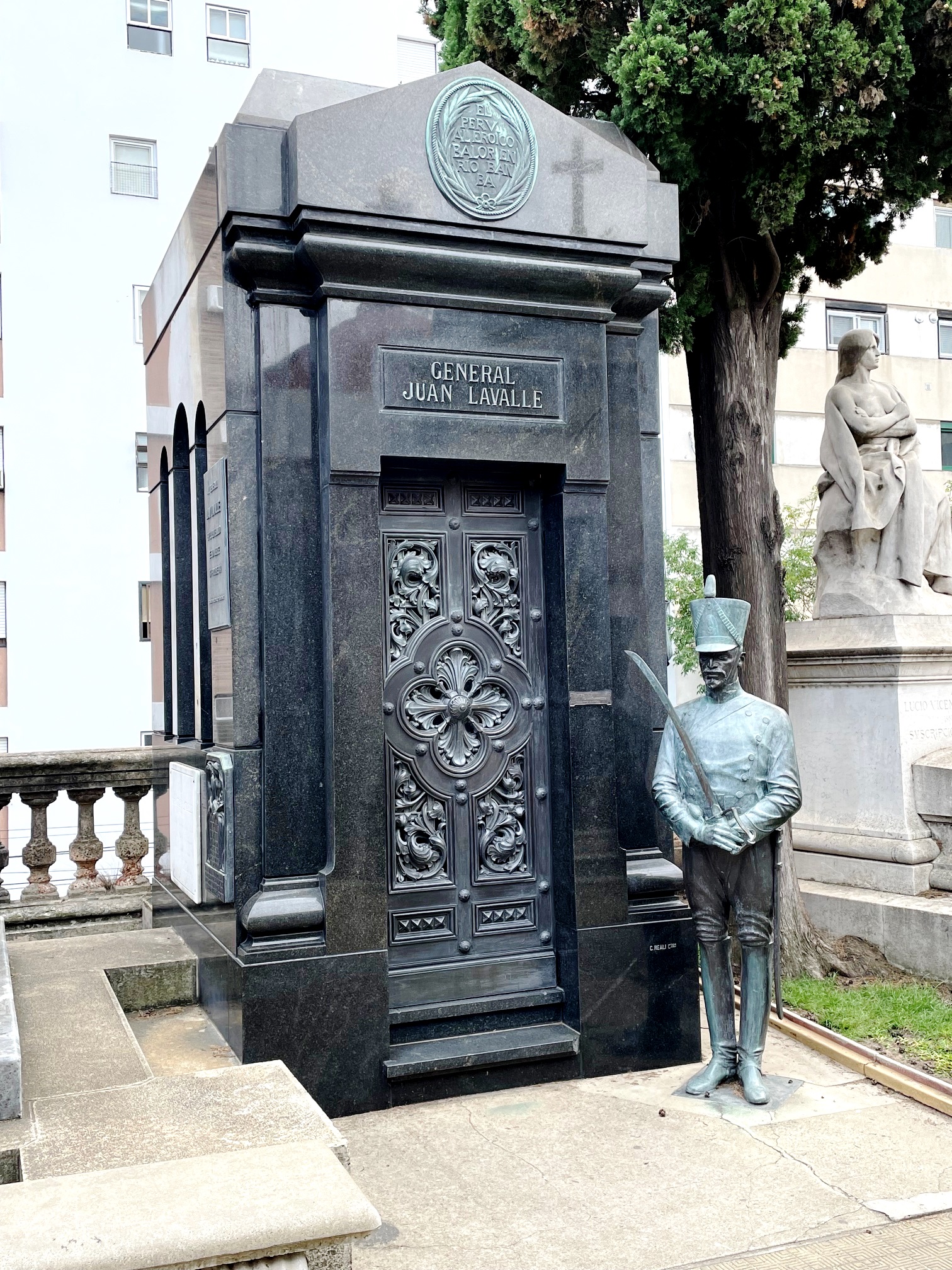 |
At Recoleta cemetry |
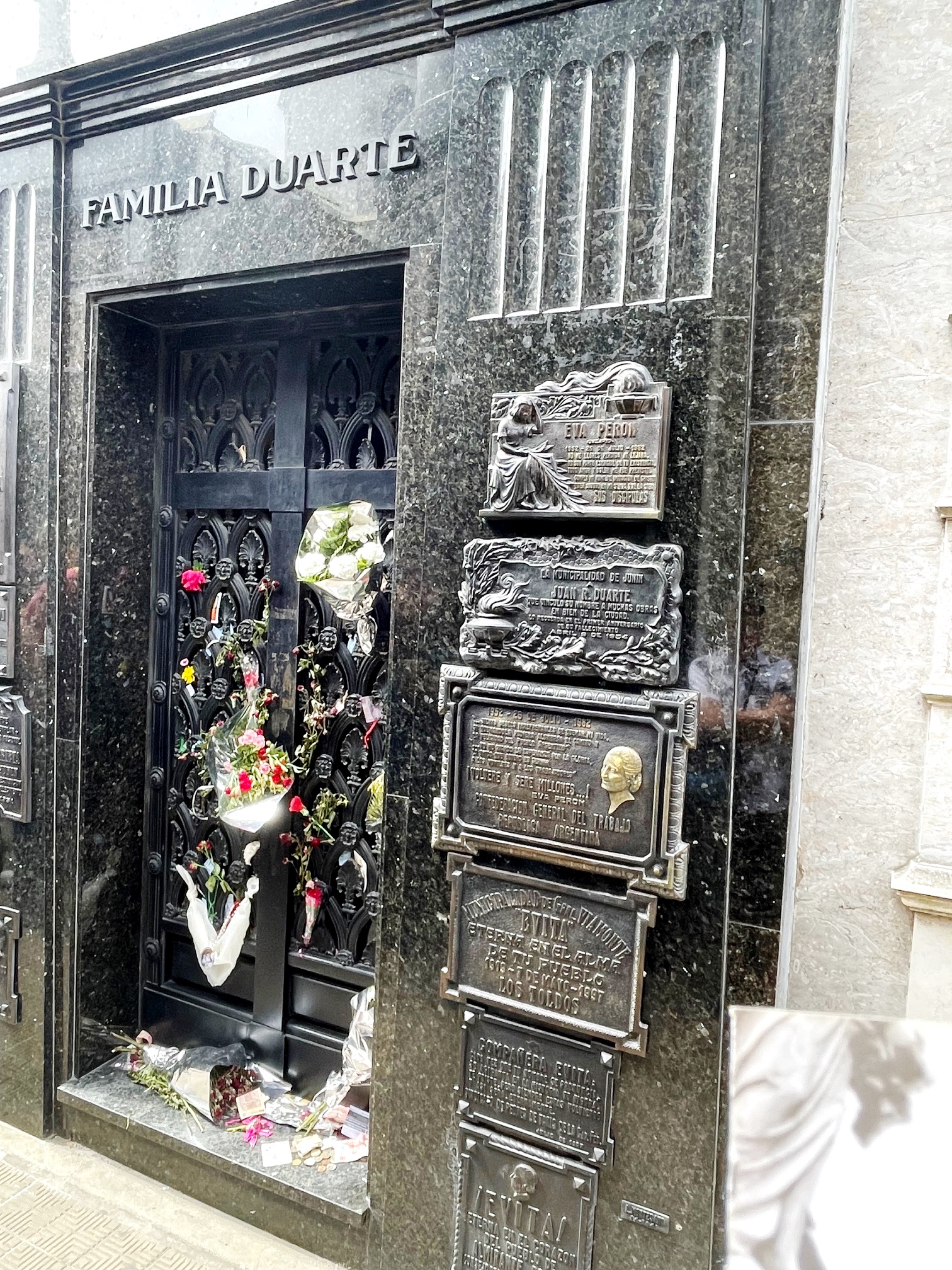 |
Eva Peron's grave |
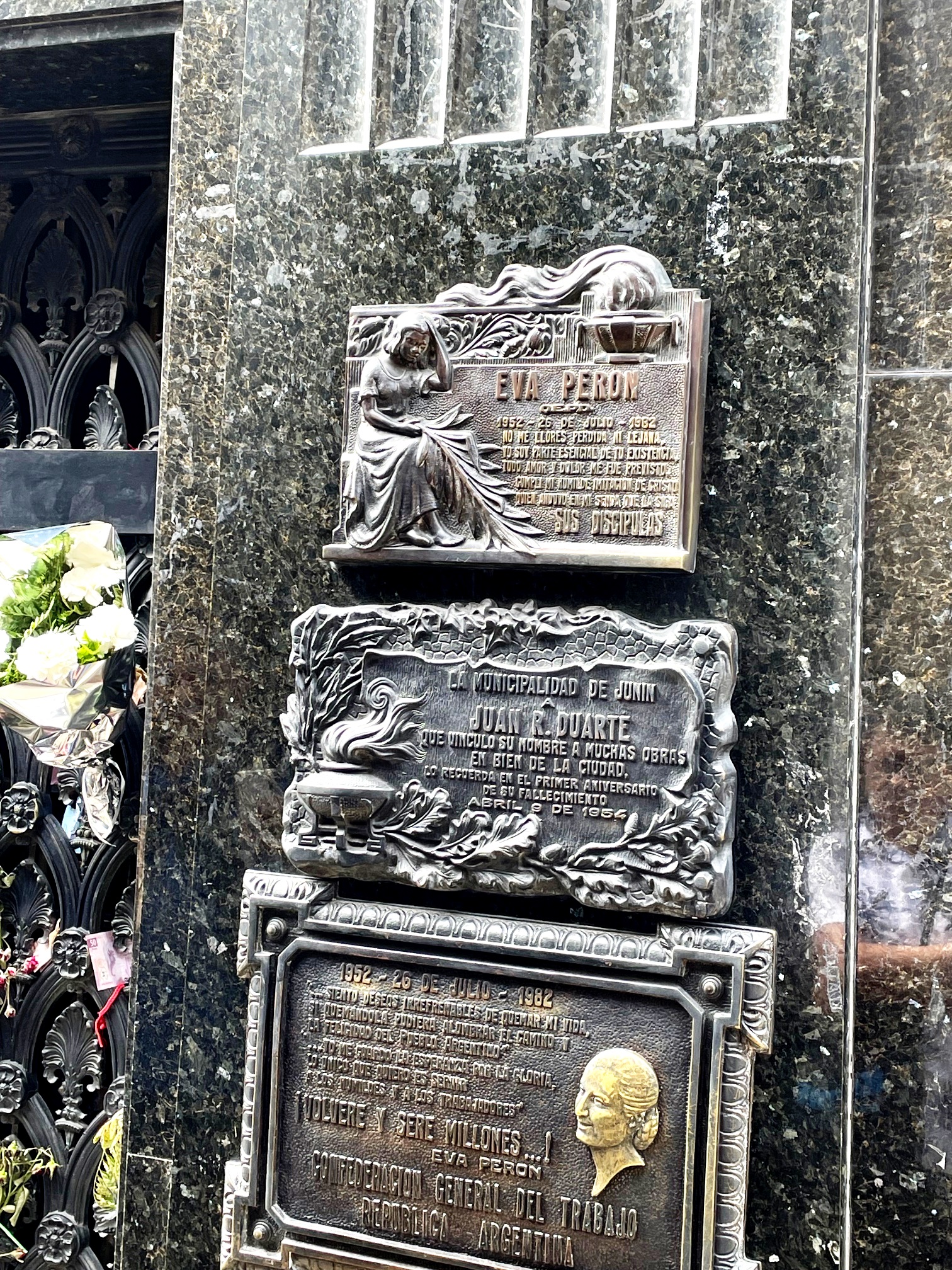 |
Eva Peron's grave |
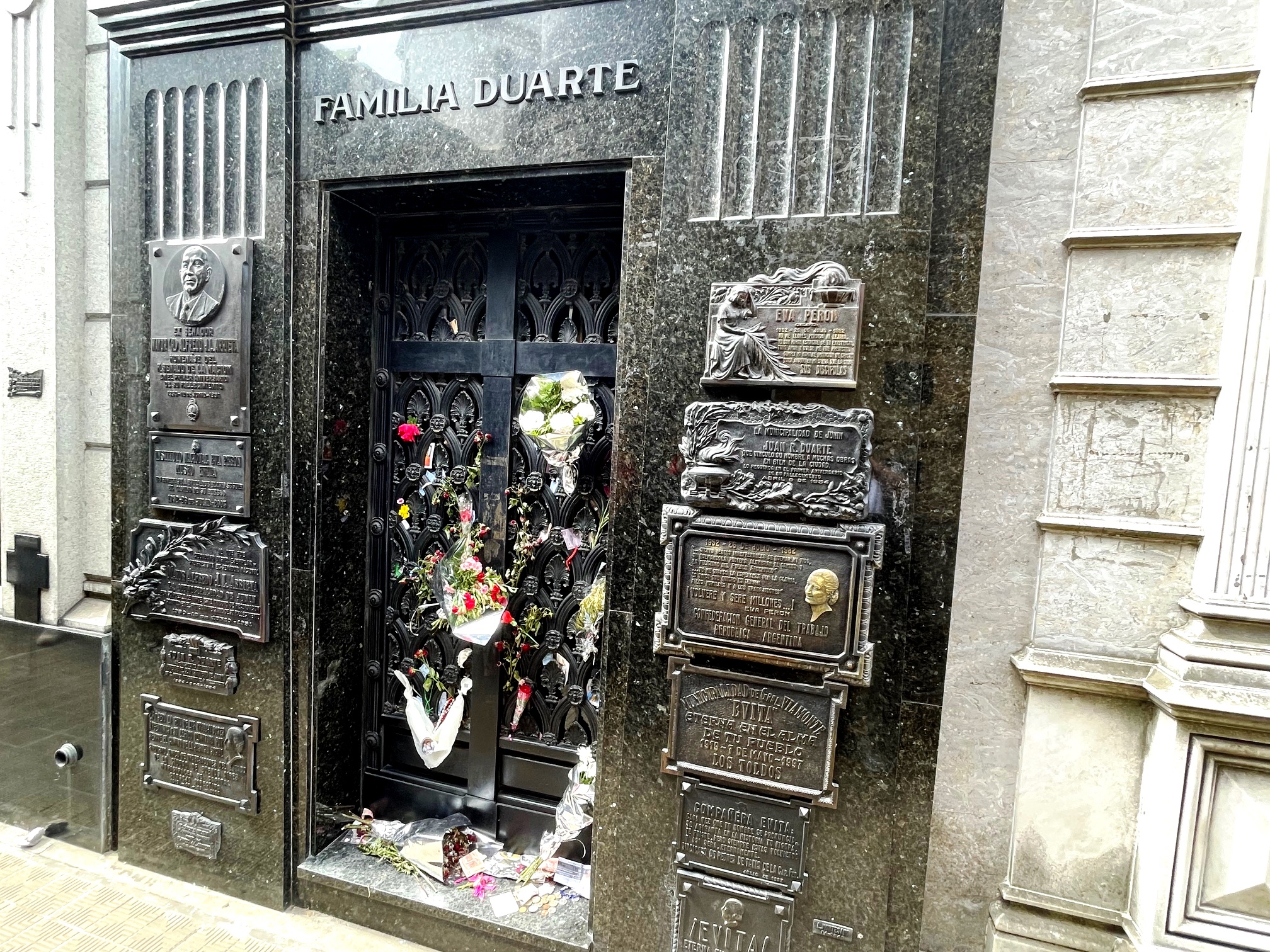 |
Eva Peron's grave |
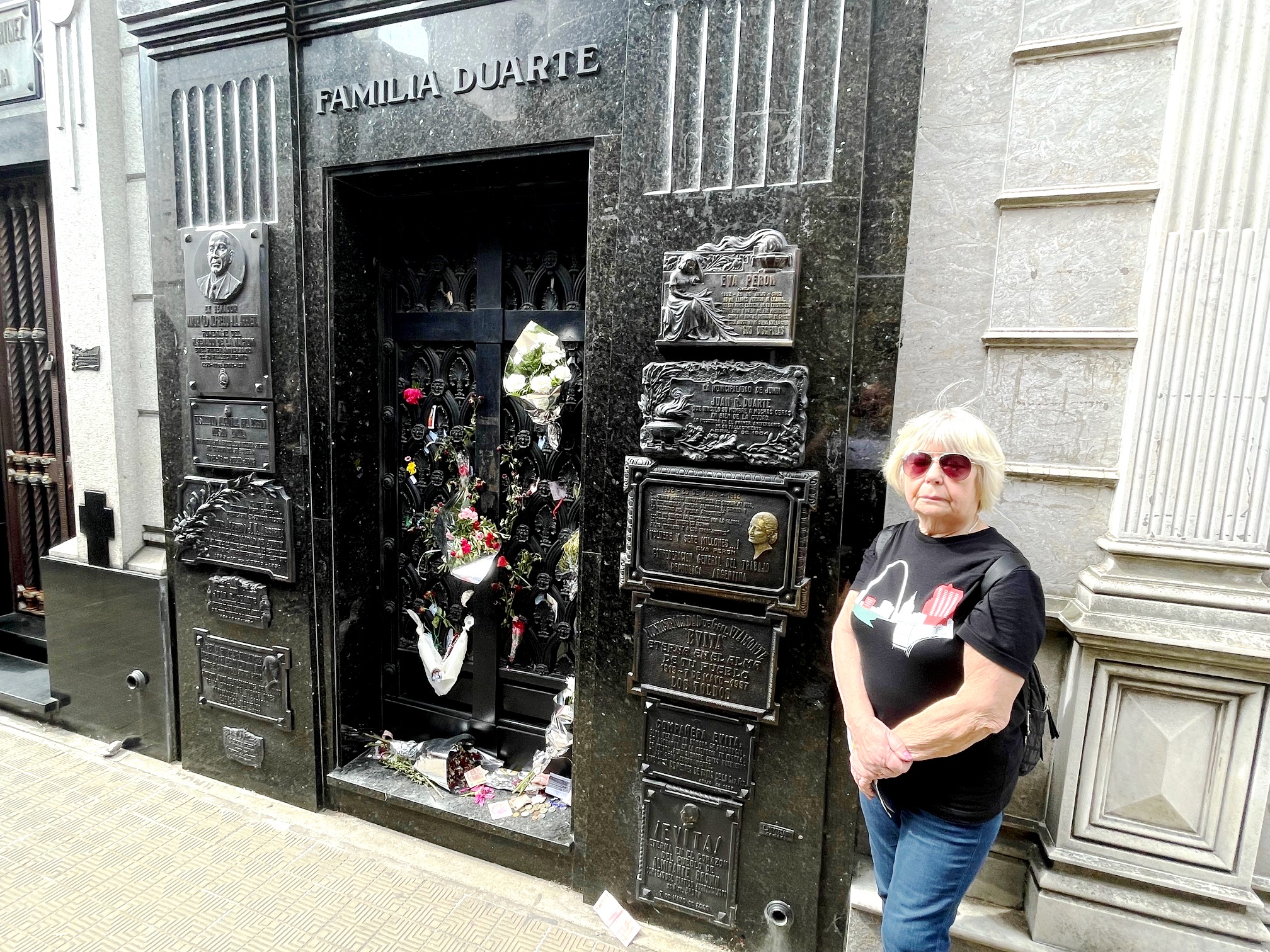 |
Eva Peron's grave |
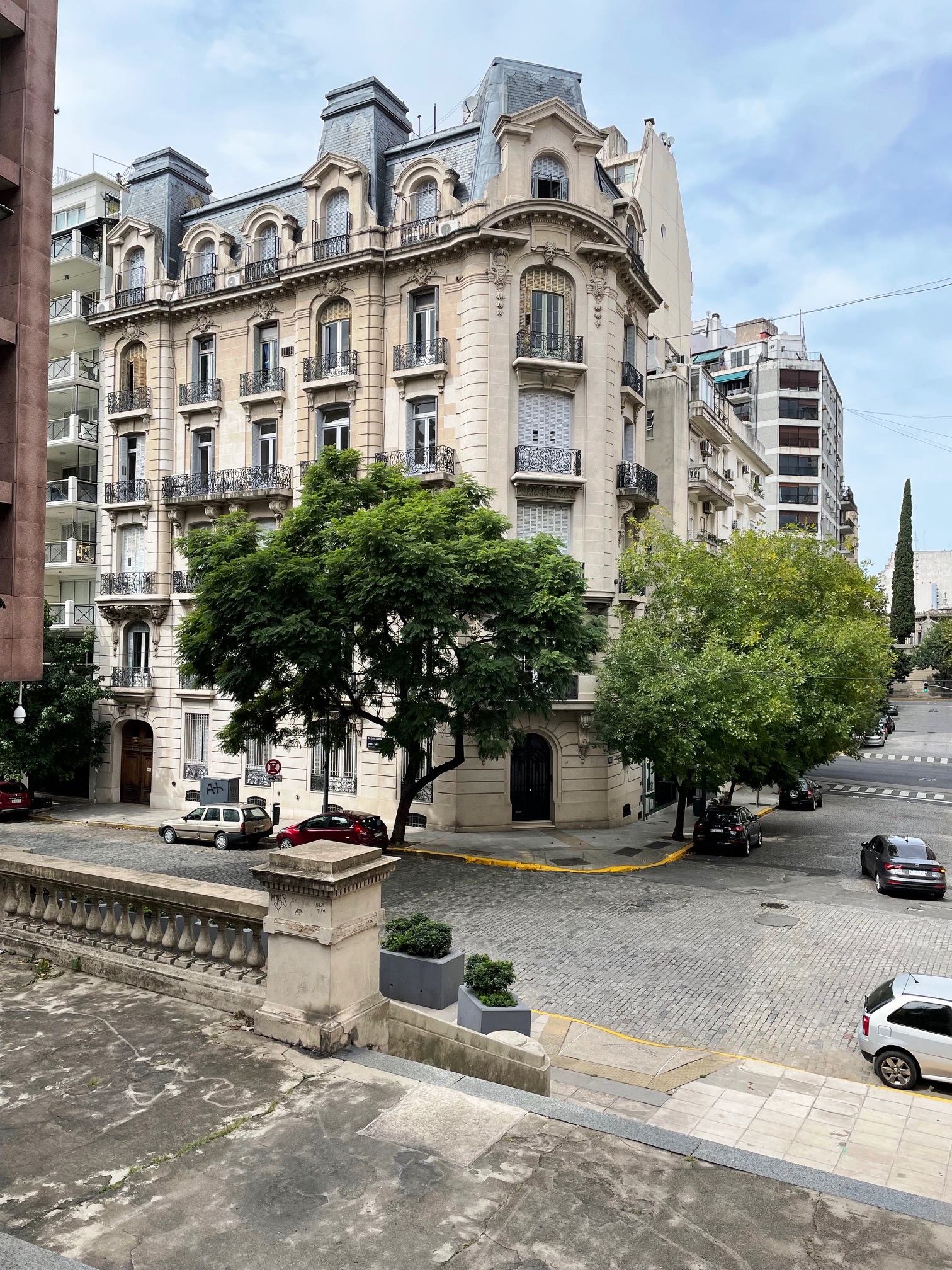 |
British Embassy |
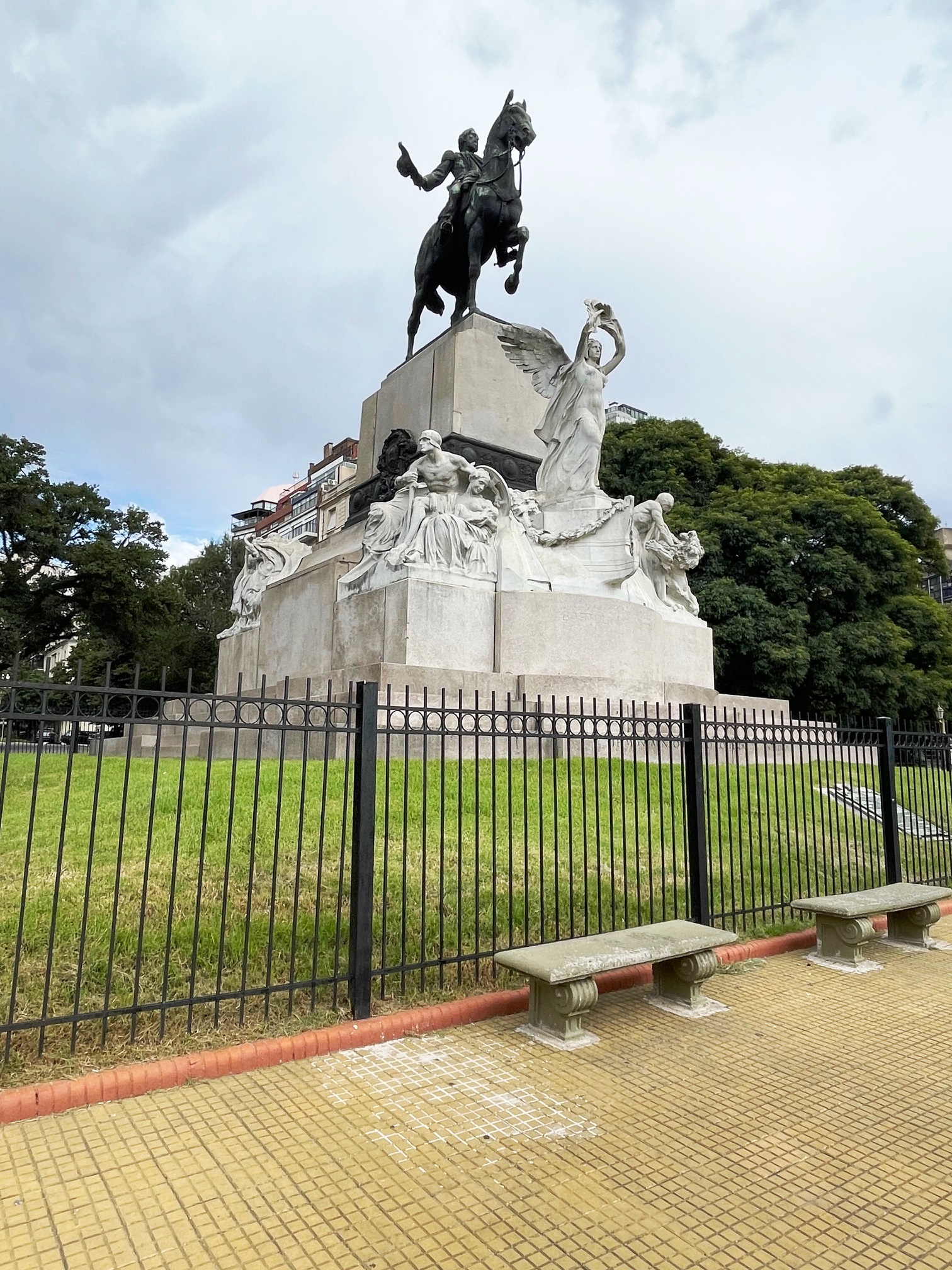 |
Monument to Bartolome Mitra (1821-1906), an Argentine statesman, soldier, and author. He is considered the first president (1862-1868) of unified Argentina. |
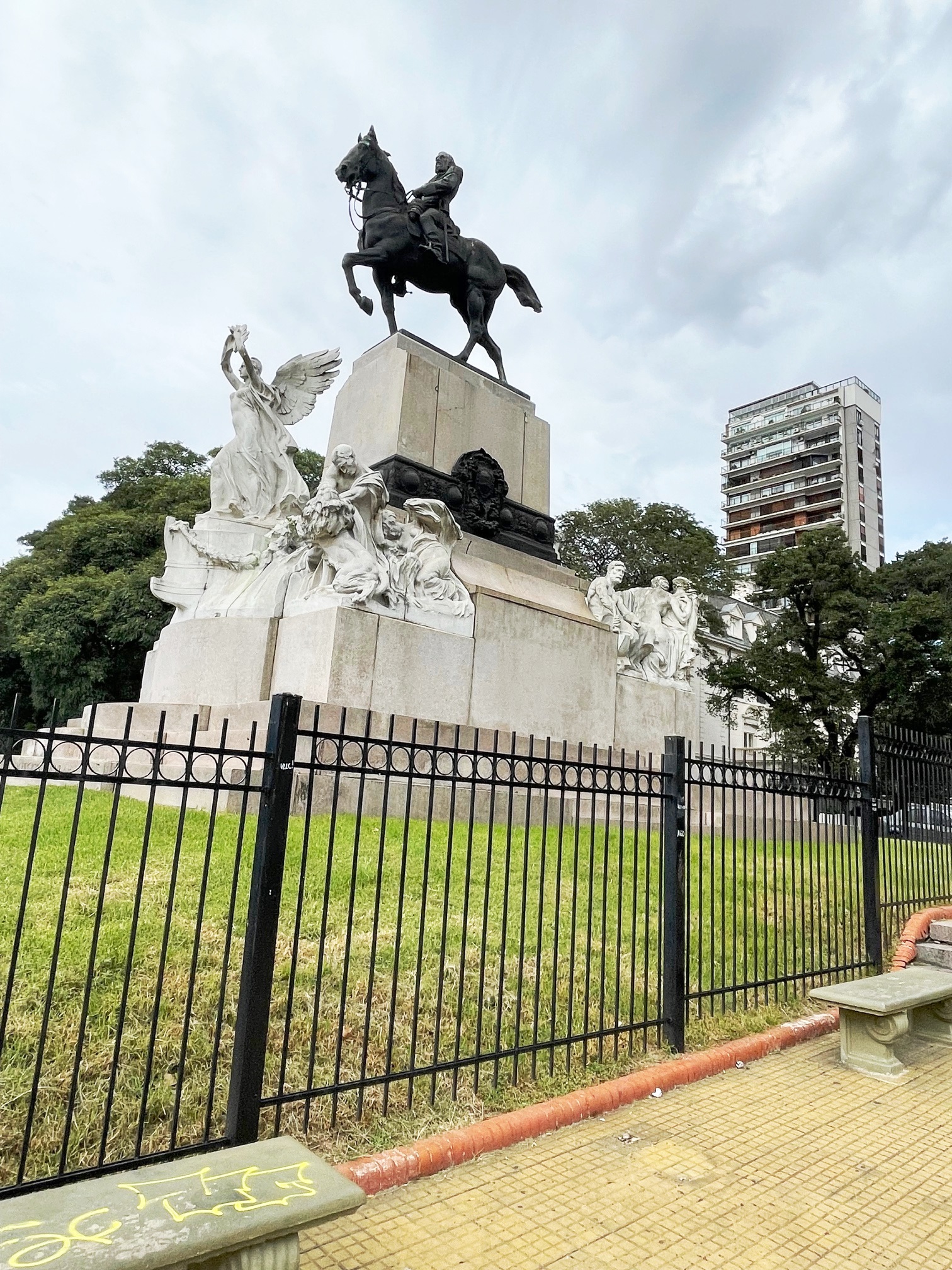 |
Monument to Bartolome Mitra (1821-1906), an Argentine statesman, soldier, and author. He is considered the first president (1862-1868) of unified Argentina. |
 |
Monument to Bartolome Mitra (1821-1906), an Argentine statesman, soldier, and author. He is considered the first president (1862-1868) of unified Argentina. |
 |
On the board of Norwegian Dawn |
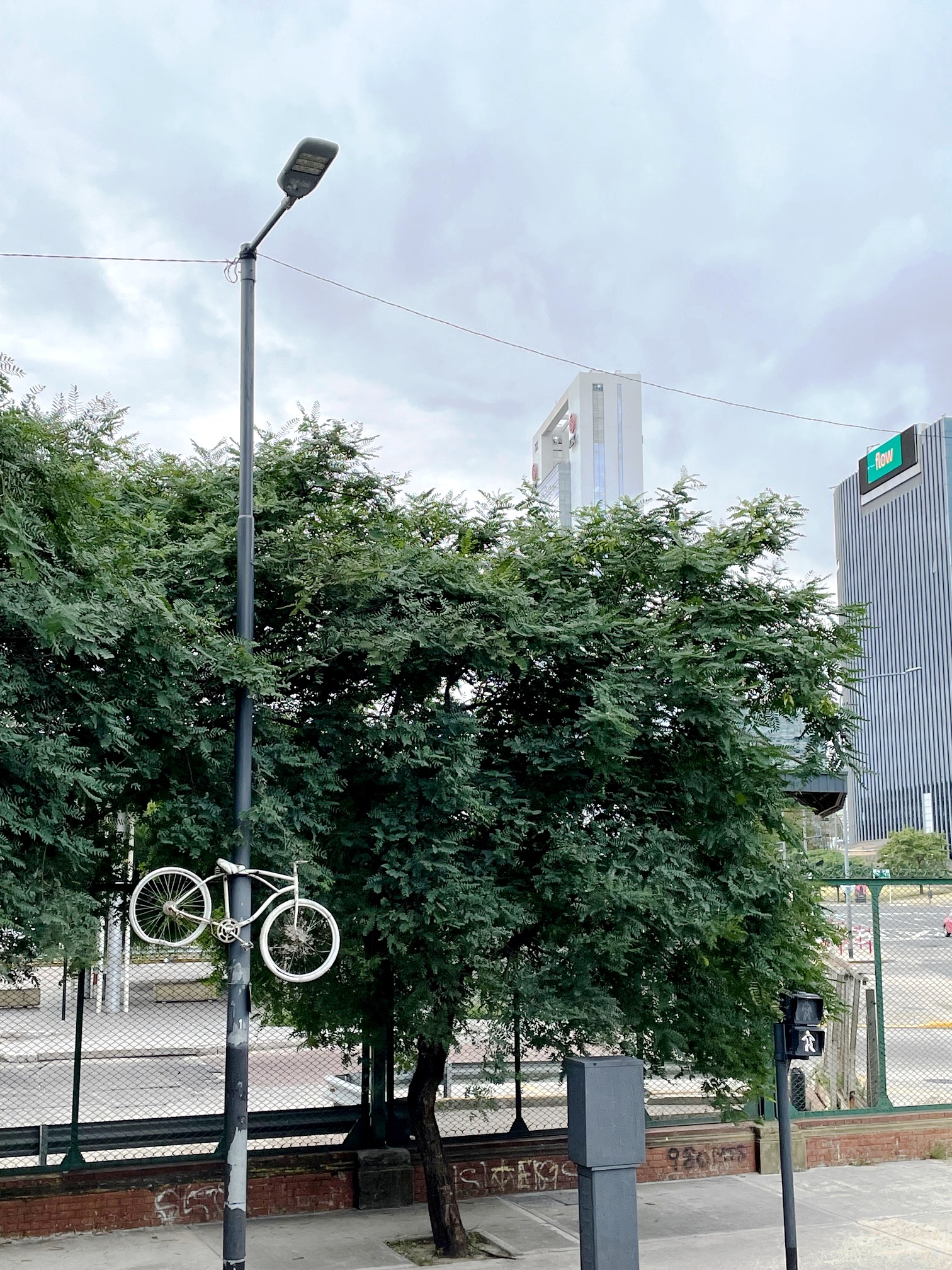 |
On the board of Norwegian Dawn |
 |
In the theatre |
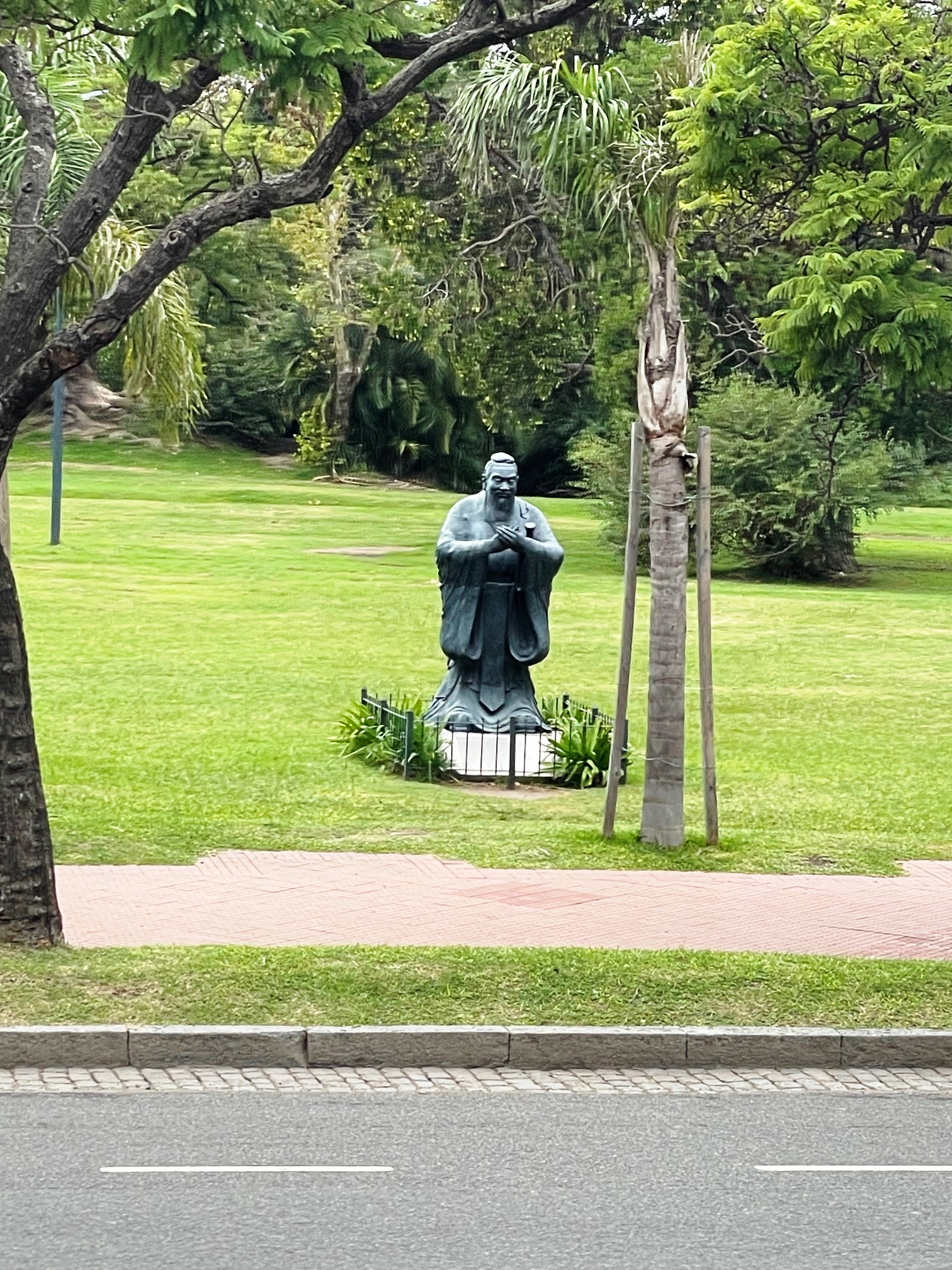 |
In the theatre |
 |
St.Patrick at St.Patrick's Cathedral |
 |
Art Auction |
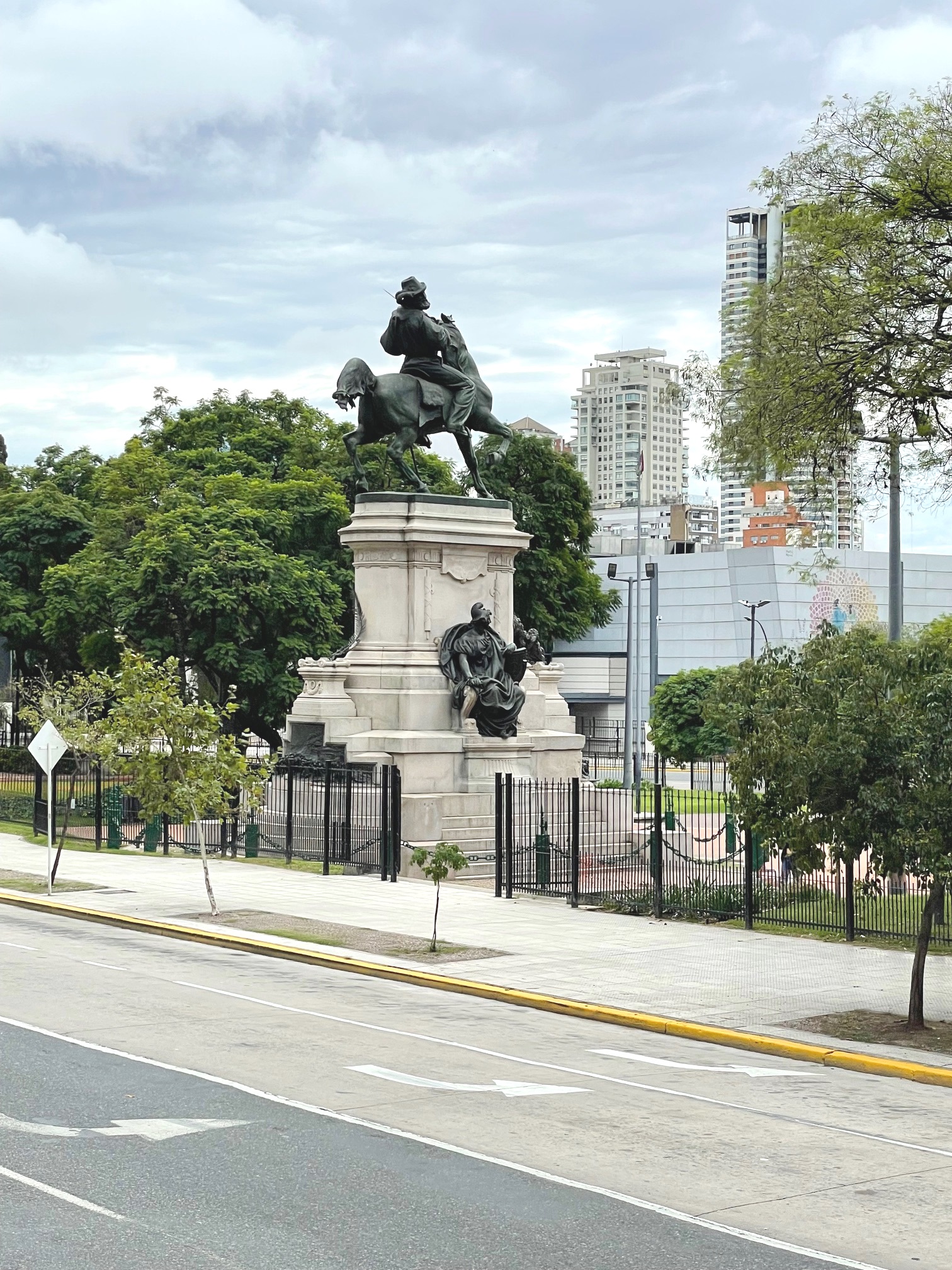 |
On the board of Norwegian Dawn |
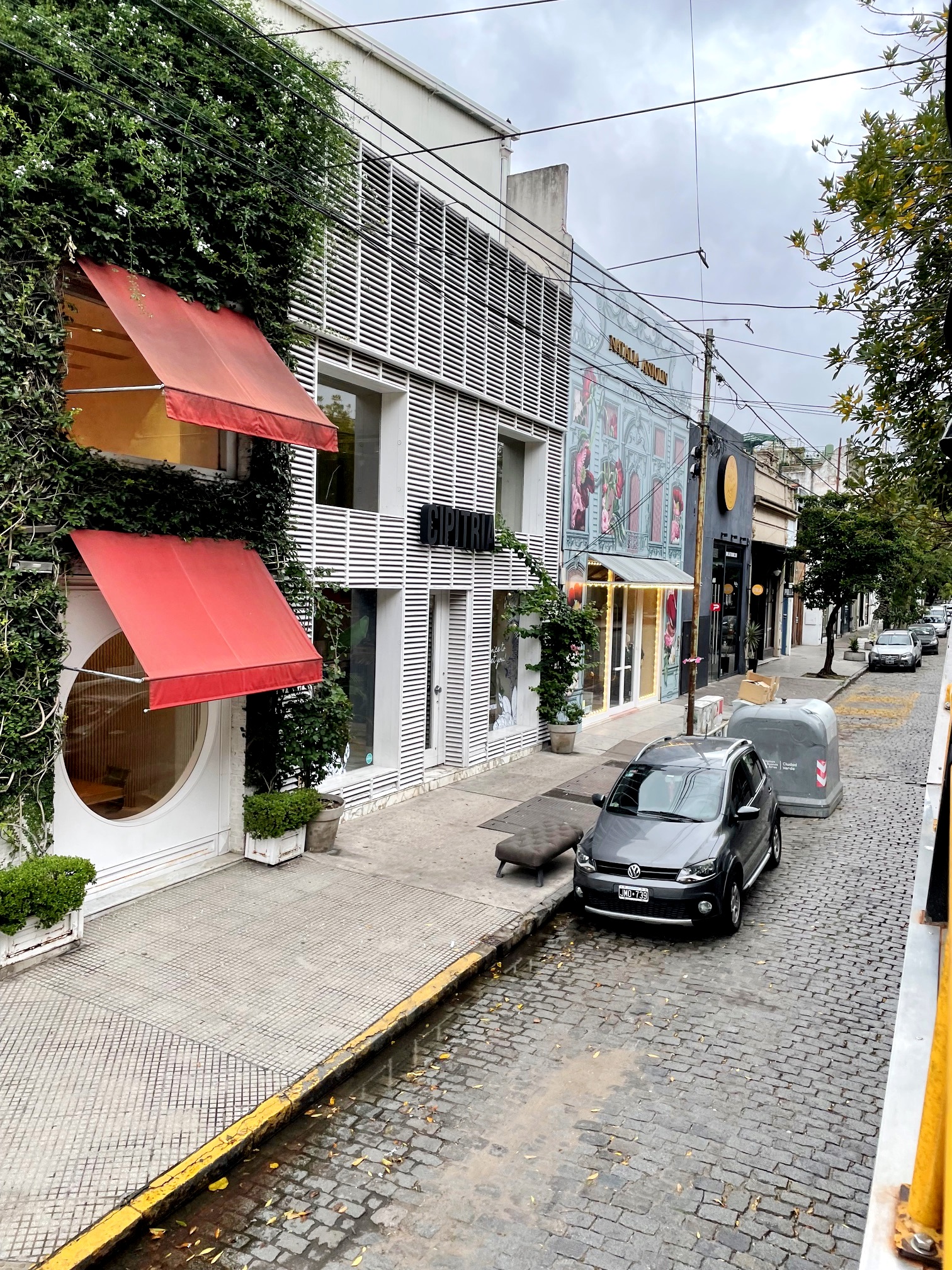 |
On the board of Norwegian Dawn |
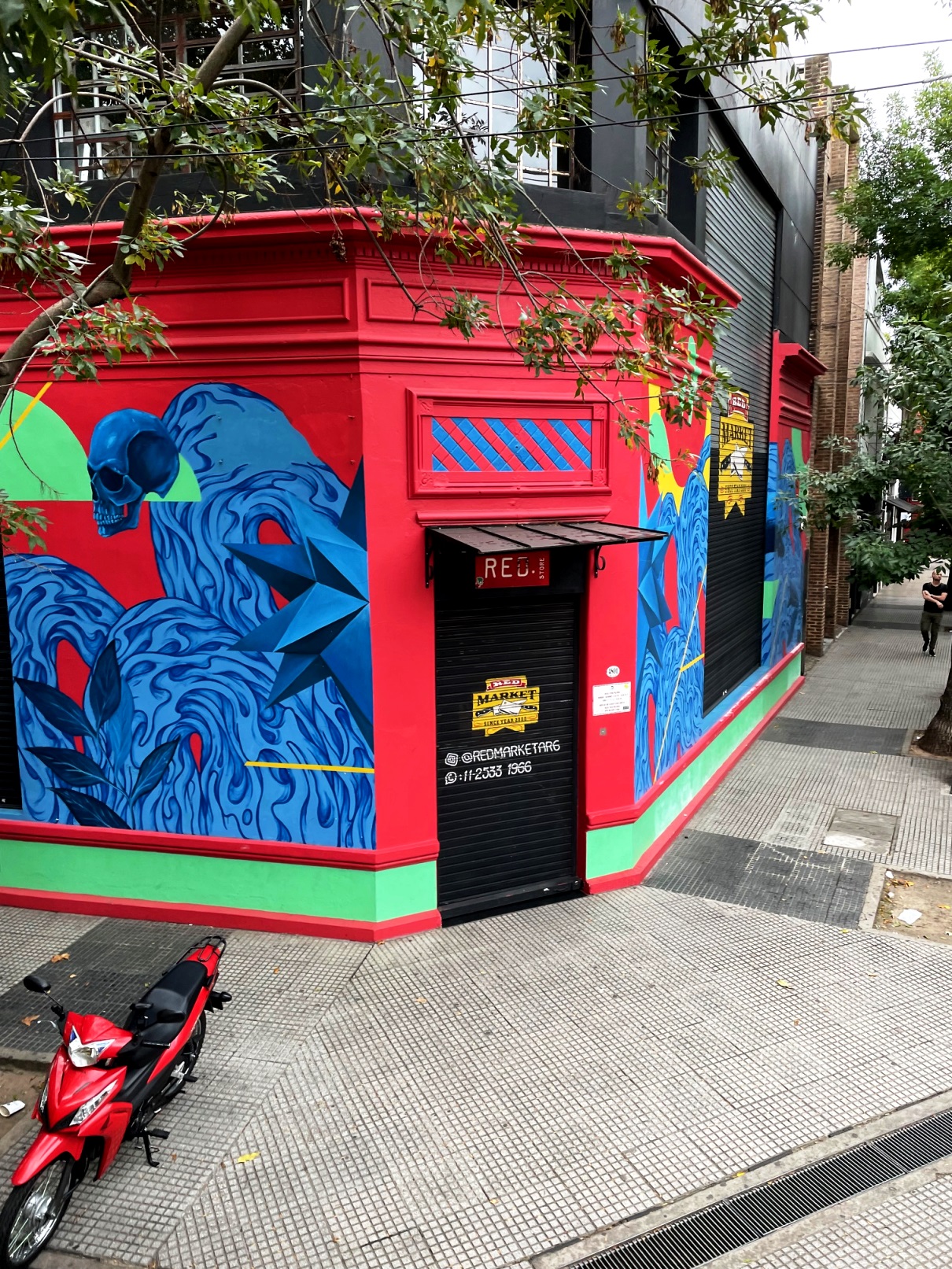 |
On the board of Norwegian Dawn |
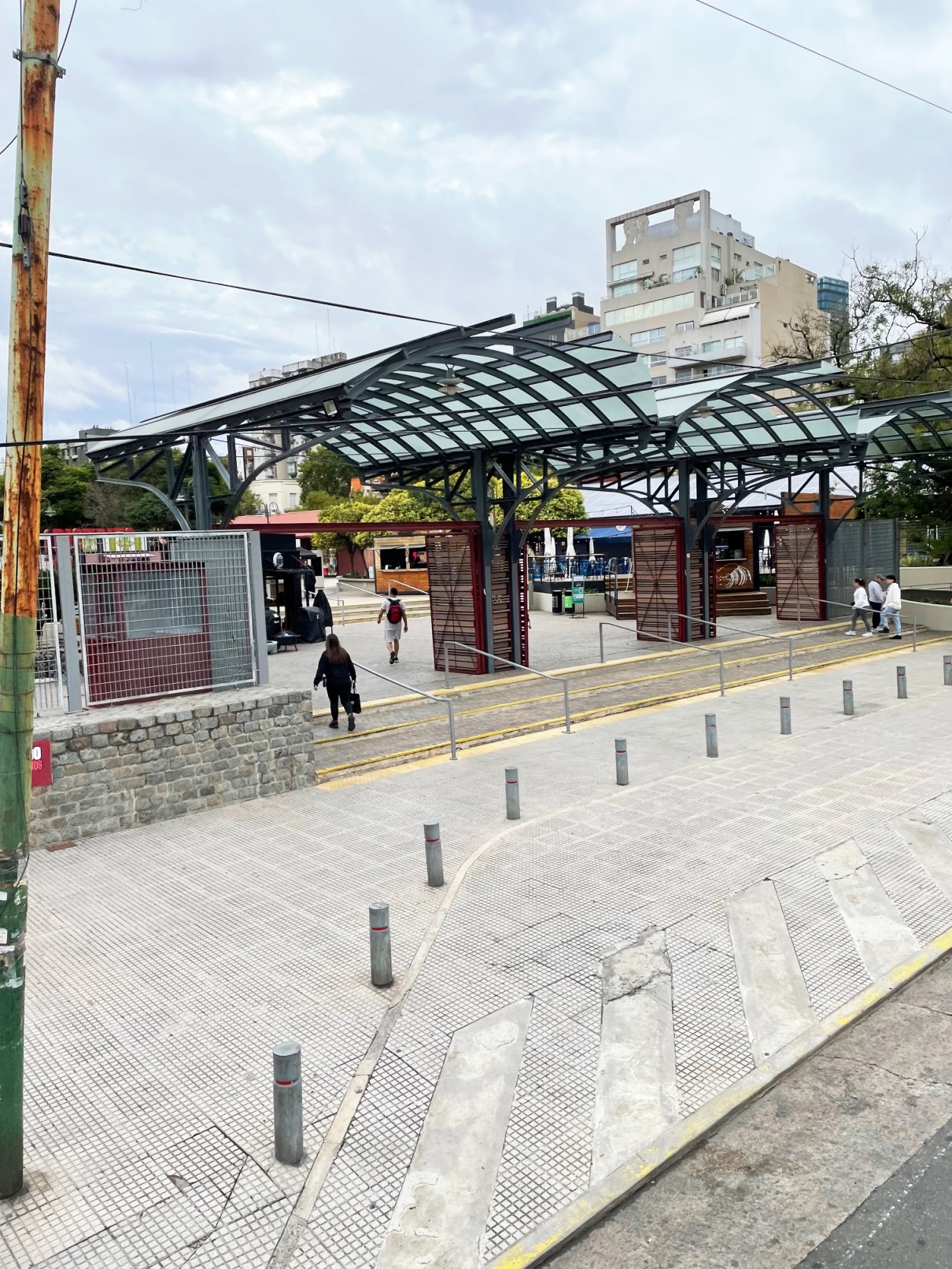 |
On the board of Norwegian Dawn |
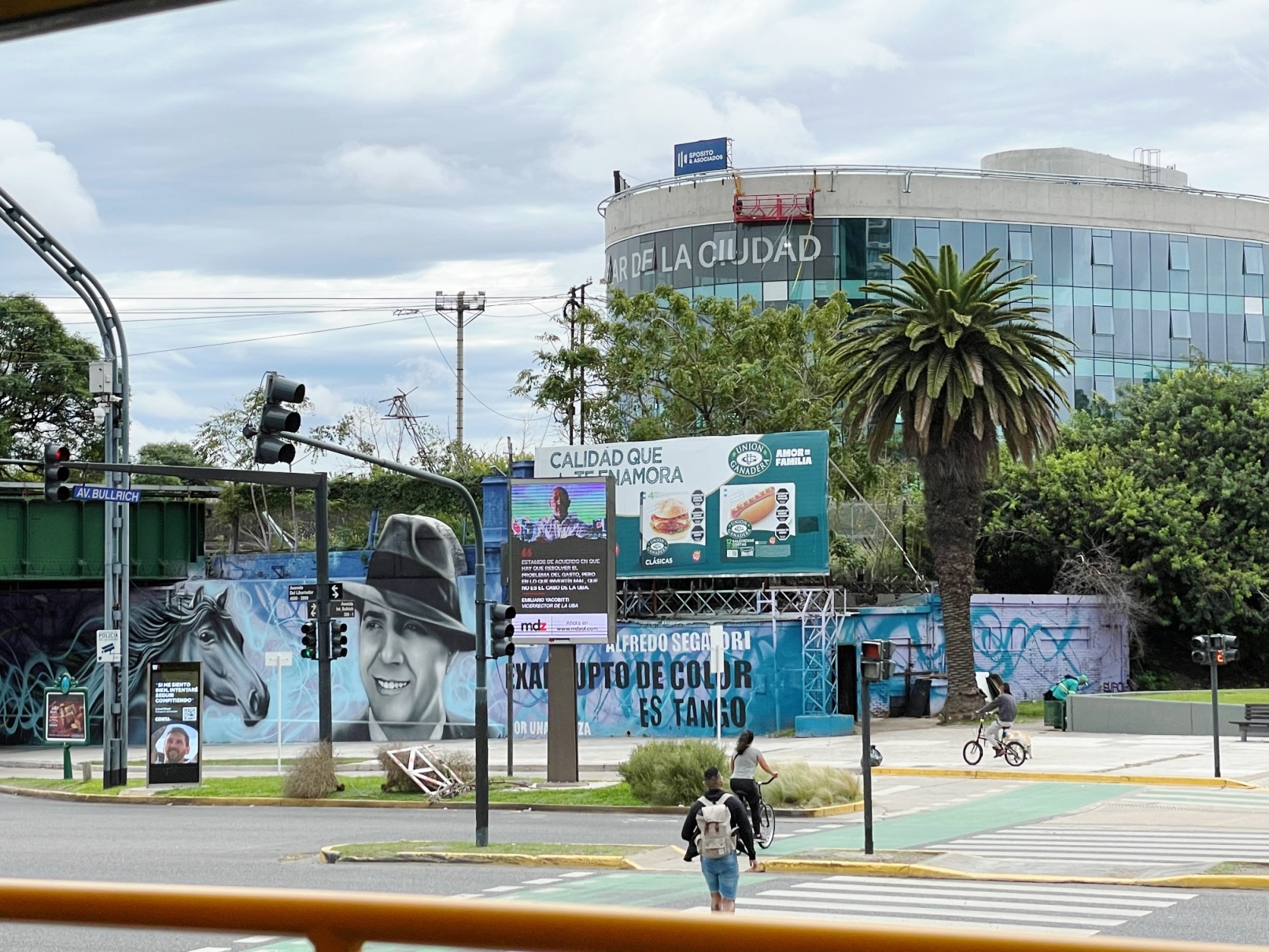 |
On the board of Norwegian Dawn |
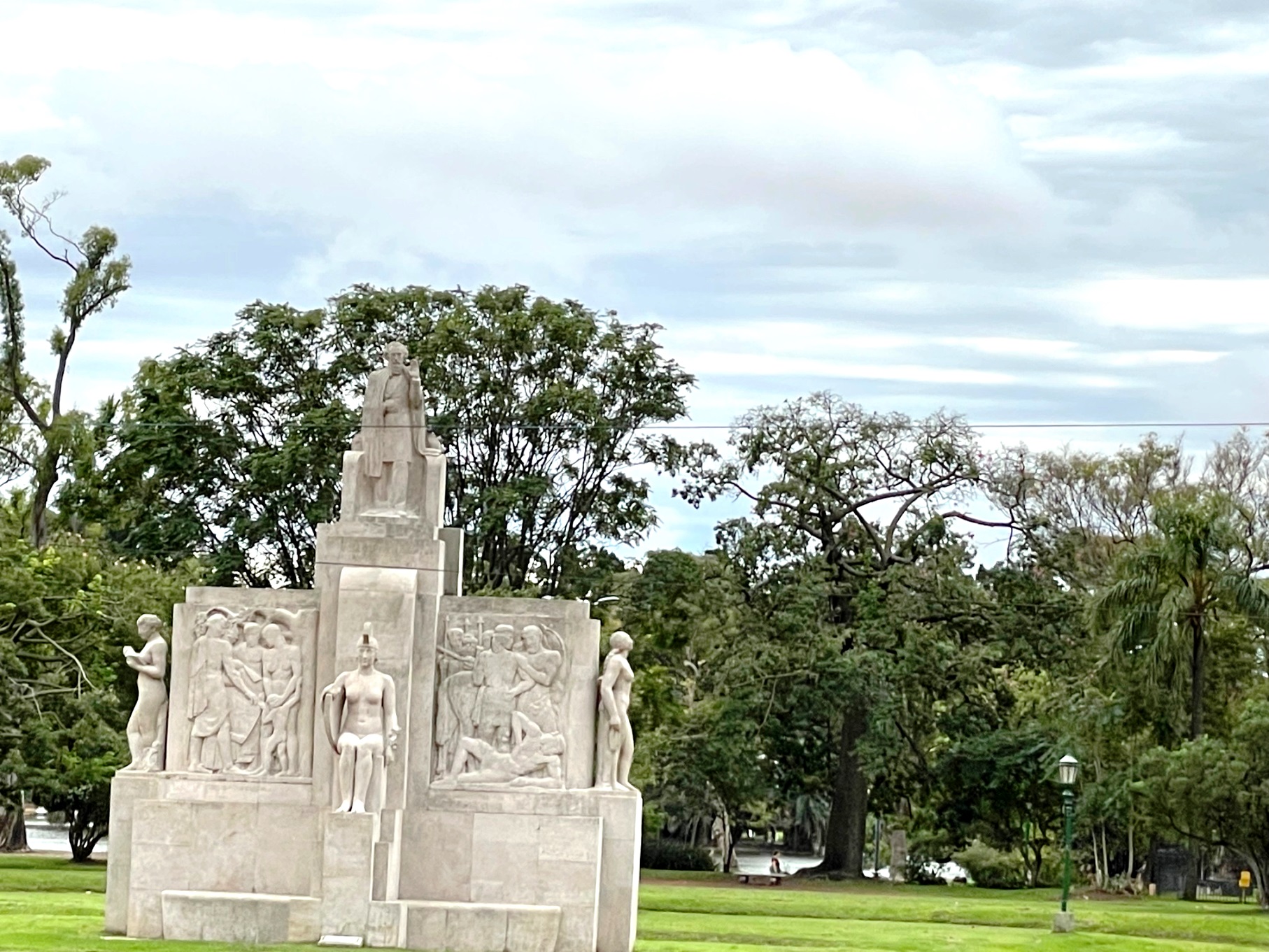 |
On the board of Norwegian Dawn |
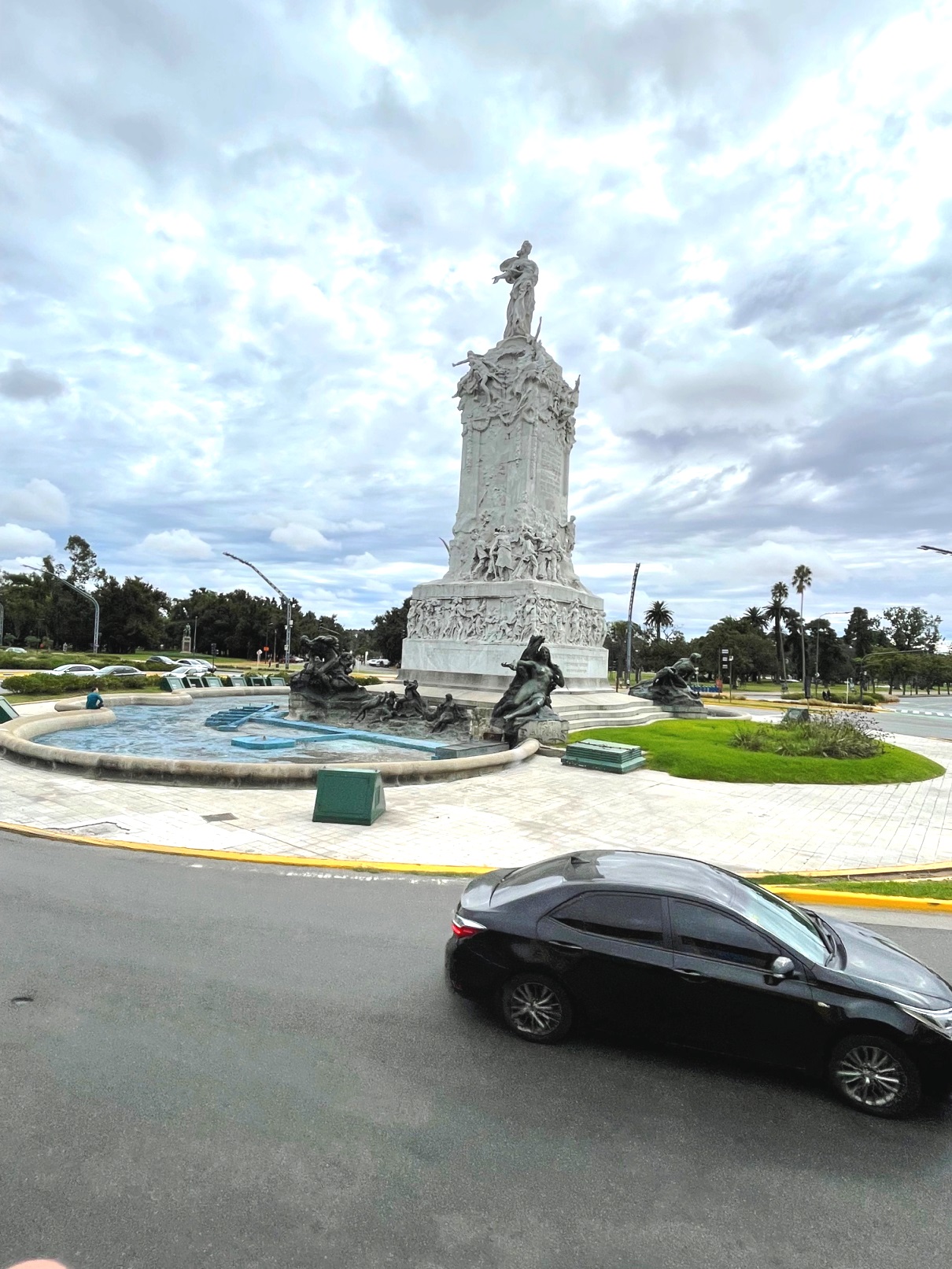 |
In the theatre |
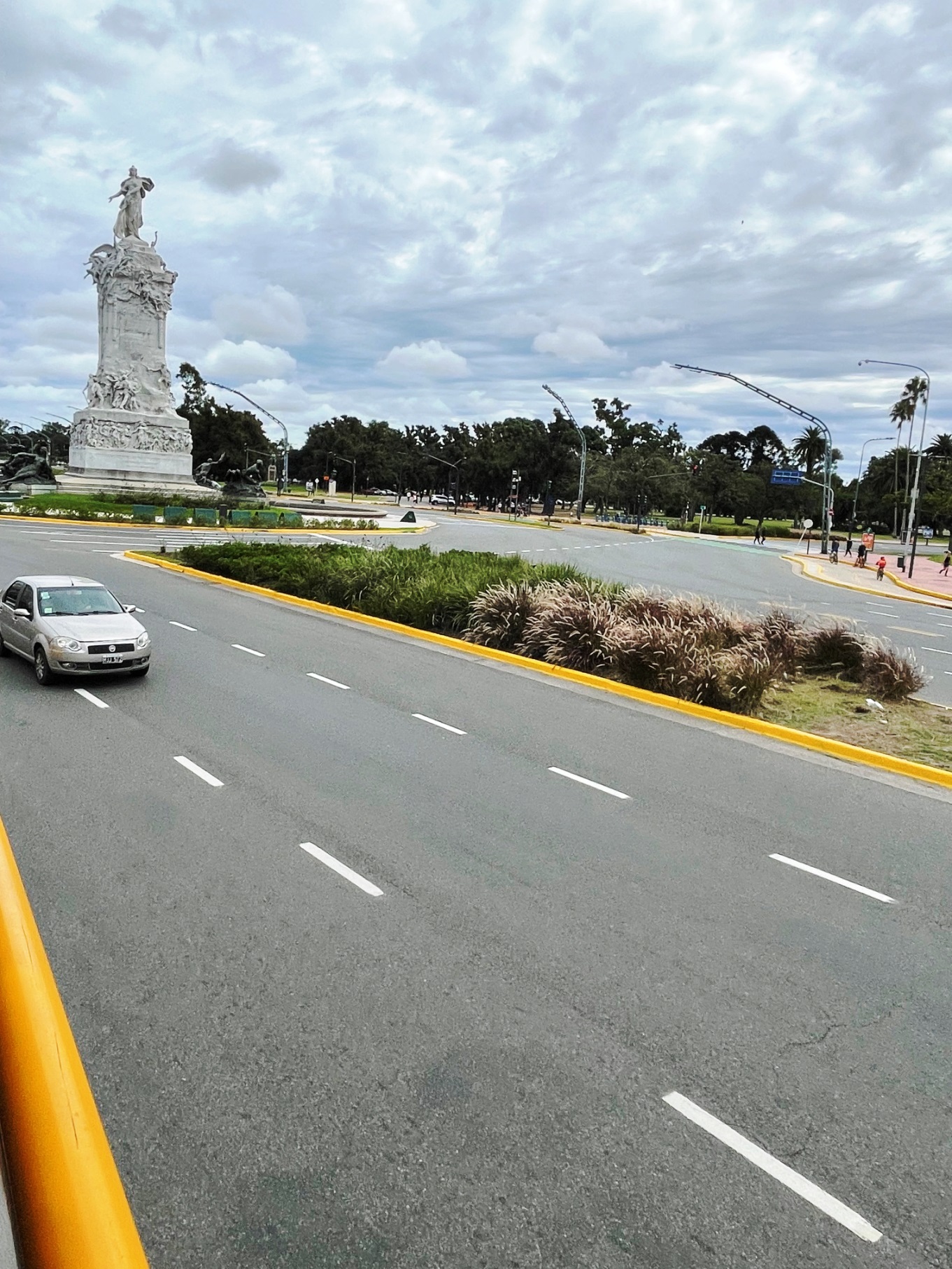 |
In the theatre |
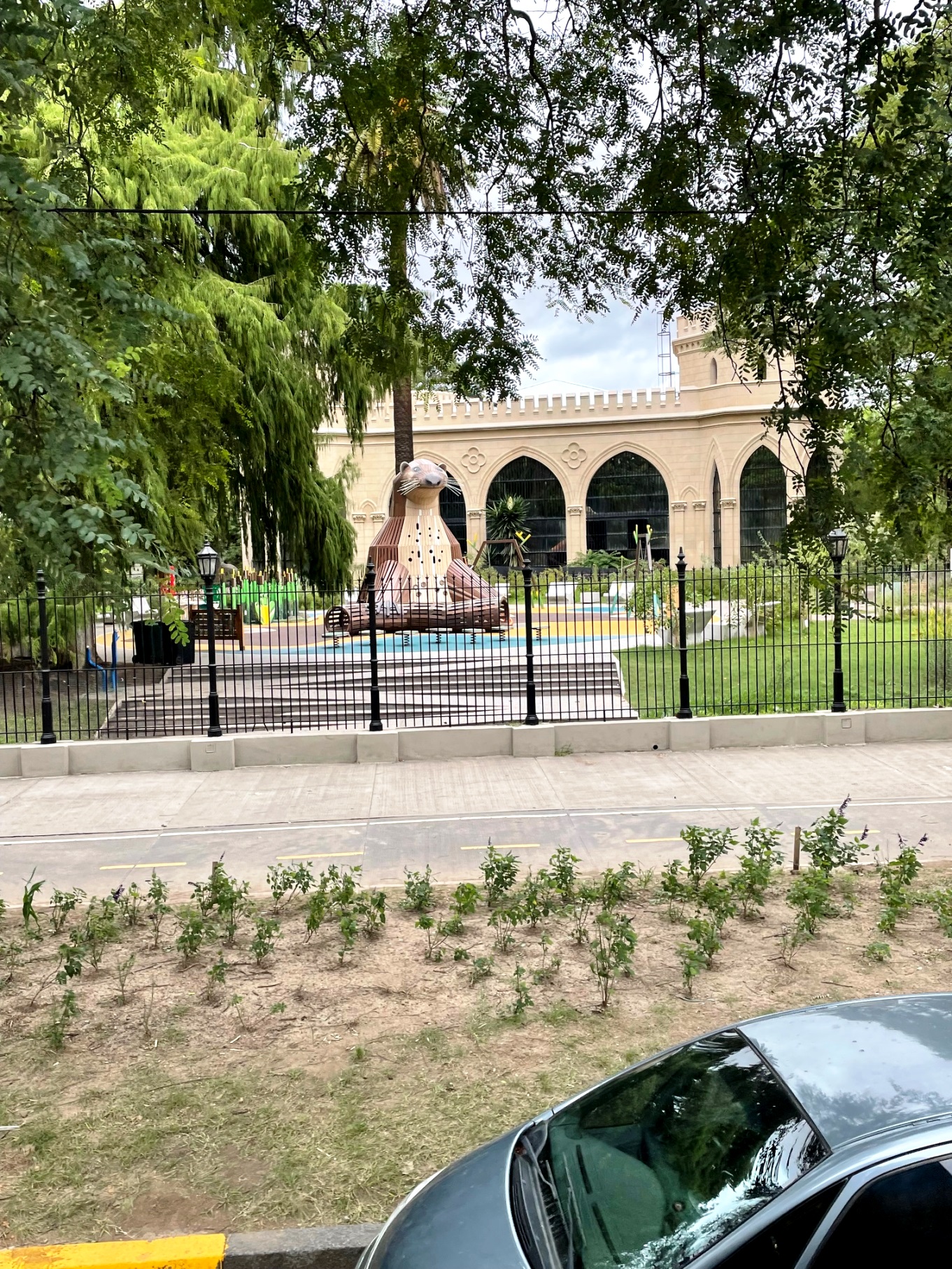 |
Art Auction |
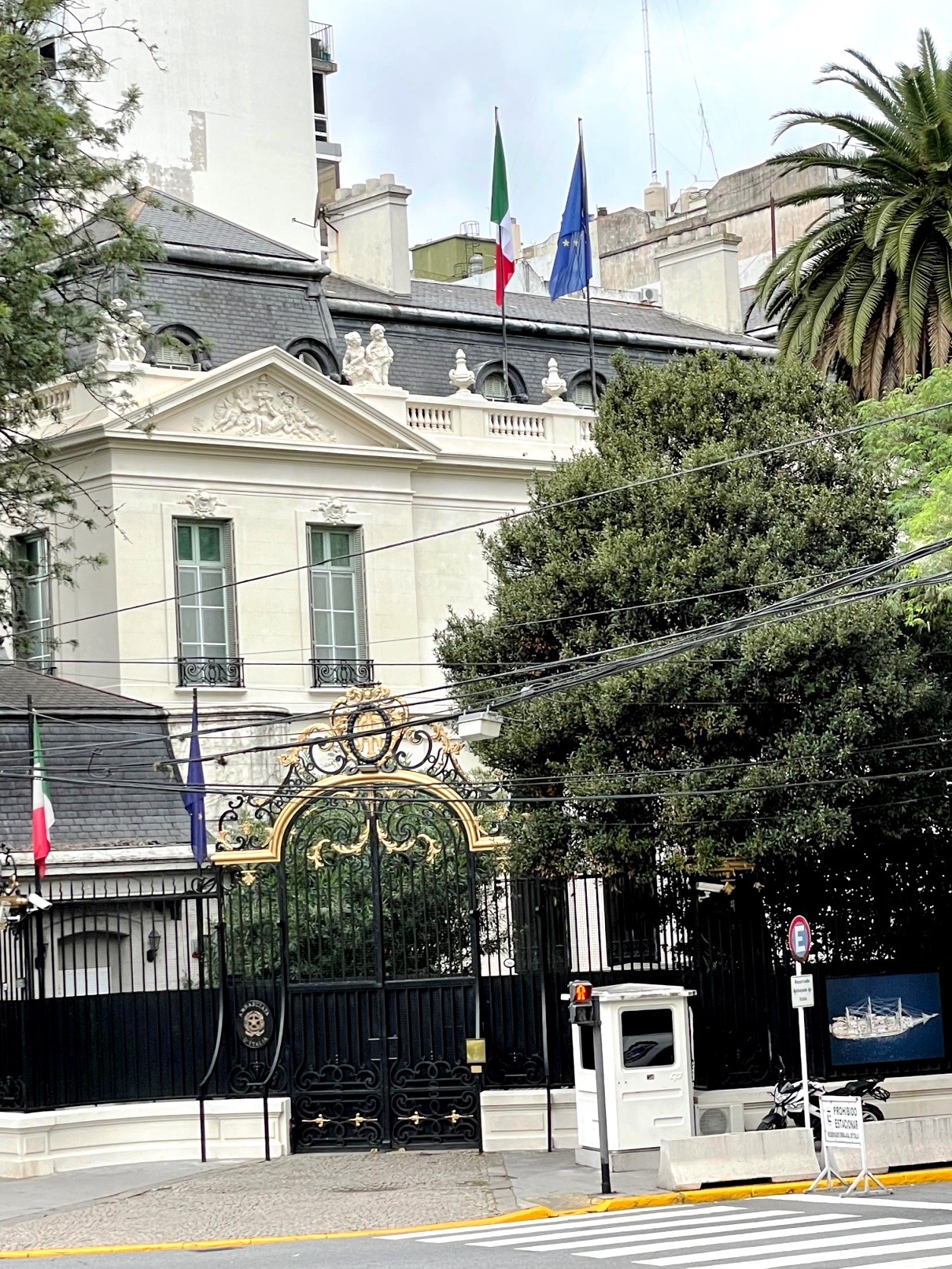 |
Art Auction |
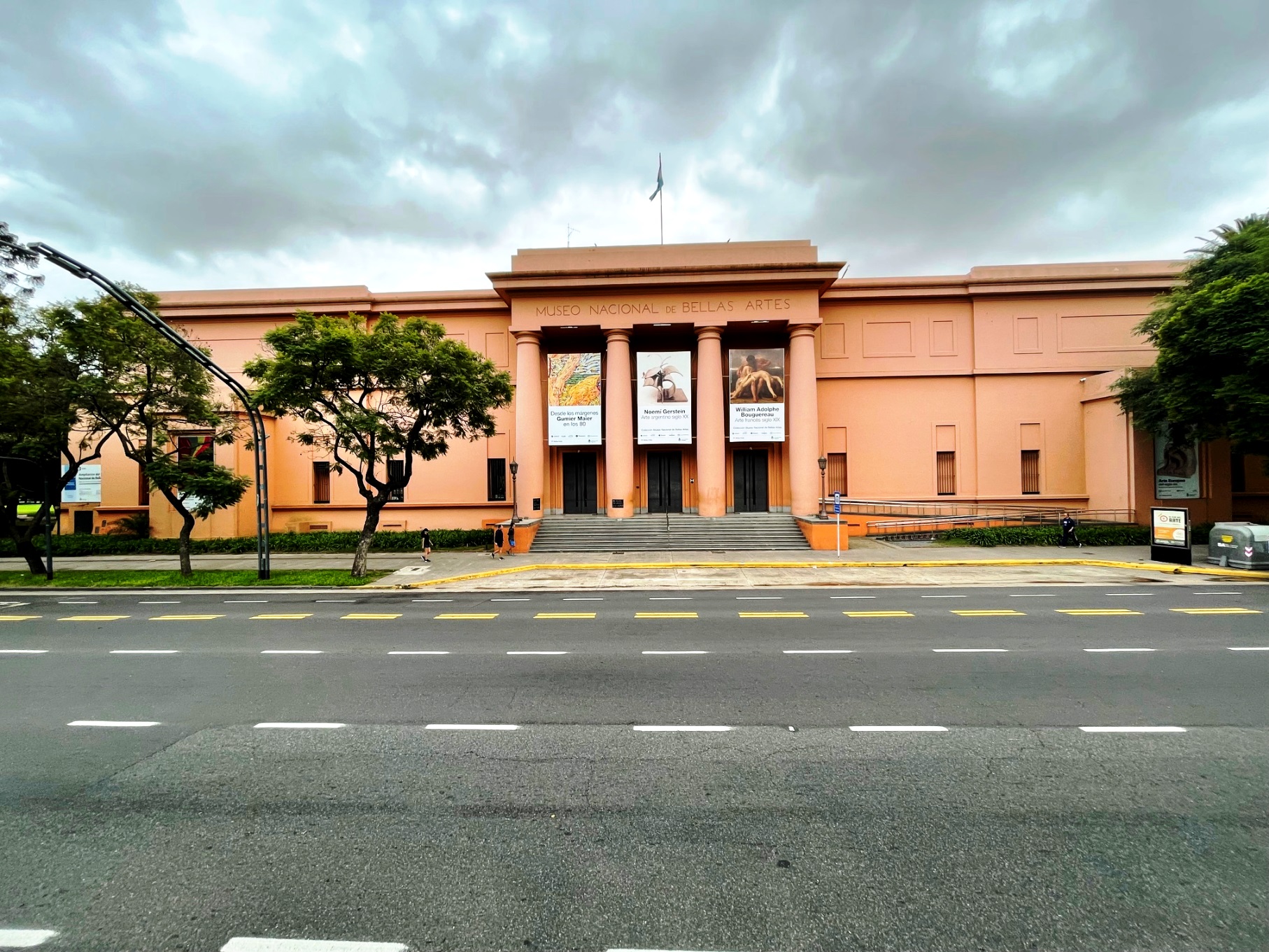 |
On the board of Norwegian Dawn |
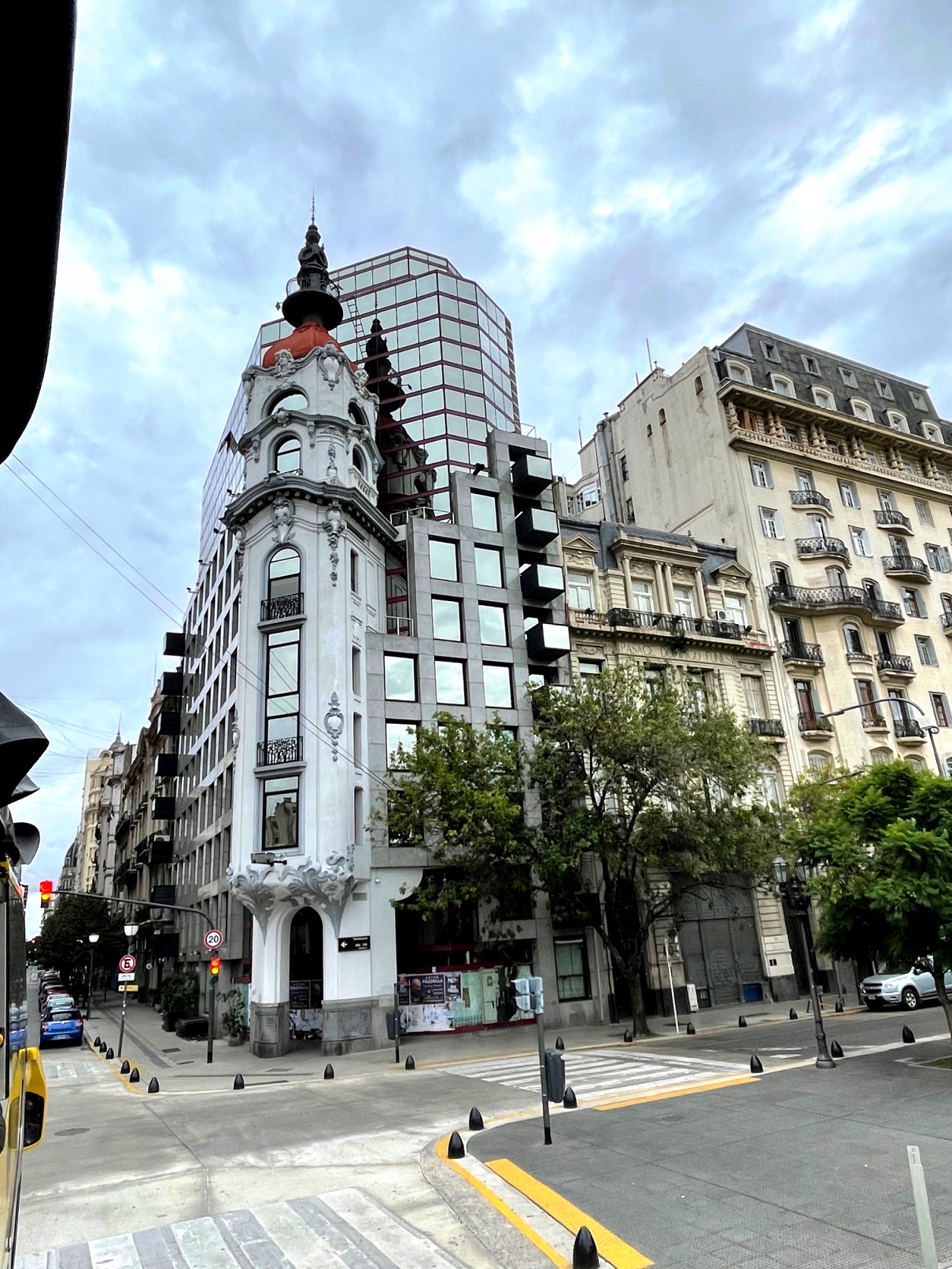 |
In the theatre |
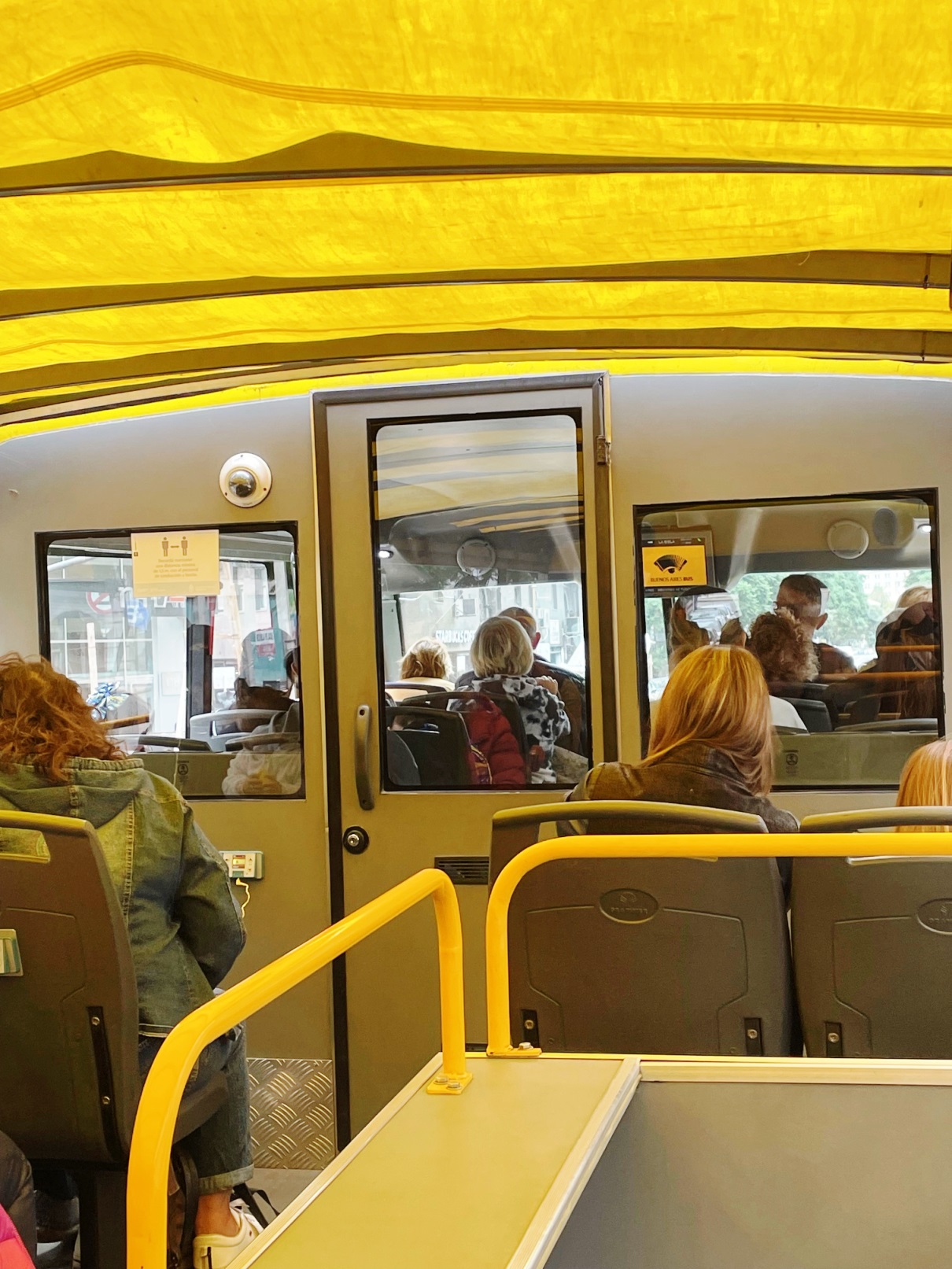 |
In the theatre |
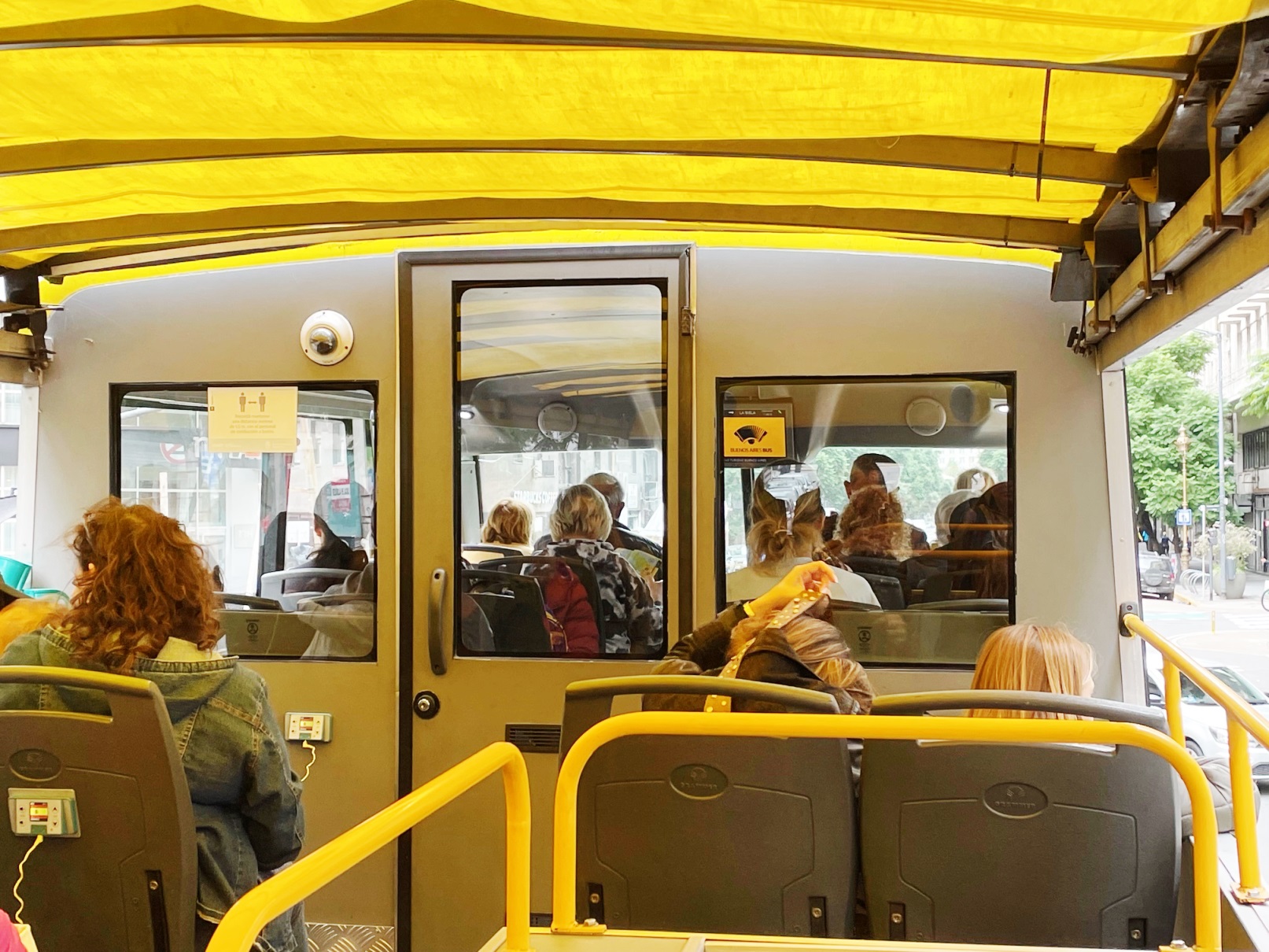 |
Art Auction |
 |
Art Auction |
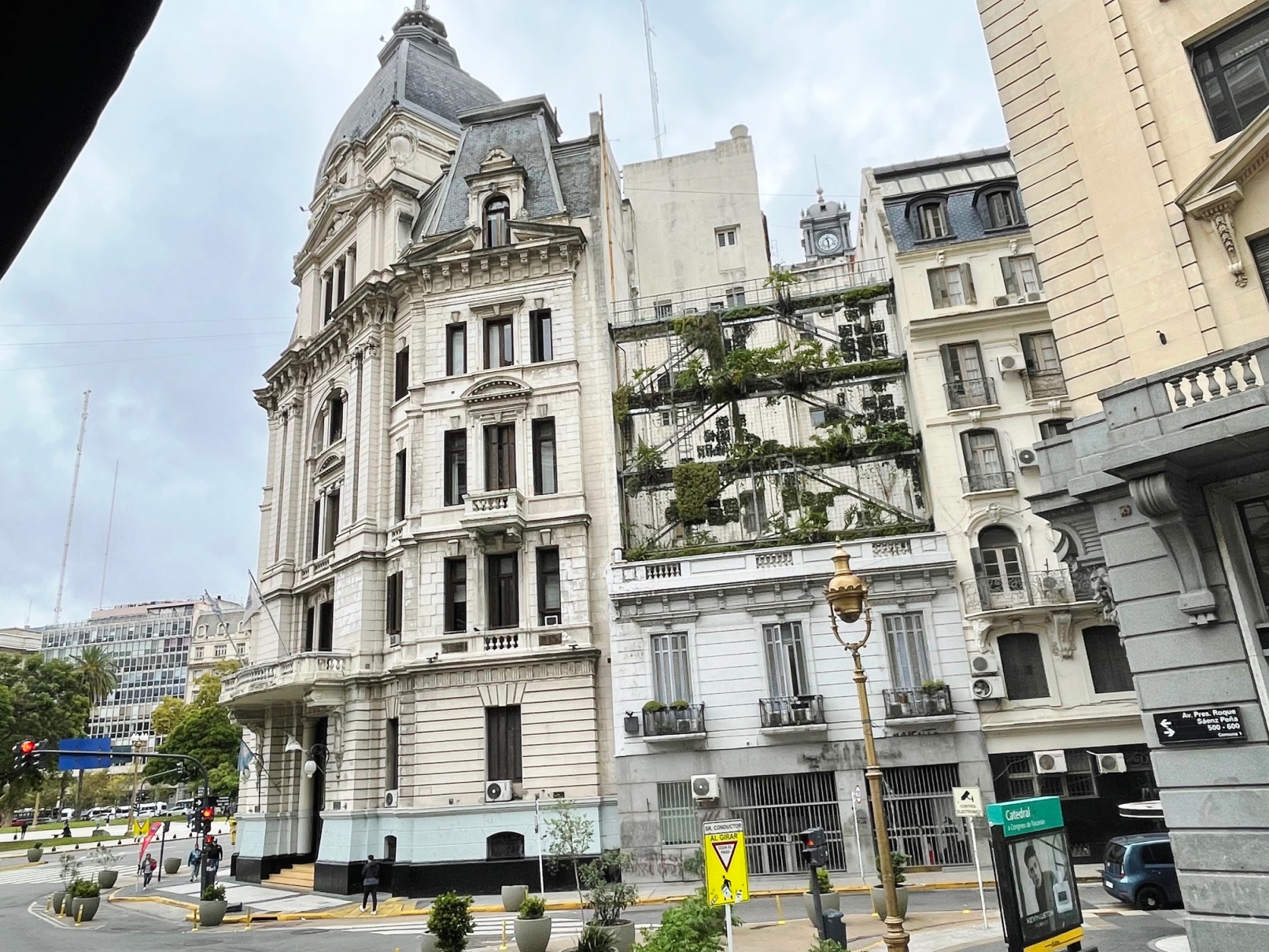 |
Art Auction |
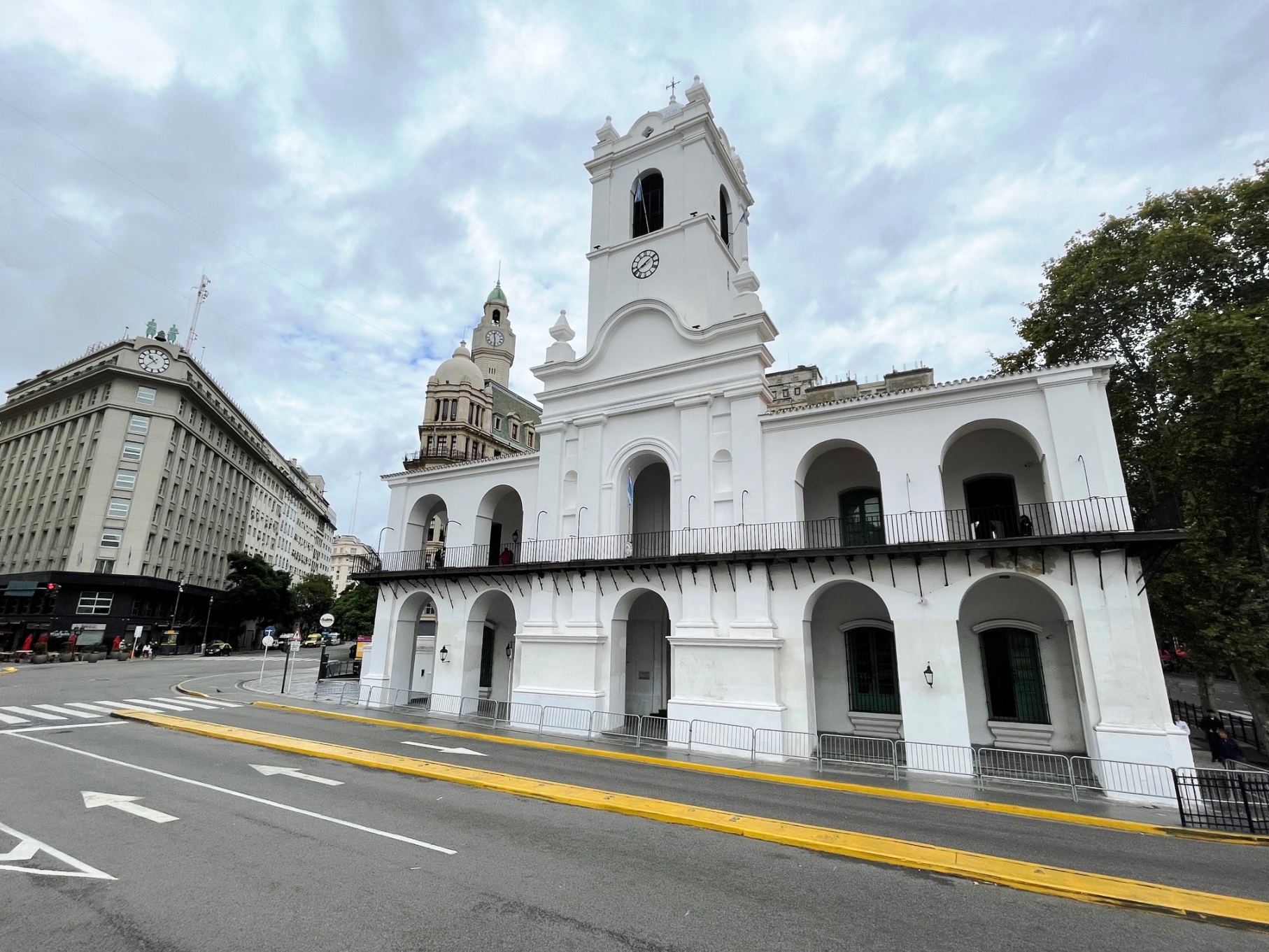 |
Art Auction |
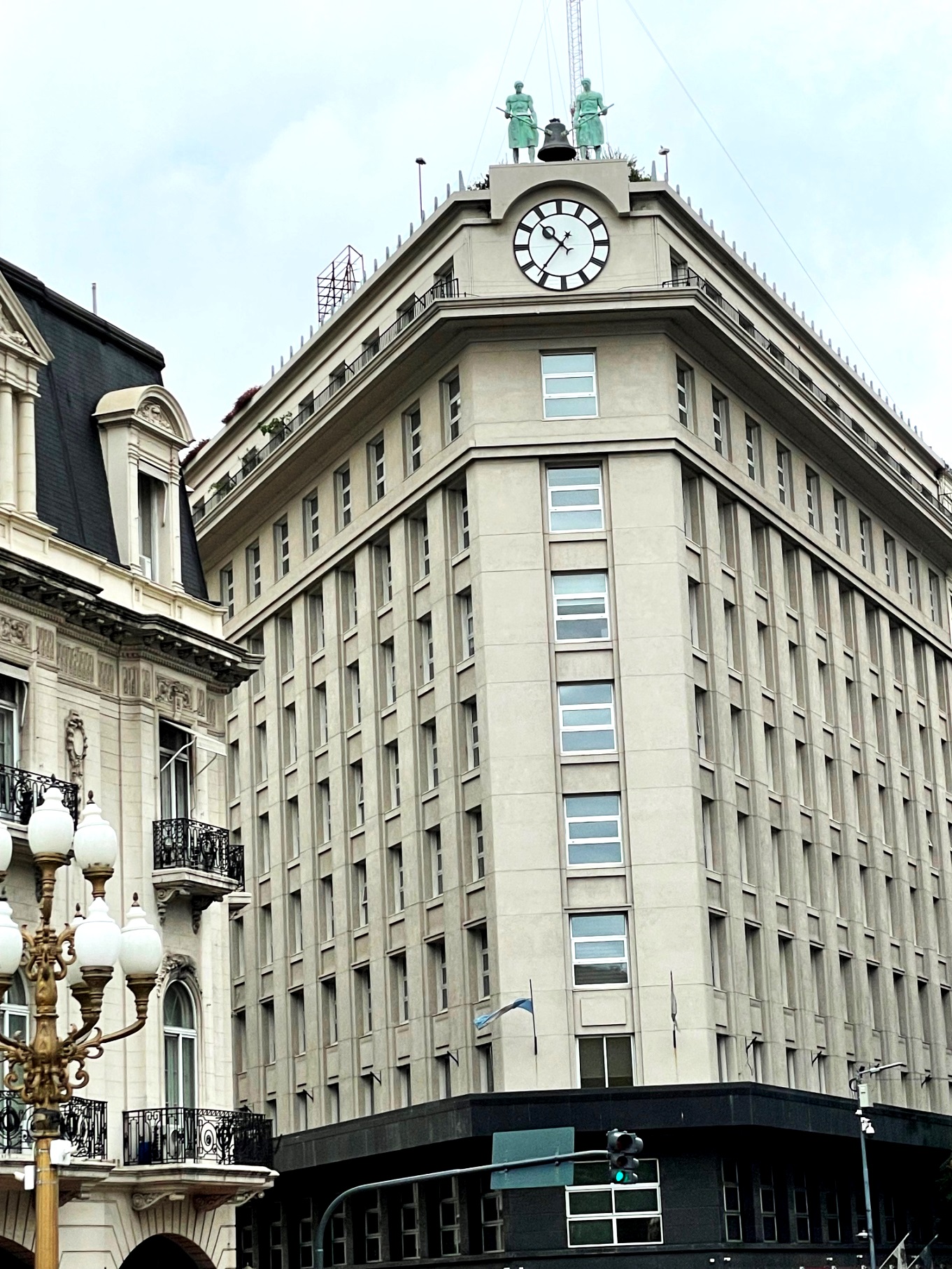 |
Art Auction |
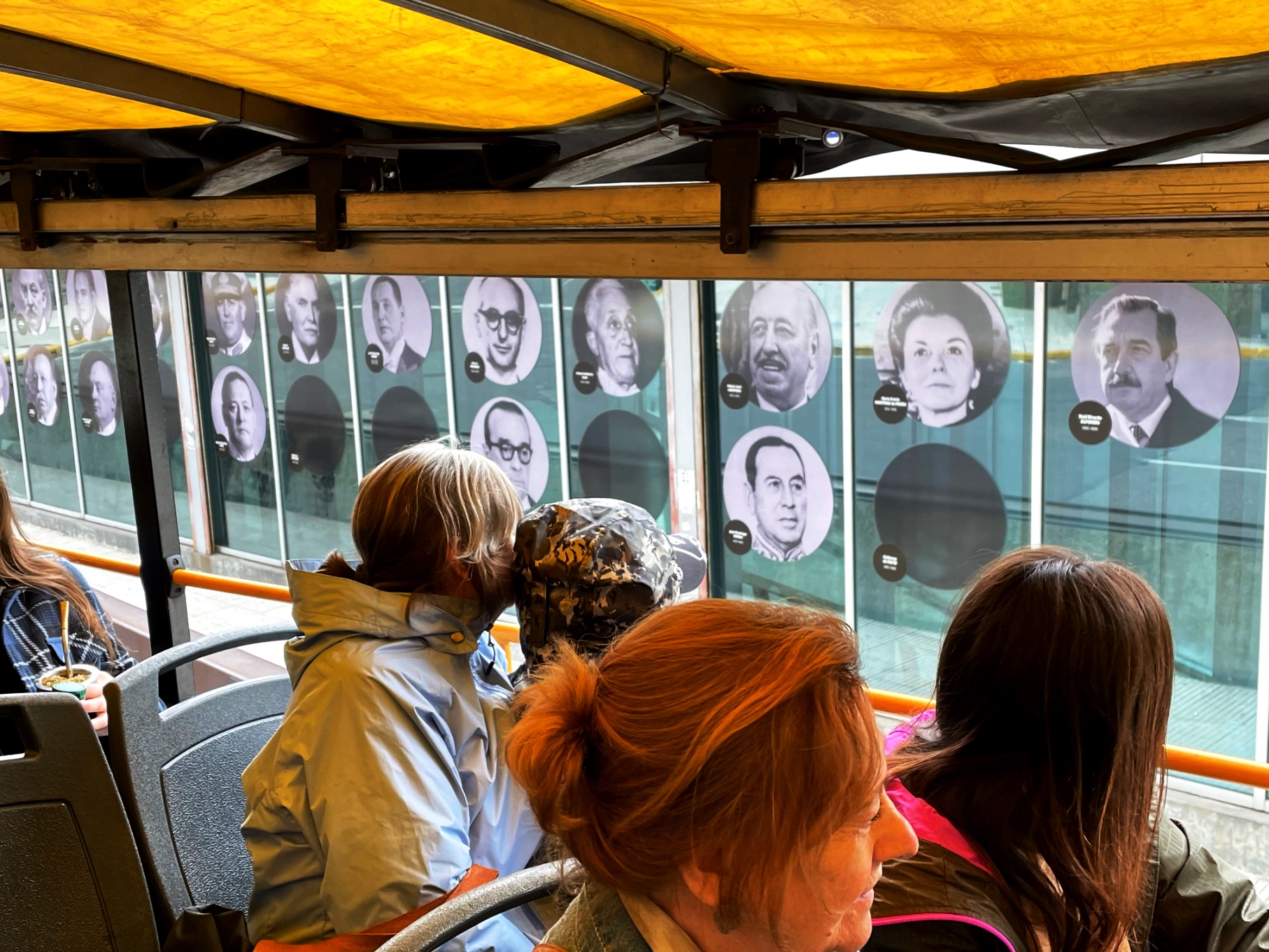 |
Art Auction |
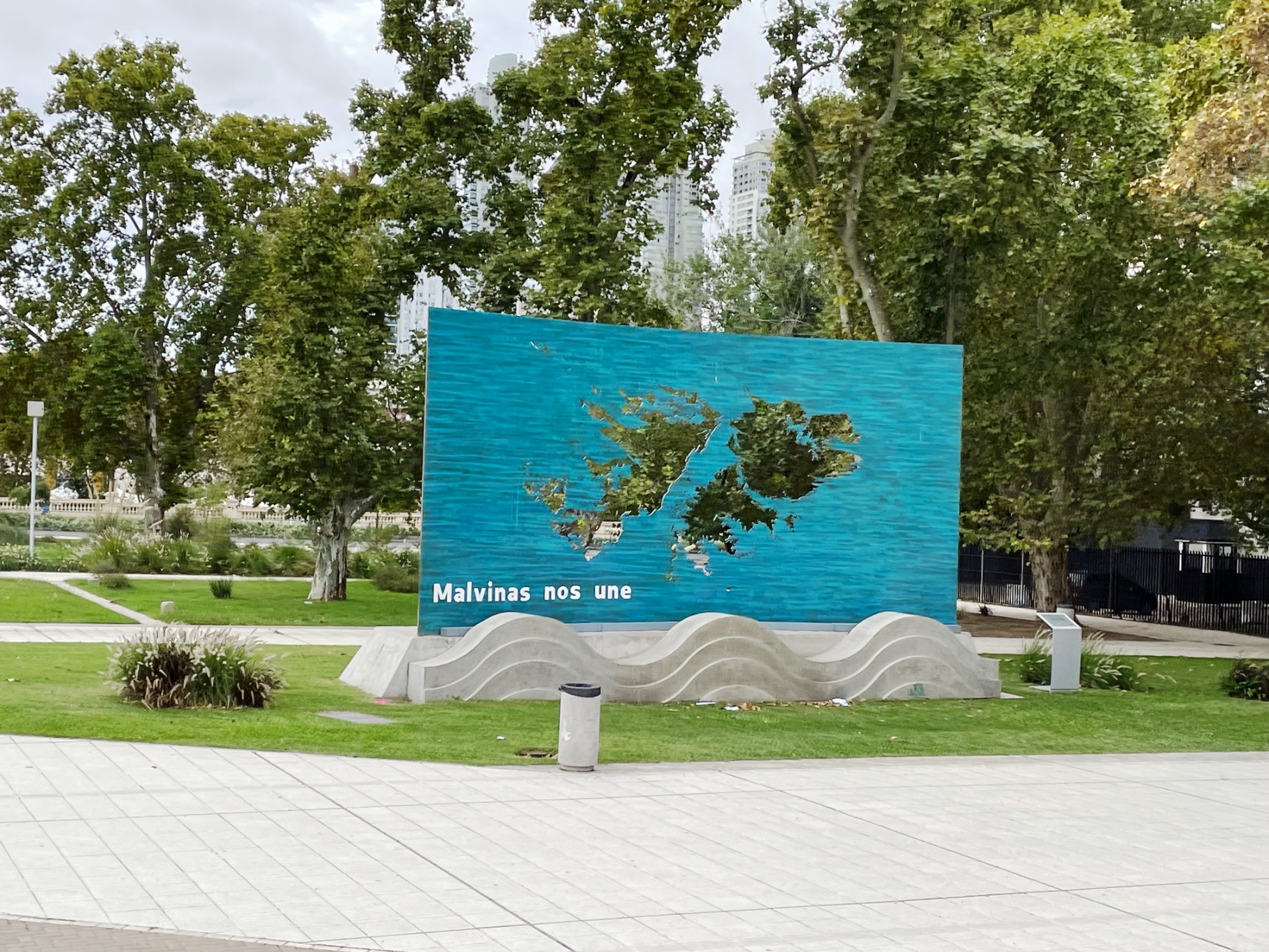 |
Art Auction |
 |
Art Auction |
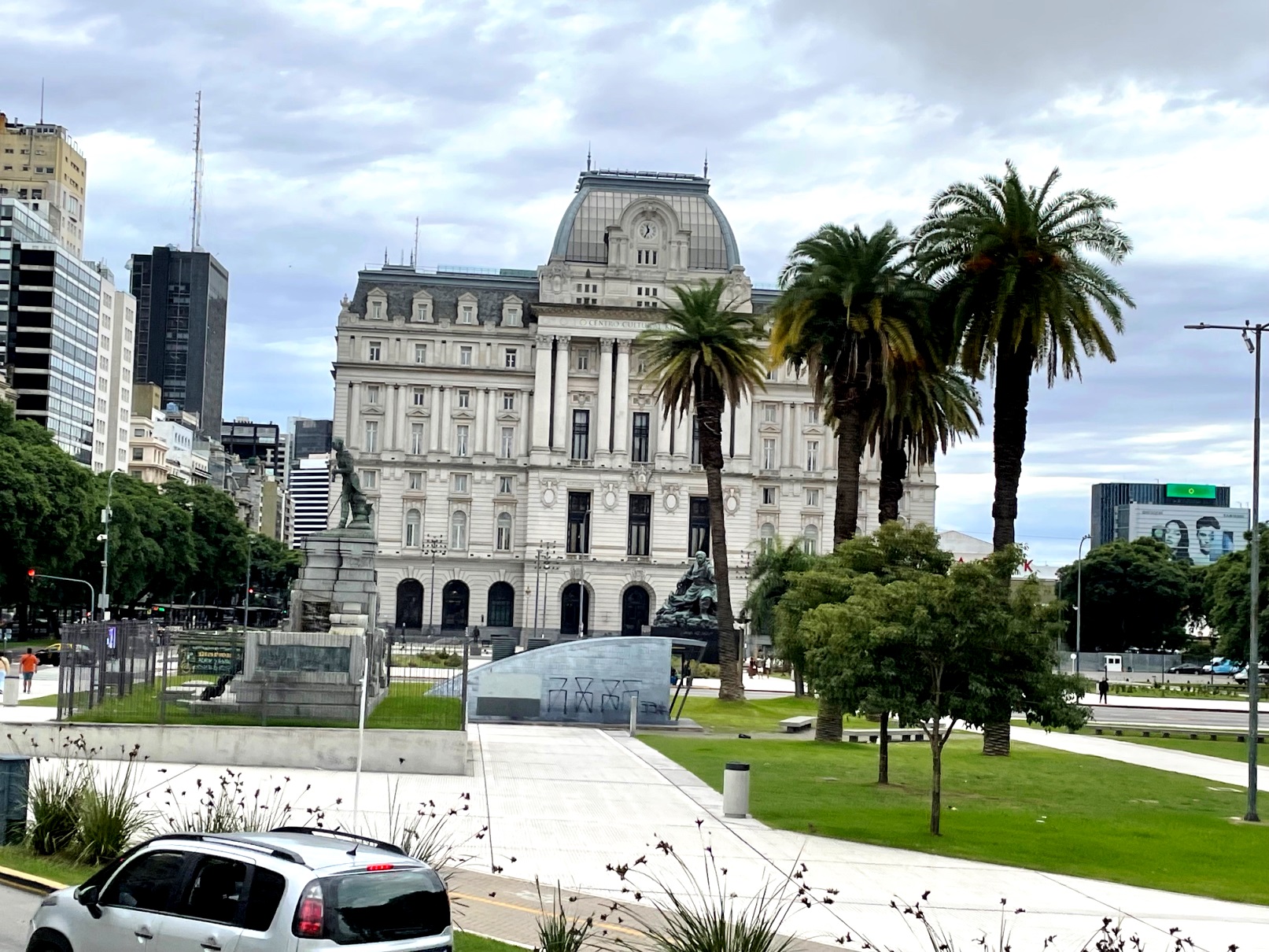 |
Art Auction |
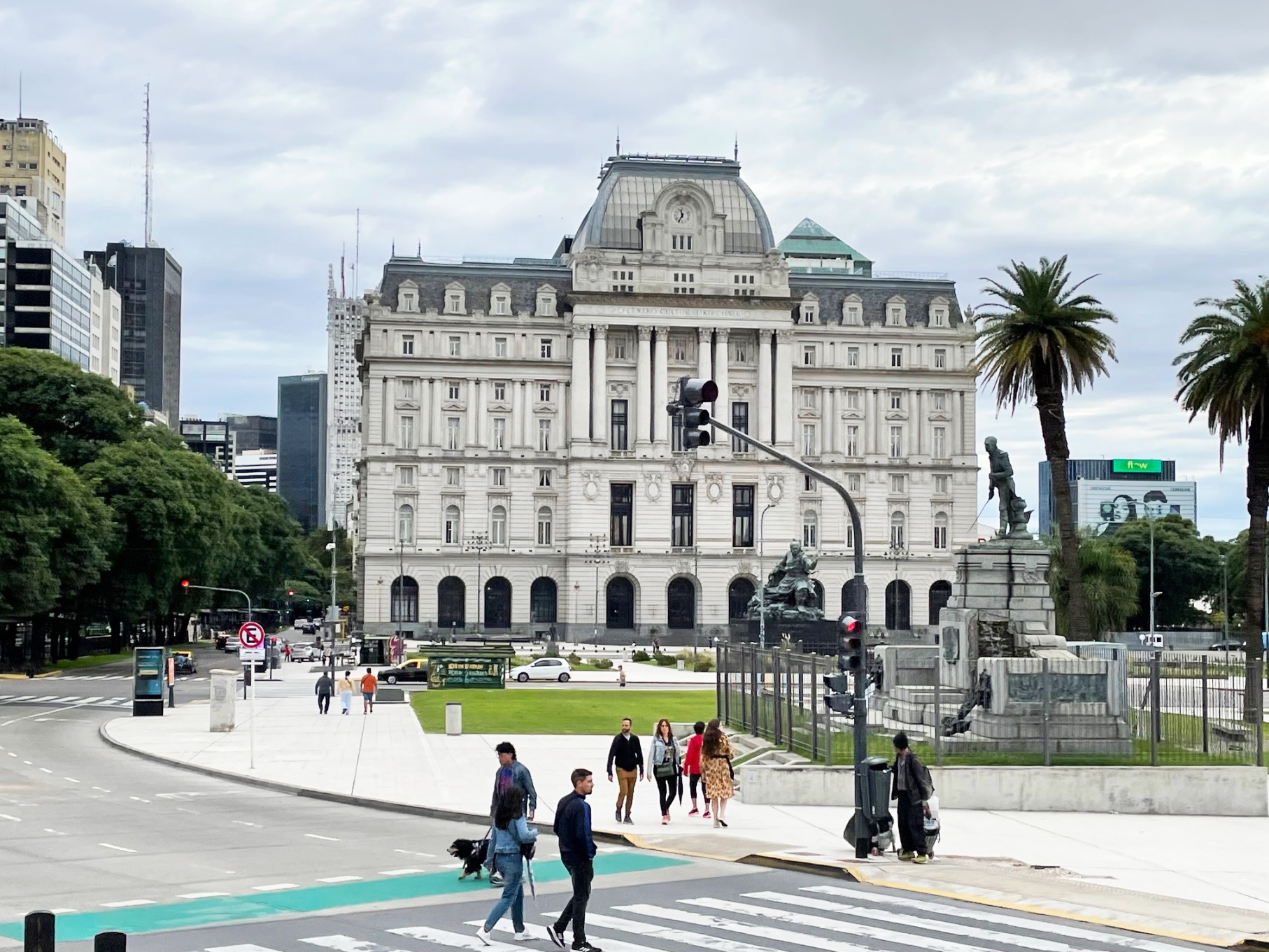 |
Art Auction |
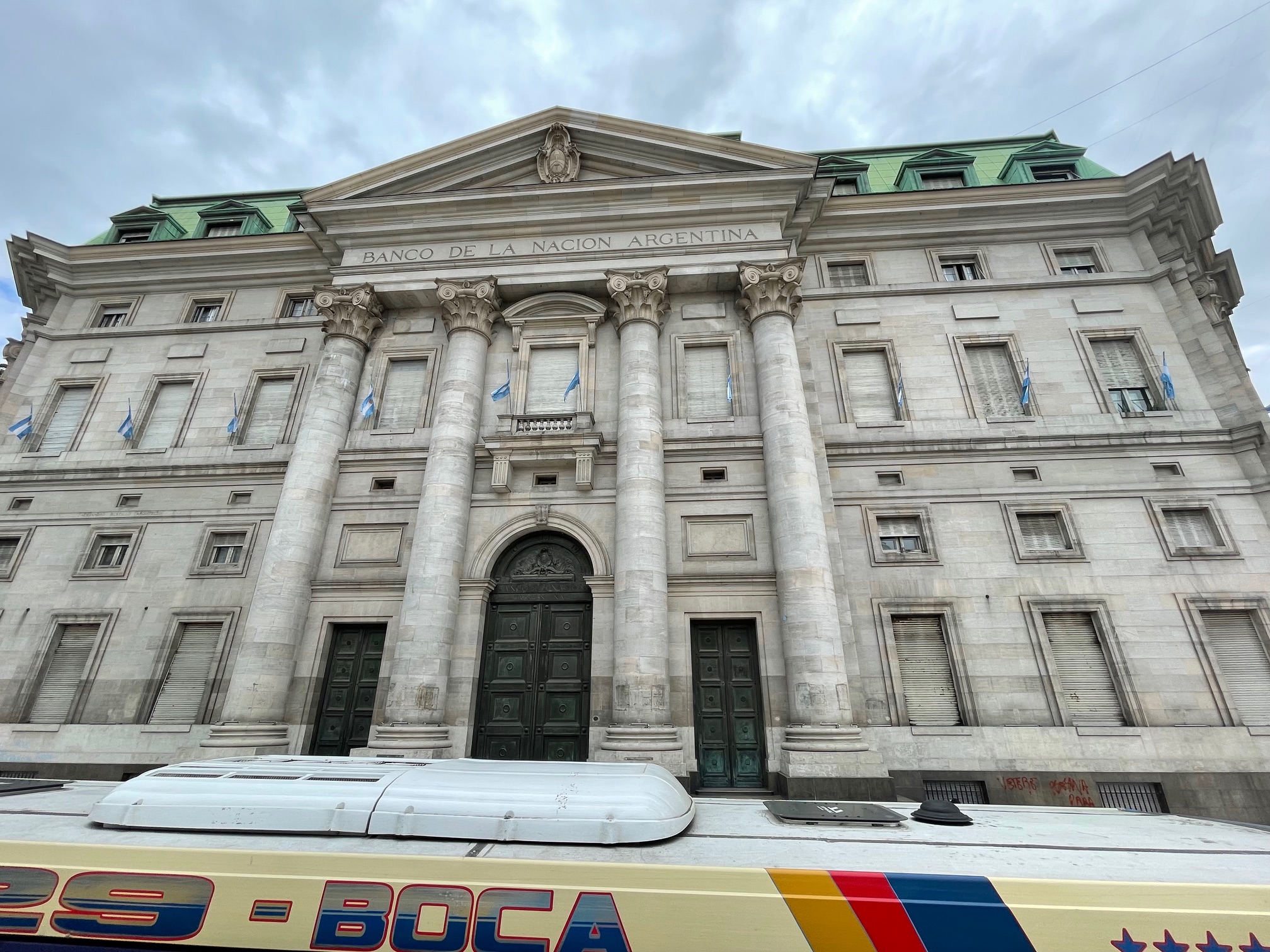 |
Art Auction |
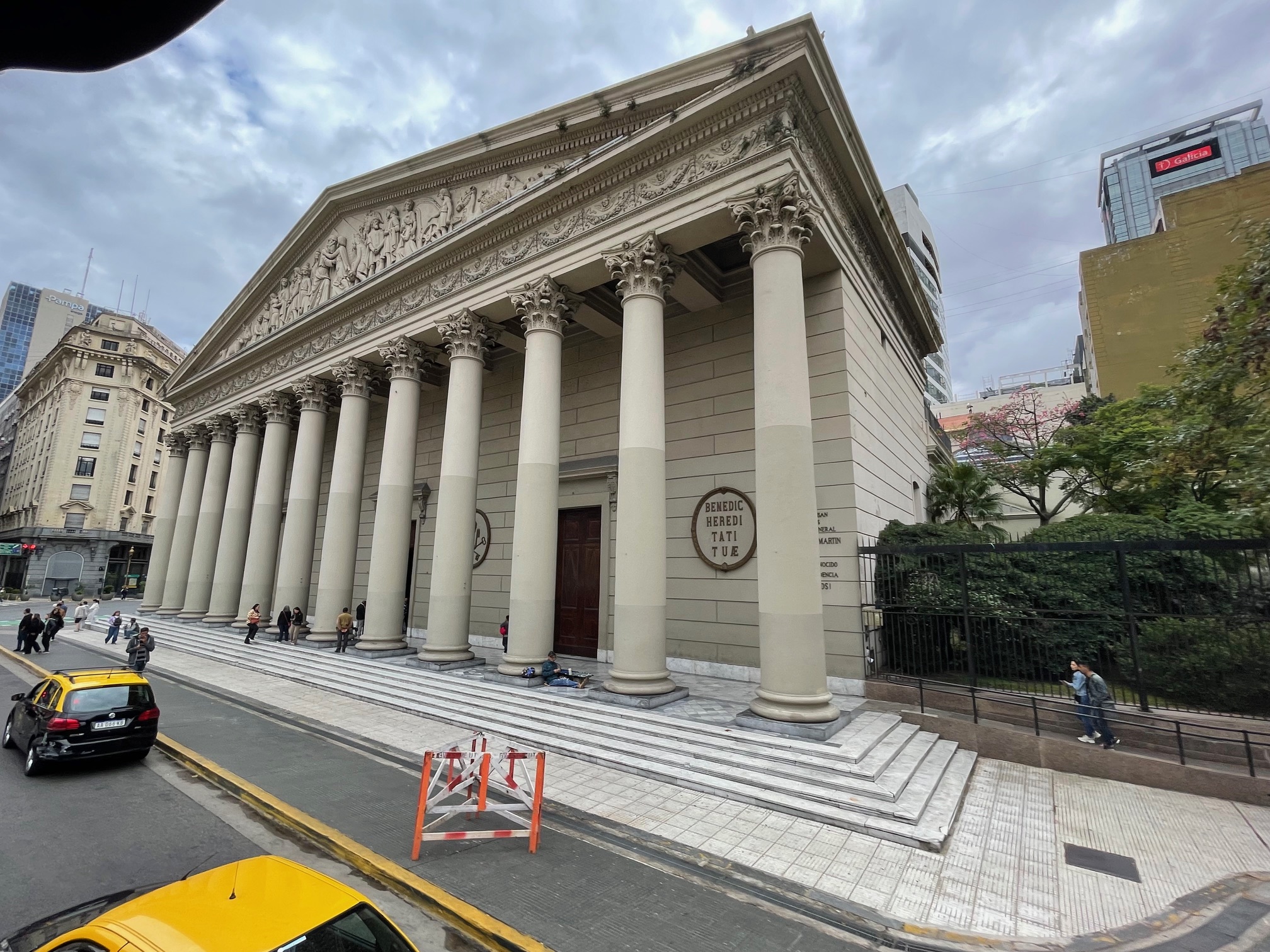 |
Art Auction |
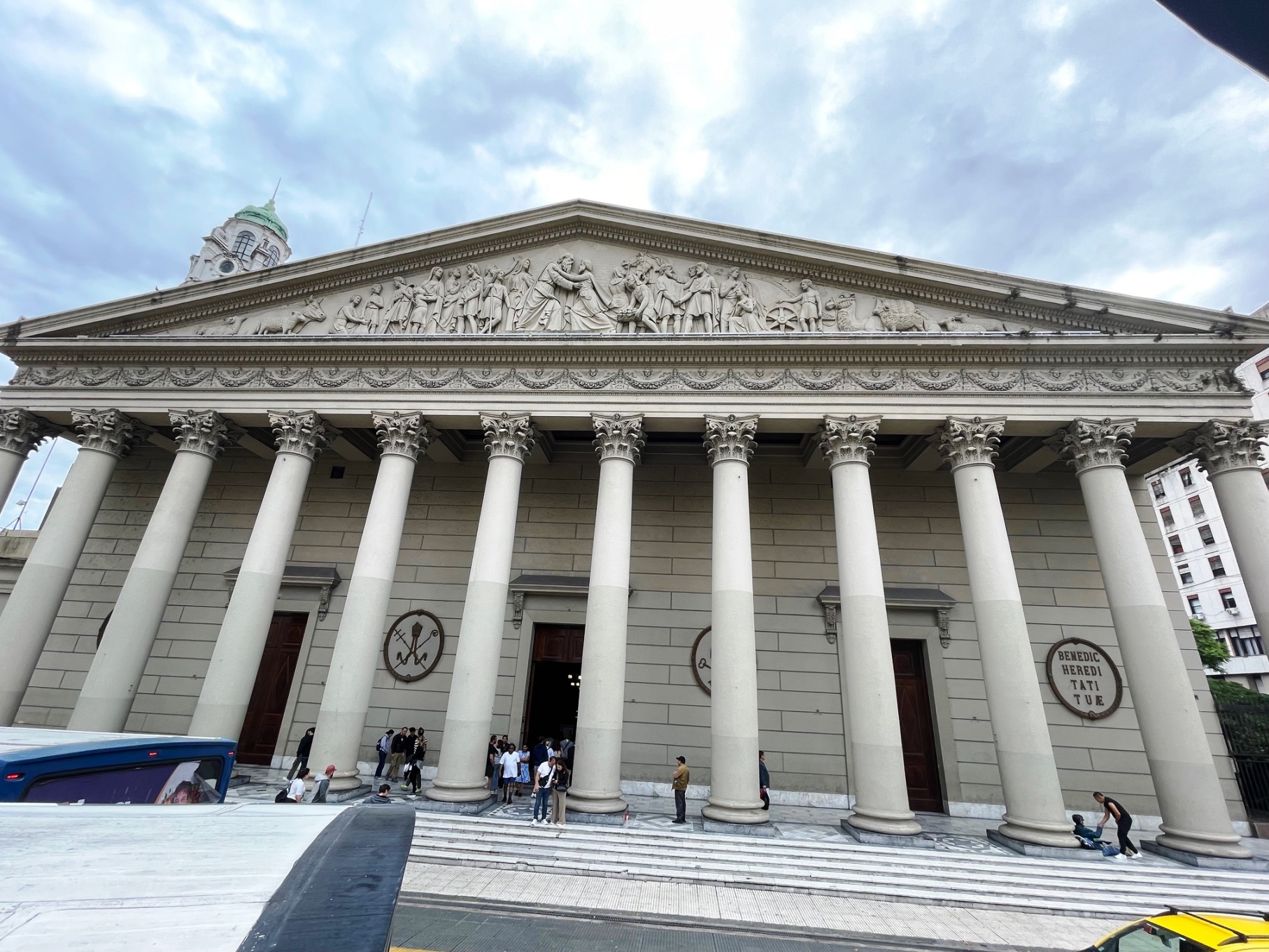 |
Art Auction |
 |
Art Auction |
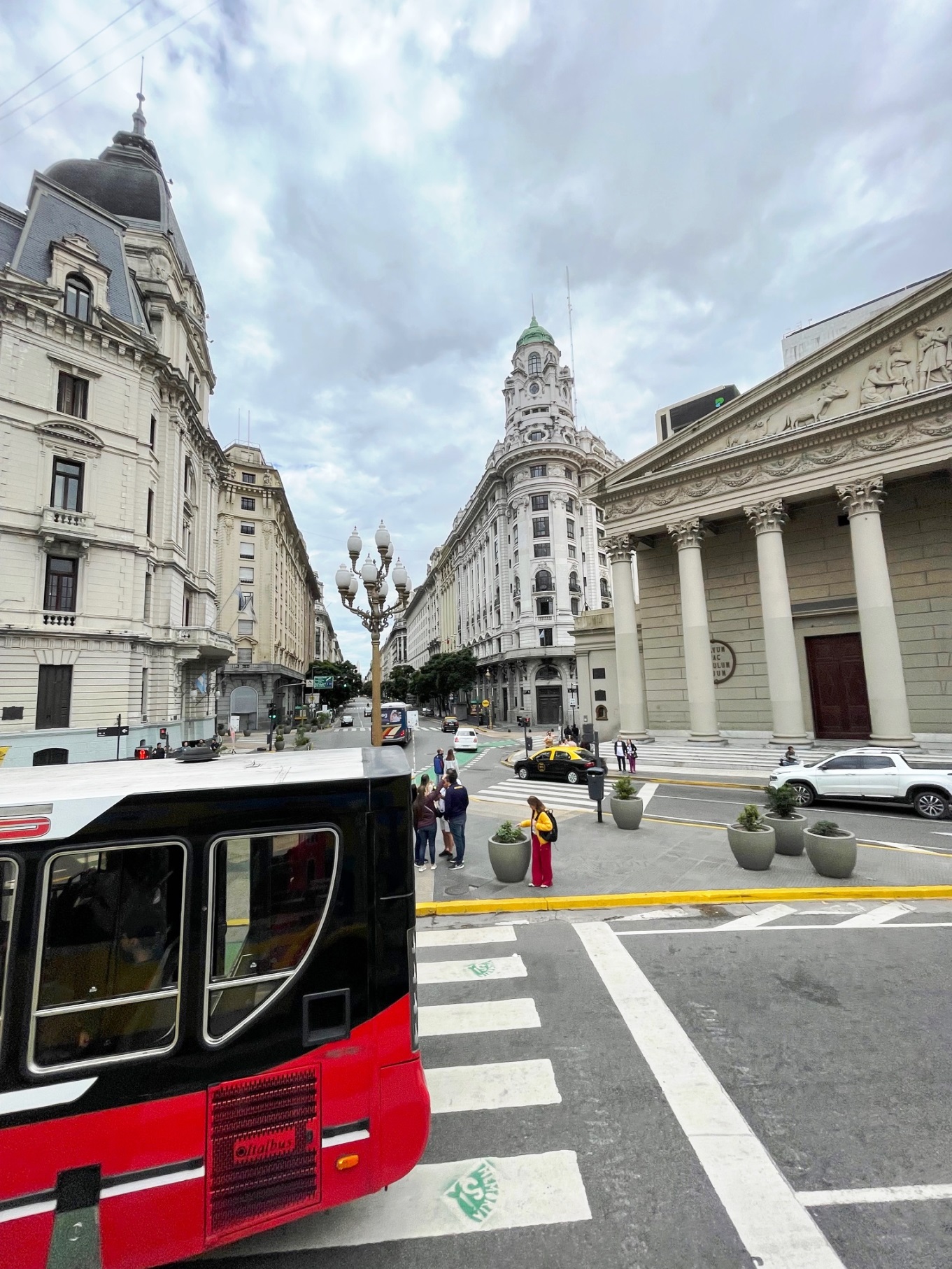 |
Art Auction |
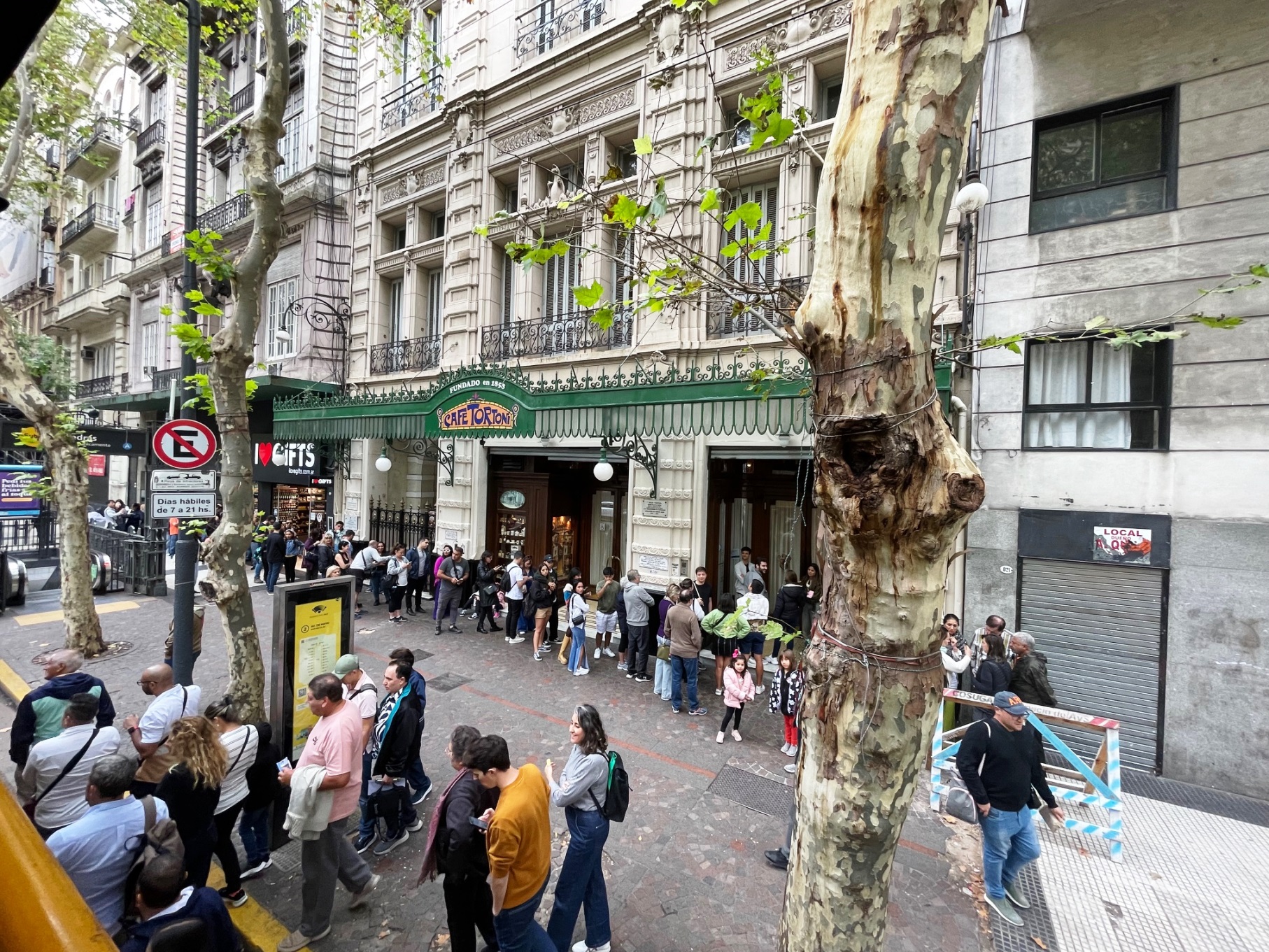 |
Art Auction |
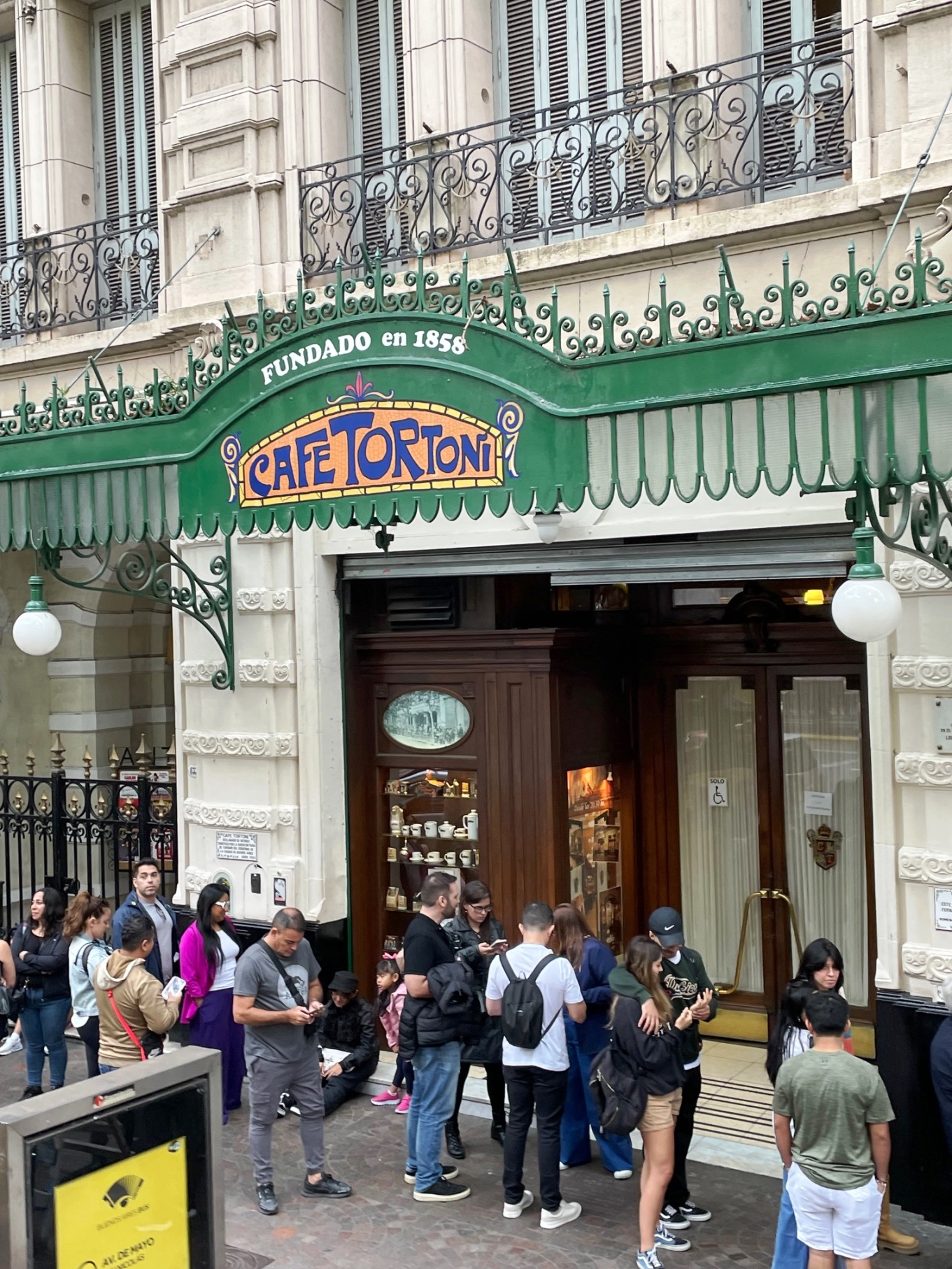 |
Art Auction |
 |
Art Auction |
 |
Art Auction |
 |
Art Auction |
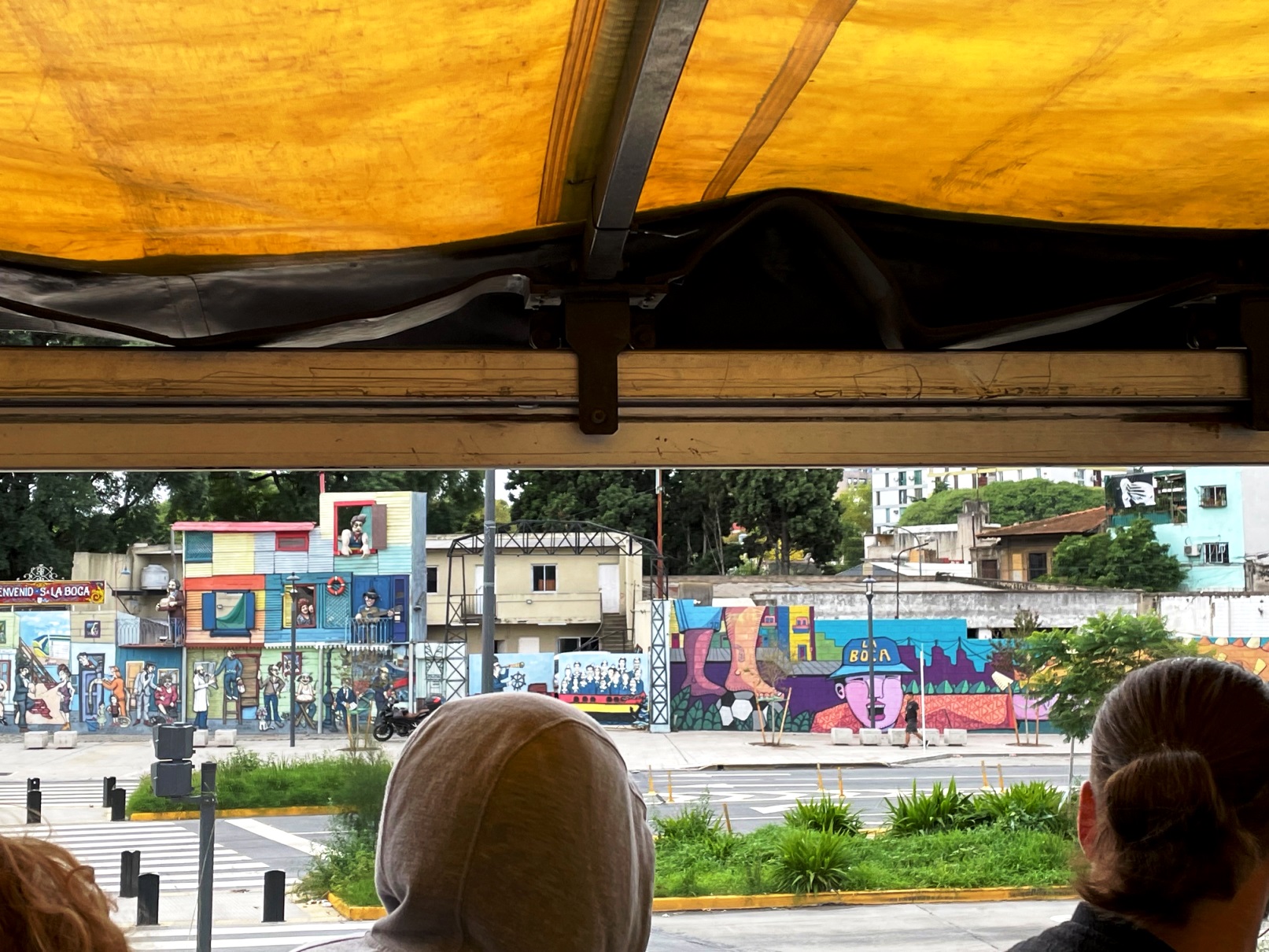 |
Art Auction |
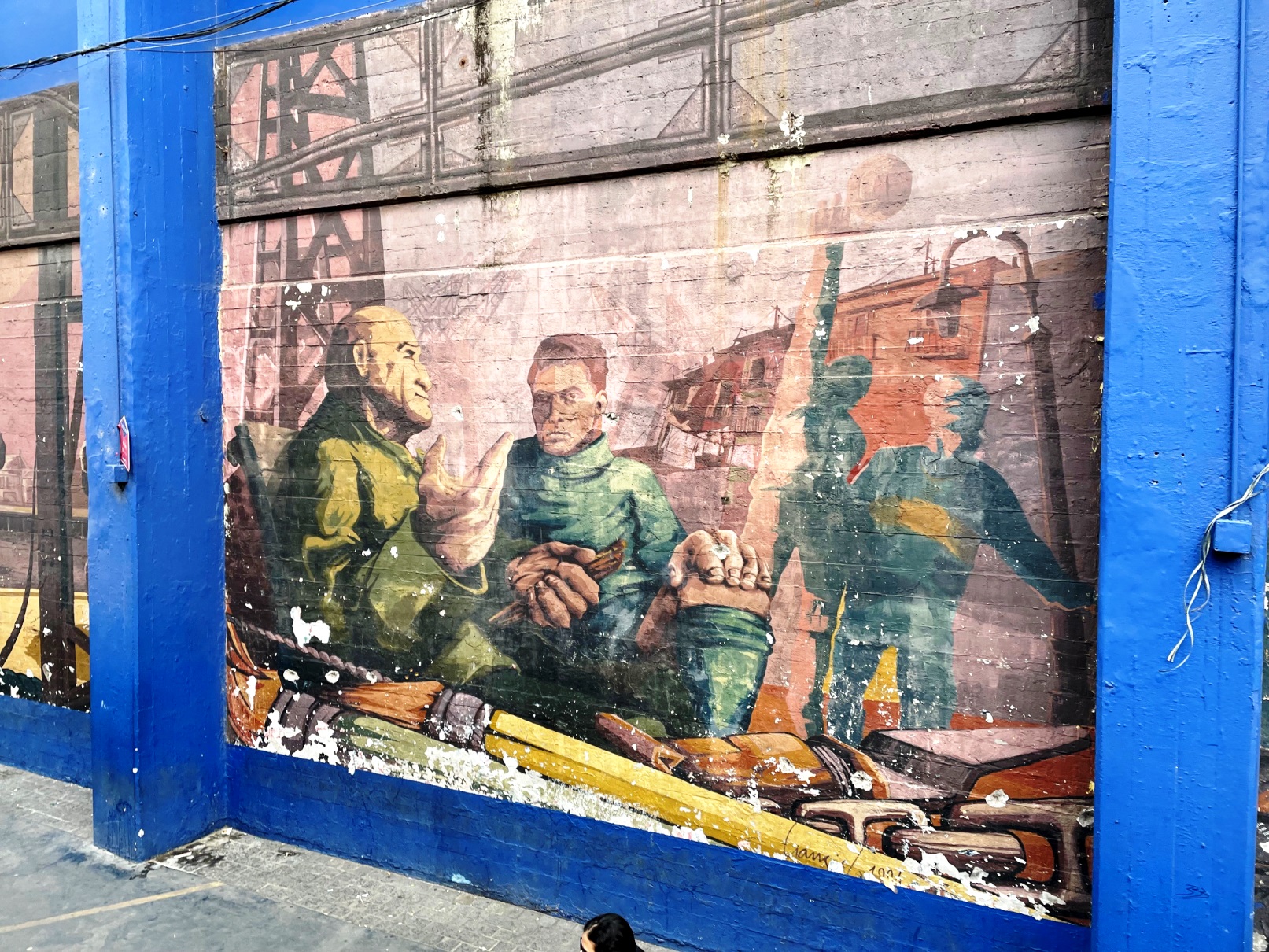 |
Art Auction |
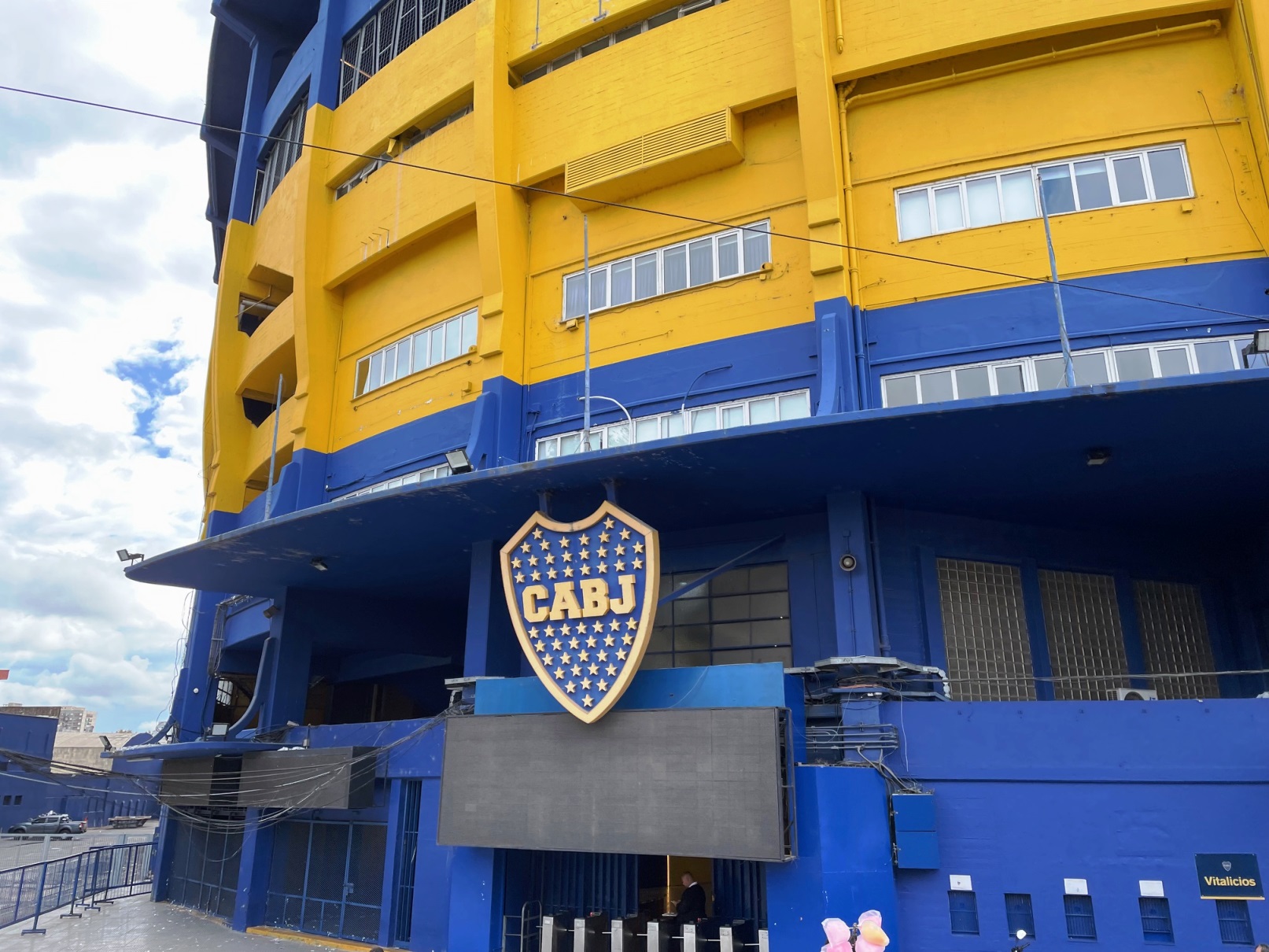 |
Art Auction |
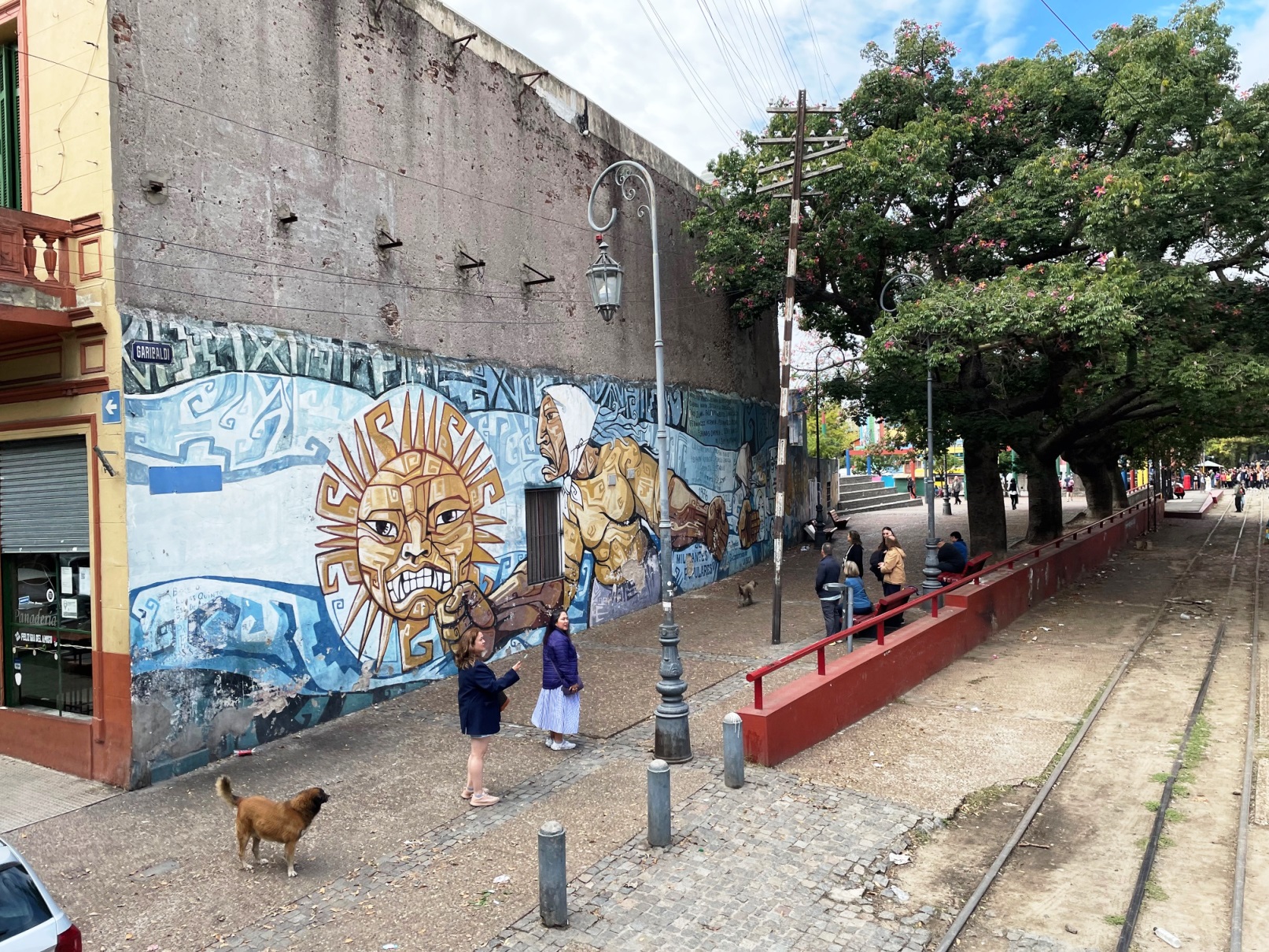 |
Art Auction |
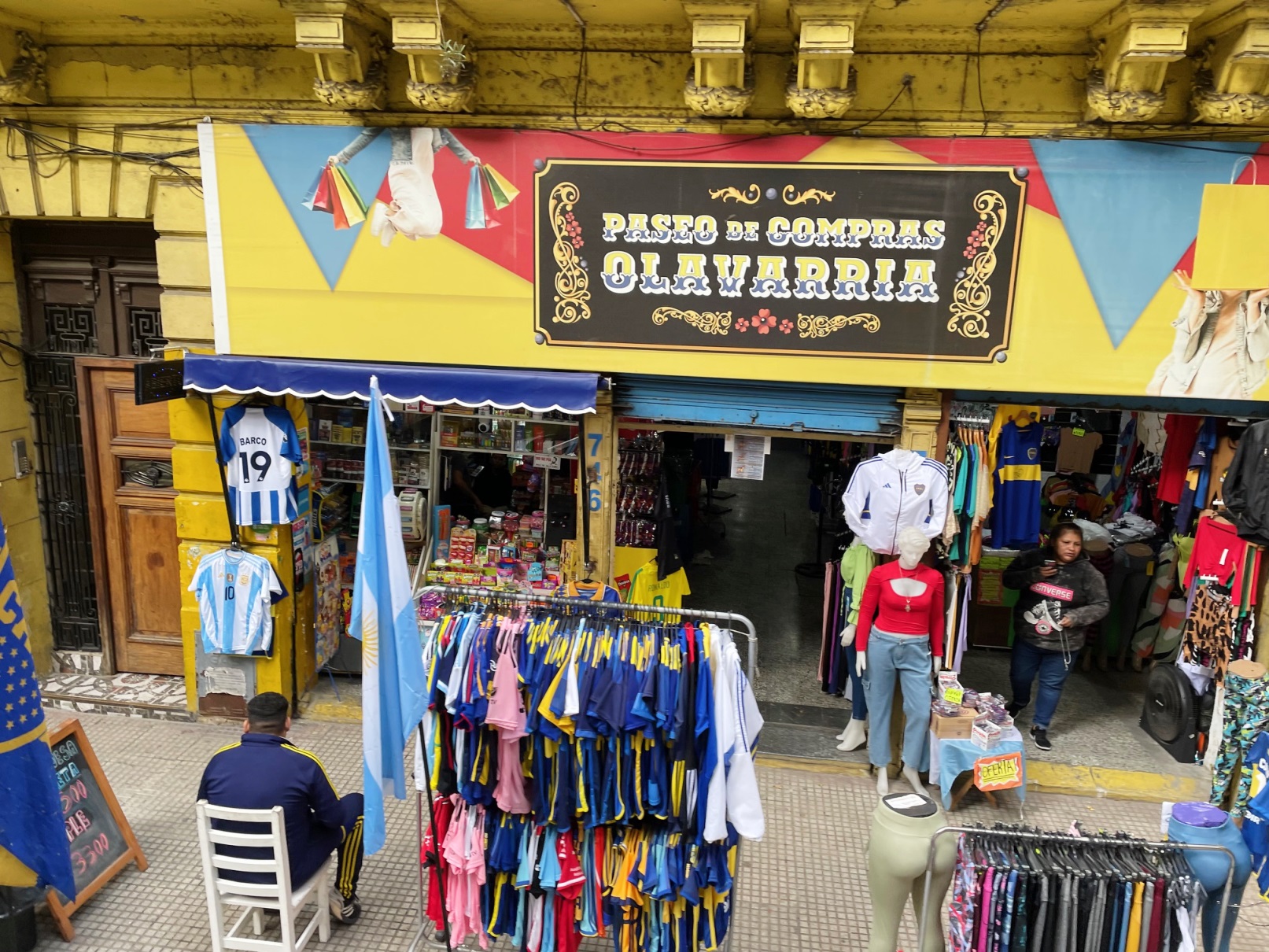 |
Art Auction |
 |
Art Auction |
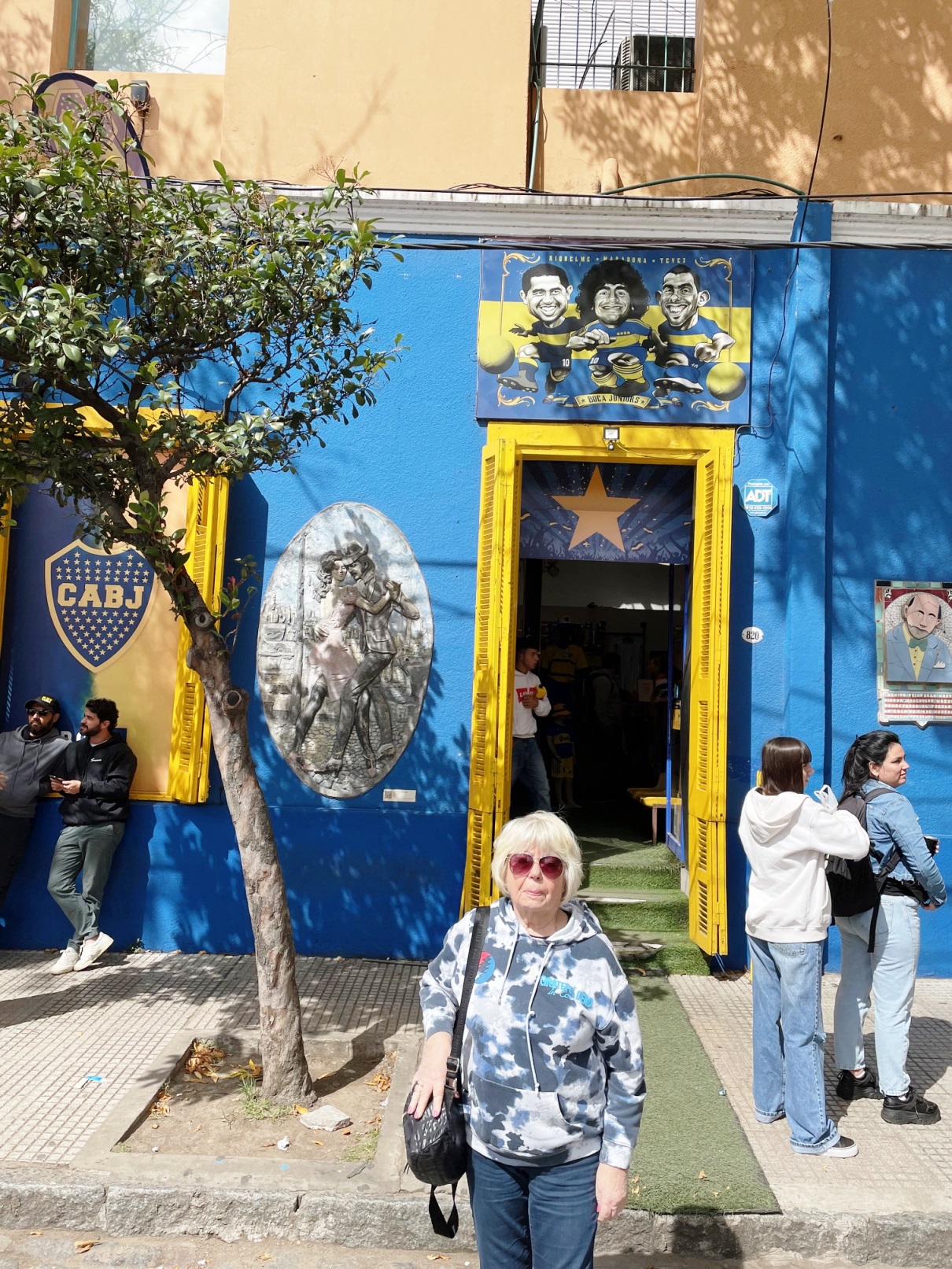 |
Art Auction |
 |
Art Auction |
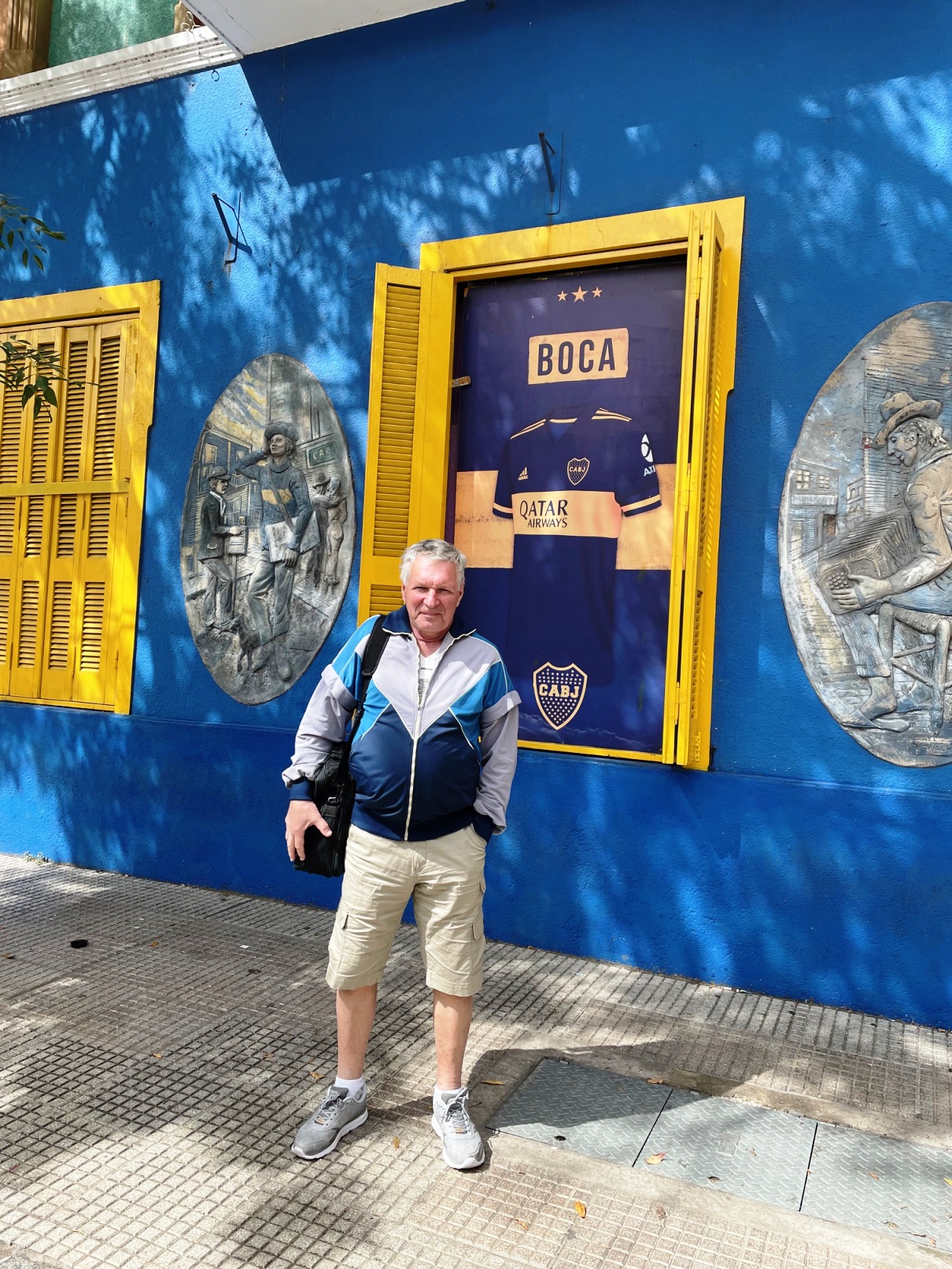 |
Art Auction |
 |
Art Auction |
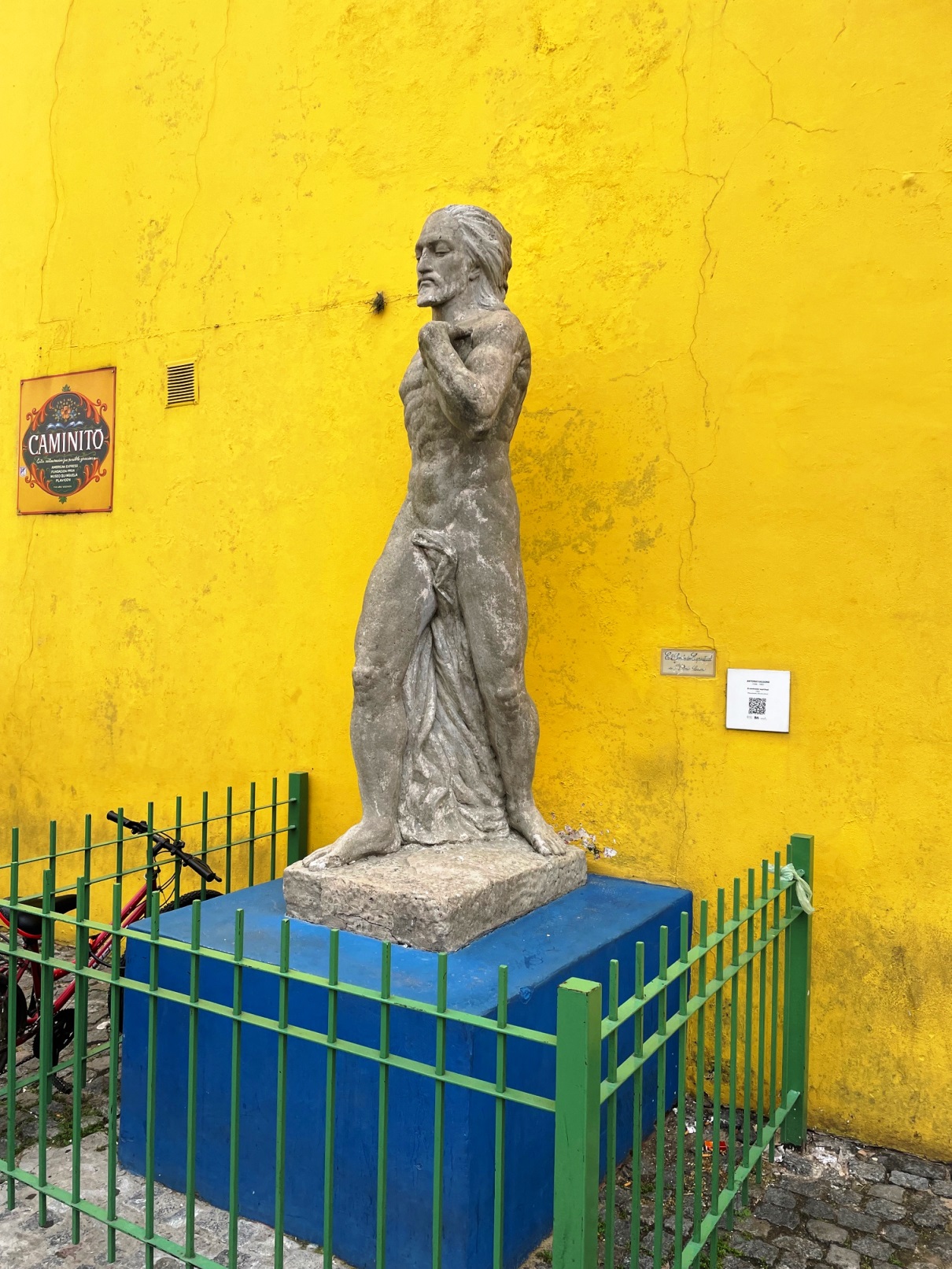 |
Art Auction |
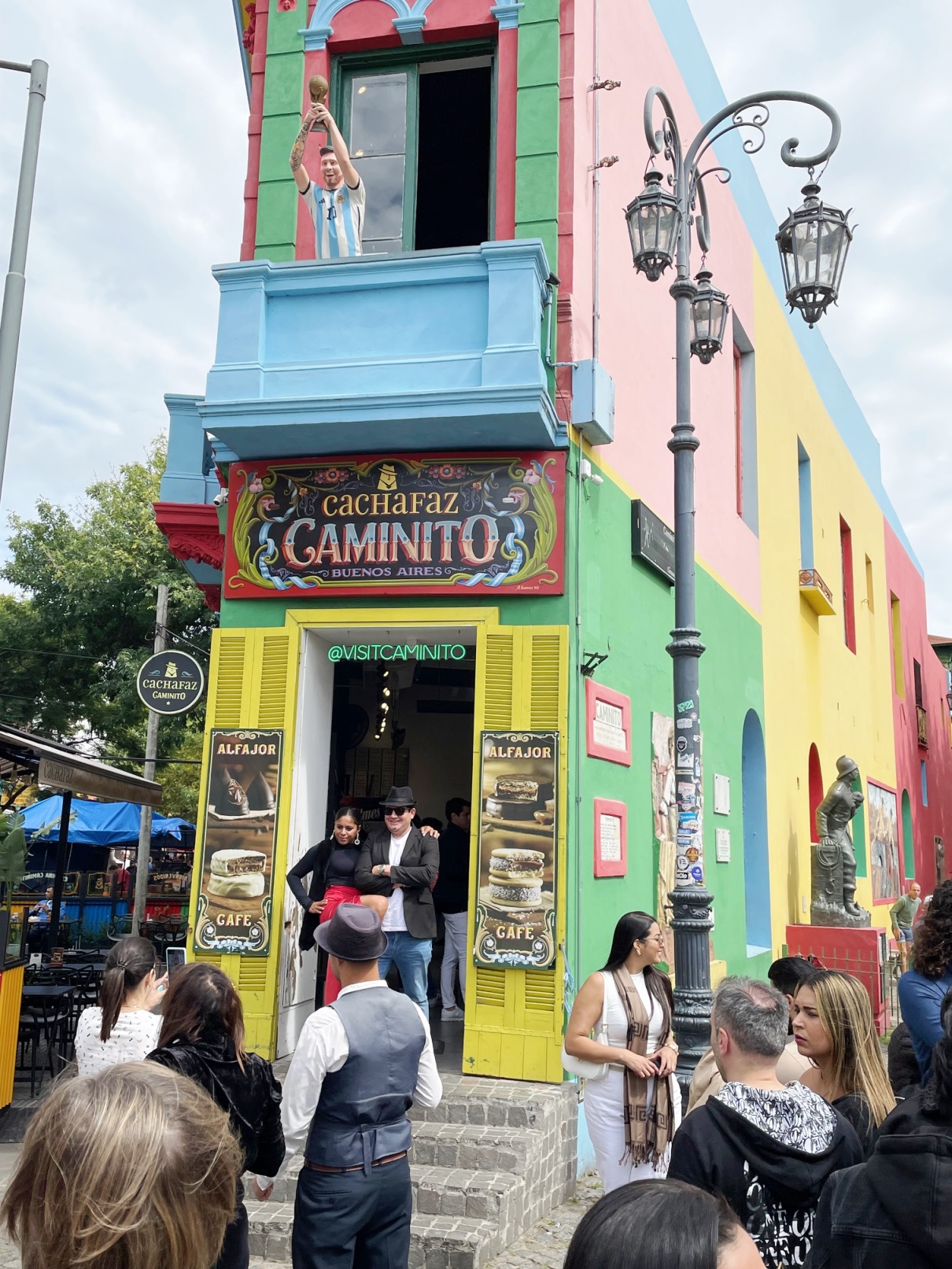 |
Art Auction |
 |
Art Auction |
 |
Art Auction |
 |
Art Auction |
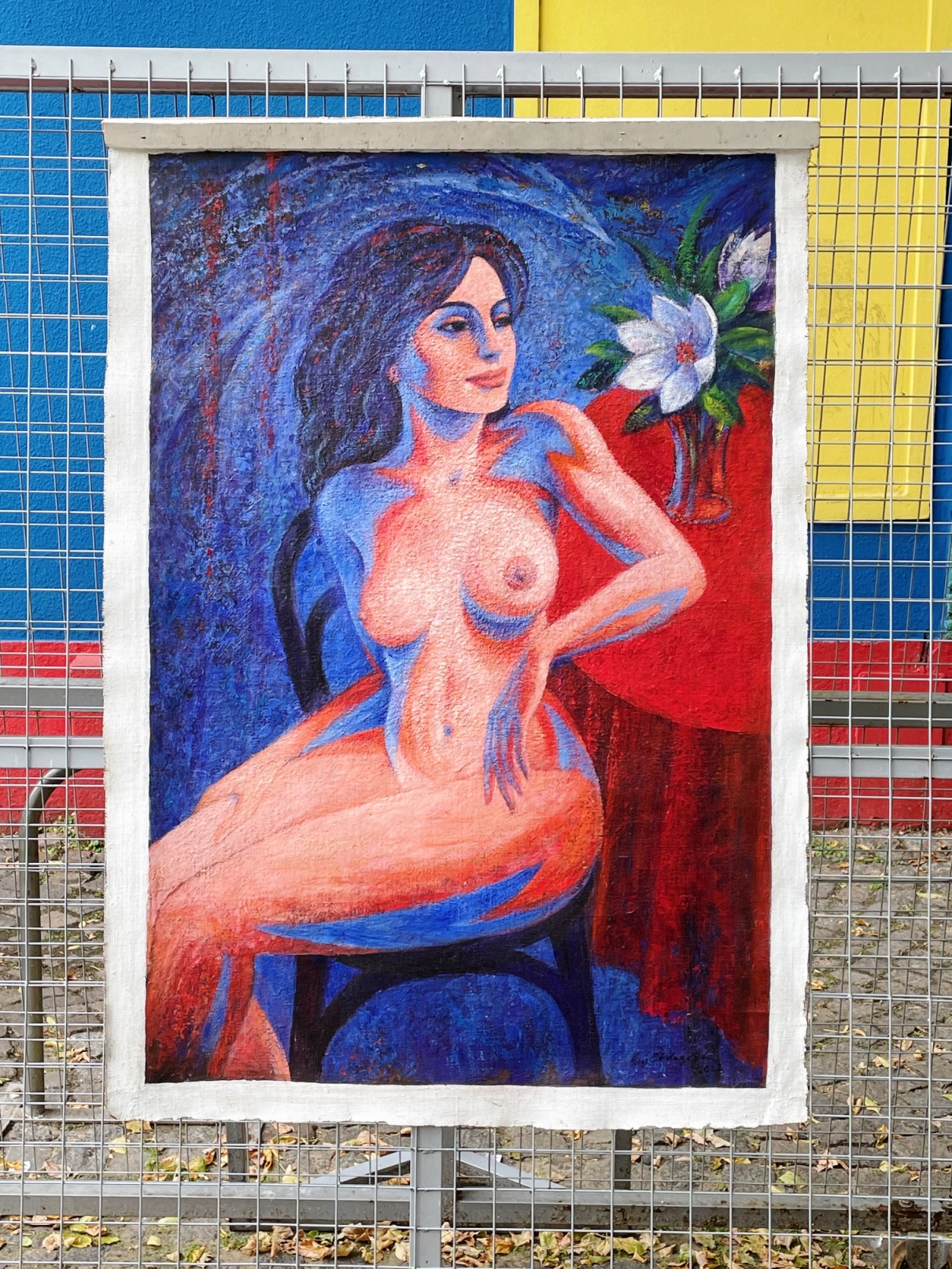 |
Art Auction |
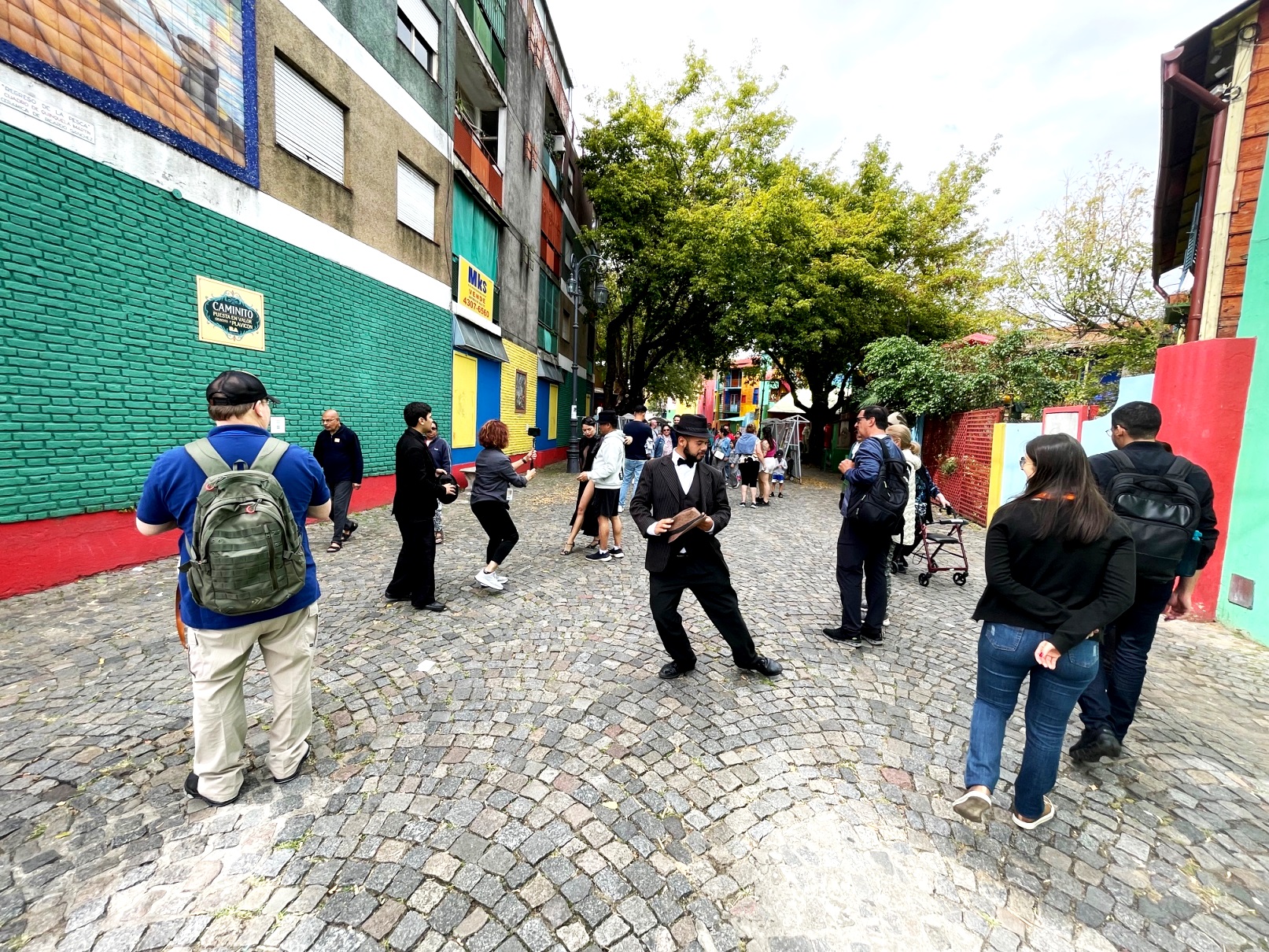 |
Art Auction |
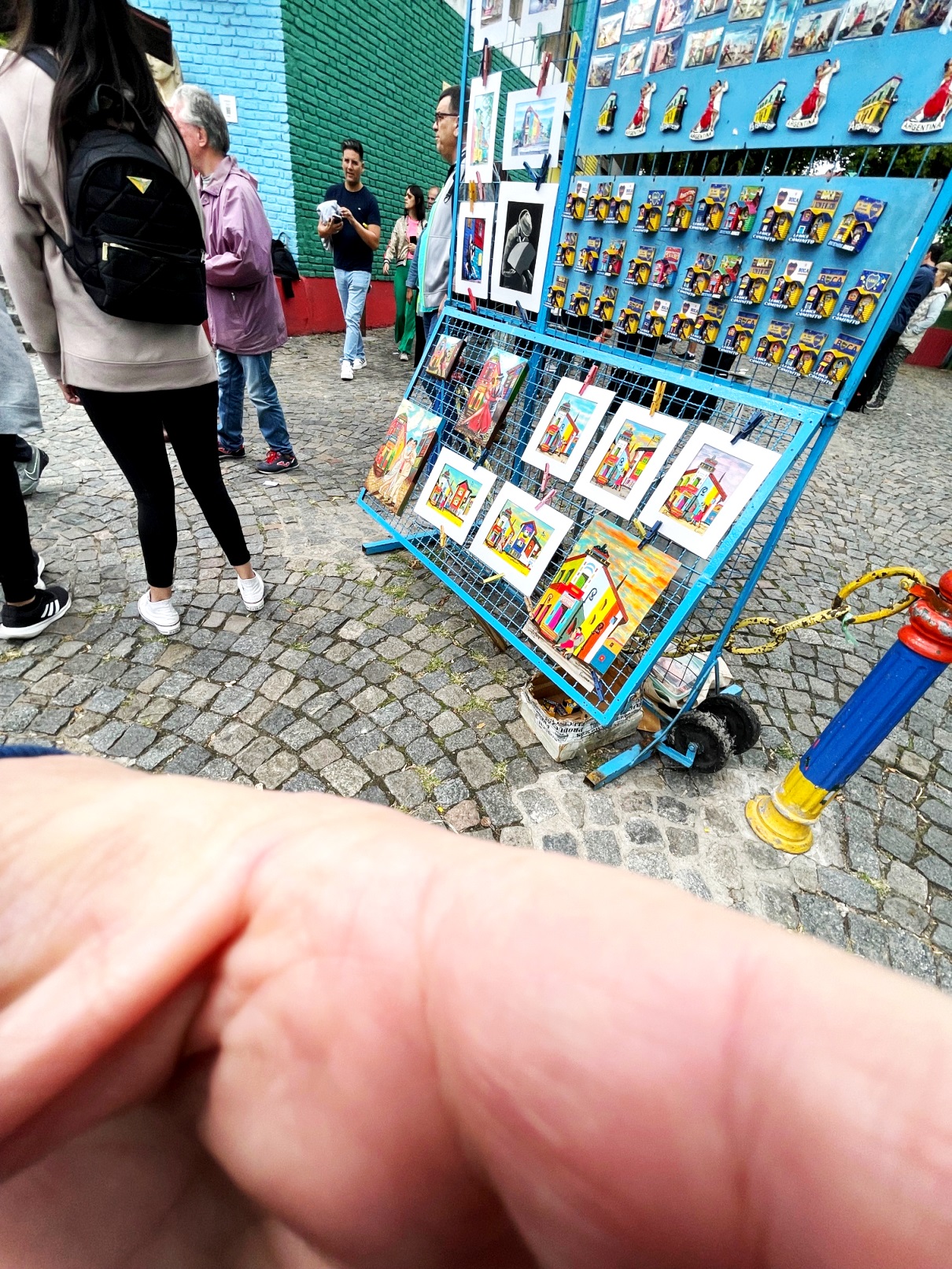 |
Art Auction |
 |
Art Auction |
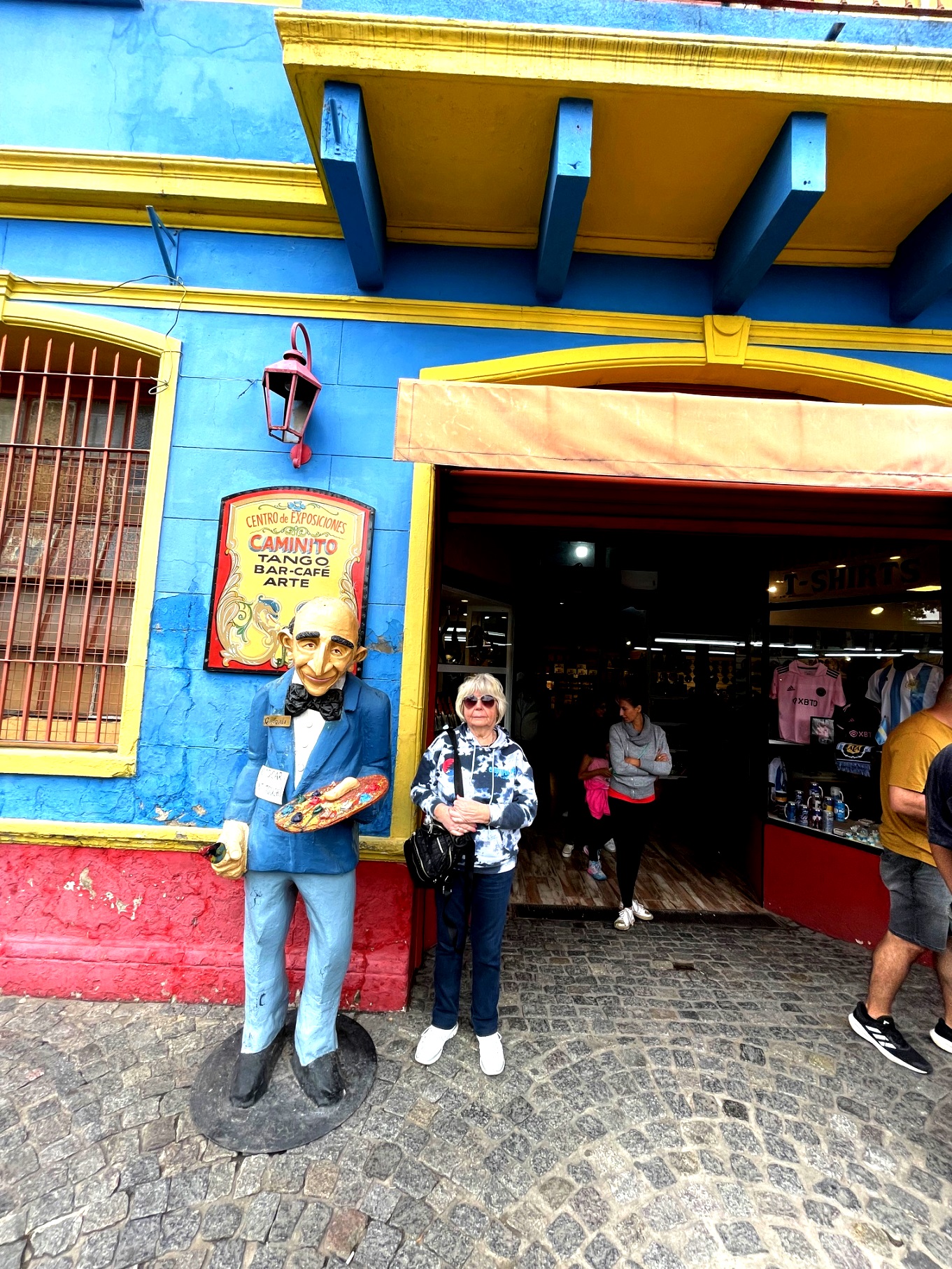 |
Art Auction |
 |
Art Auction |
 |
Art Auction |
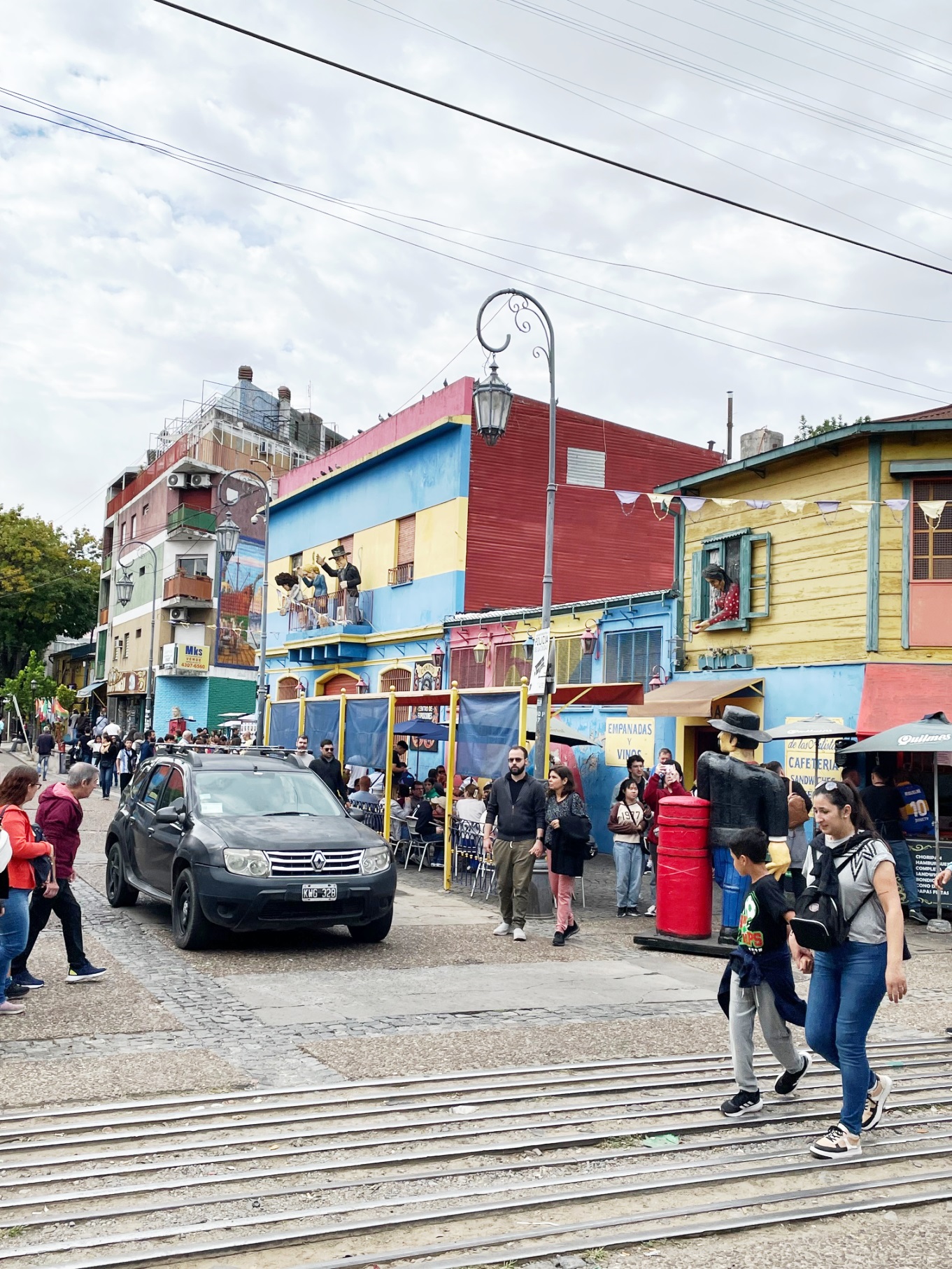 |
Art Auction |
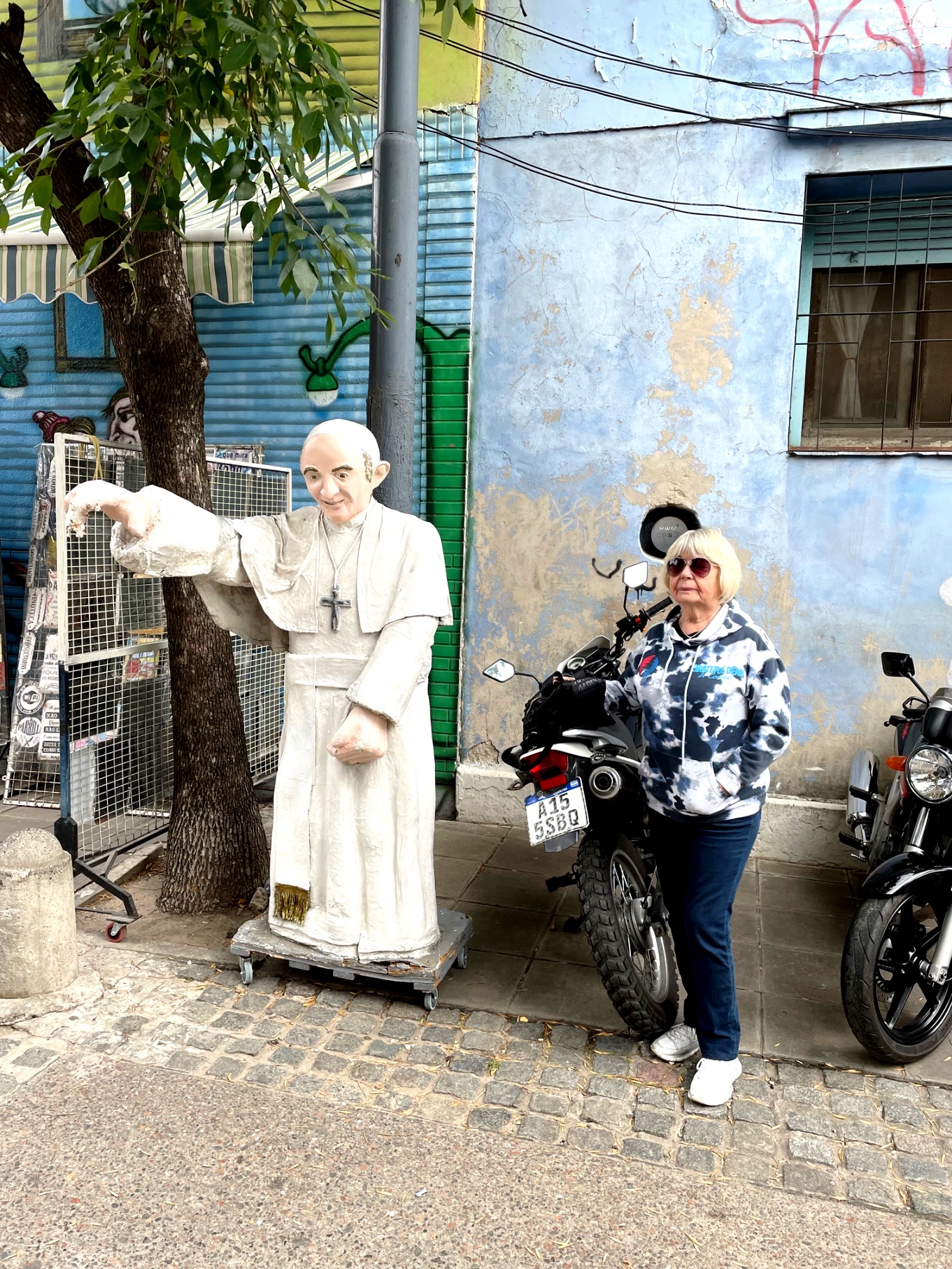 |
Art Auction |
 |
Art Auction |
 |
Art Auction |
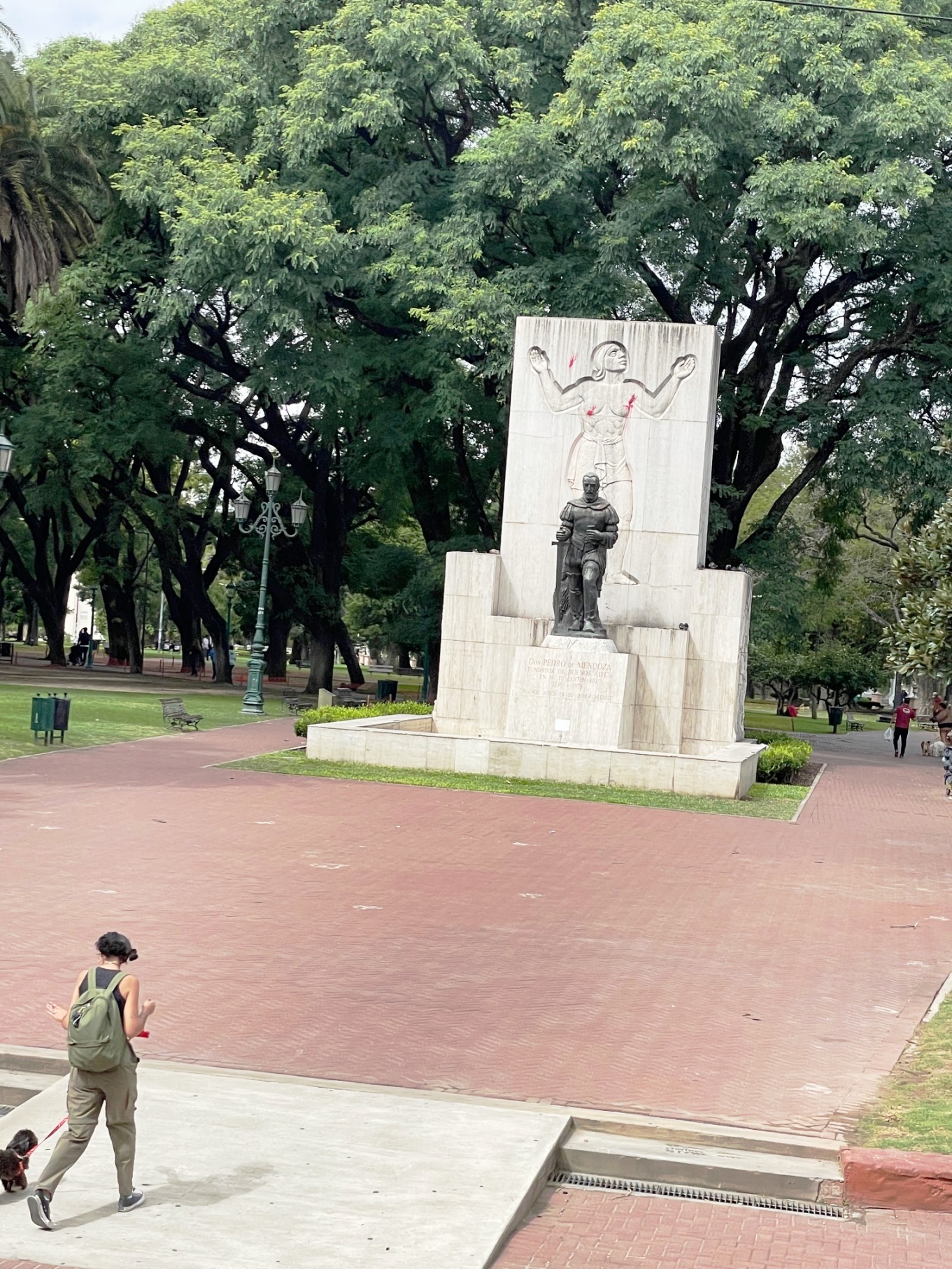 |
Art Auction |
 |
Art Auction |
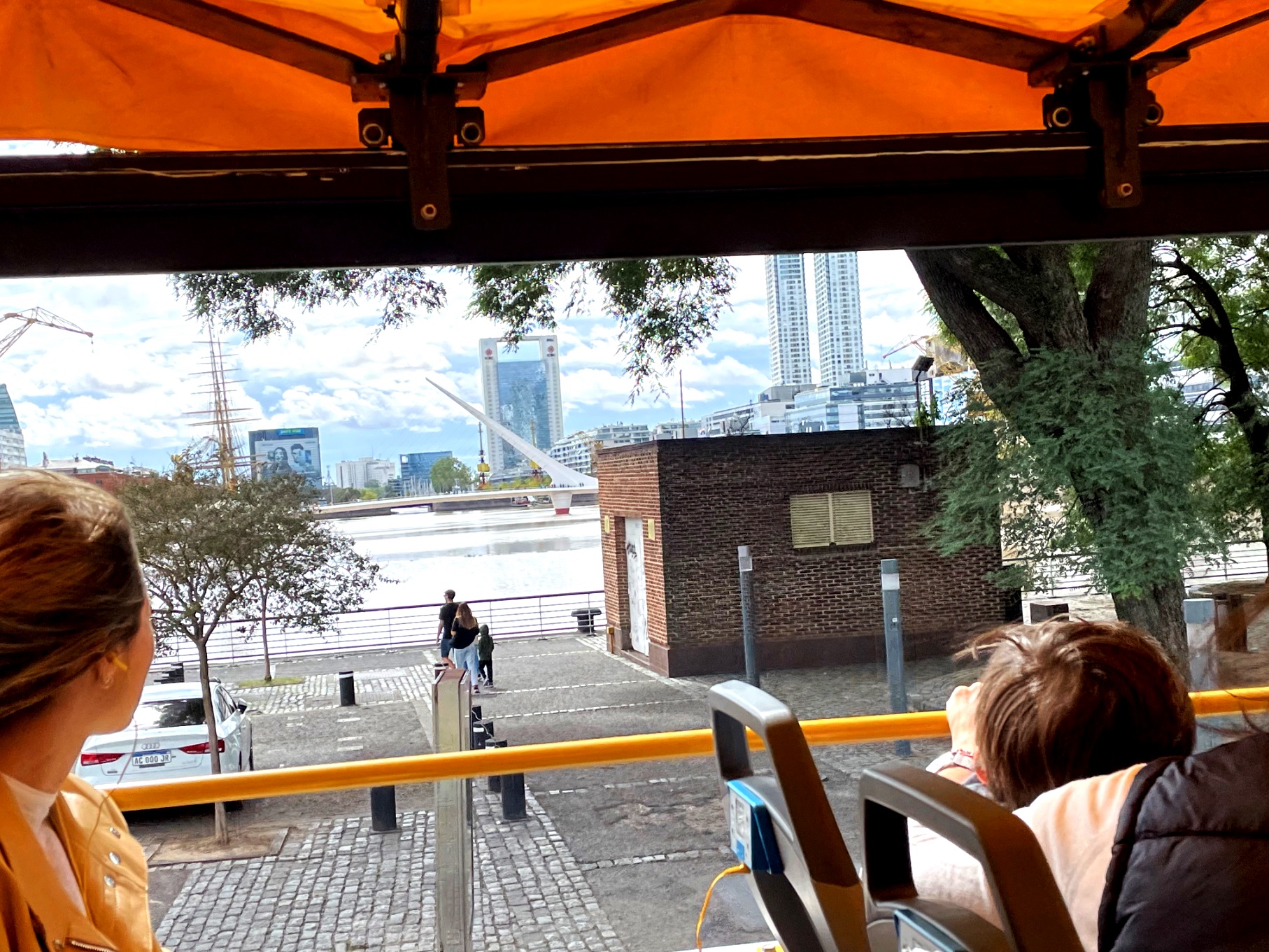 |
Art Auction
|
 |
El Puente de la Mujer (Women's Bridge) is one of the most famous landmarks in the neighbourhood of Puerto Madero. The rotating footbridge was the first work from Valencian architect Santiago Calatrava in Latin America and demonstrates Buenos Aires' constant effort to position itself at the vanguard of art and architecture in the region.
The bridge represents a couple dancing tango, with the white mast symbolising the man and the curve of the bridge, the woman. It has a large turning mechanism, allowing it to swing open to allow sailing ships to pass. The bridge was constructed in Spain and donated to Buenos Aires through a private donation.
|
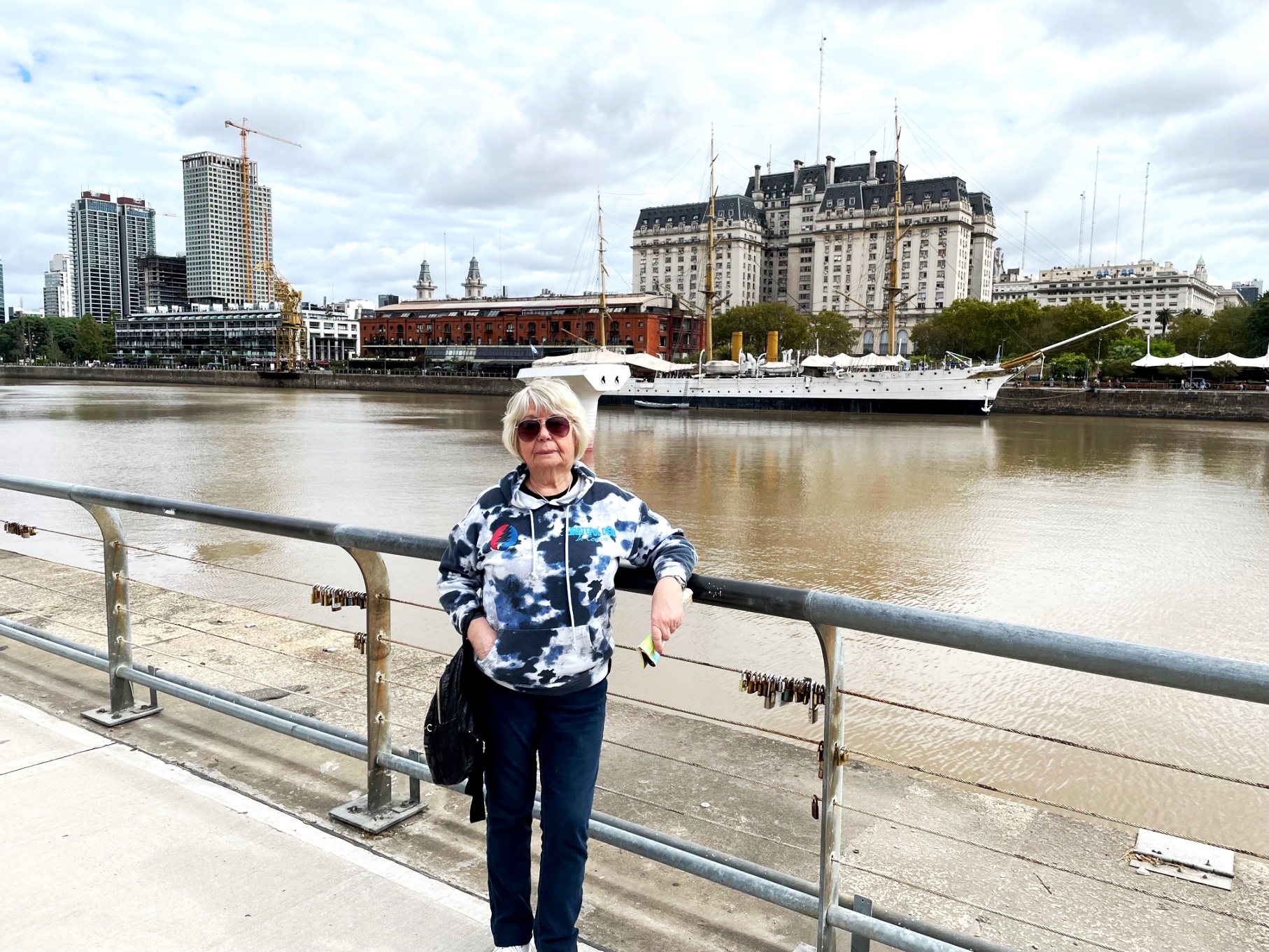 |
El Puente de la Mujer (Women's Bridge) is one of the most famous landmarks in the neighbourhood of Puerto Madero. The rotating footbridge was the first work from Valencian architect Santiago Calatrava in Latin America and demonstrates Buenos Aires' constant effort to position itself at the vanguard of art and architecture in the region.
The bridge represents a couple dancing tango, with the white mast symbolising the man and the curve of the bridge, the woman. It has a large turning mechanism, allowing it to swing open to allow sailing ships to pass. The bridge was constructed in Spain and donated to Buenos Aires through a private donation.
|
 |
El Puente de la Mujer (Women's Bridge) is one of the most famous landmarks in the neighbourhood of Puerto Madero. The rotating footbridge was the first work from Valencian architect Santiago Calatrava in Latin America and demonstrates Buenos Aires' constant effort to position itself at the vanguard of art and architecture in the region.
The bridge represents a couple dancing tango, with the white mast symbolising the man and the curve of the bridge, the woman. It has a large turning mechanism, allowing it to swing open to allow sailing ships to pass. The bridge was constructed in Spain and donated to Buenos Aires through a private donation.
|
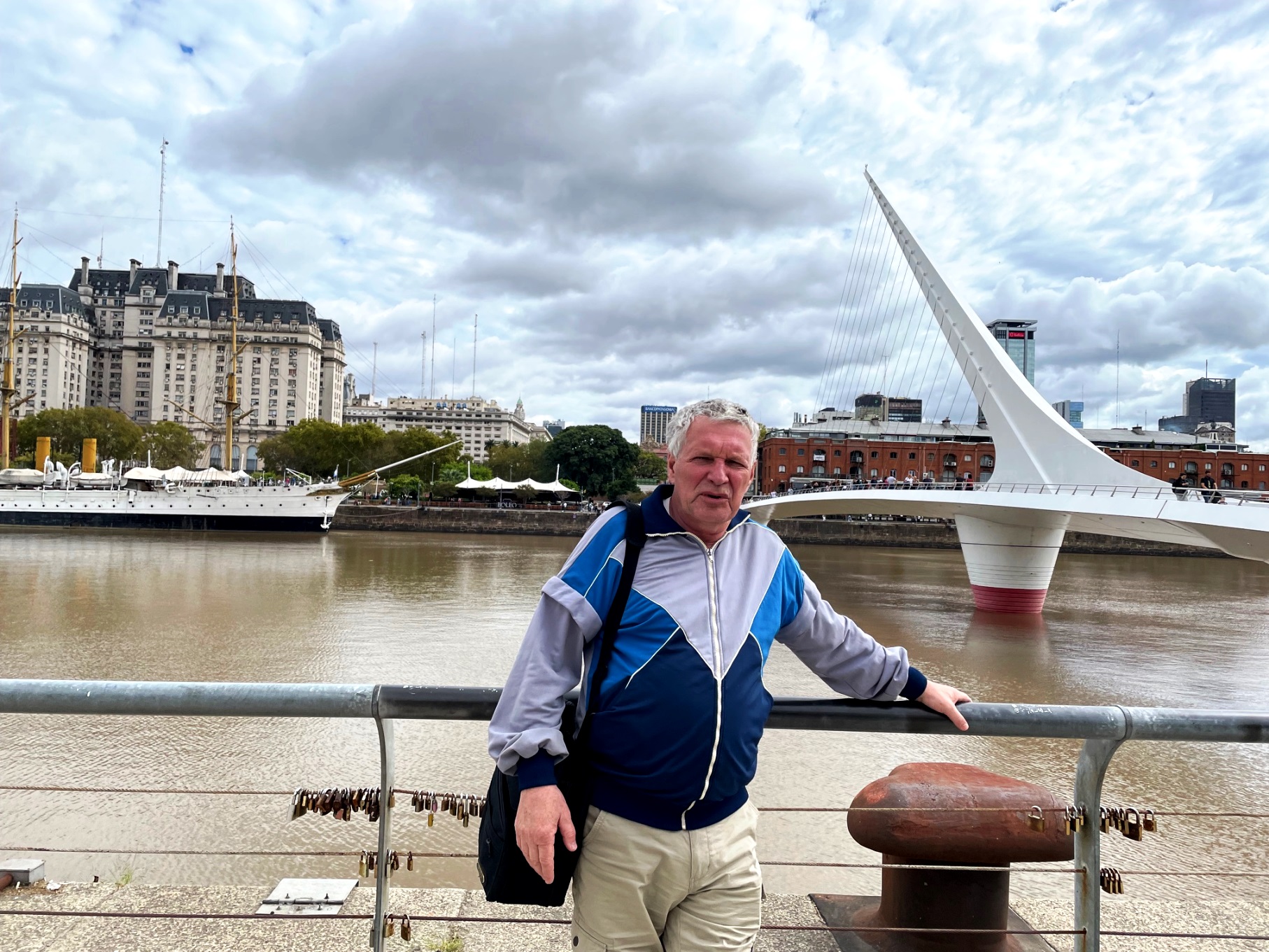 |
El Puente de la Mujer (Women's Bridge) is one of the most famous landmarks in the neighbourhood of Puerto Madero. The rotating footbridge was the first work from Valencian architect Santiago Calatrava in Latin America and demonstrates Buenos Aires' constant effort to position itself at the vanguard of art and architecture in the region.
The bridge represents a couple dancing tango, with the white mast symbolising the man and the curve of the bridge, the woman. It has a large turning mechanism, allowing it to swing open to allow sailing ships to pass. The bridge was constructed in Spain and donated to Buenos Aires through a private donation.
|
 |
El Puente de la Mujer (Women's Bridge) is one of the most famous landmarks in the neighbourhood of Puerto Madero. The rotating footbridge was the first work from Valencian architect Santiago Calatrava in Latin America and demonstrates Buenos Aires' constant effort to position itself at the vanguard of art and architecture in the region.
The bridge represents a couple dancing tango, with the white mast symbolising the man and the curve of the bridge, the woman. It has a large turning mechanism, allowing it to swing open to allow sailing ships to pass. The bridge was constructed in Spain and donated to Buenos Aires through a private donation.
|
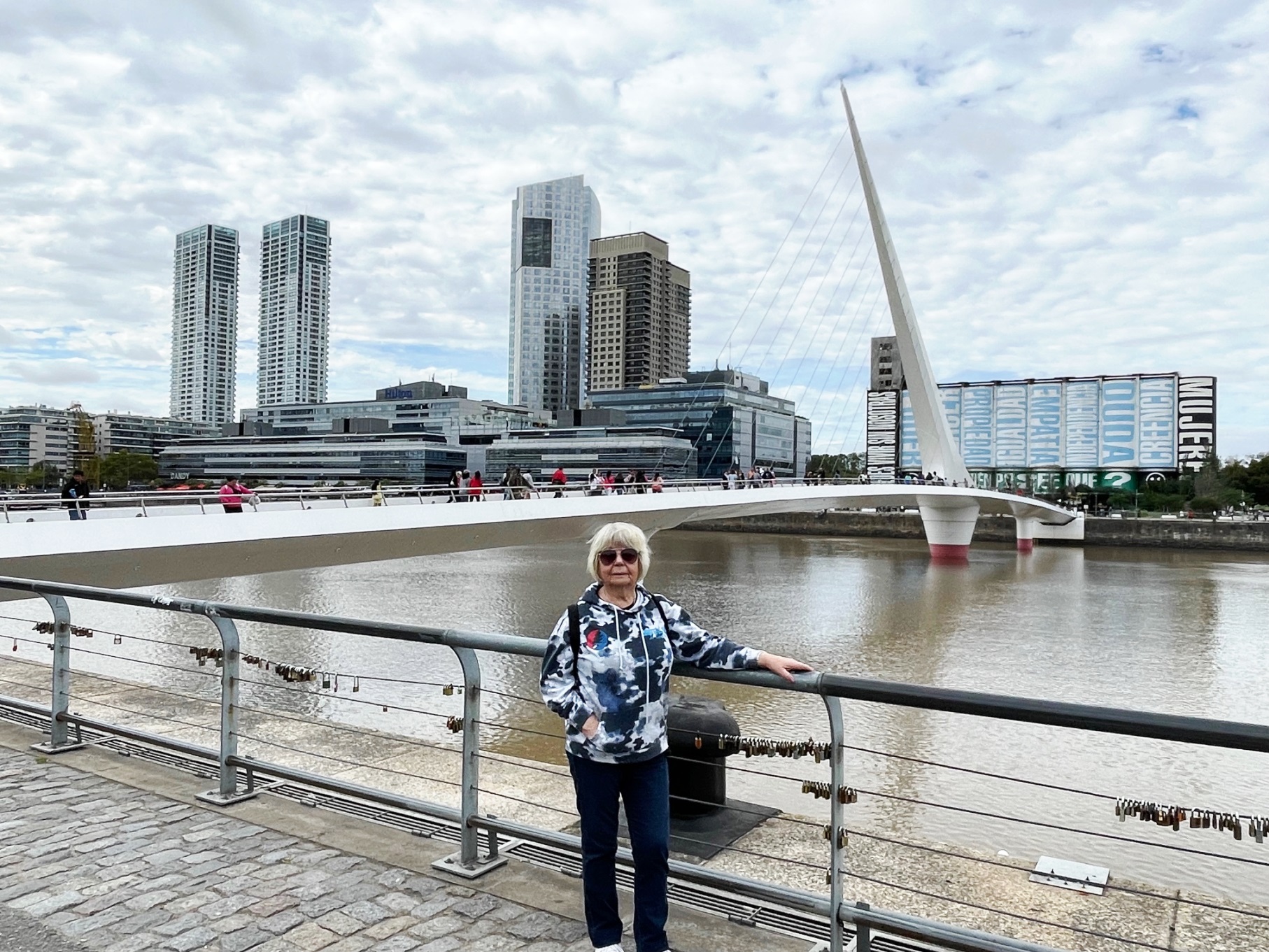 |
El Puente de la Mujer (Women's Bridge) is one of the most famous landmarks in the neighbourhood of Puerto Madero. The rotating footbridge was the first work from Valencian architect Santiago Calatrava in Latin America and demonstrates Buenos Aires' constant effort to position itself at the vanguard of art and architecture in the region.
The bridge represents a couple dancing tango, with the white mast symbolising the man and the curve of the bridge, the woman. It has a large turning mechanism, allowing it to swing open to allow sailing ships to pass. The bridge was constructed in Spain and donated to Buenos Aires through a private donation
|
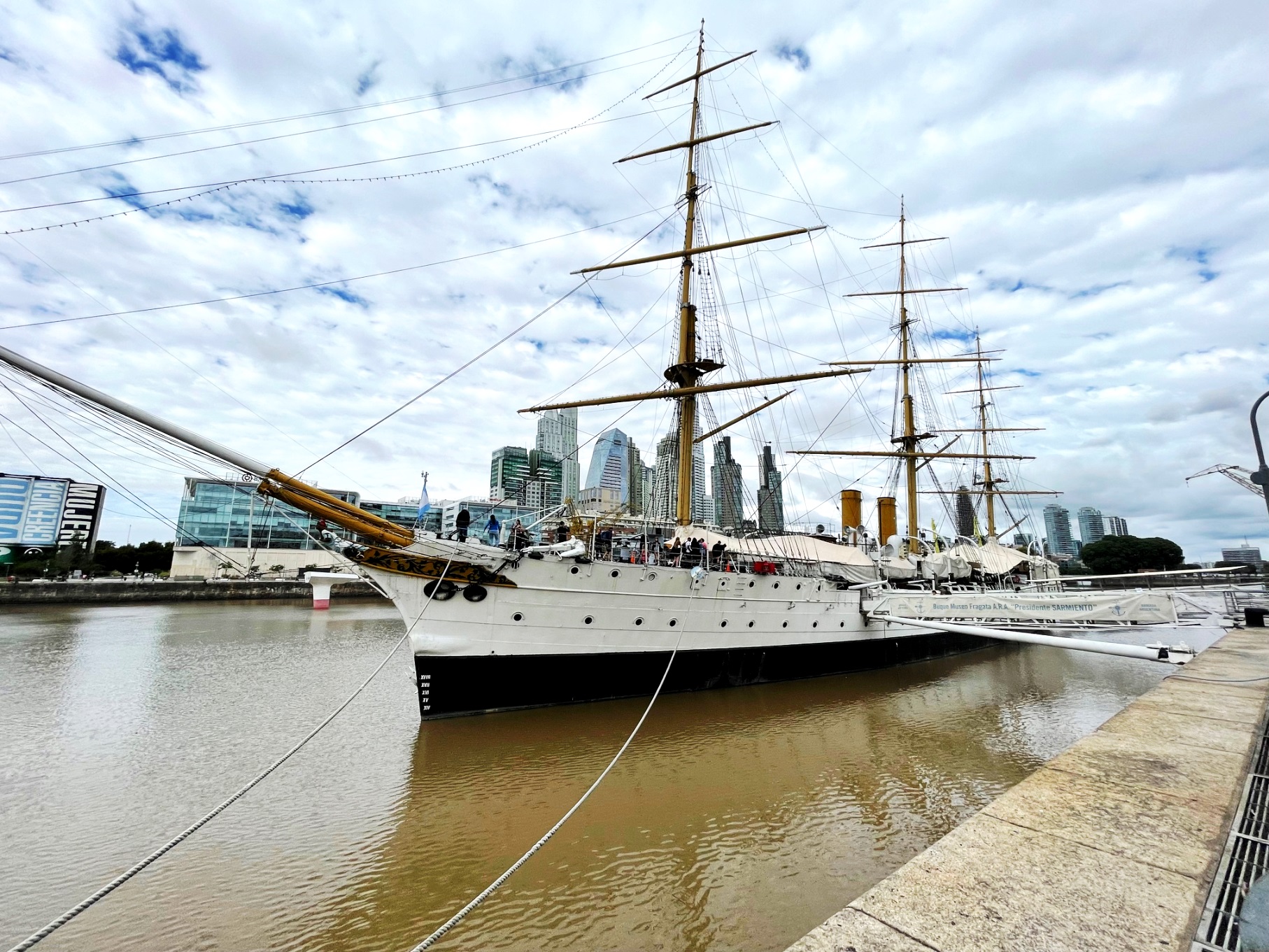 |
Art Auction |
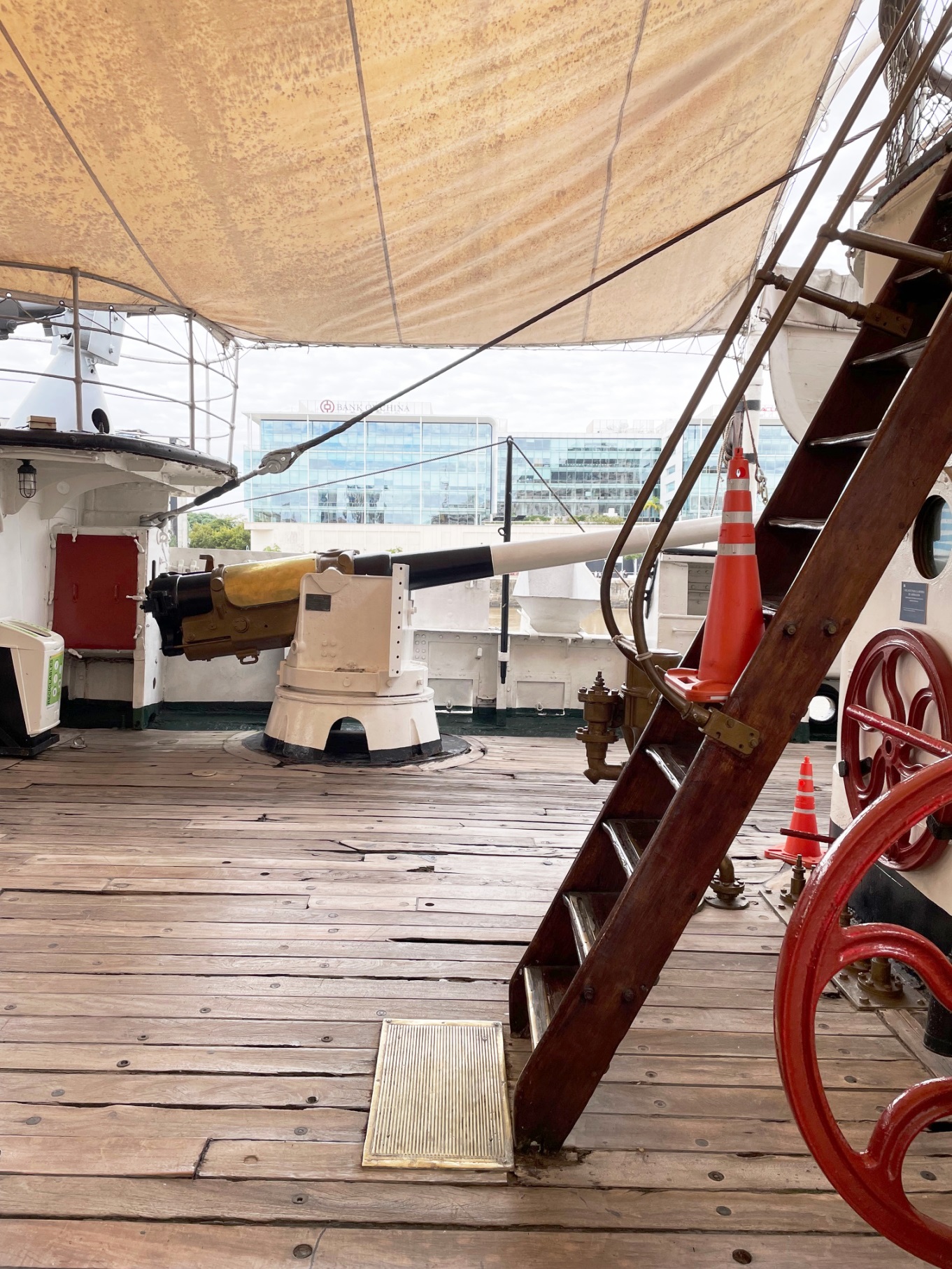 |
Art Auction |
 |
Art Auction |
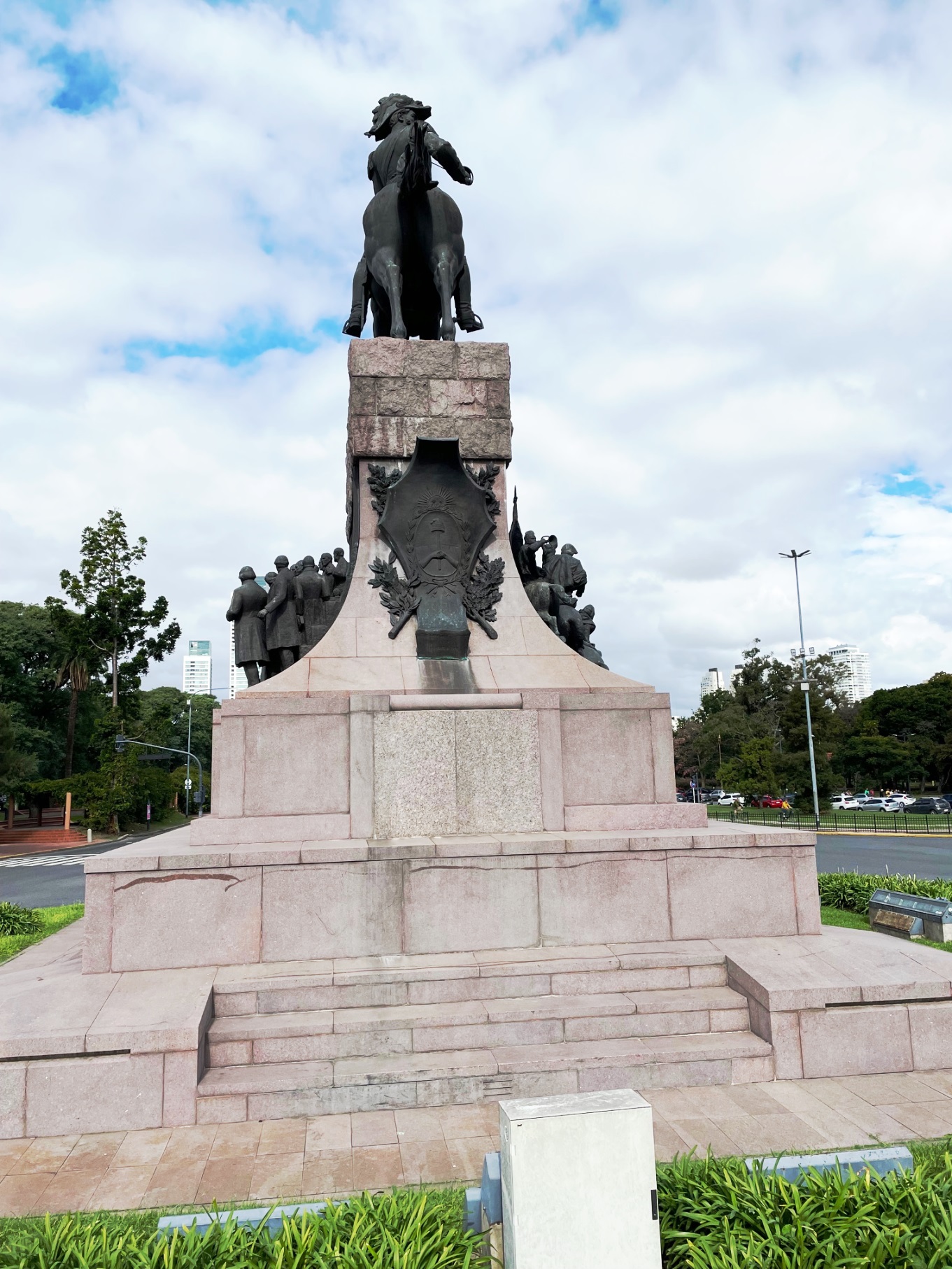 |
Art Auction |
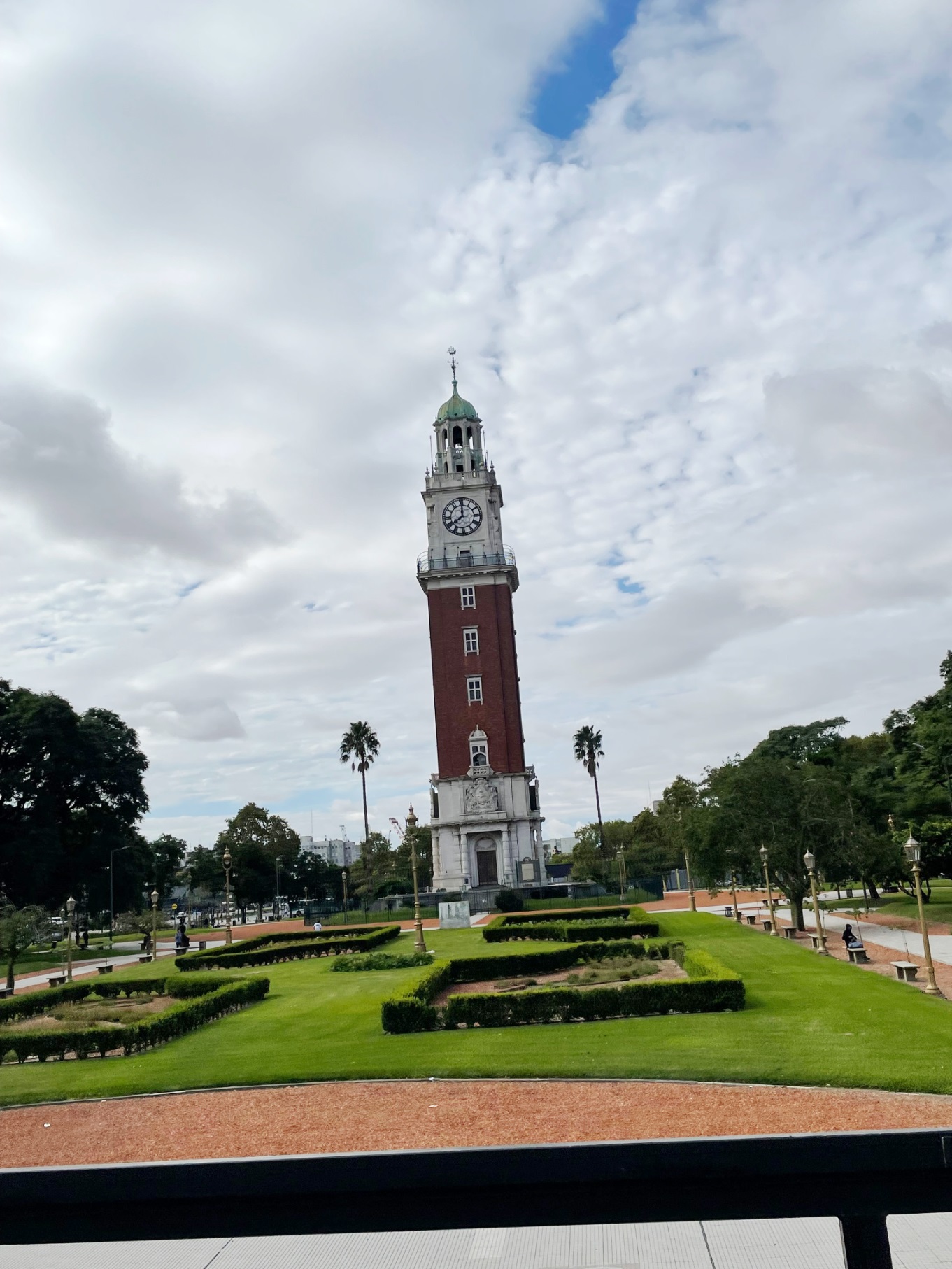 |
Art Auction |
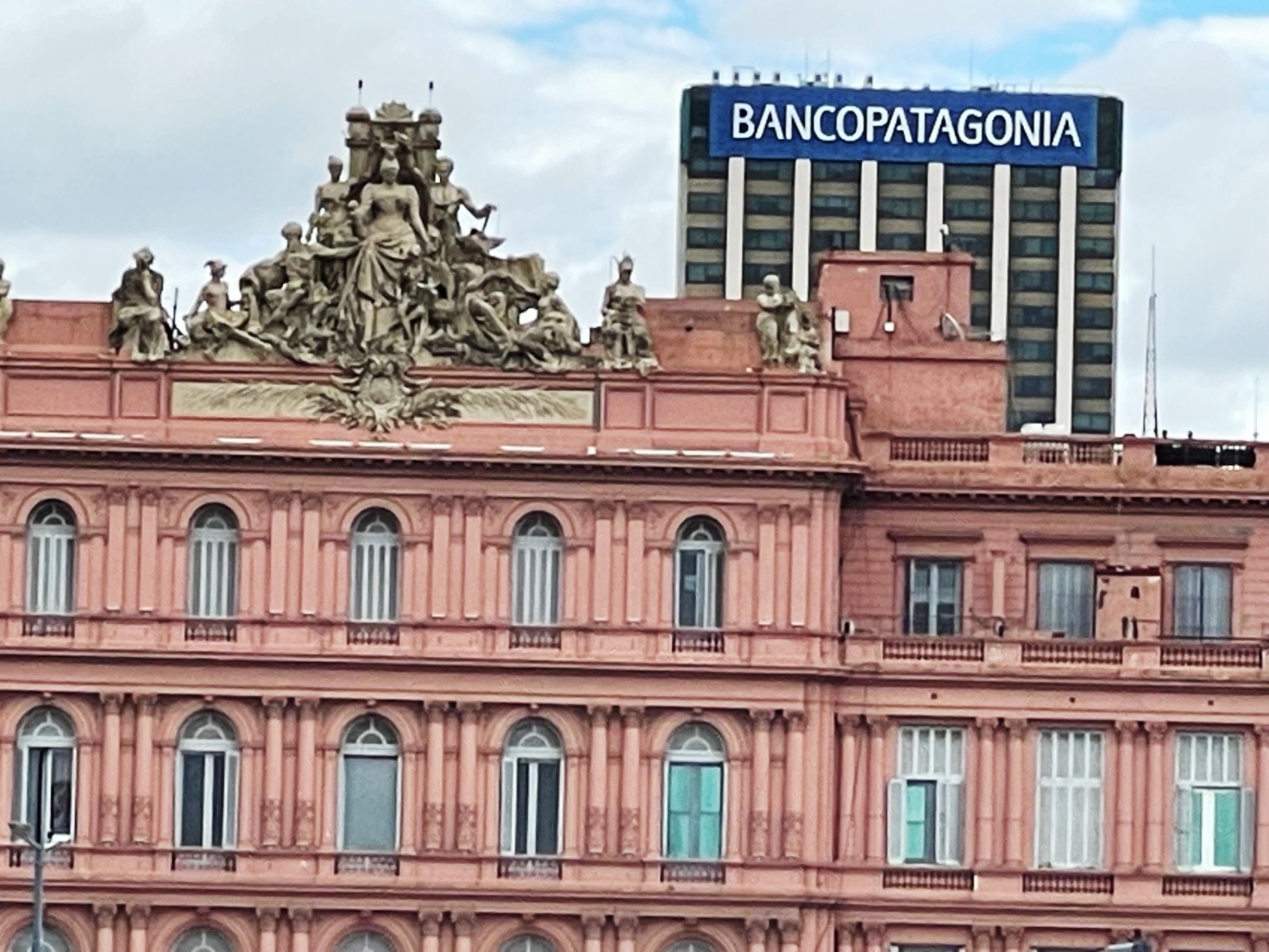 |
Art Auction |
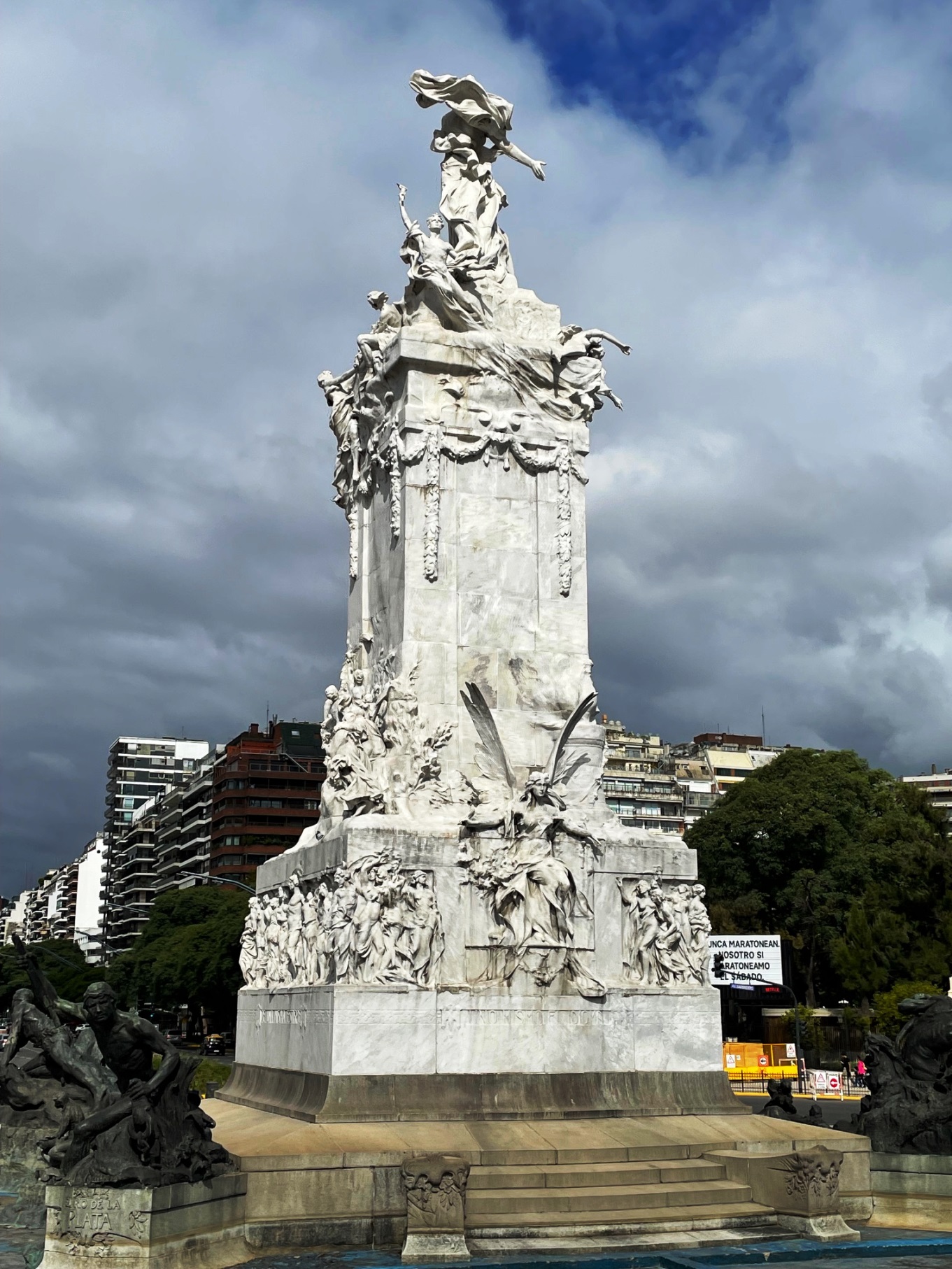 |
Art Auction |
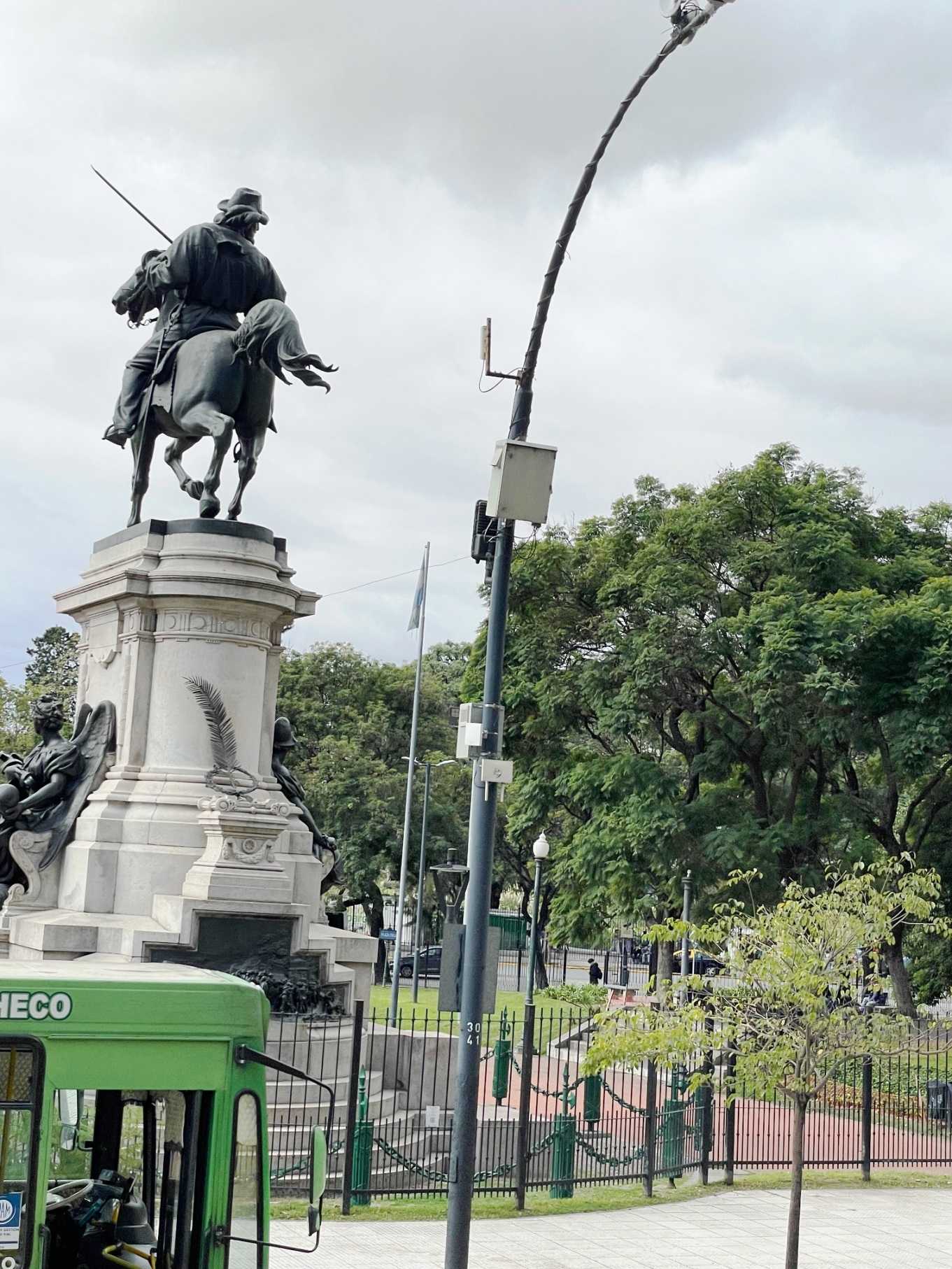 |
Art Auction |
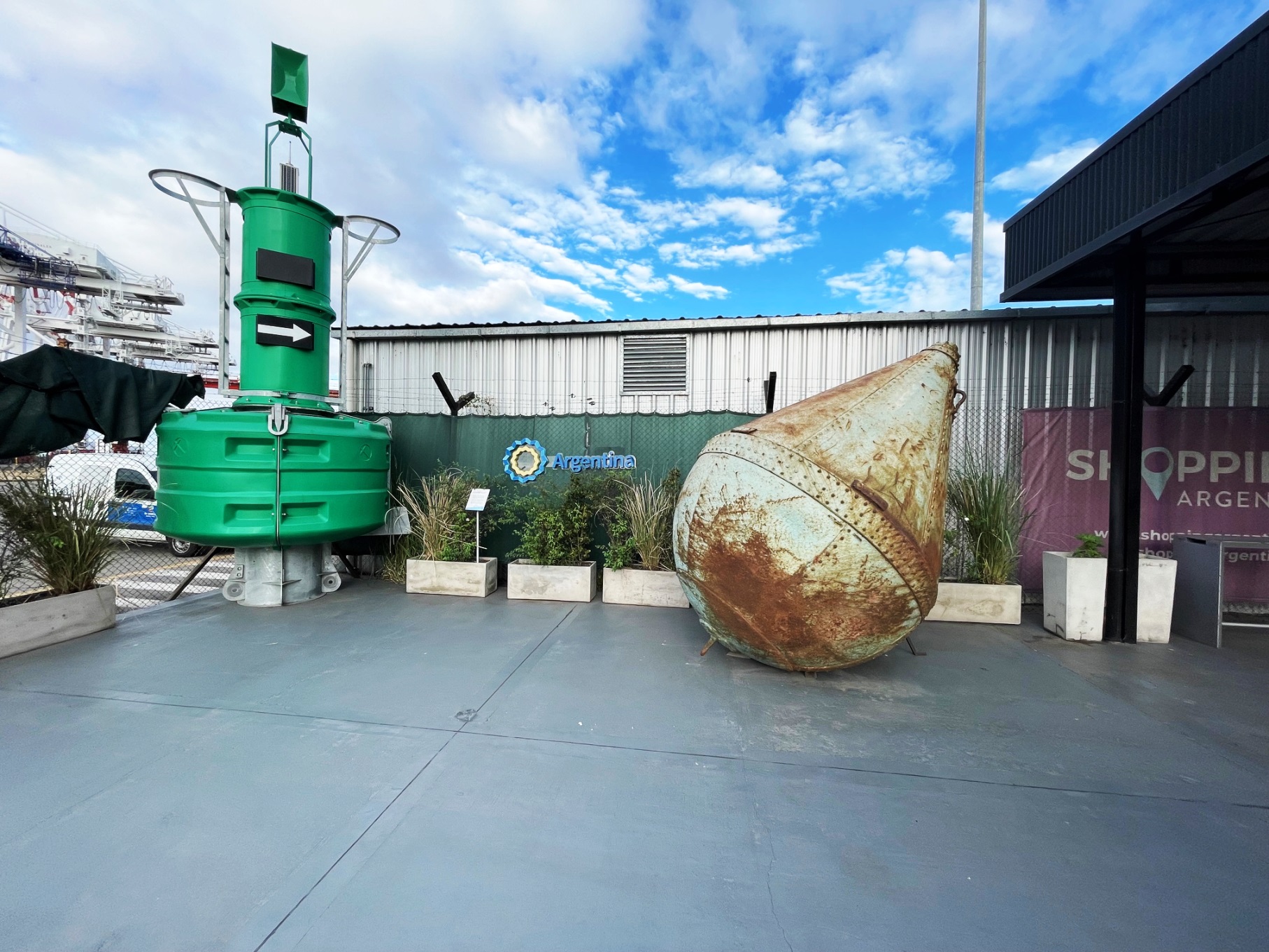 |
Art Auction |
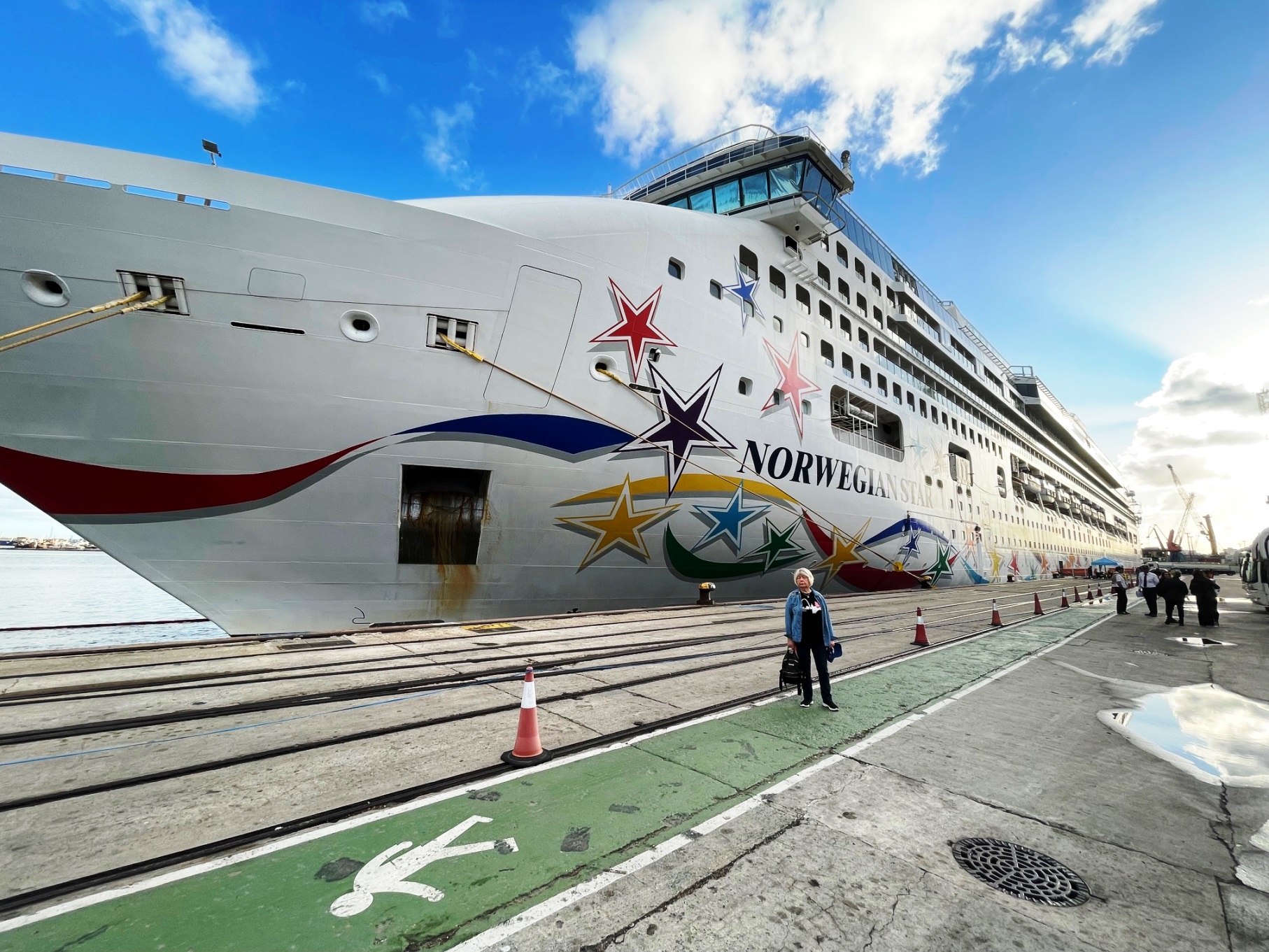 |
Art Auction |
|
Stop

Show
Next

Slide
Last

Slide
|
|

